For my 1km project, I watched the full 45-minute episode, season 3 episode 6 “The Ambush” of Real Housewives Of New York. In this time frame, I recorded every time a housewife’s name was mentioned in my notebook. After recording multiple 1km walks I found it takes me about 1500 steps to walk a kilometre, I tallied up the names and number of times mentioned until I got to 150 names mentioned, then I took ten steps for each name in order to take 1500 steps for a kilometre of housewives!
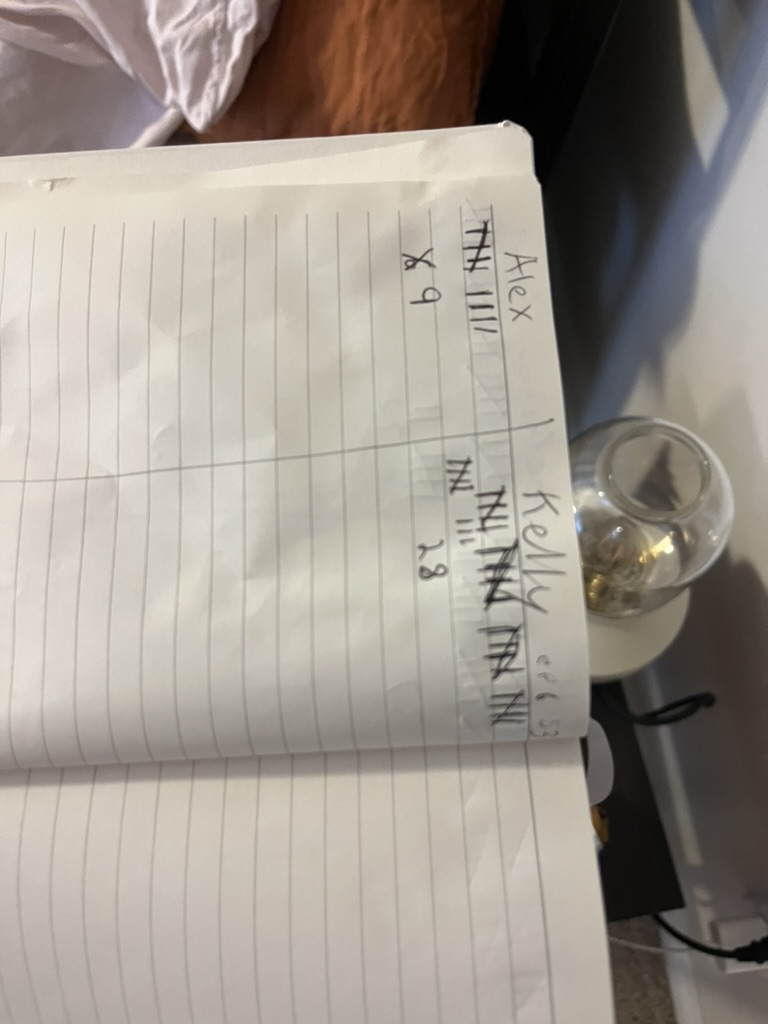
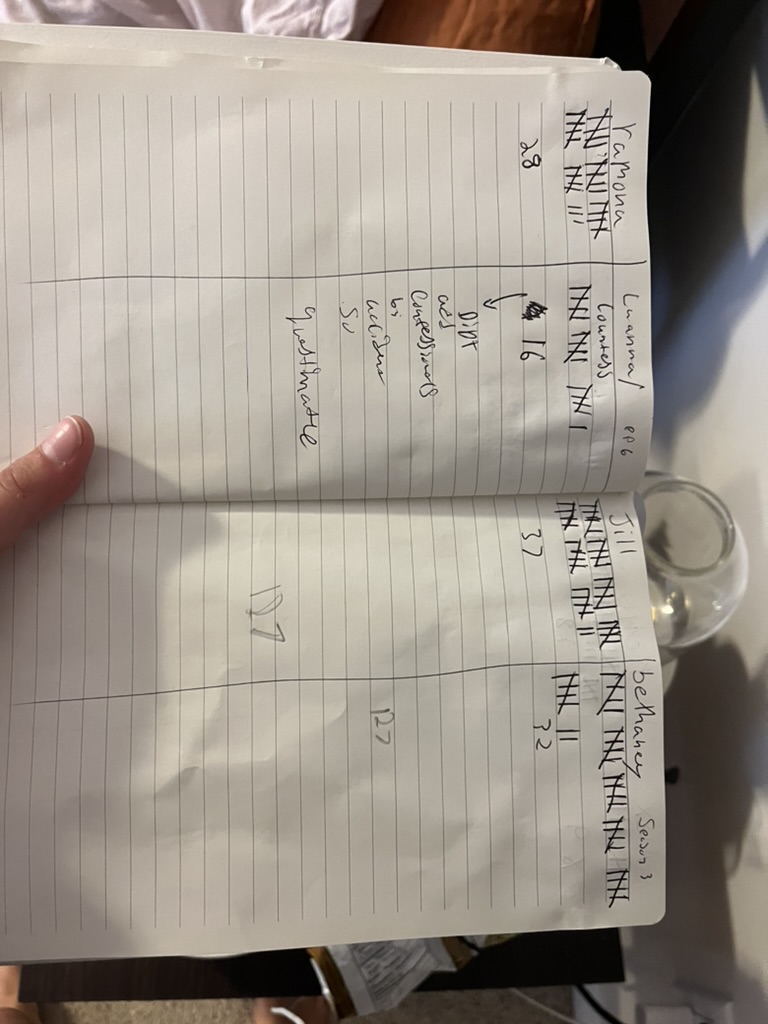
I watch Housewives in the background while doing mundane tasks like laundry, cleaning, cooking etc. Because of this, I find these boring activities entertaining and associate memories of me cleaning and taking care of myself (and my surroundings) with the names and voices of the cast of Real Housewives as they argue over ridiculous things. Additionally, I found it interesting how the number of times certain cast members are mentioned reflects their involvement in the drama or conflict of the episode.
Questions:
- Post an image from one of Rist’s videos that you are most interested in. Summarize the action of the video. Who is performing, and how? Describe the images – including framing, colours, and movement. How did she shoot and edit the video? Describe the sound and how it interacts/enhances/competes with the images. How is it installed in a gallery – in terms of projection/scale/presentation in the context of other things? How does the work strike you?
This image of Rist’s “Open My Glade” being displayed in Times Square is quite eye-catching and particularly stuck with me. The video consists of Rist pressing her face against the glass as if she is stuck and trying to escape face first. Her eyes are captivating and it feels as if she is looking directly at you, this can be due to the large scale of the artwork as well as the artist’s facial expressions.
This artwork stands out due to its political relevance. At the time of this display in Times Square, Trump was a month away from being sworn into office as the president. The shock that a man who publicly treats and talks about women the way that Donald Trump does, could be voted to be leader of a country is not only deeply disappointing but very scary for women. The artwork is political because of the way Rist presents herself as a woman, messy, smeared makeup, ‘grotesque’, improper, etc. This goes against the many societal beauty standards that we are used to seeing when we see women on Times Square building boards (for example, Cindy Crawford down below). The theme of feminism in Rist’s artwork is not uncommon and very near and dear to the artist’s heart. Rist herself remembers women in Switzerland gaining the right to vote in national elections (1971), it is perhaps due to Rist’s upbringing in a country with a hundred-year battle for female equality that formed her innately bold and feminine style of performance art. In many ways, the message of “Open My Glade” can be applied and compared to both the past and present political and social views of women worldwide.
Cindy Crawford Times Square
- Rist has had a long career in video art making – how do you relate it to the kinds of video that you might see all the time on Tik Tok or You Tube, in our time? Reflect on her performances and also – on her ideas (particularly about women’s bodies, and sexuality, exposure, behaving strangely or subversively…) and how they play out from examples in her works.
Rist’s style of video art is often a display of female freedom and independence. Rist’s videos often feature bright saturated colours that catch the eye and light up the screen making the videos more attractive to viewers.
Rist challenges what is socially acceptable for women exposing herself emotionally and physically to the world, as a woman. Her video creations paved the way for feminist video culture and continued to influence women on a large scale. For example, Beyonce used one of Rist’s feminist videos where the artist smashes a car window with a flower and recrated the scenery with a bat, this music video was huge and the message of the song was rooted in female independence, rage and strength, just like the message from the original video “Ever is Over all”. Therefore, we see her artistic work directly referenced in video culture today.
- Experiment: While still at school – put on your sweater/shirt INSIDE OUT. How does this change how you feel? Is it changing how other’s are treating you? If you can wear your sweater/shirt inside out all day – make a few notes about the results of this very small change in your presentation in public. Is this a performance? Why?
Last Thursday I worse my sweater inside out to my European cinema class, only one person said anything, my friend breeze, but other than that not much different happened I guess it was due to the sweater I picked not being as noticeably inside out as other sweatshirt designs.
September 27th Field Trip Blog Post:
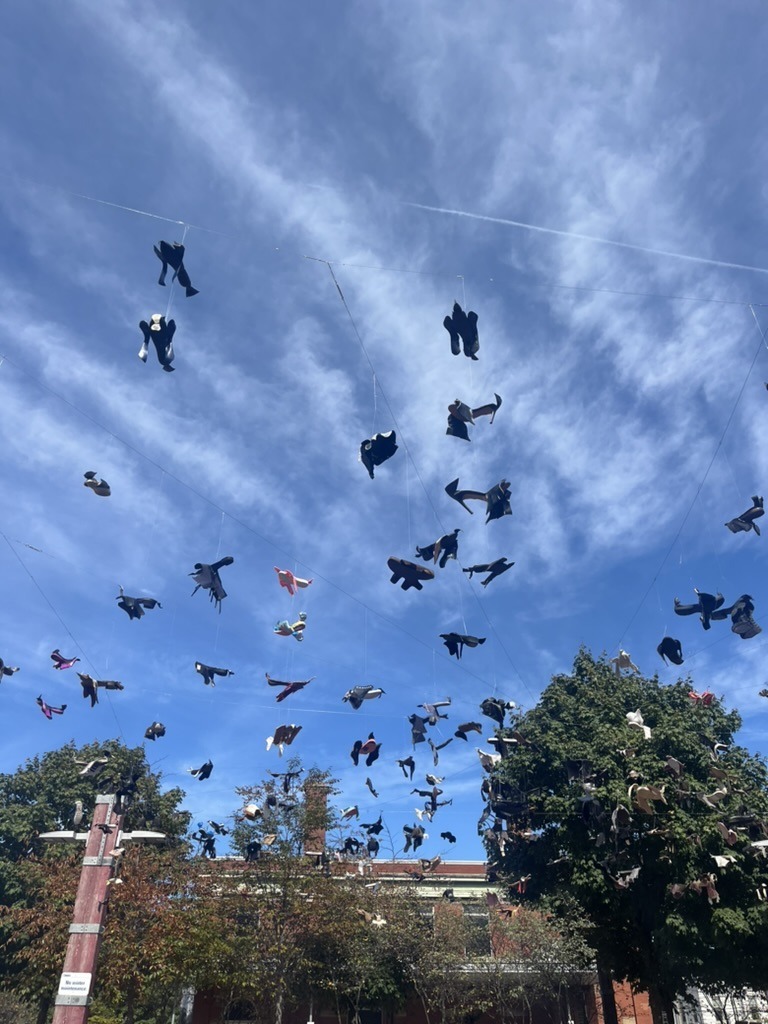
On the field trip I found Maria Ezcurra’s Passing, 2020, quite interesting and eye-catching. The placement and design of the shoes make the figures look very similar to birds mid-flight and the artist’s ability to create motion out of motionless objects is incredibly impressive!! Not only does the physical artwork mimic real-life birds in flight but the shadows below the shoes also mimic the shoes’ bird like form. This artwork not only beautiful to look at but has a very personal connection to the artist as the artwork is about Maria’s experience as an immigrant and migrating to a different place. Maria is a Mexican-Candian artist who is currently living and working in Montreal. the deconstructed shoes are used to represent the strength and vulnerability of the many people and populations who migrate. The shoes can be used to represent the journey of migration as well as the birds themselves being the biggest representation of migration as many birds migrate yearly to survive and avoid the cold winters in Canada (for example). This artwork draws attention to the strength and resilience of migrant populations as well as the migratory experience and it’s connection to one’s social, economic, environmental and political aspects of life. Overall this art work is very bold in presence as well as it’s message!
video project:
For this project, my partner and I explored traditionally “gross” table manners/behaviours. The videos focus on women’s behaviour and the societal expectations set (specifically) for women to follow. The setting is meant to replicate a dining table with the performer on one end and the viewer on the other, as if the audience is dining with the person on screen. The audience is supposed to feel as if they are in real time eating a meal with the performer as they display improper table manners.
audio project:
The zipper was first introduced as a scandalous idea, in A Huxley’s Brave New World to show the sexual advancement society has made the author included zippers in the characters’ wardrobes. Zippers at the time of the novel’s release were considered scandalous as they (unlike buttons) were easier to get off and therefore attached to the idea of quick nudity easy (access to) sex and sexual liberty. Just as in Huxley’s novel, my own personal use of zippers is meant to provoke the scandalous connotations that zippers were originally introduced with. Additionally the idea was for the sounds of the zipper to overwhelm/overstimulate the audience and provoke a sense of discomfort, just as the idea of zippers would have 60-80 years ago. Additionally, the sound of the zippers is meant to be overwhelming and replicate the commotion and constant rush of the brain. For my second attempt, I went with a slow zipper to further my original idea/concept of zippers and the connection the this clothing based device and sexuality and or sensuality.
For my conceptual portrait, I chose to use beds as the everyday object in the portraits. Beds are often seen/associated with safety, comfort, and a place to lay your head after a long day. Beds are not only stylistically different depending on the person, but the sleep patterns, bodily prints left in the sheets, the favourable objects (chosen to be in one’s bed) and more associated with sleep and bedding, differ. Additionally, The print of one’s body left in the bed is visually interesting as well as the destruction (or lack of) left by one’s sleeping pattern. If beds are considered sanctuaries of peace and rest what does one’s bedding arrangement explain about them? what point of their life are they at? What do they favour or require in a place of rest etc.
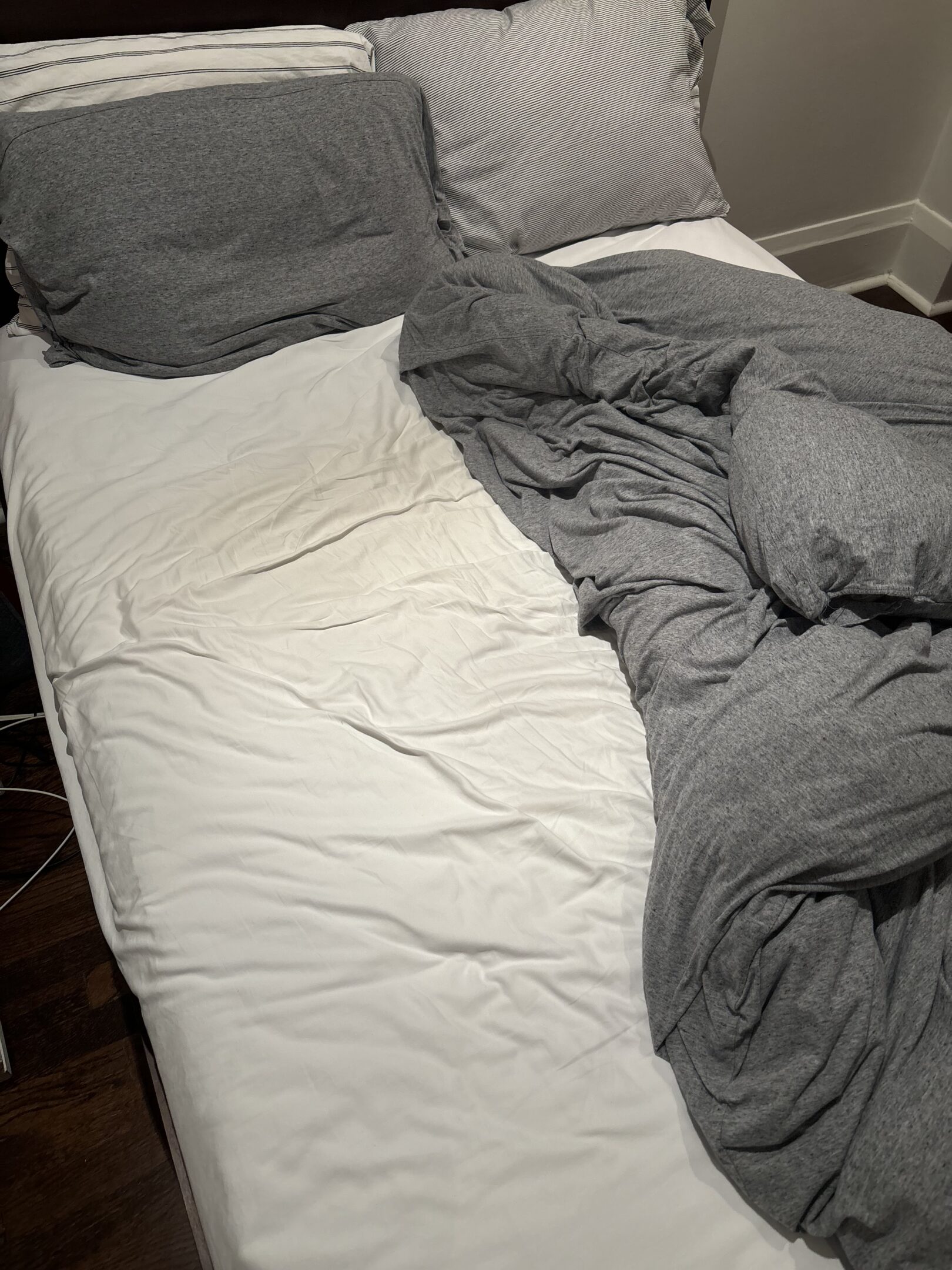
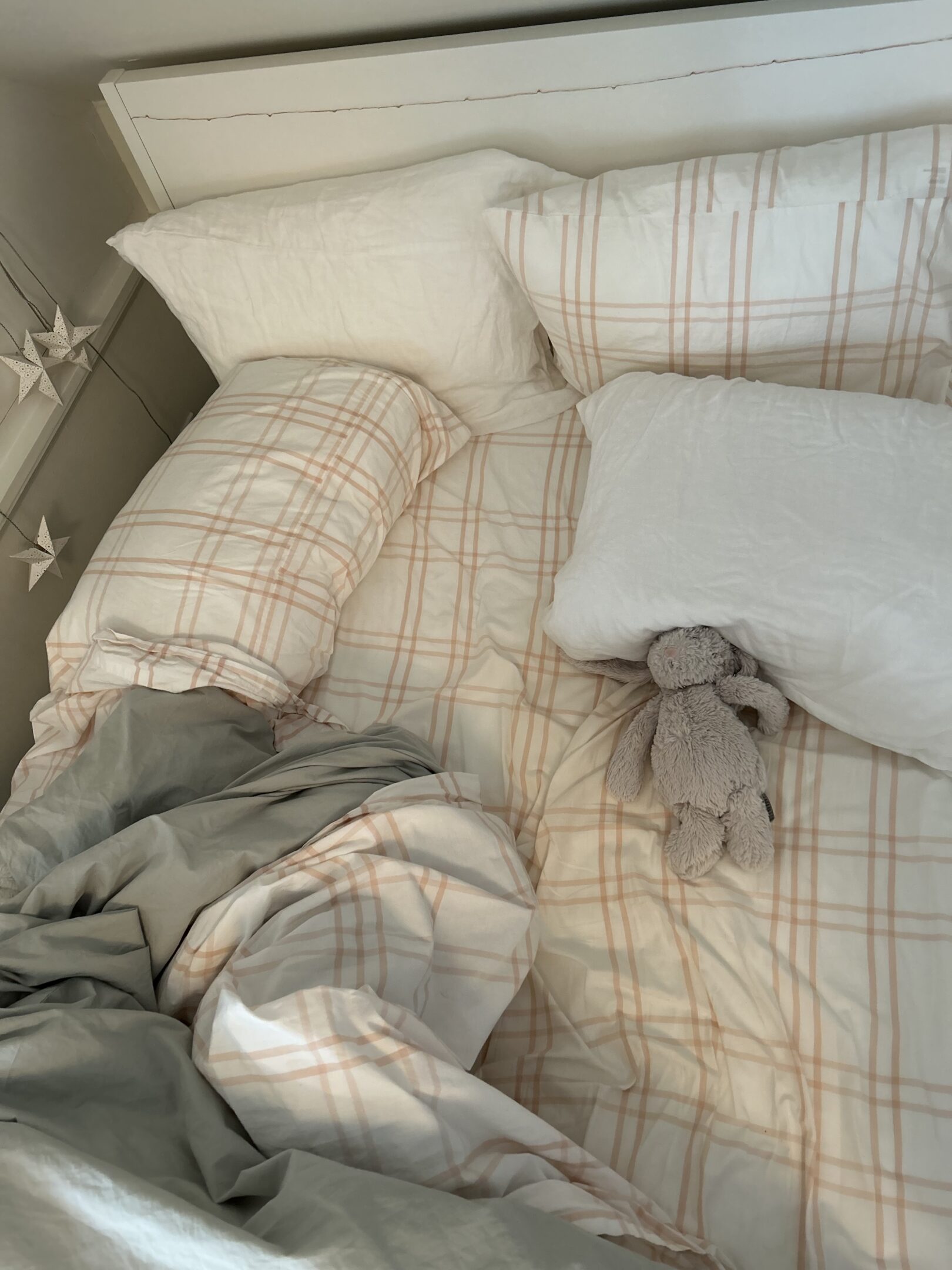
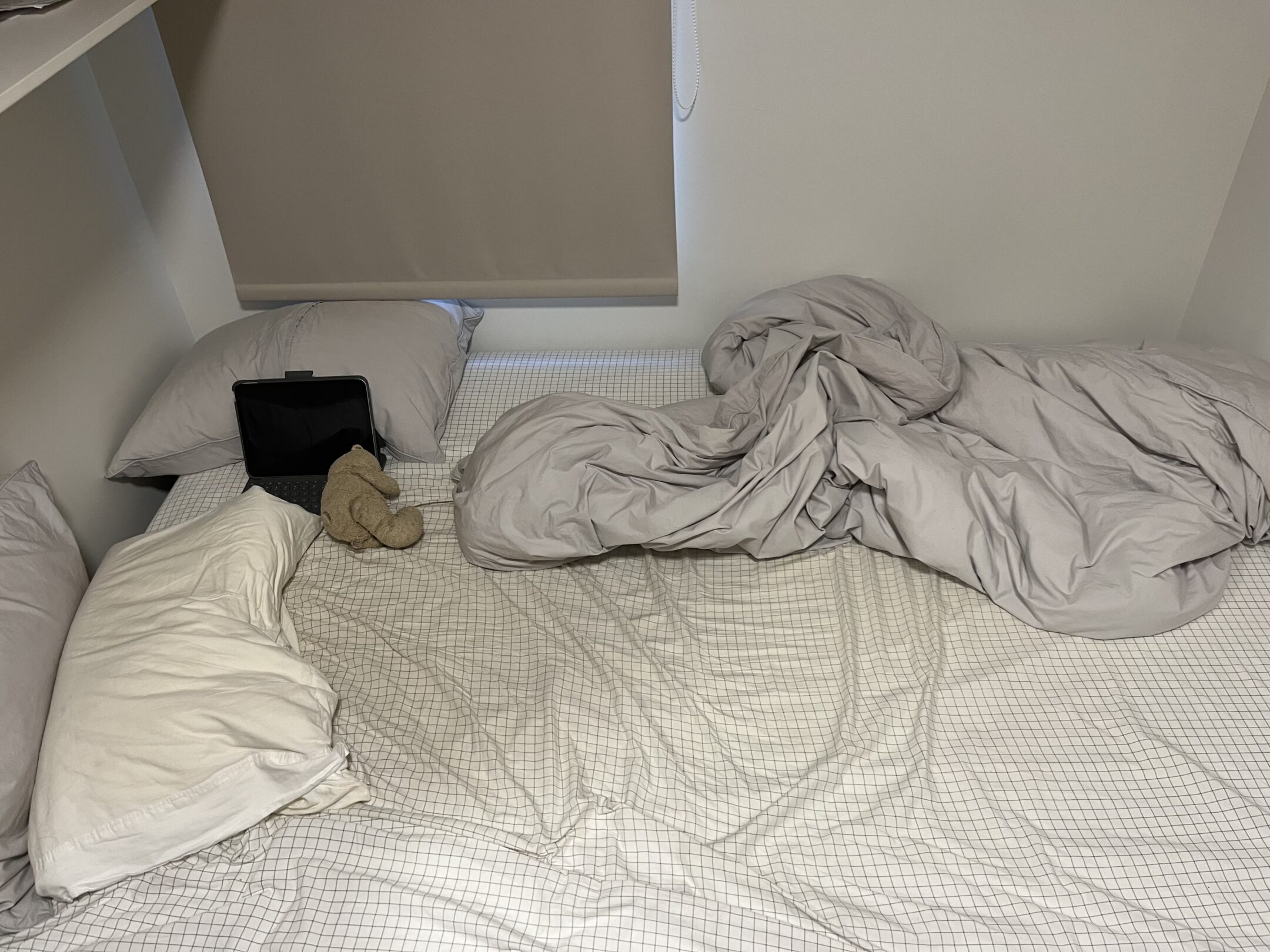
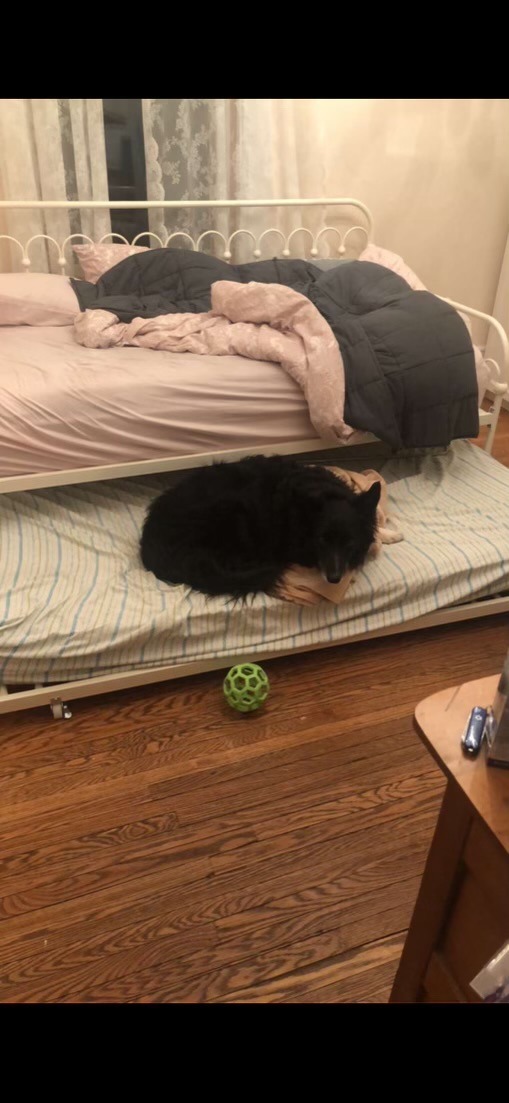
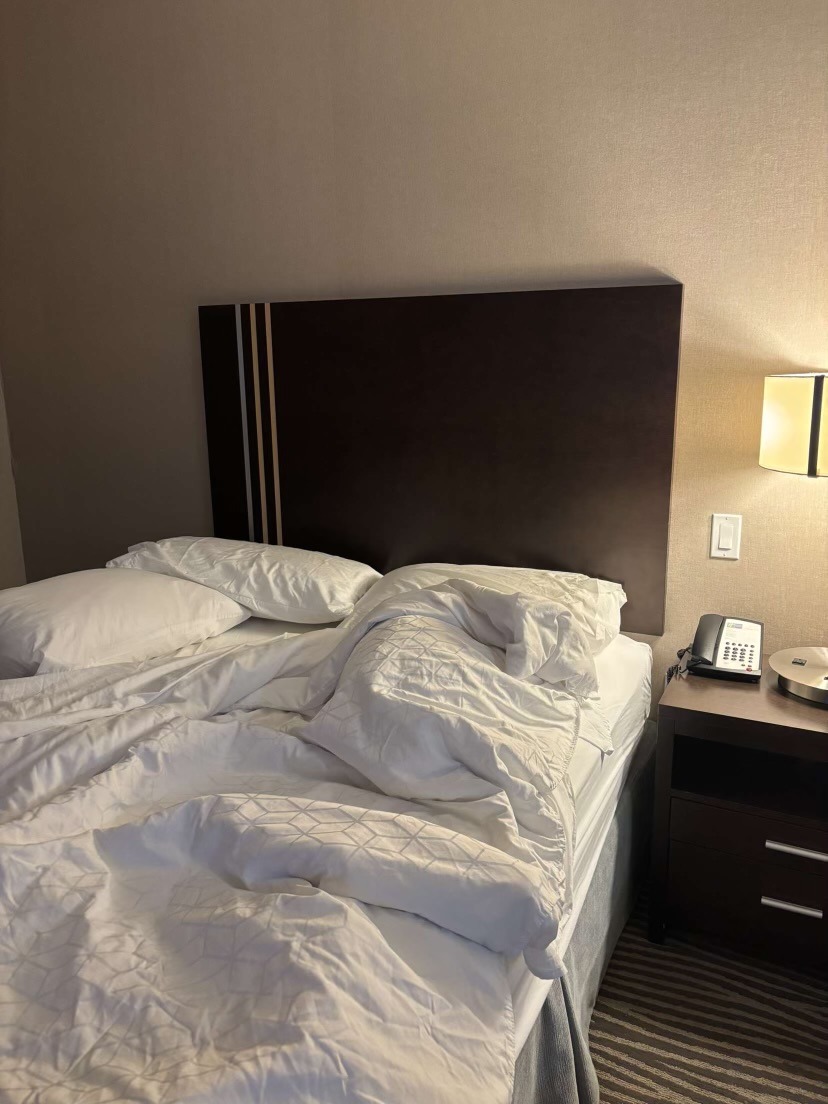
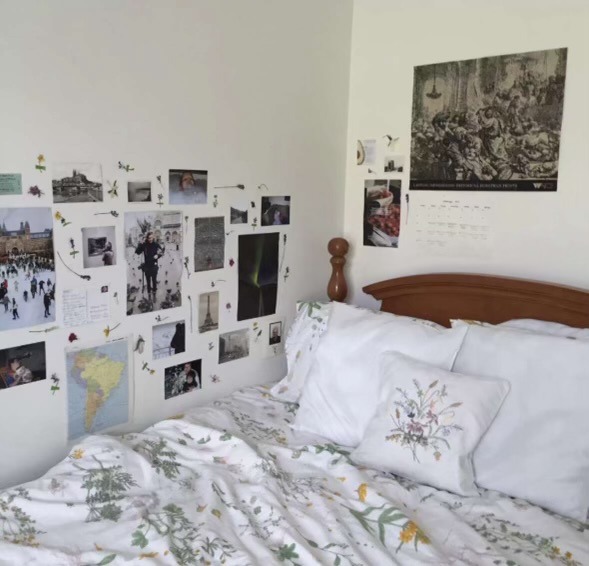
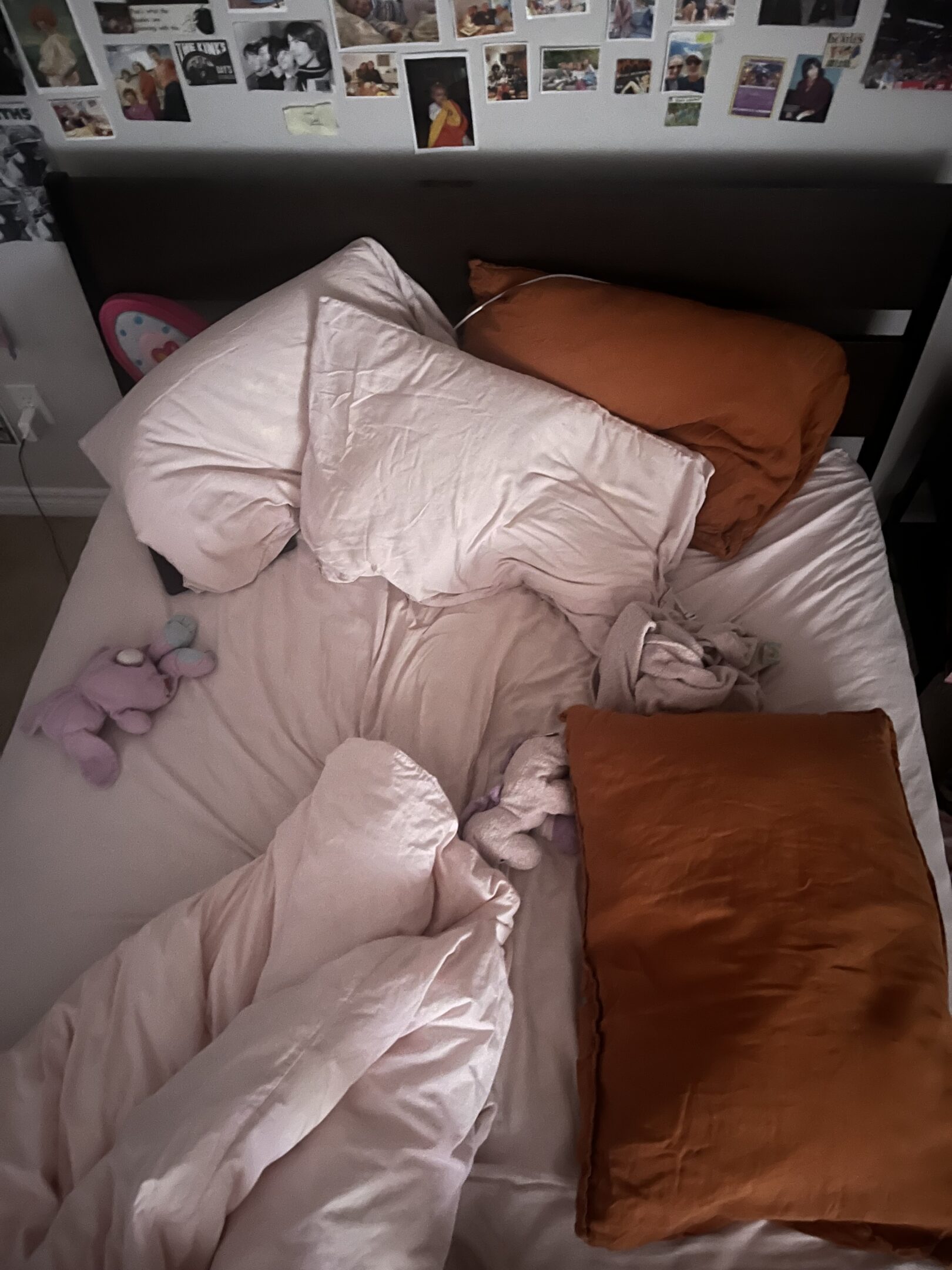
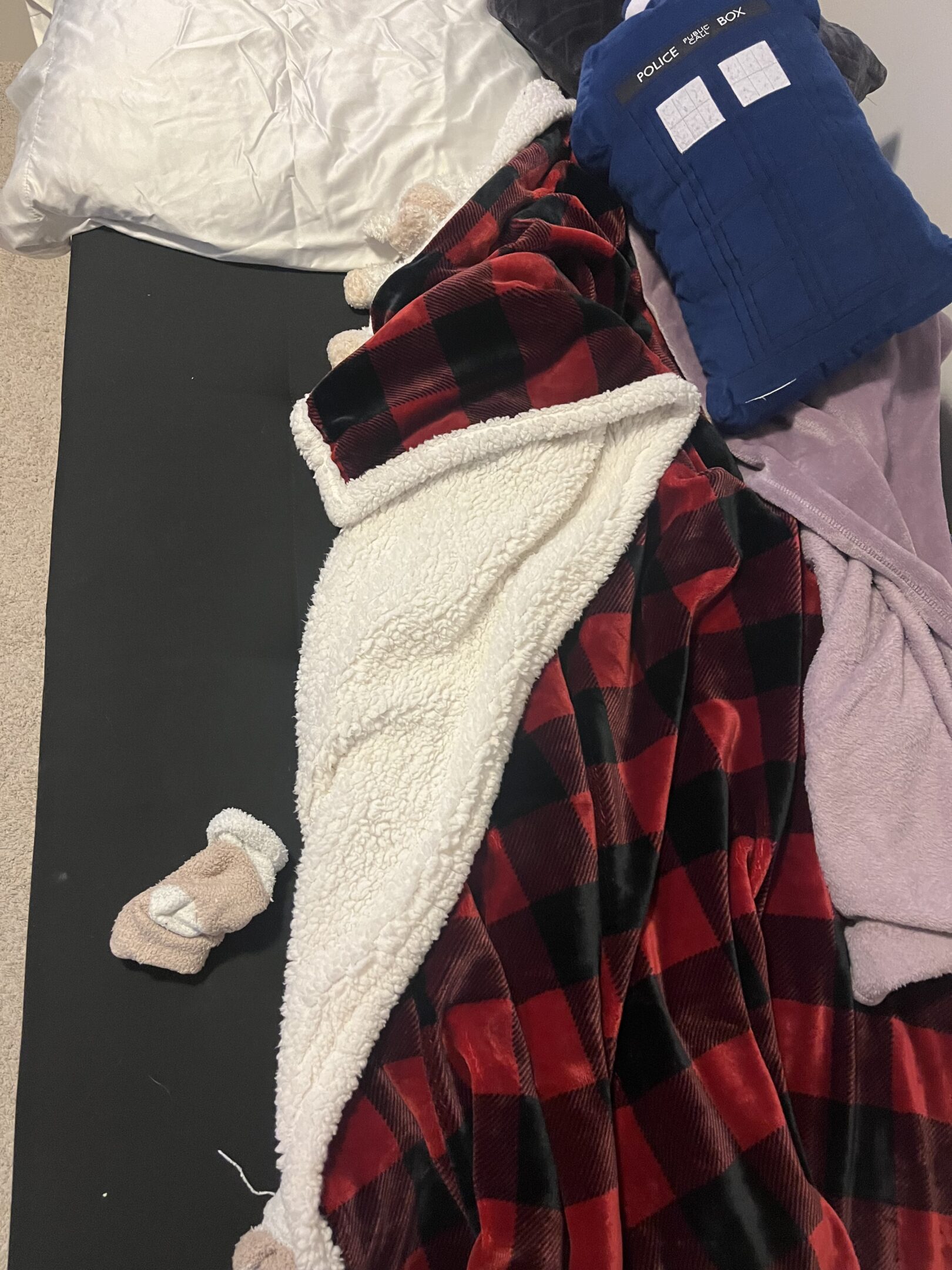
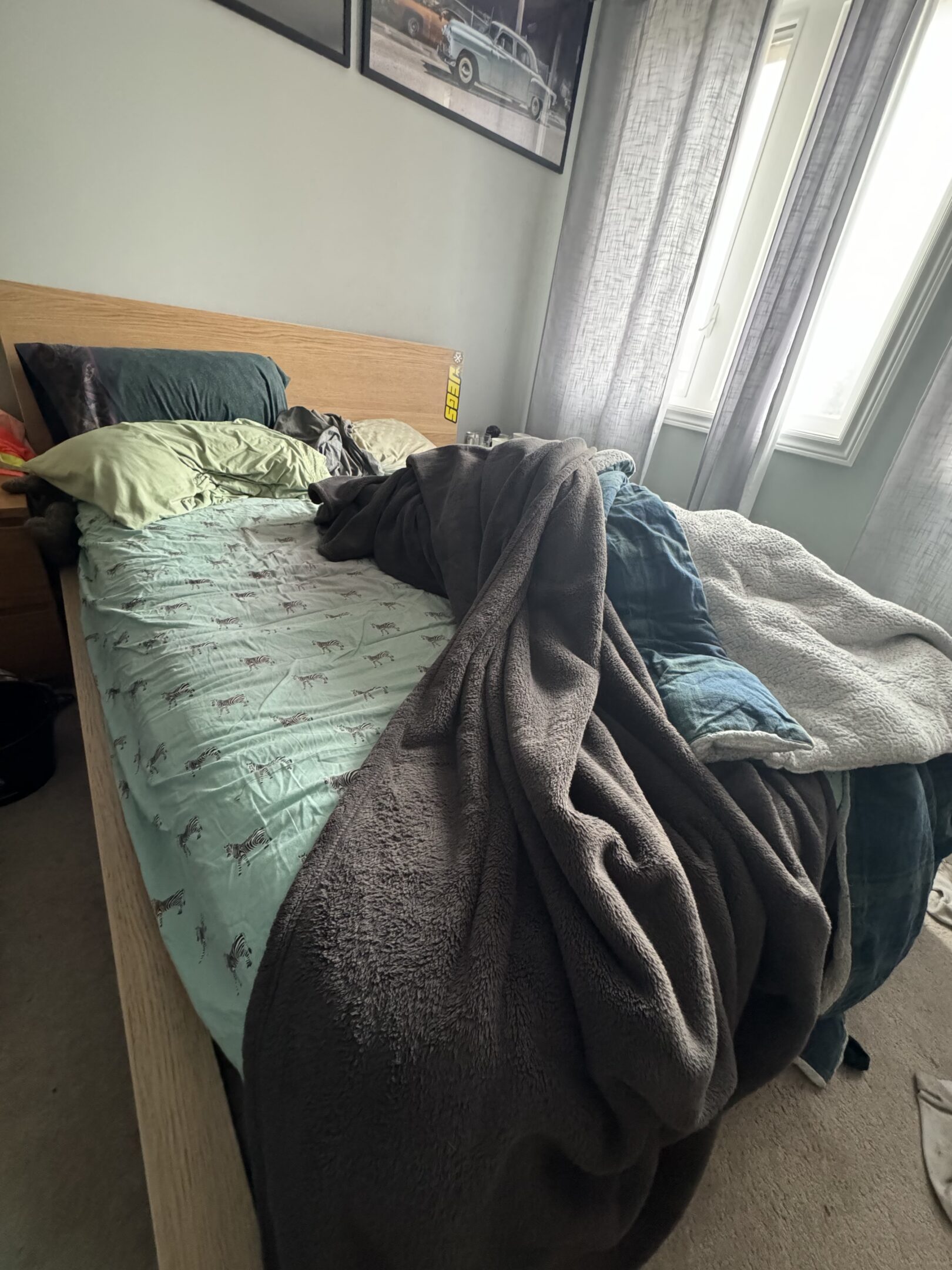
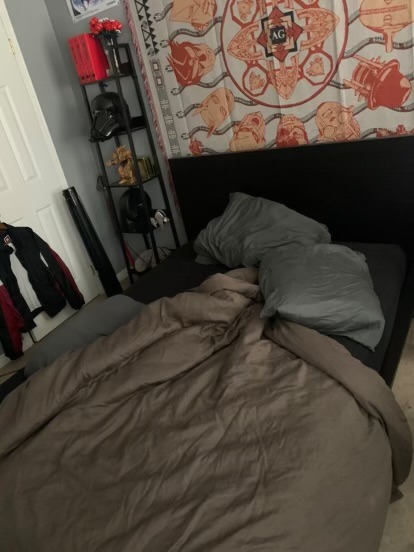
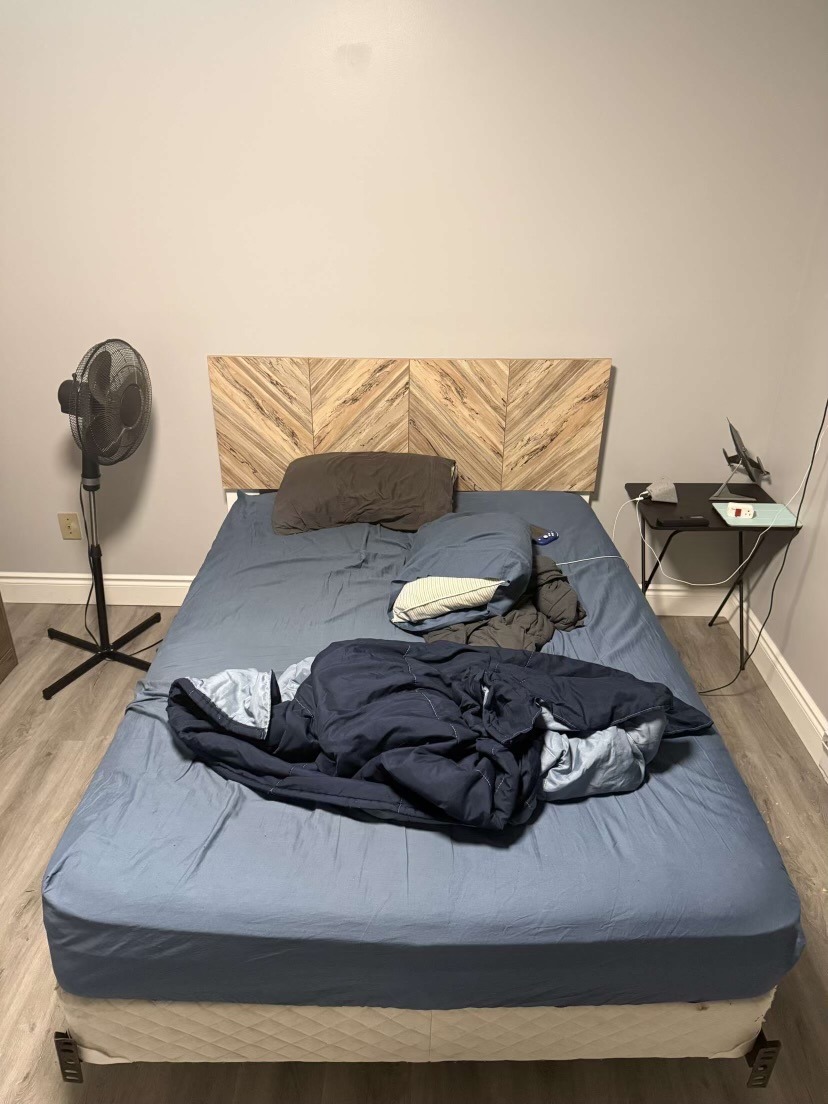
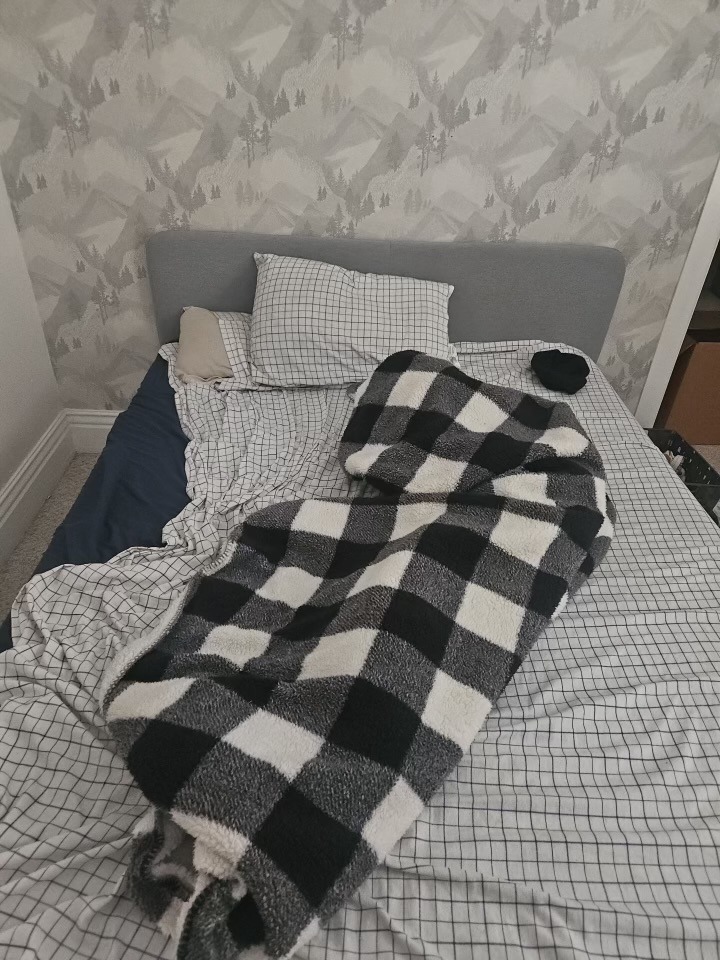
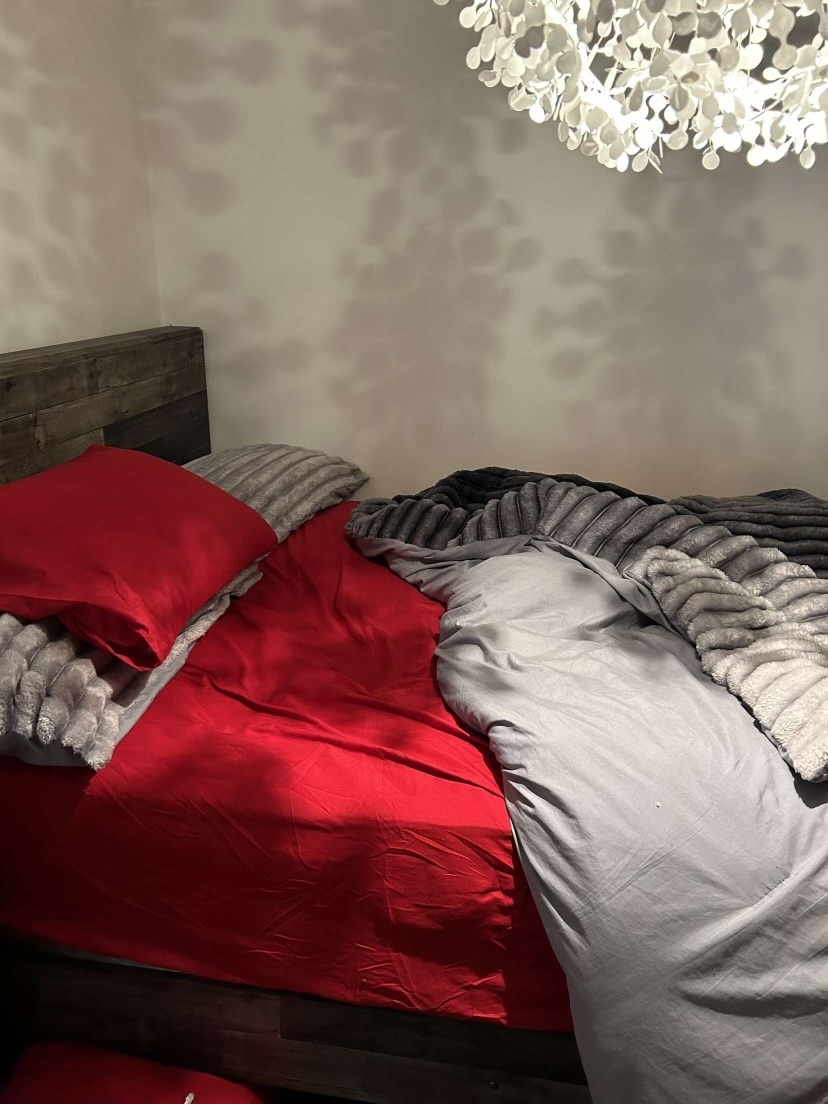
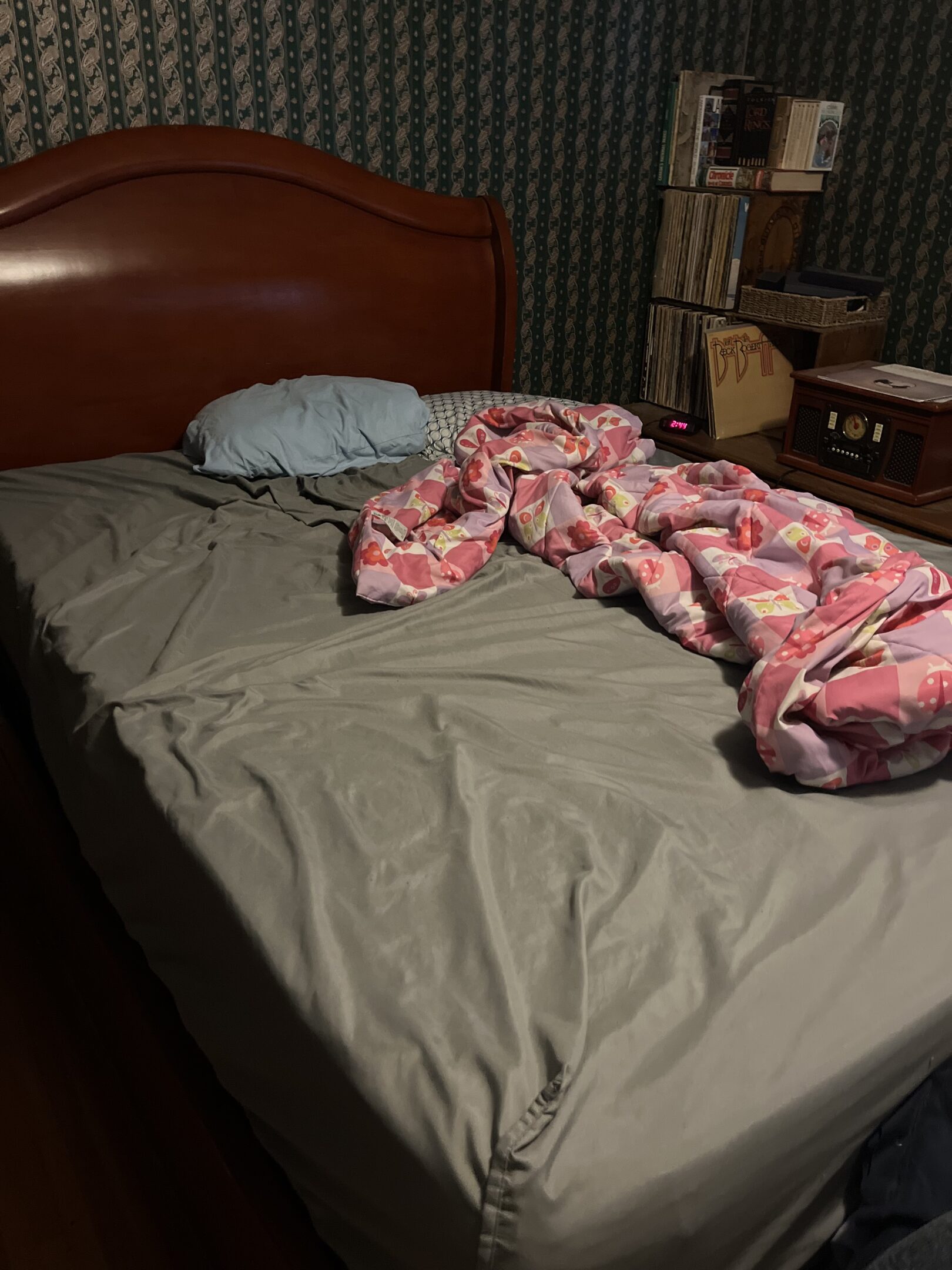
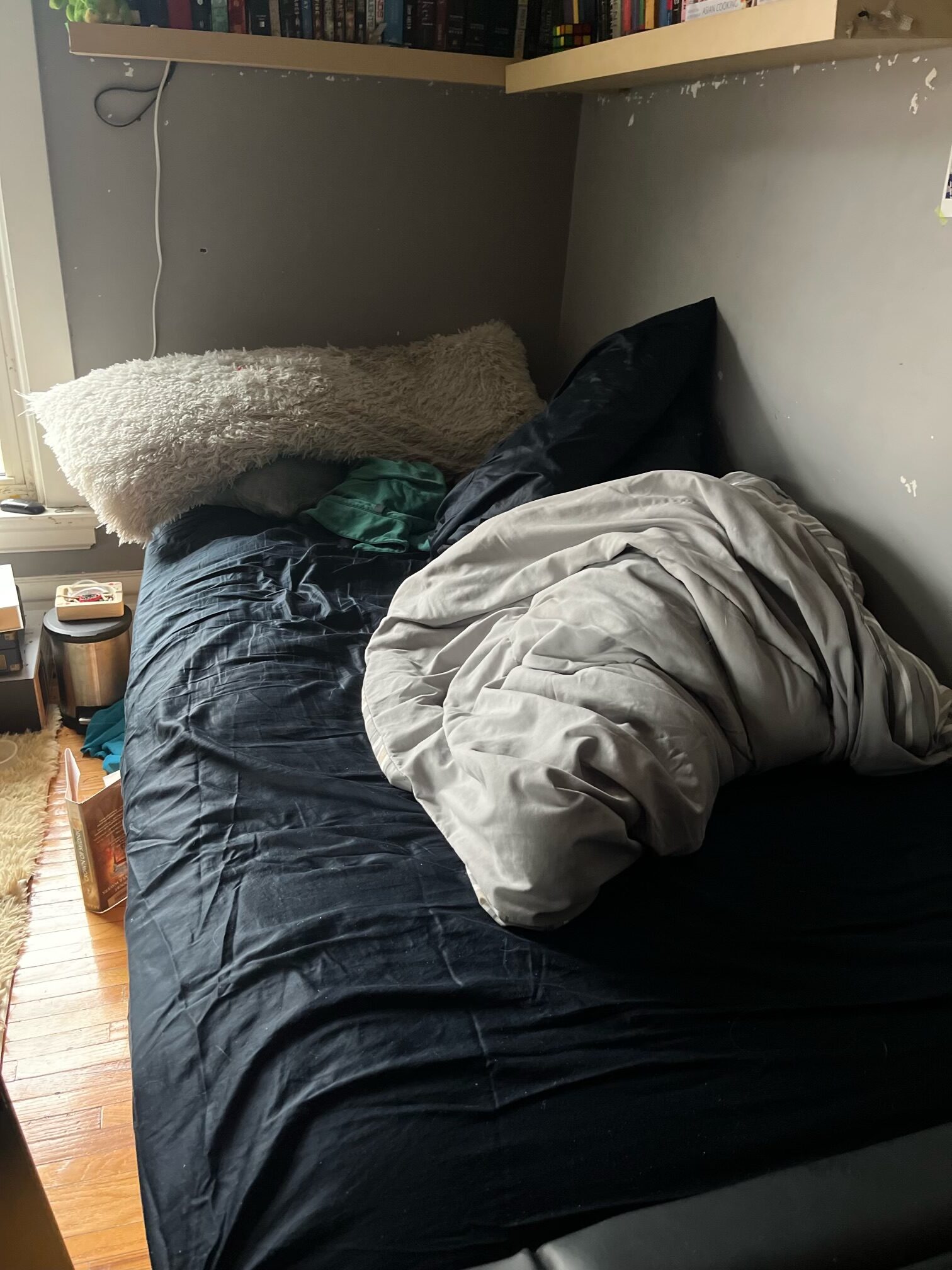

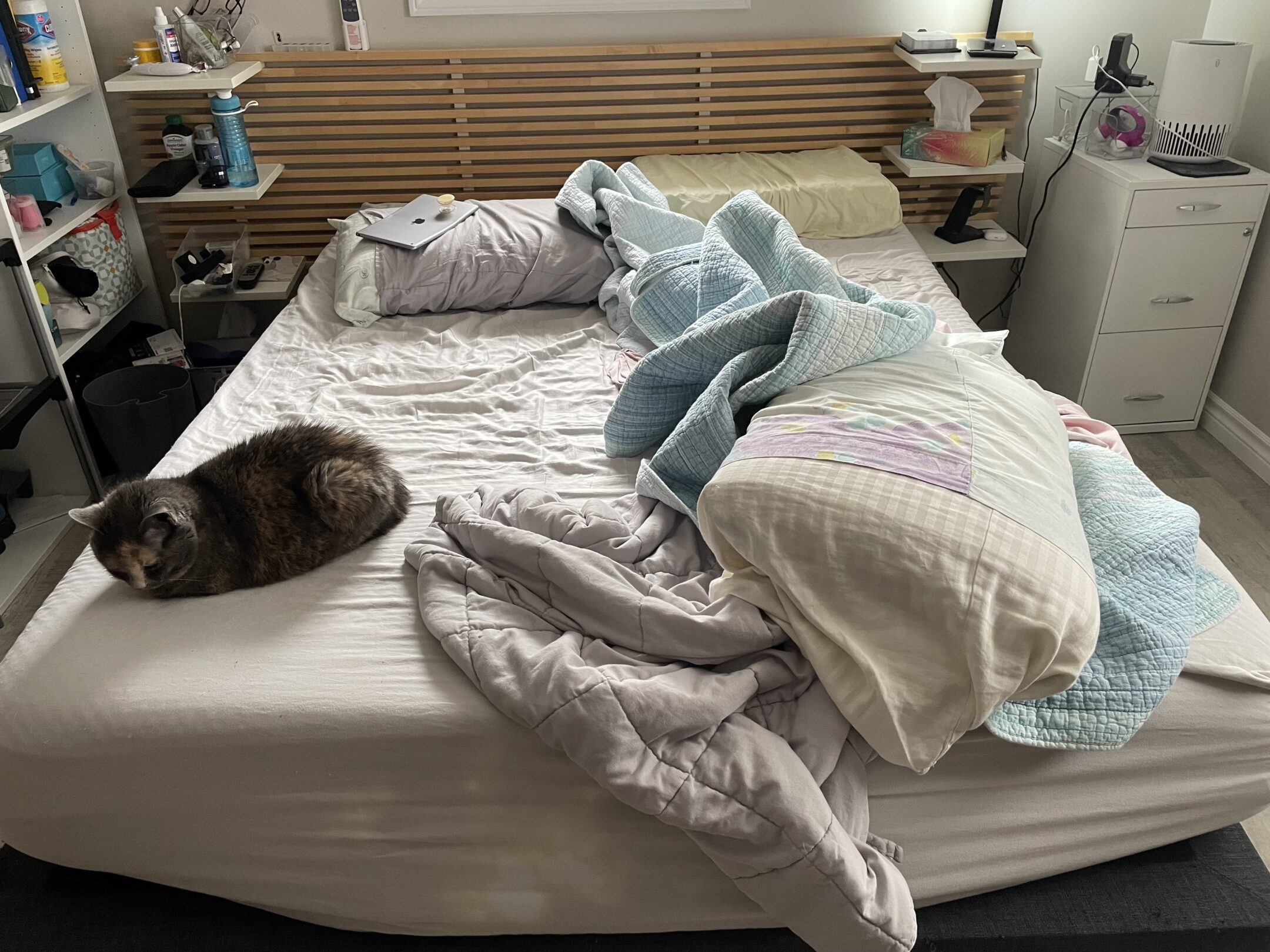
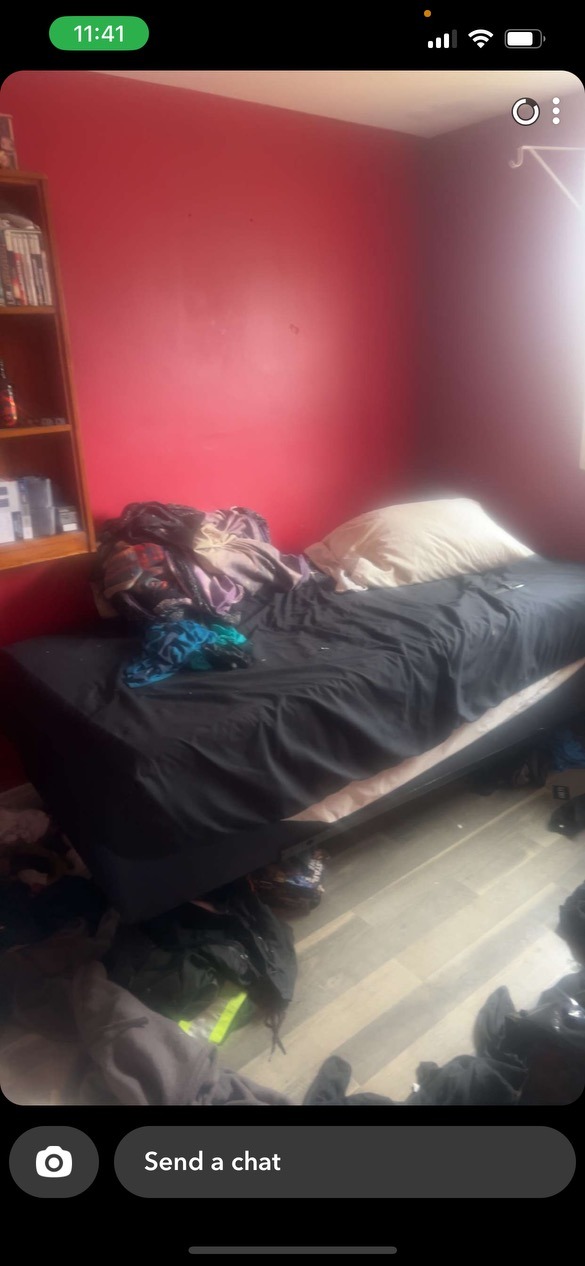
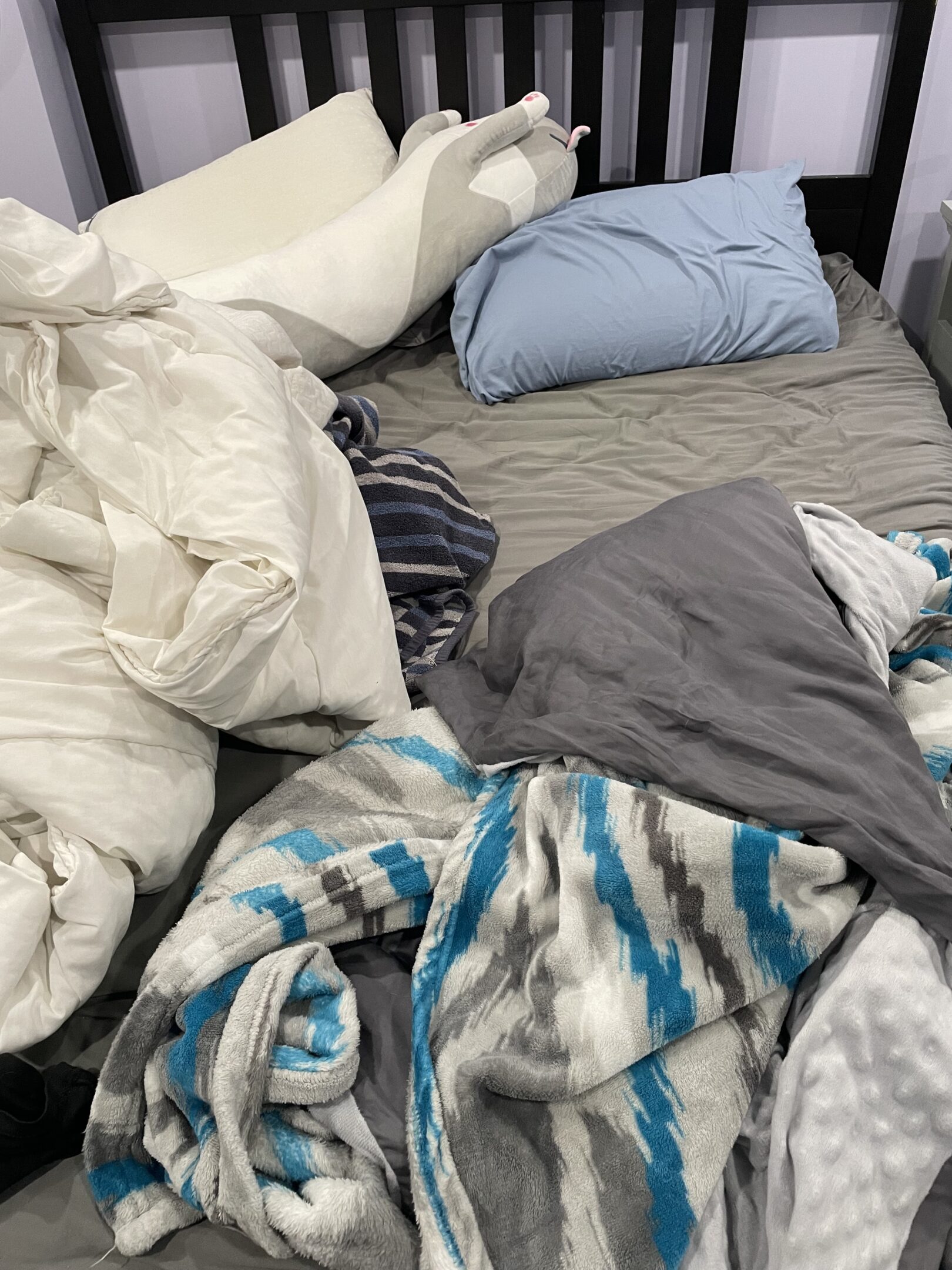
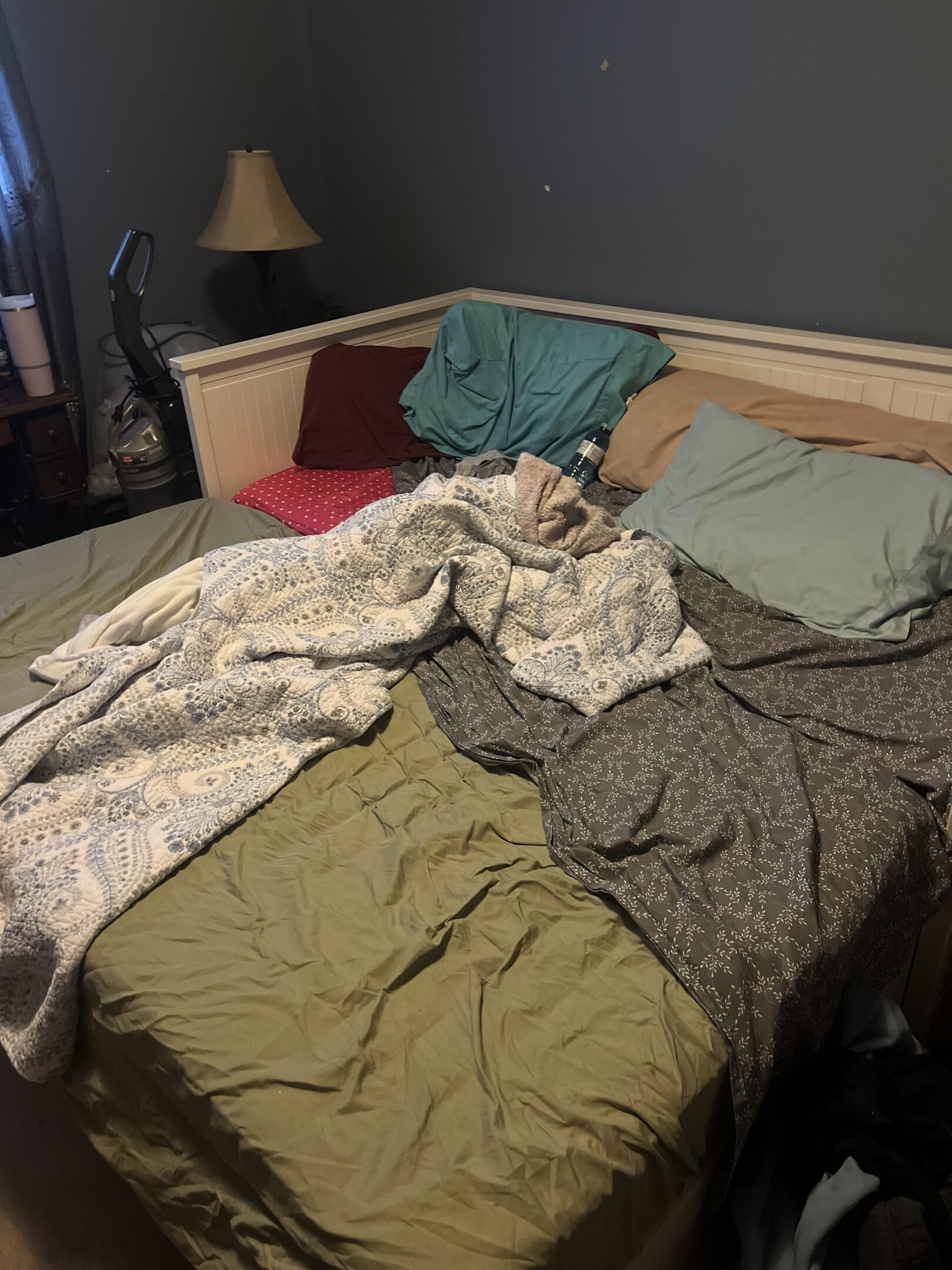
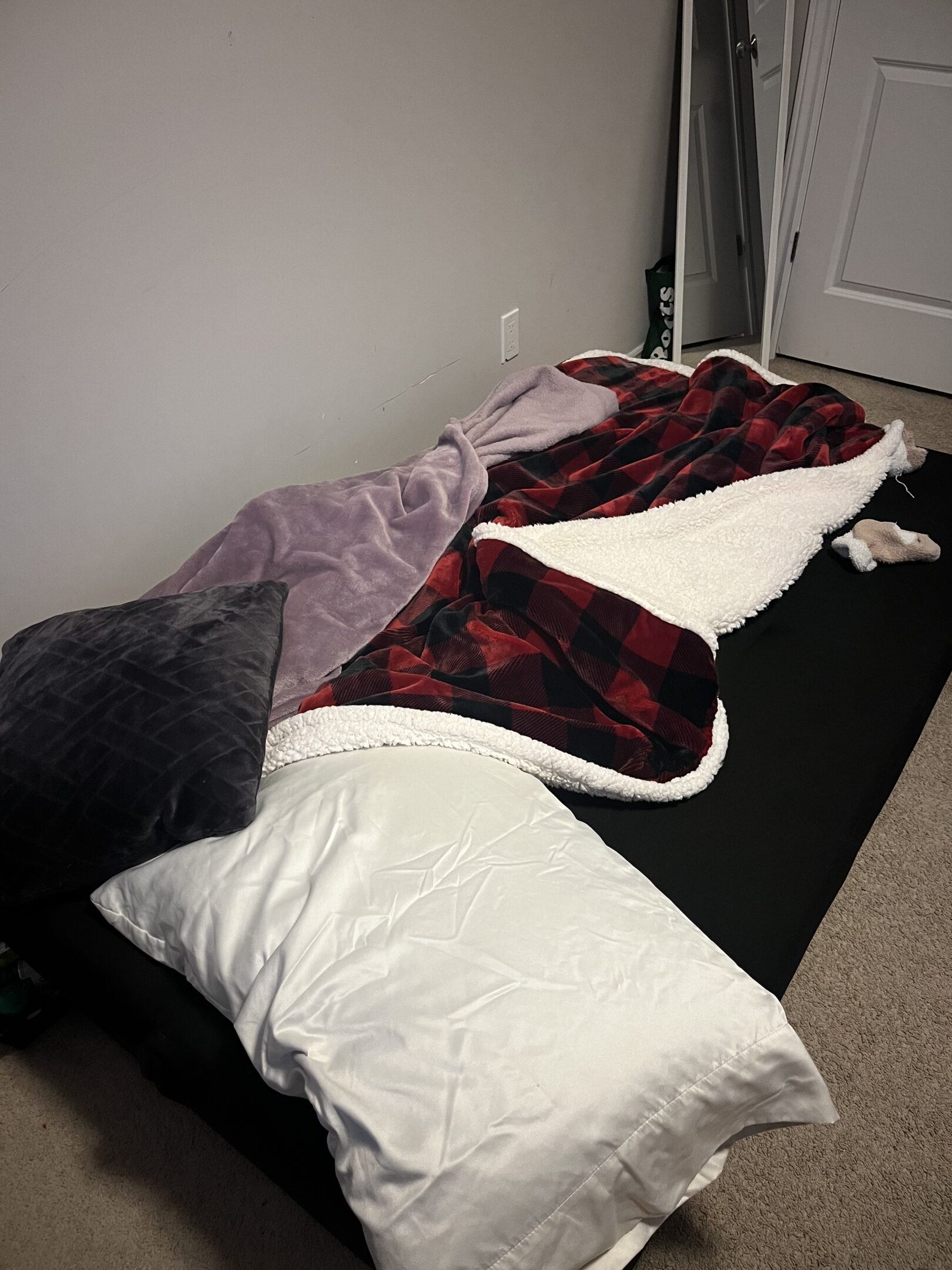
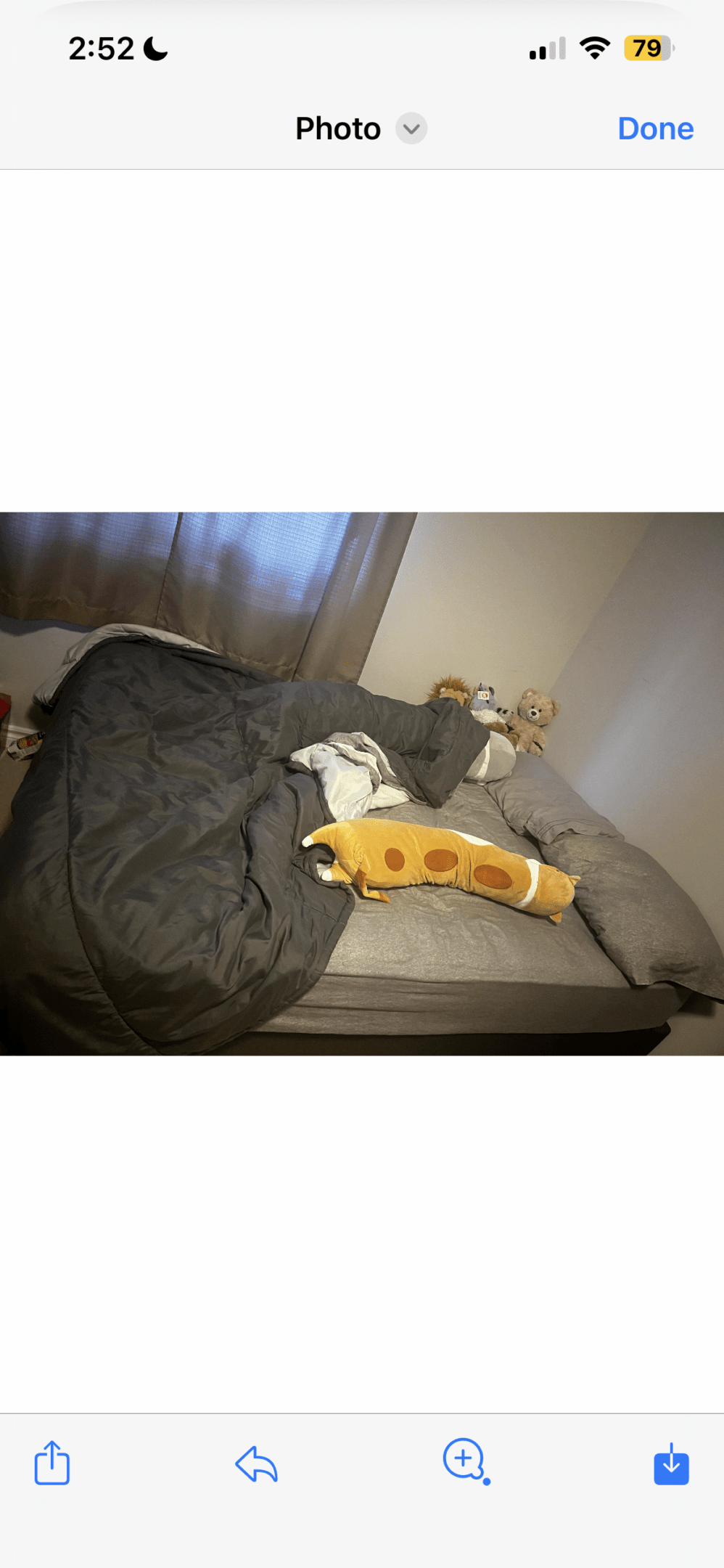
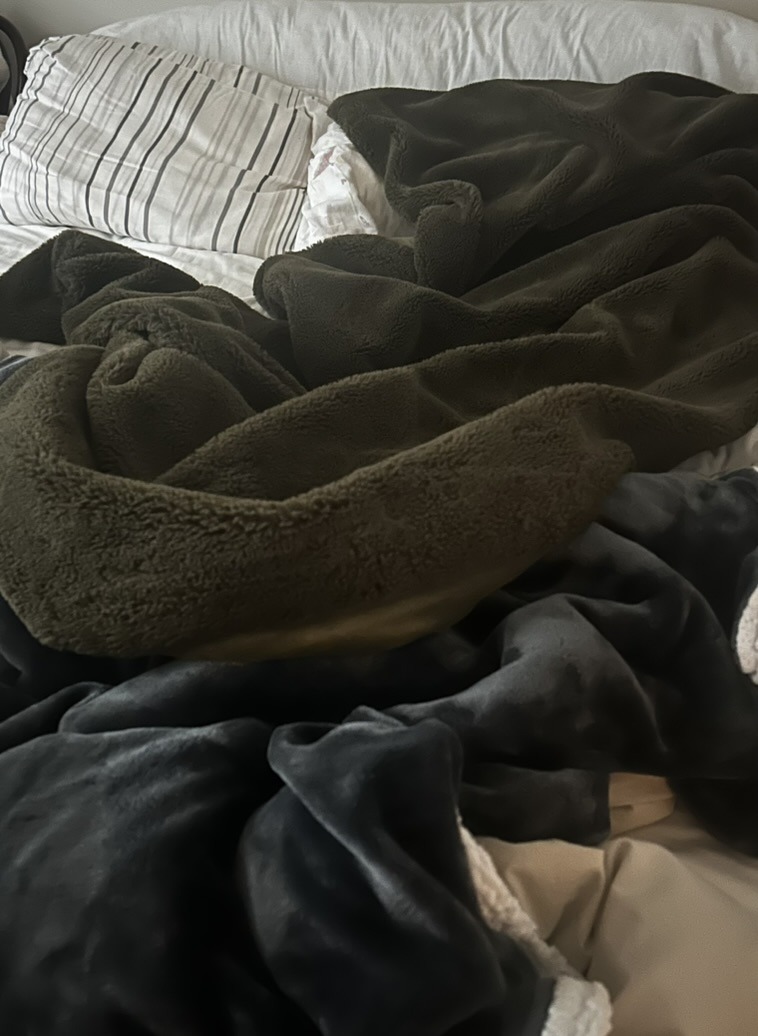
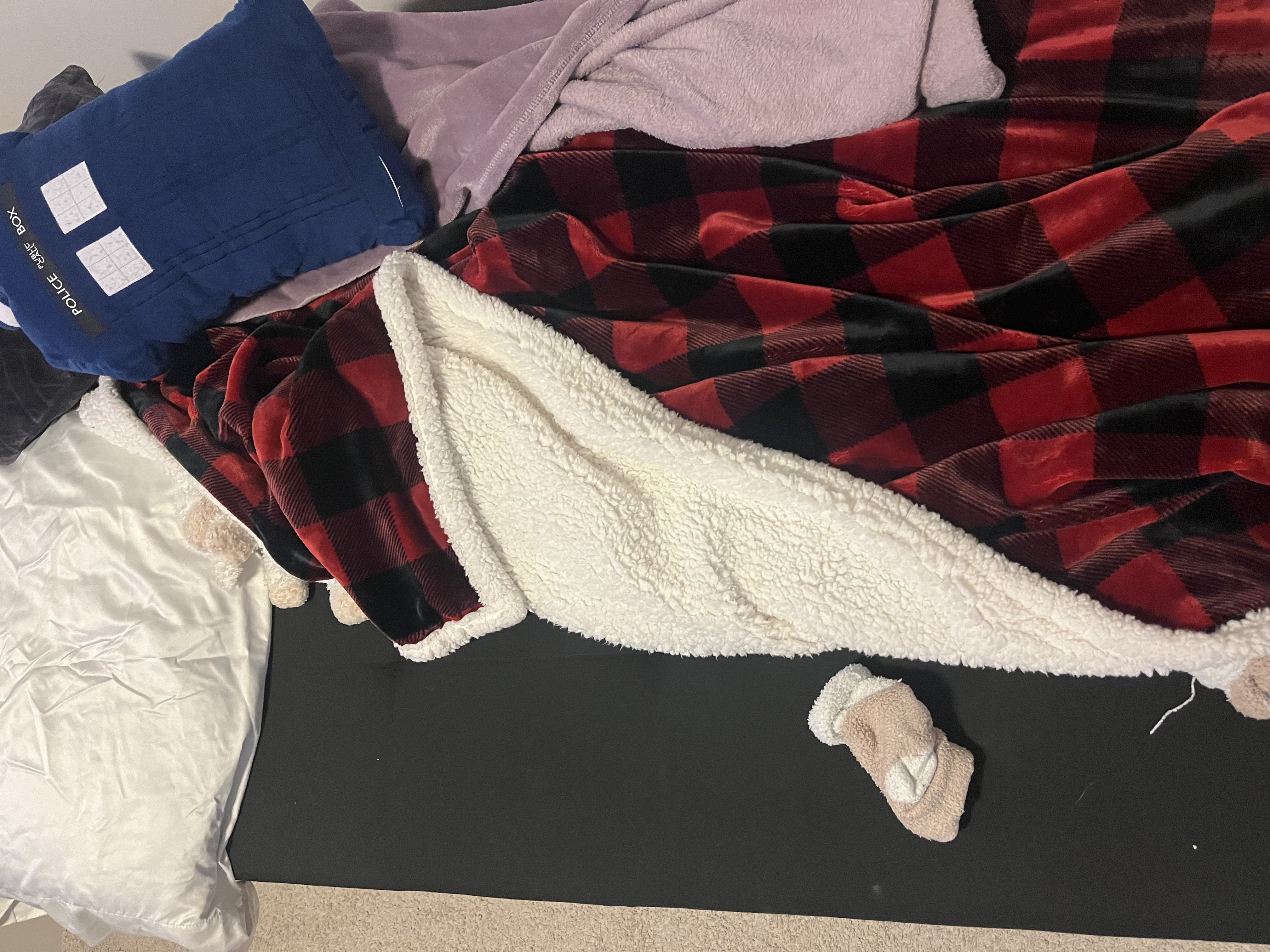

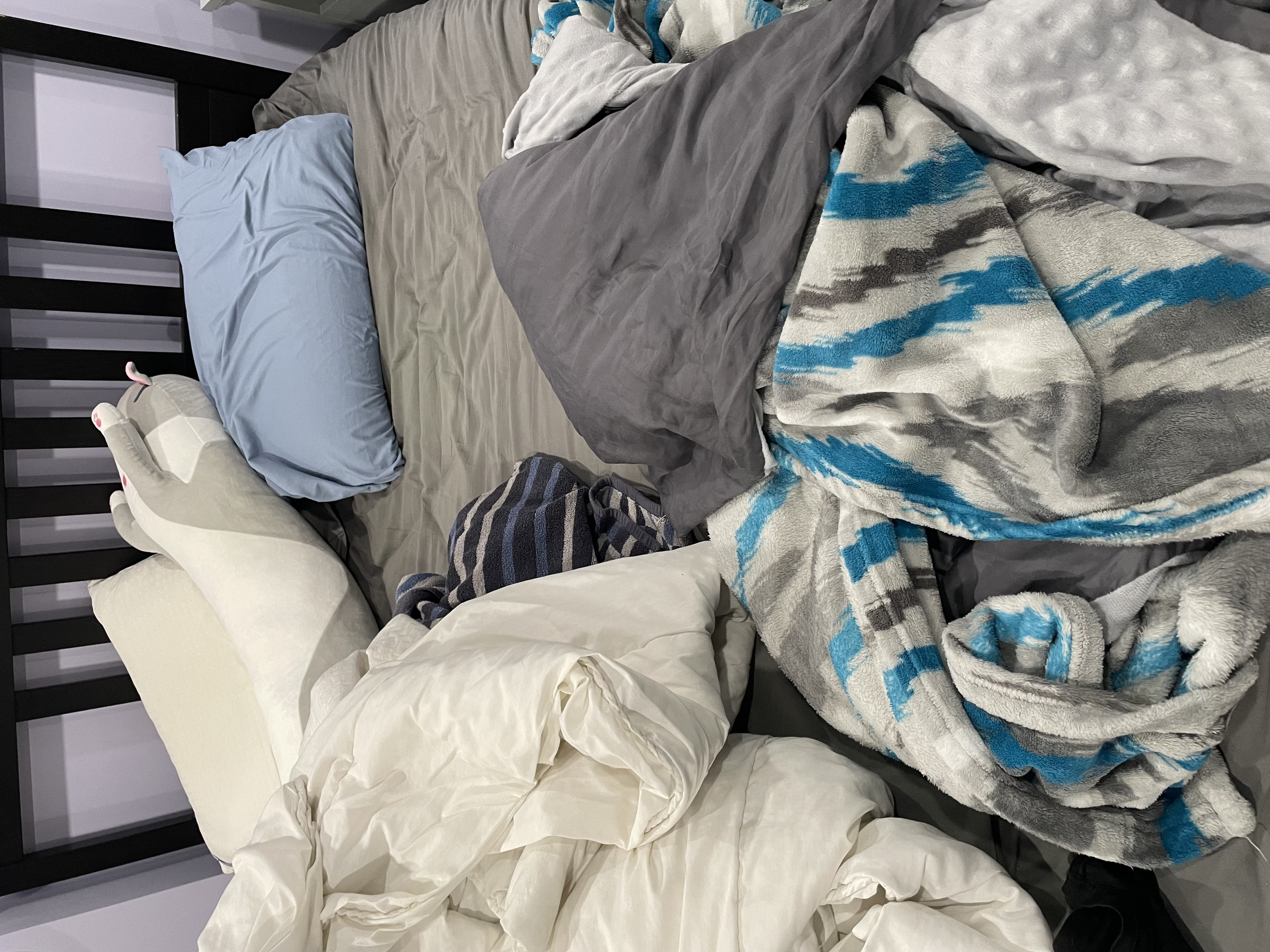
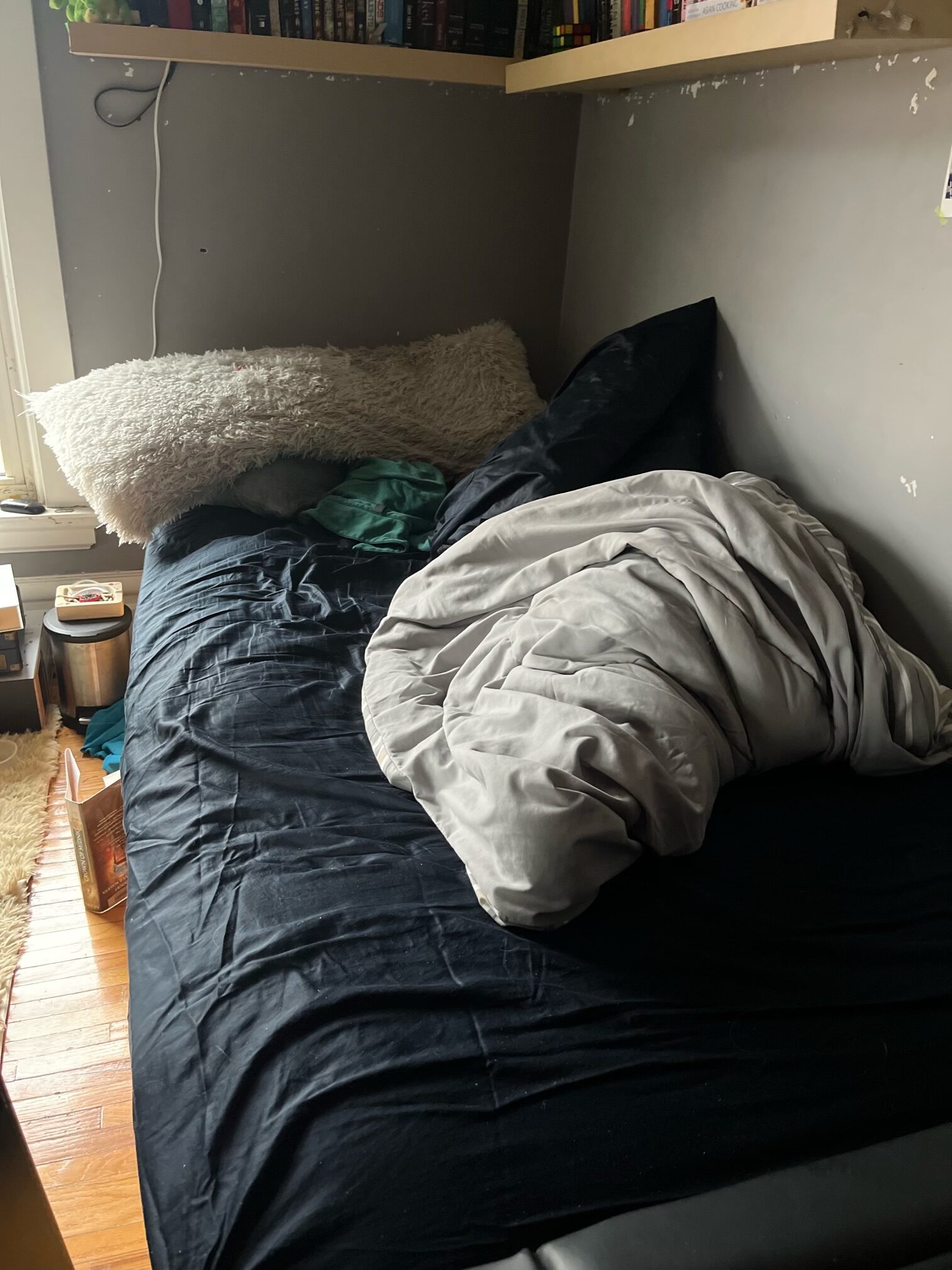
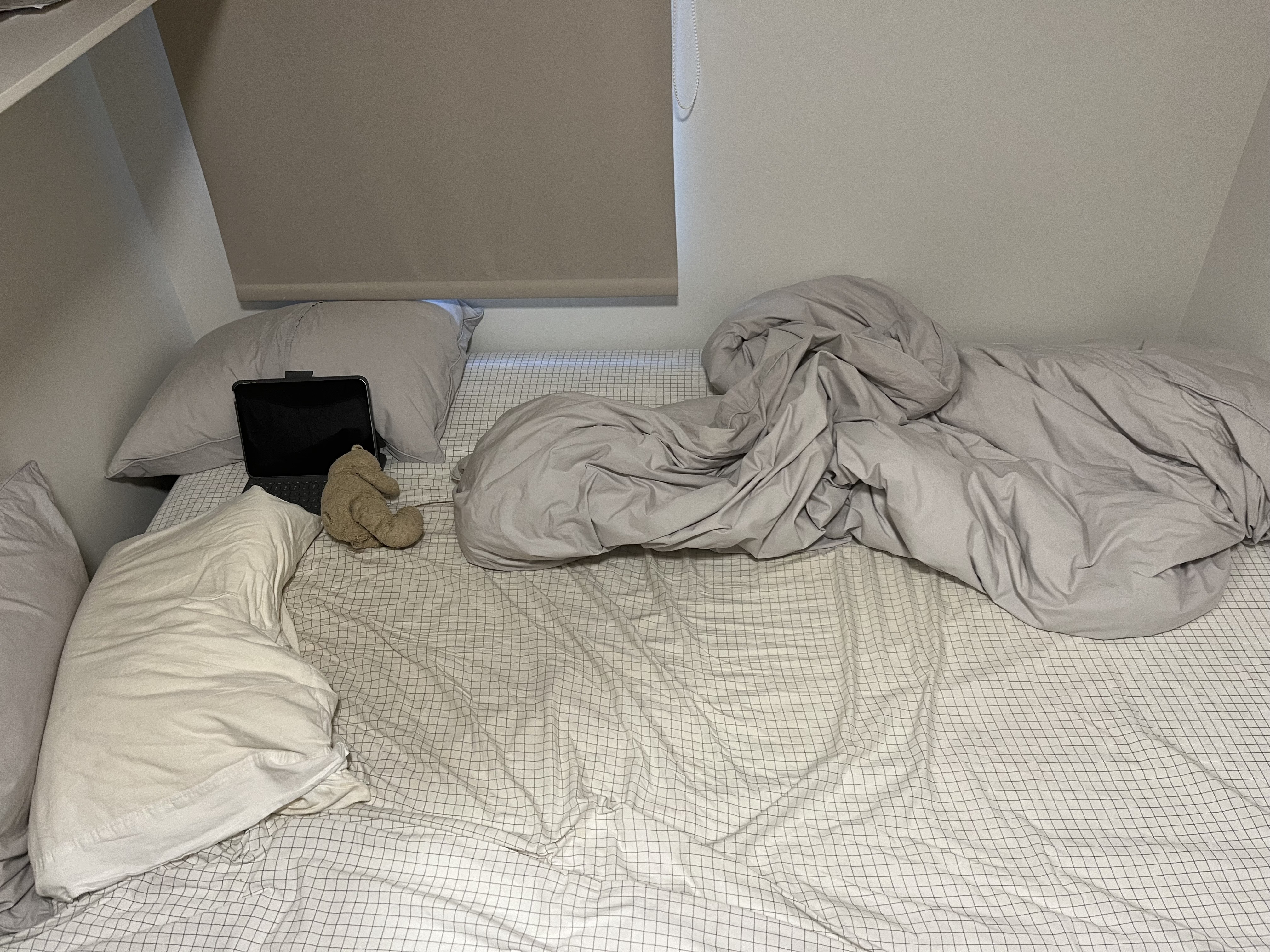
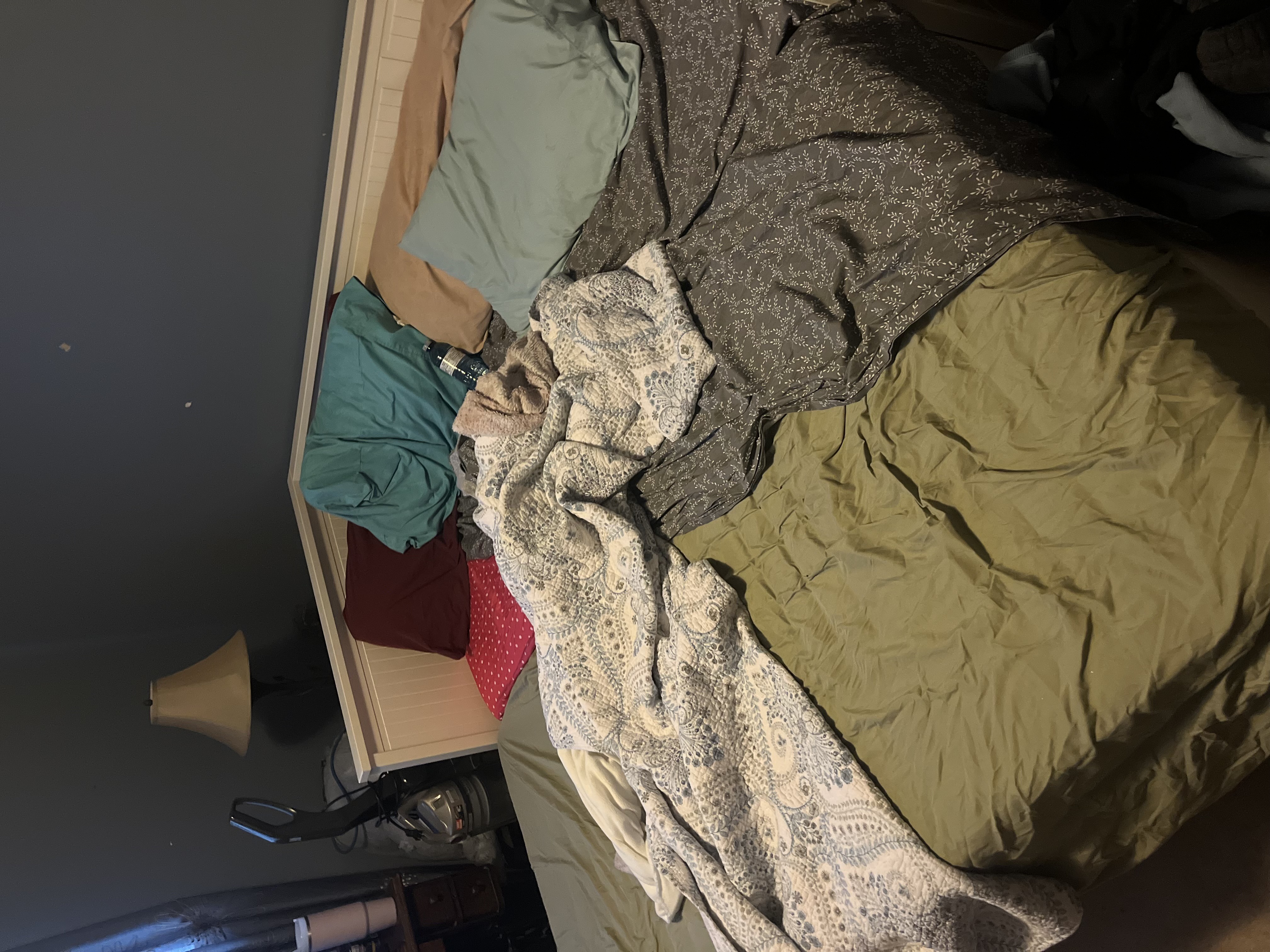
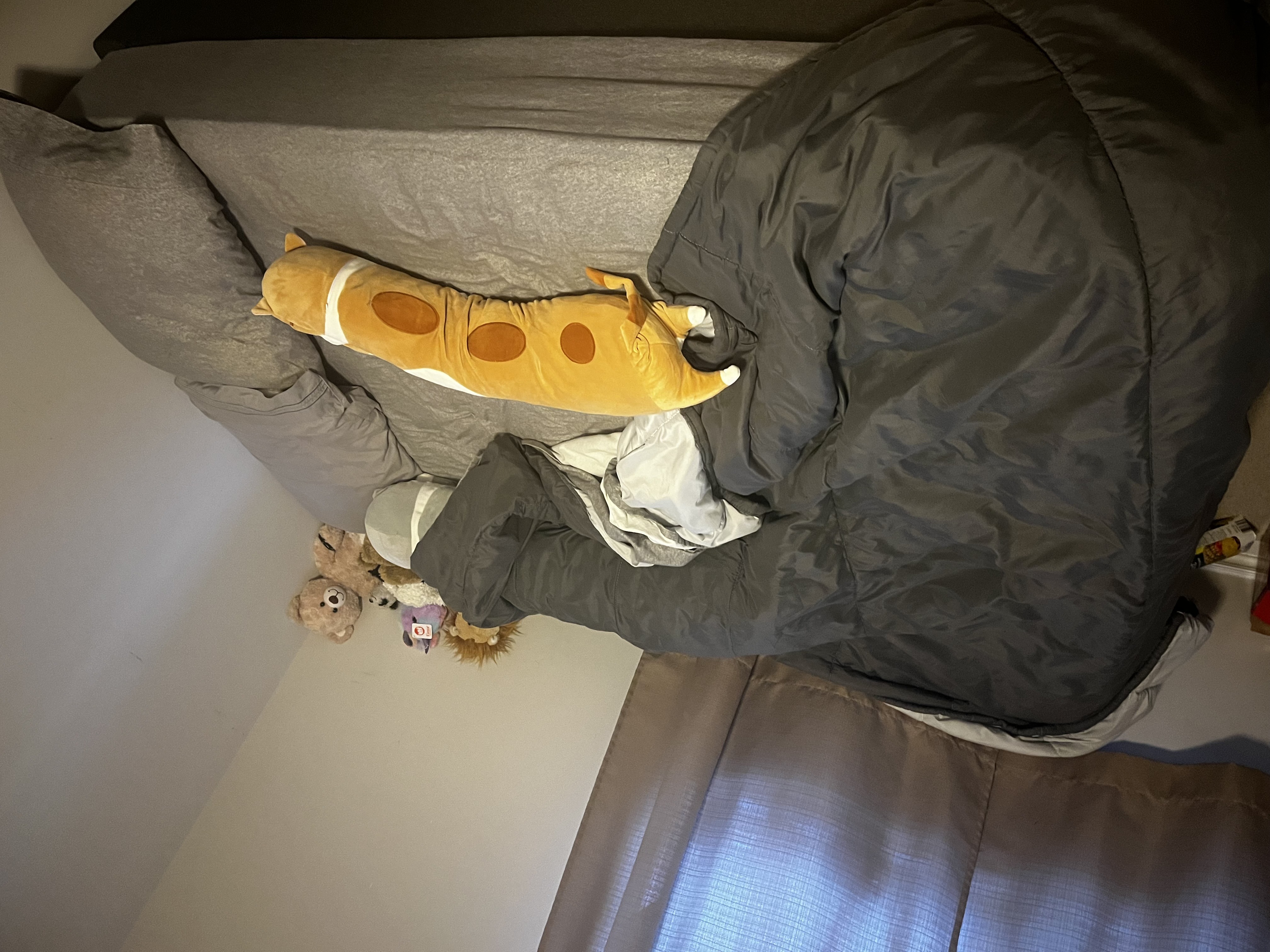
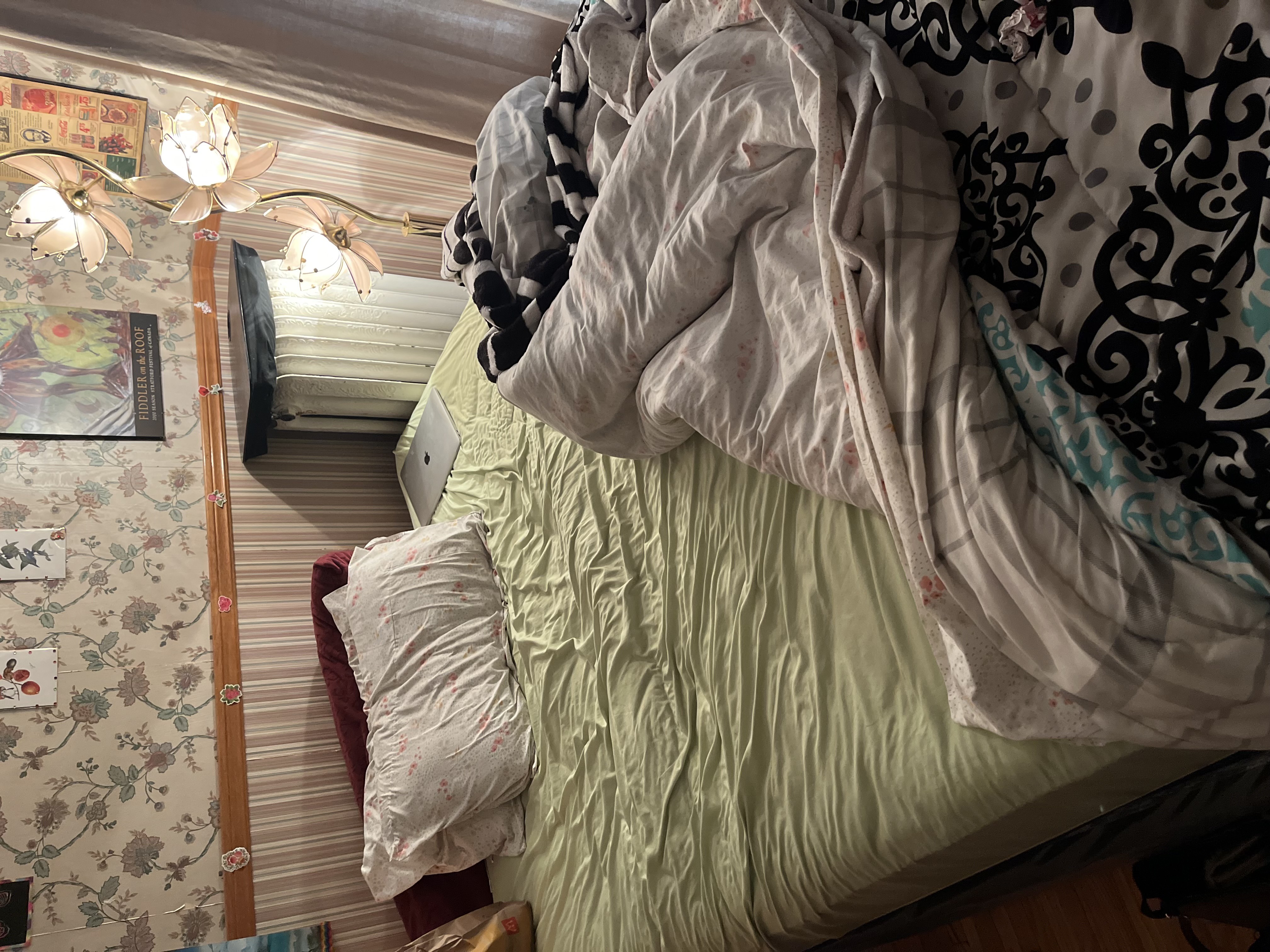
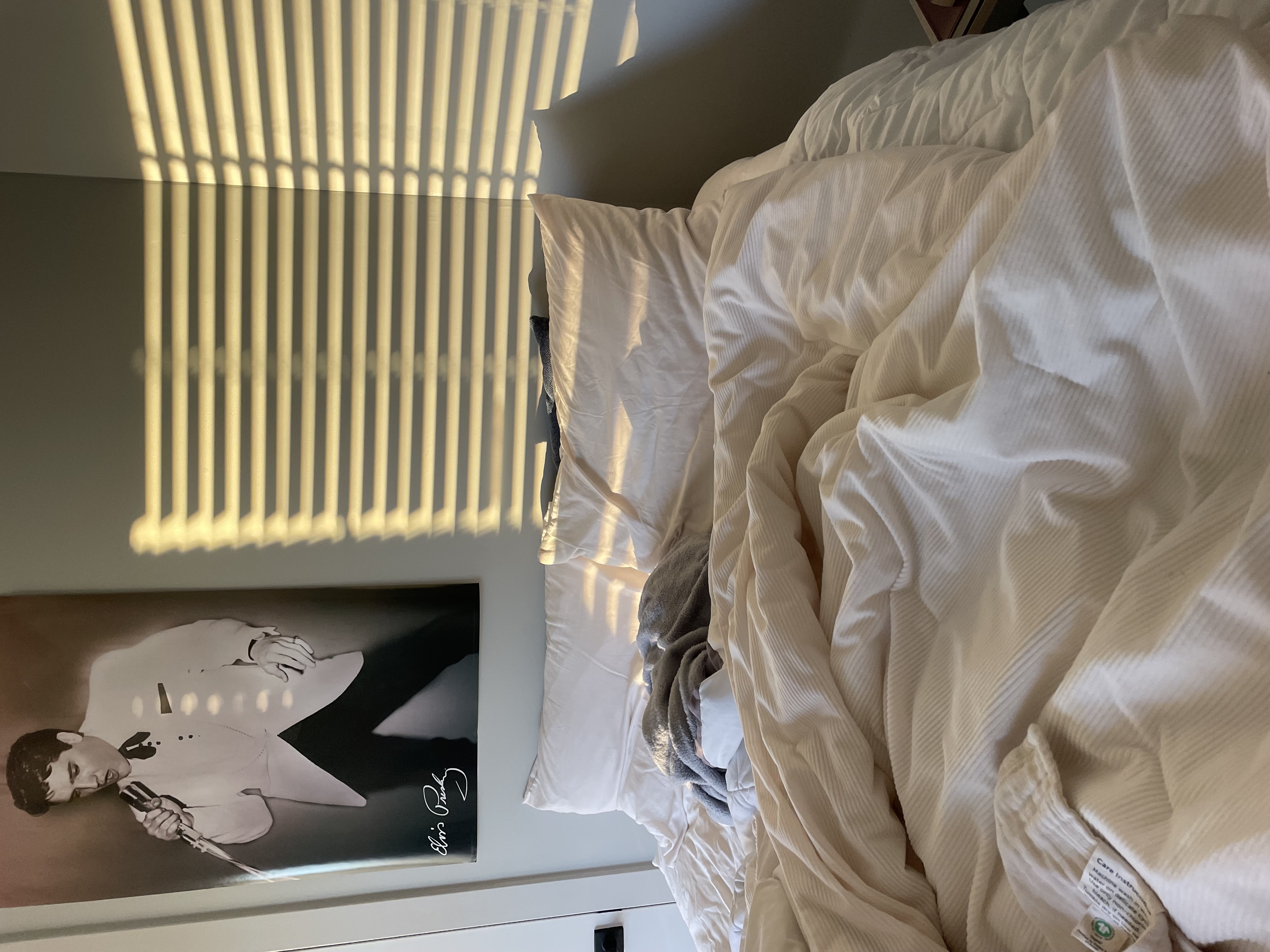
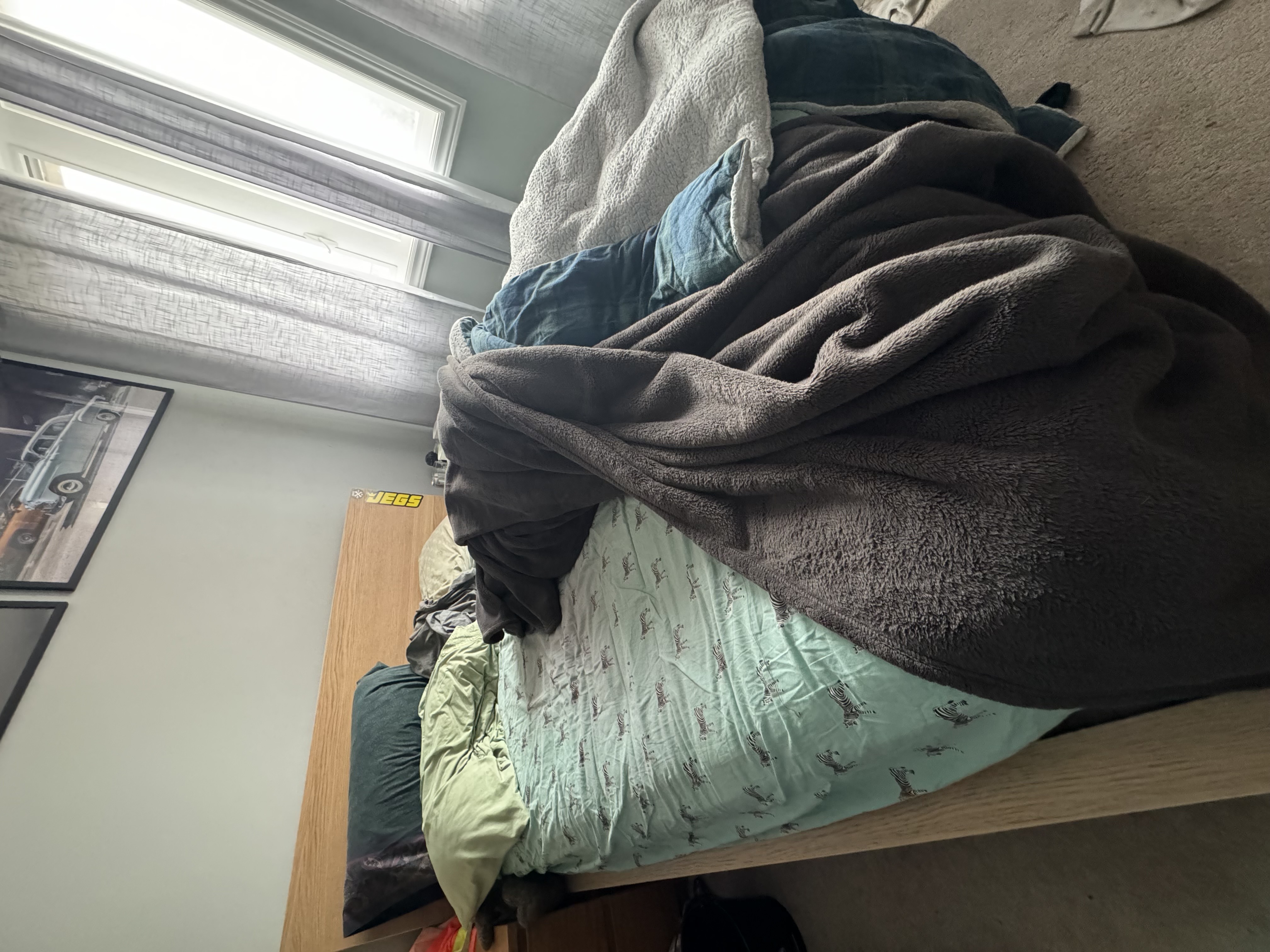
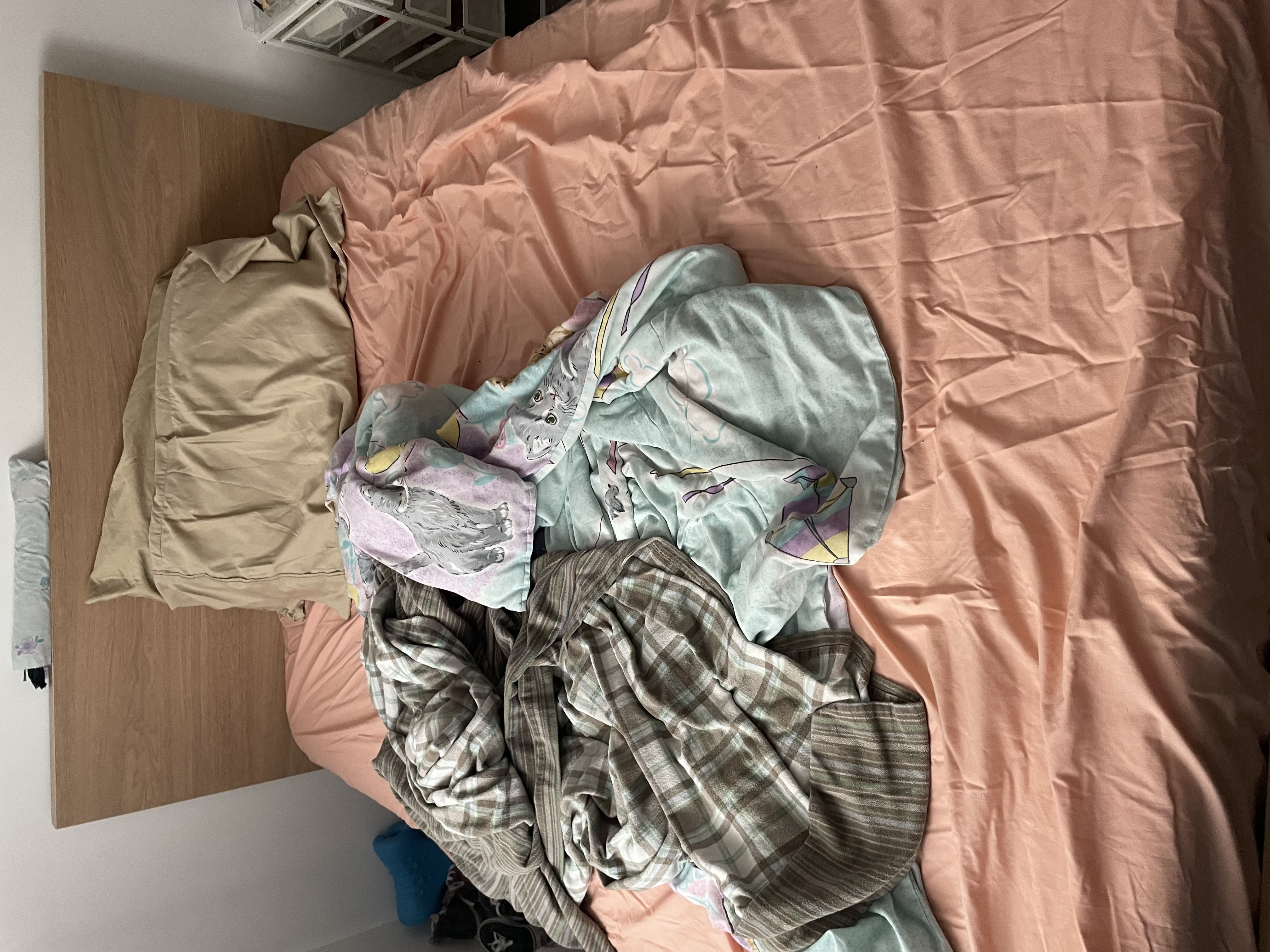
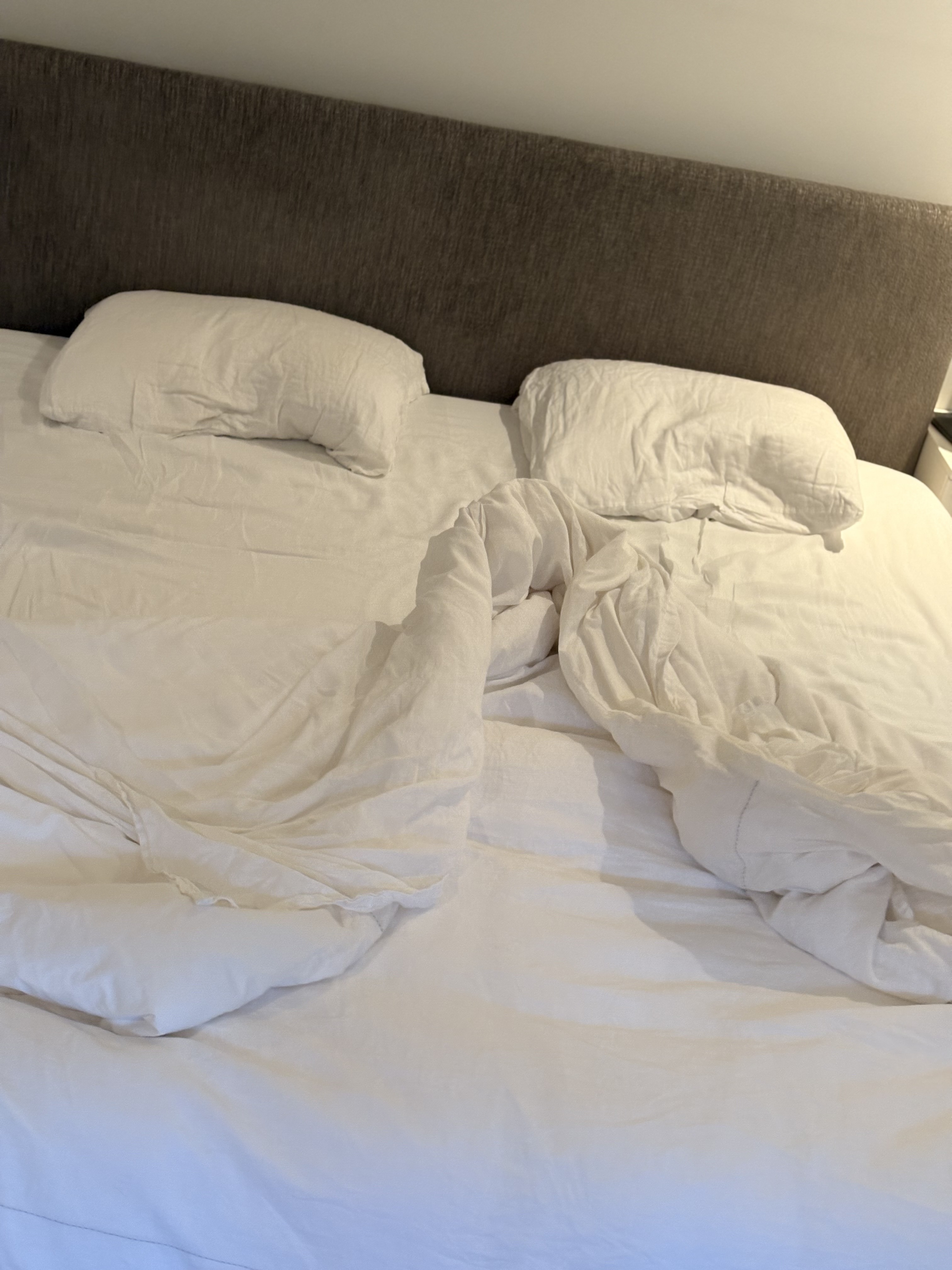
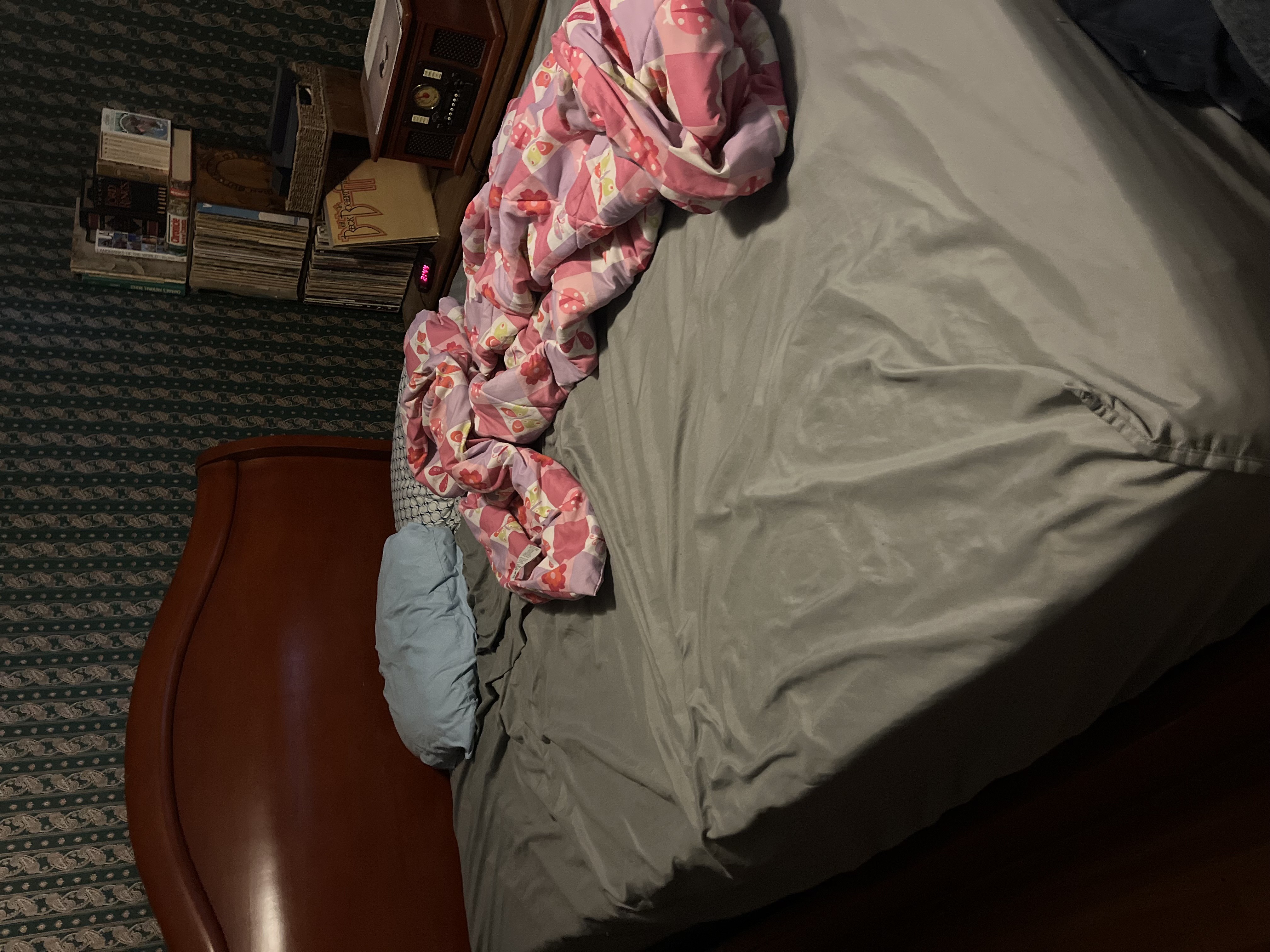
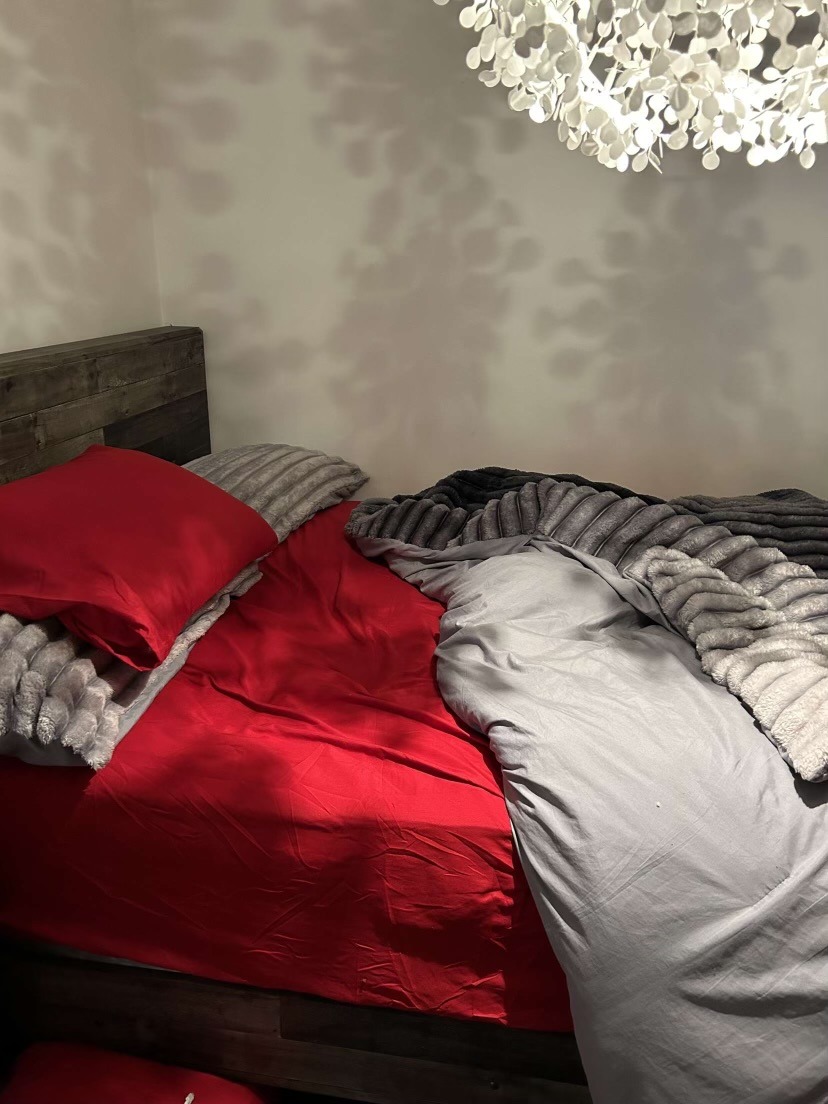
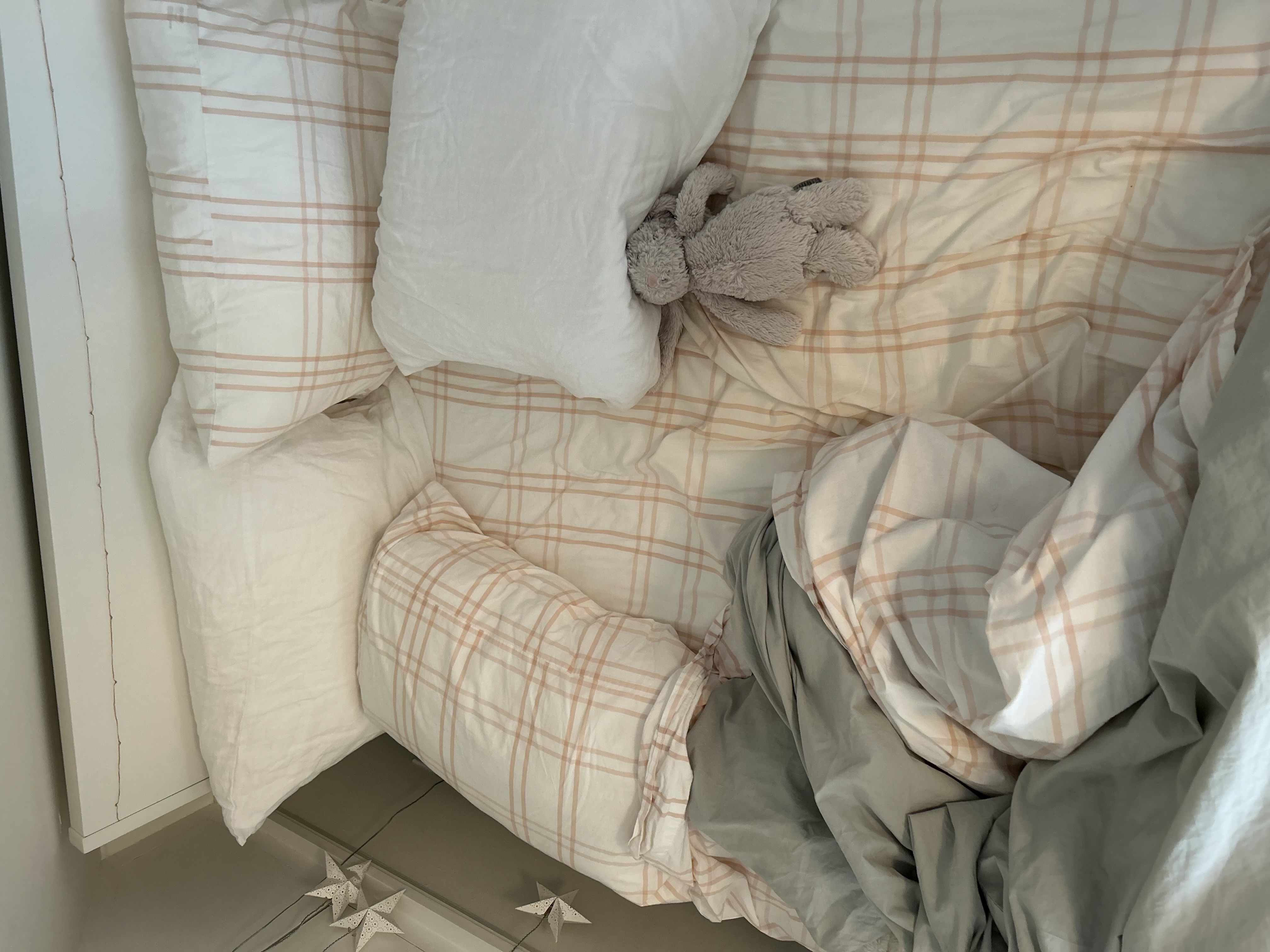
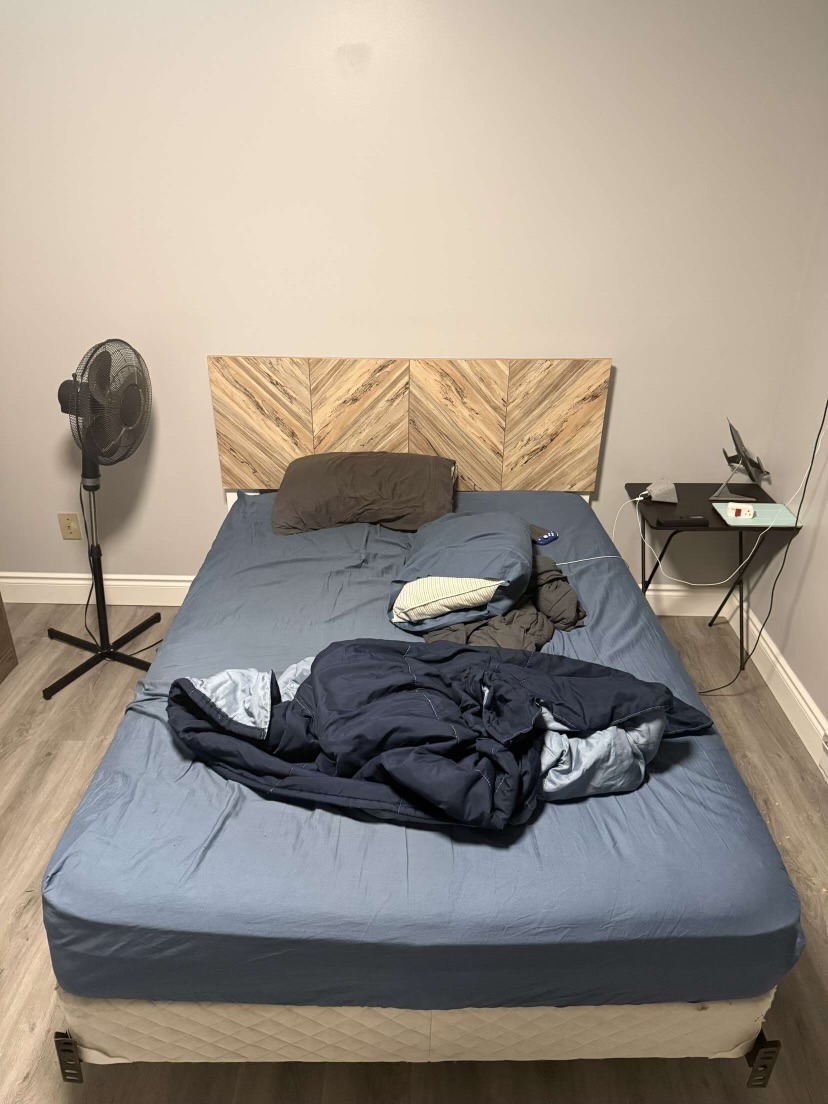
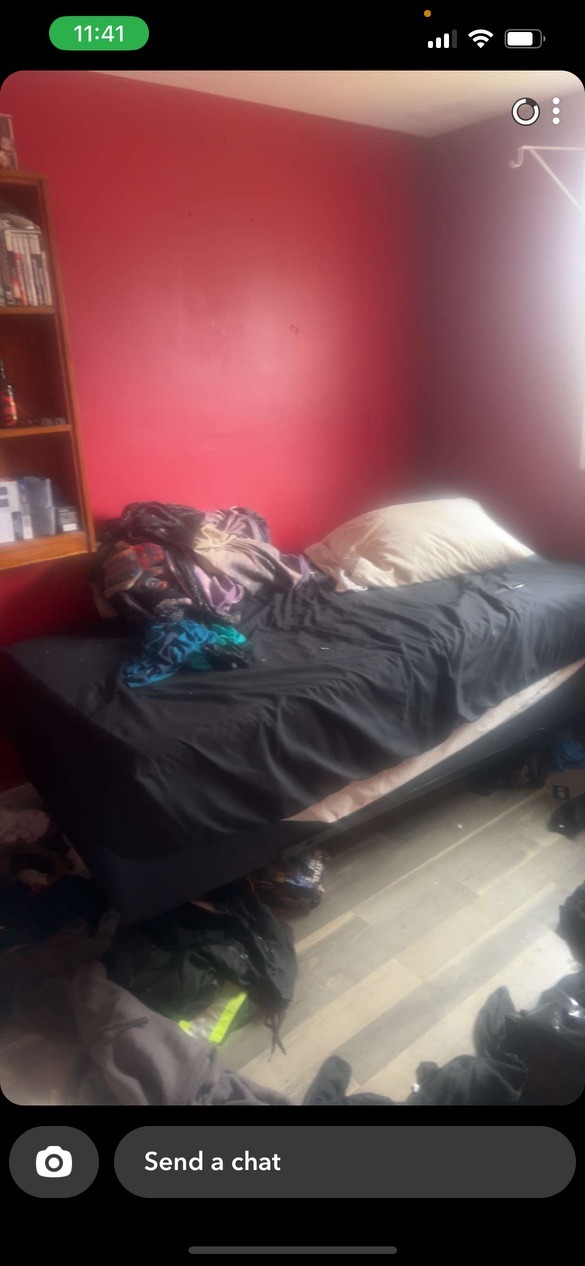
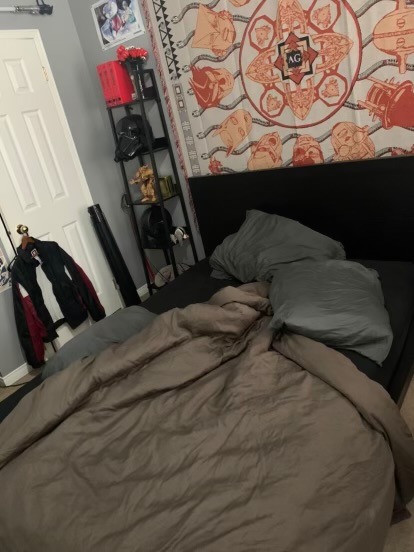
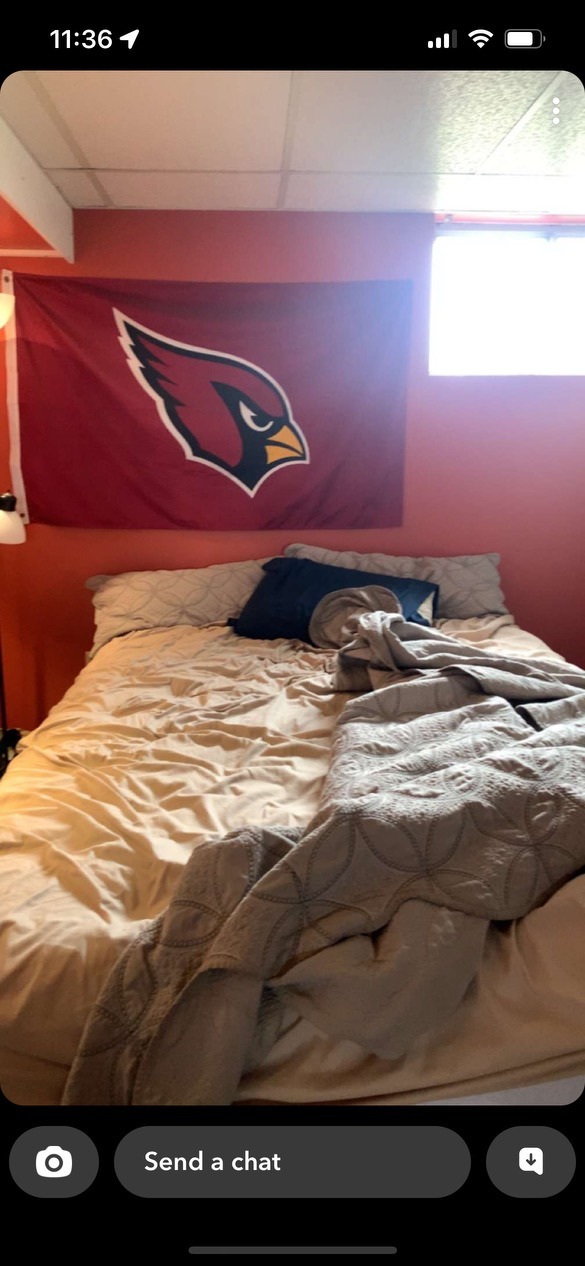
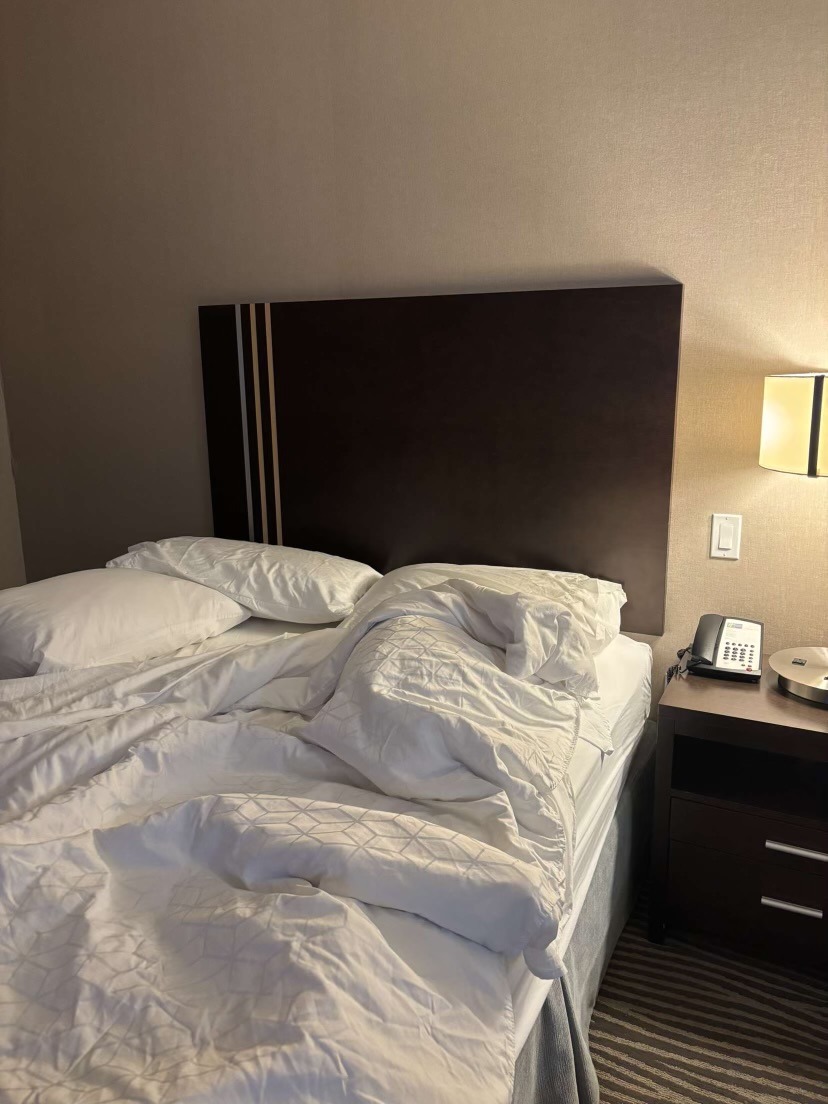
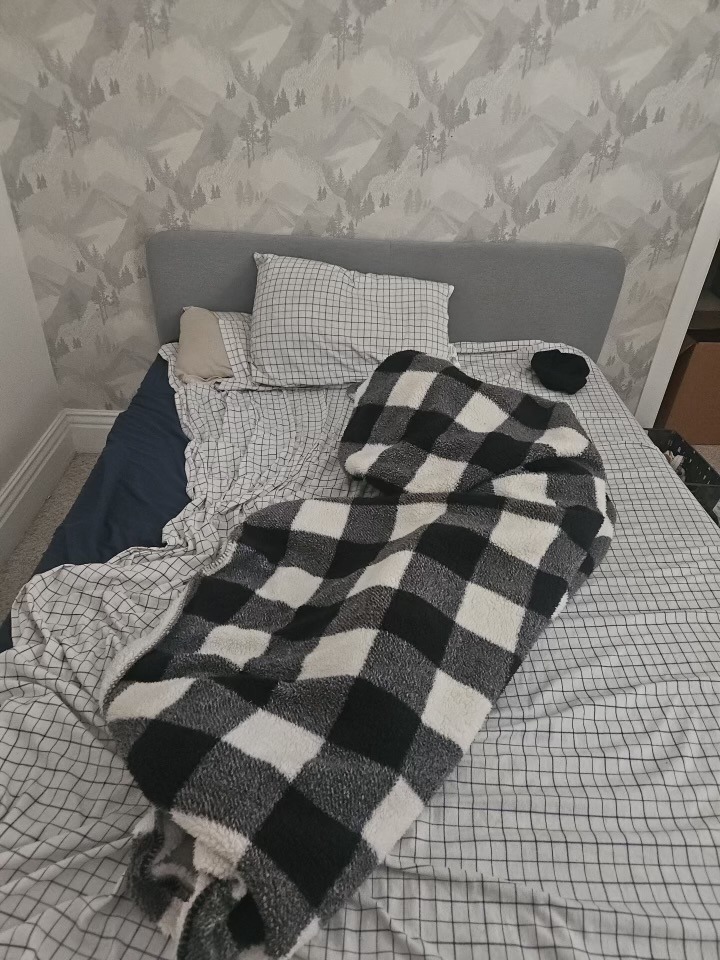
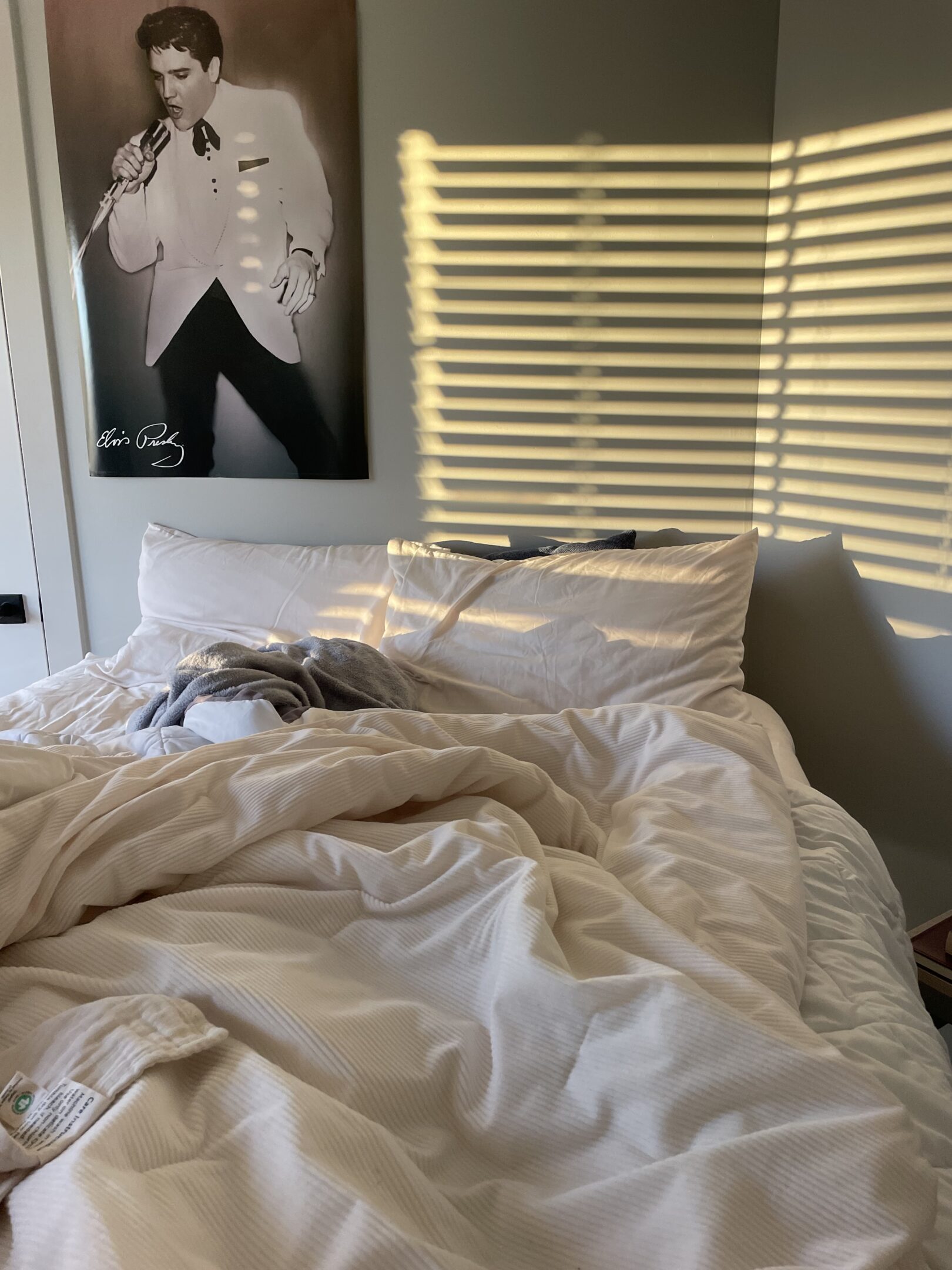

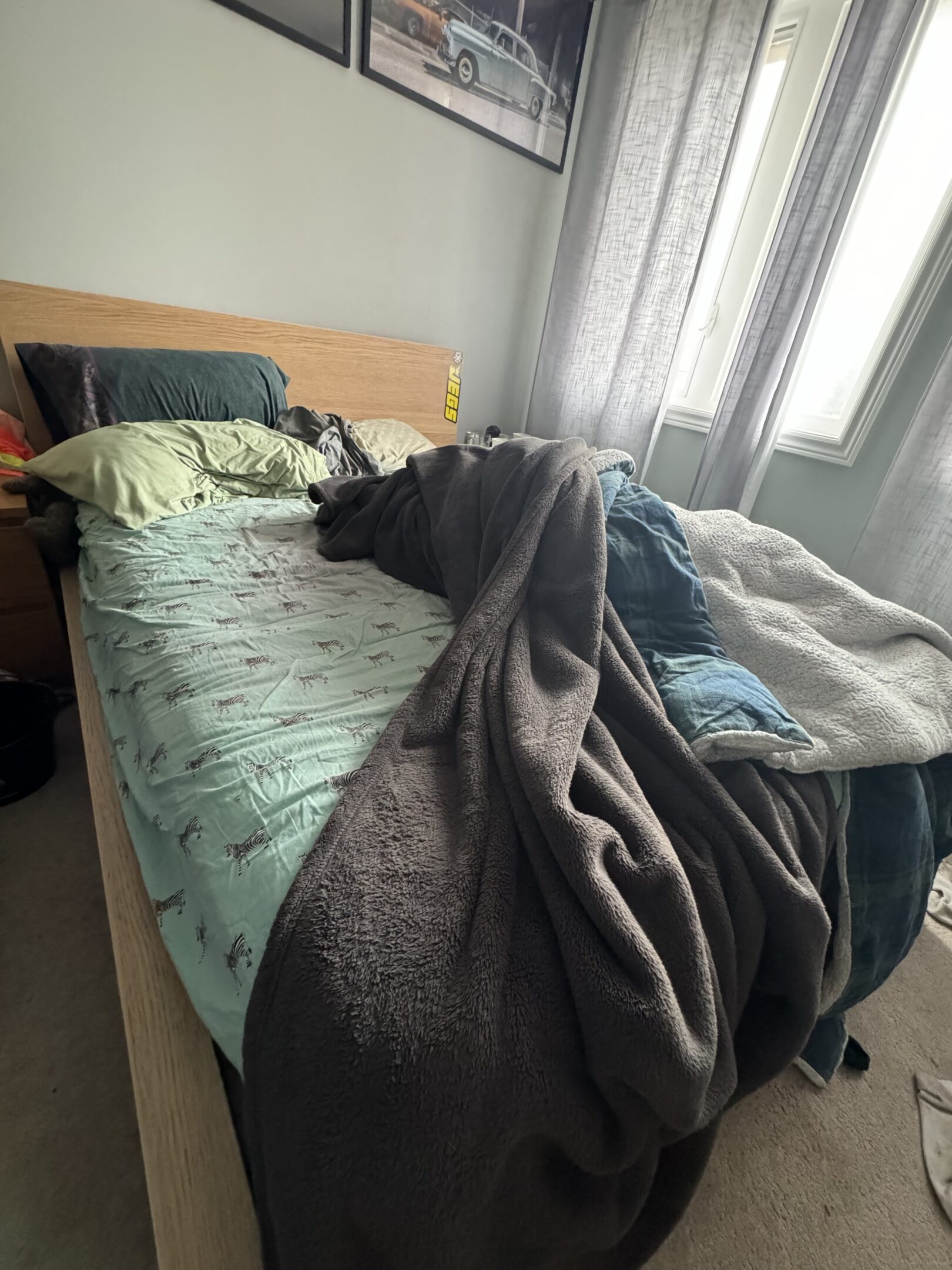
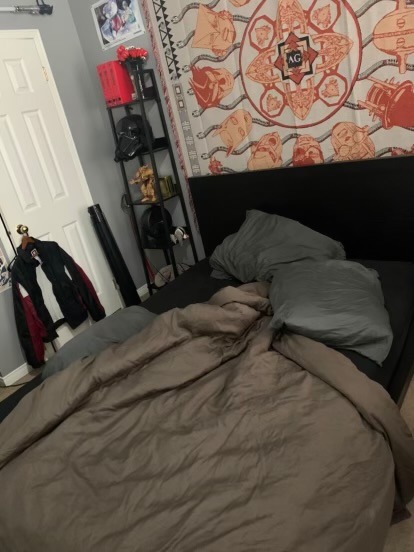
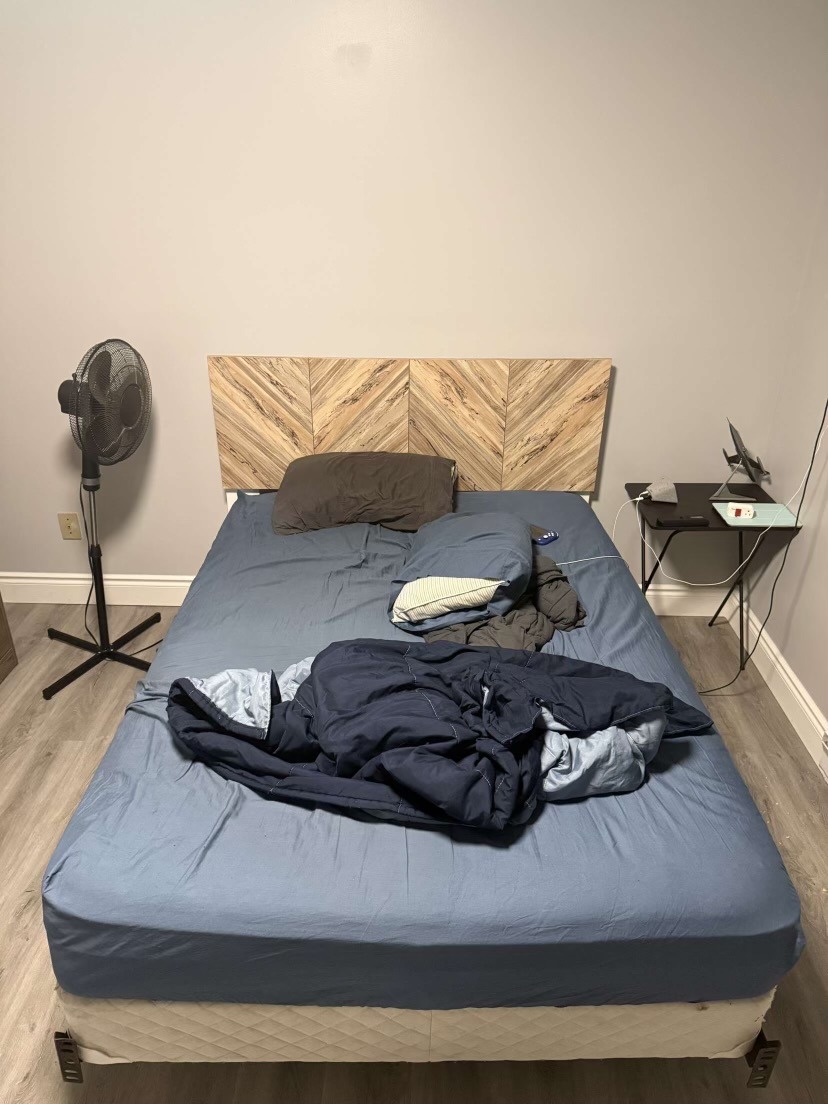
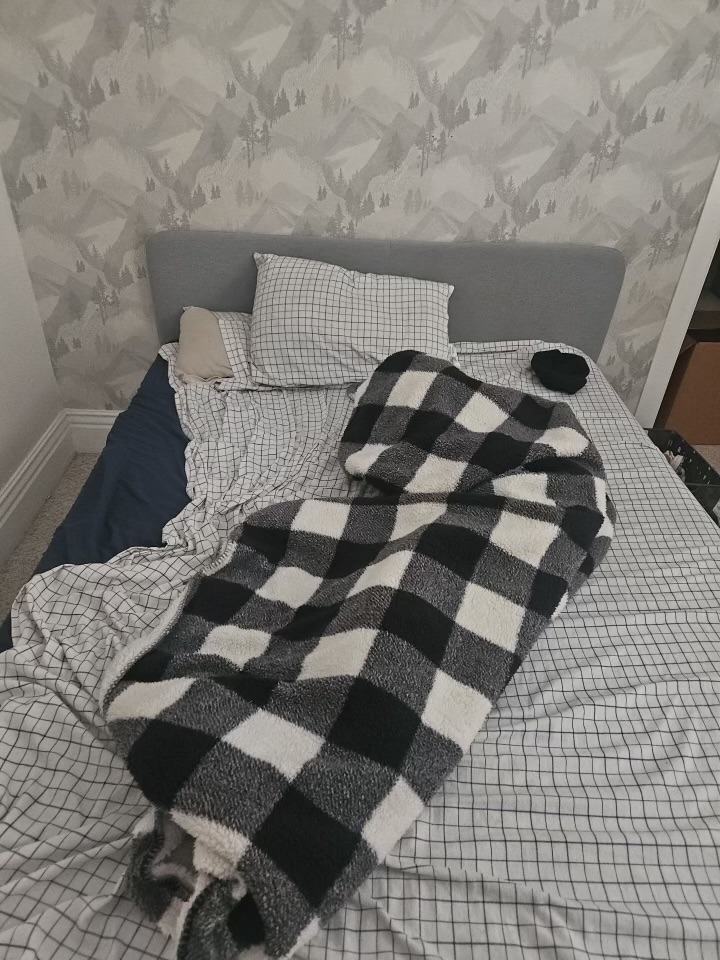
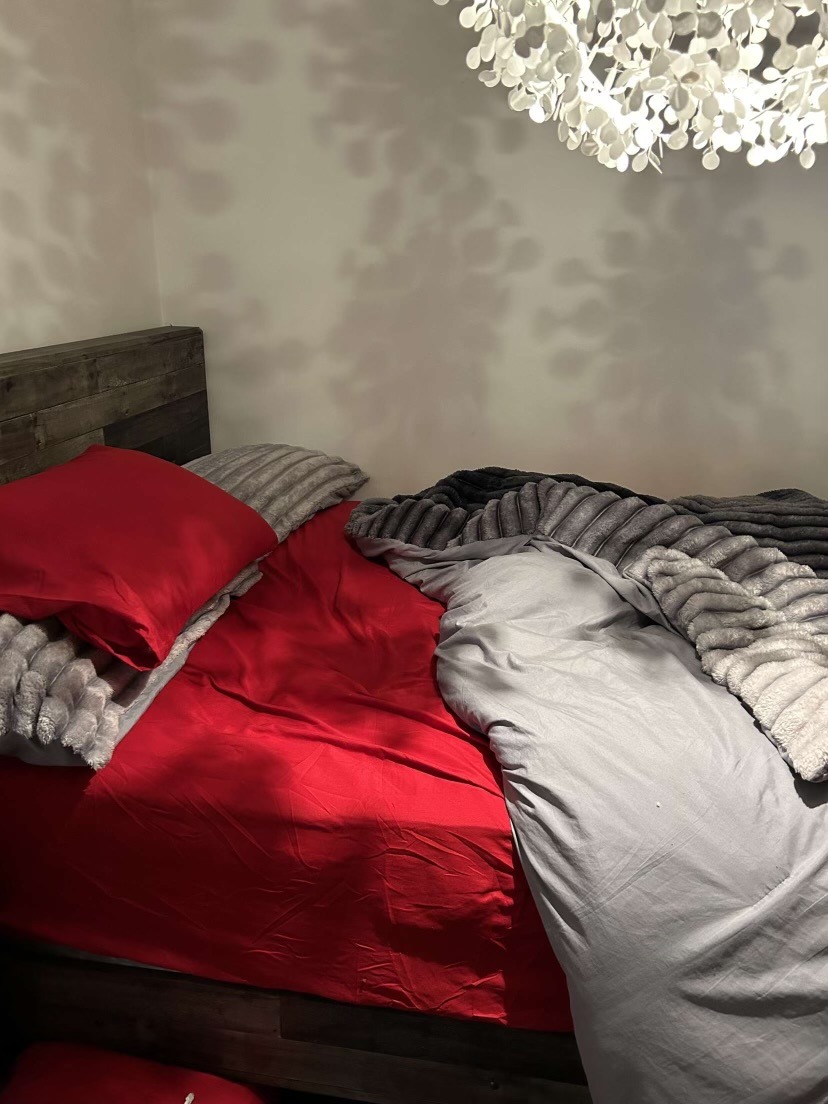
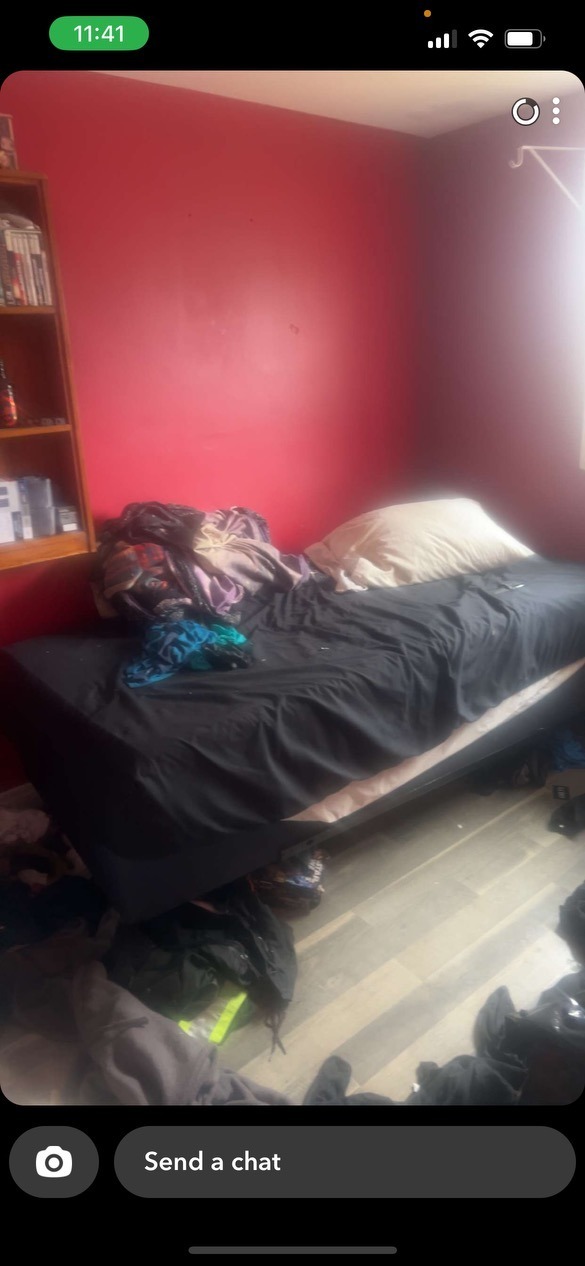
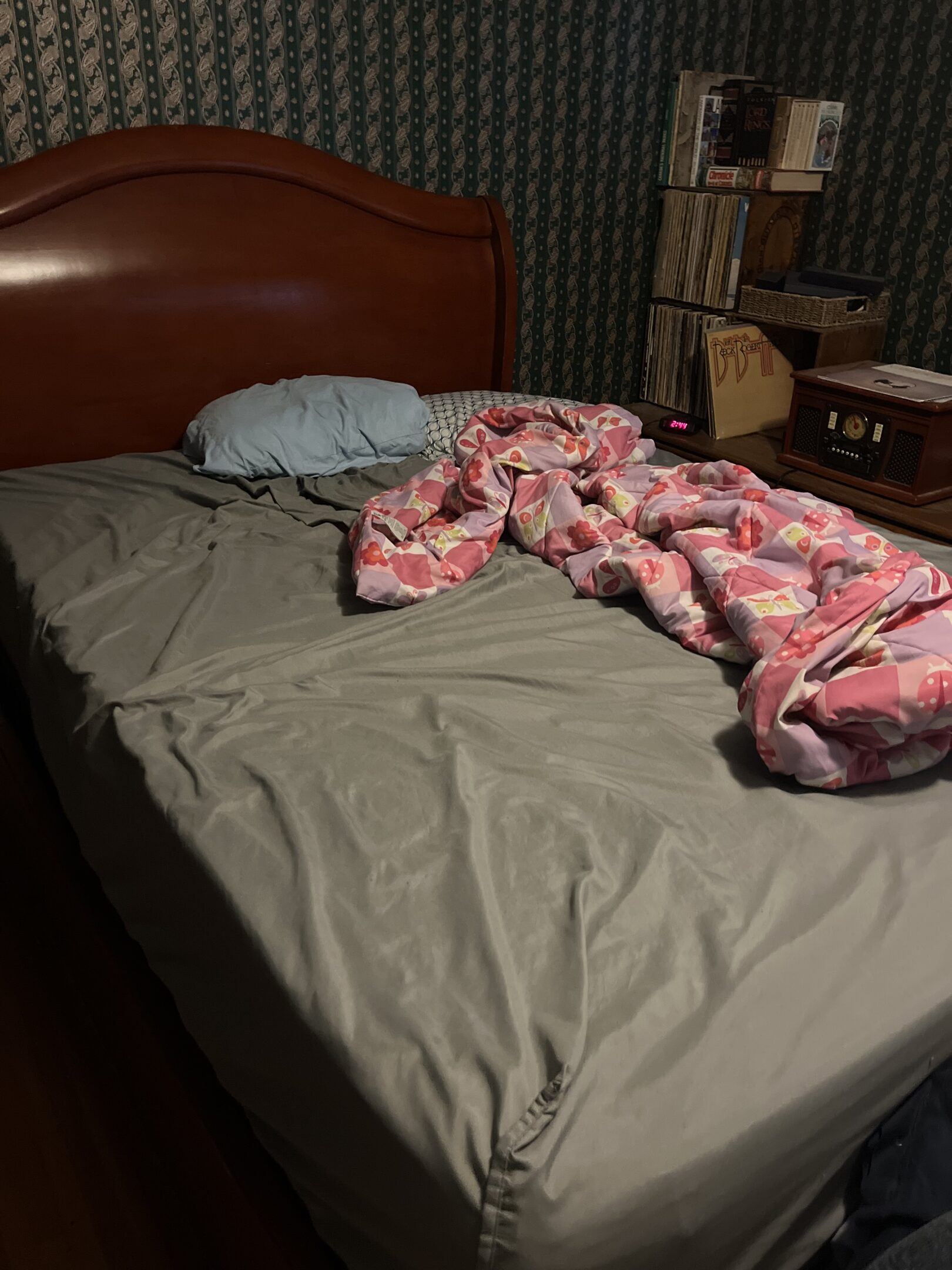
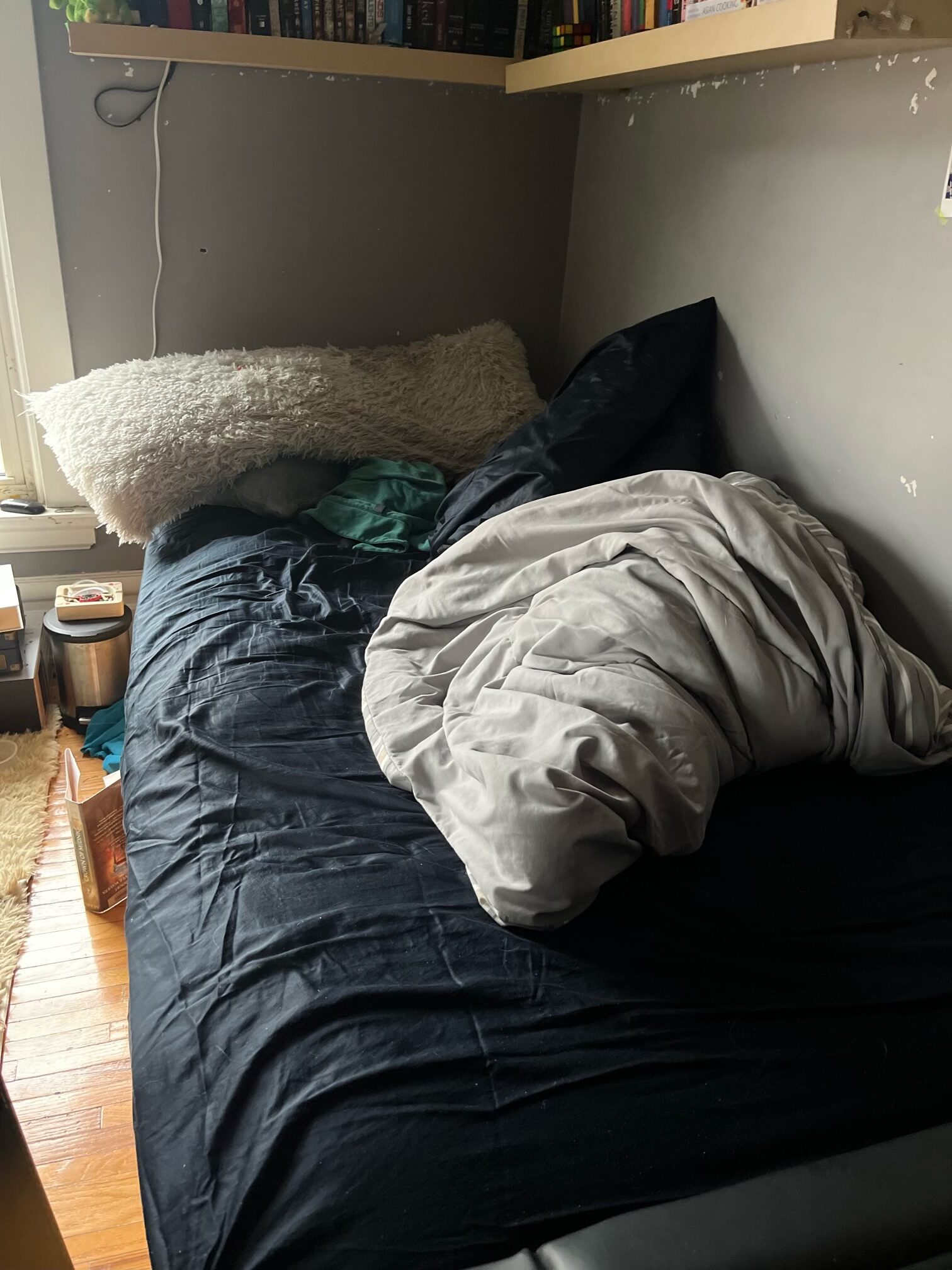
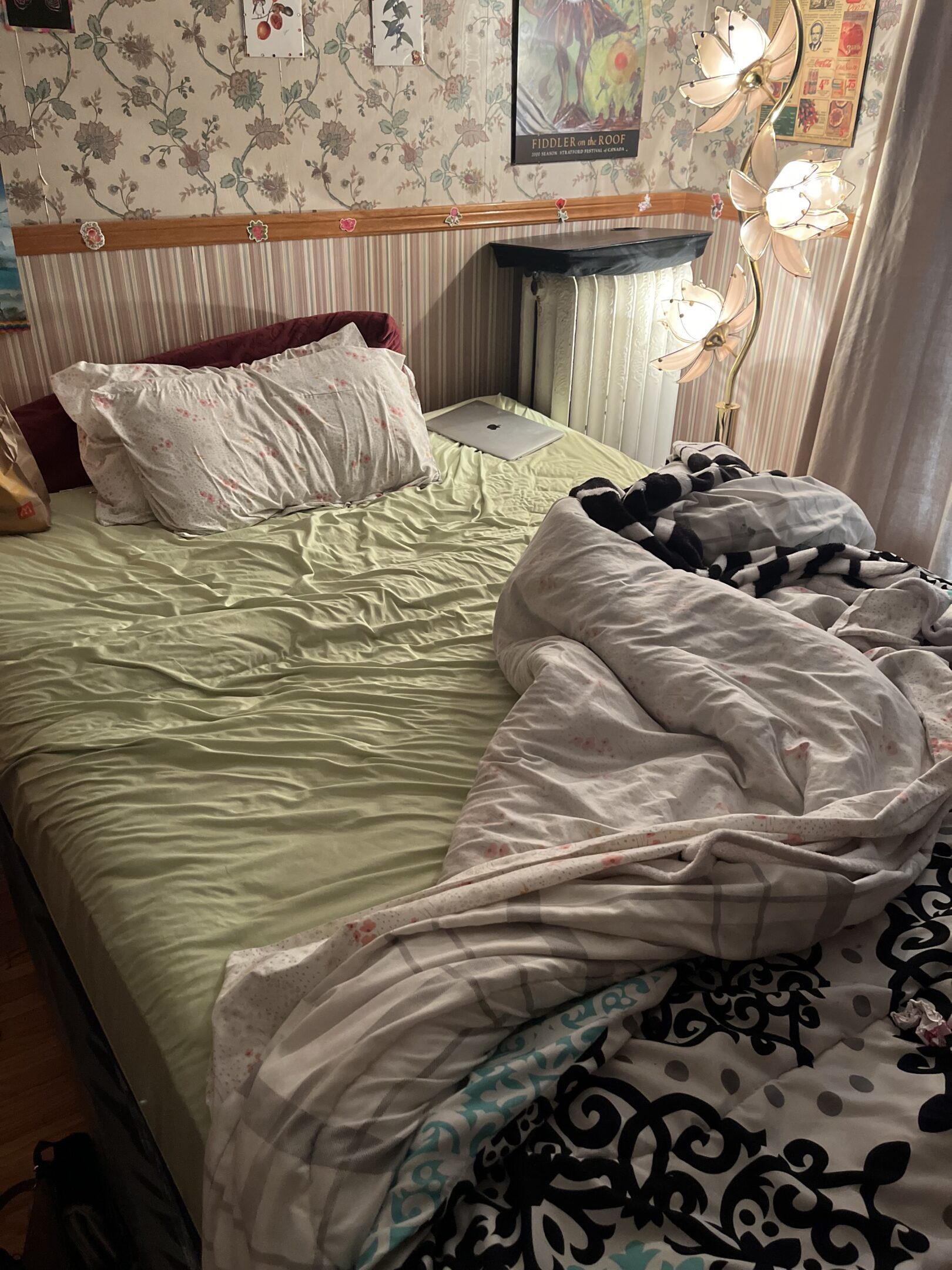
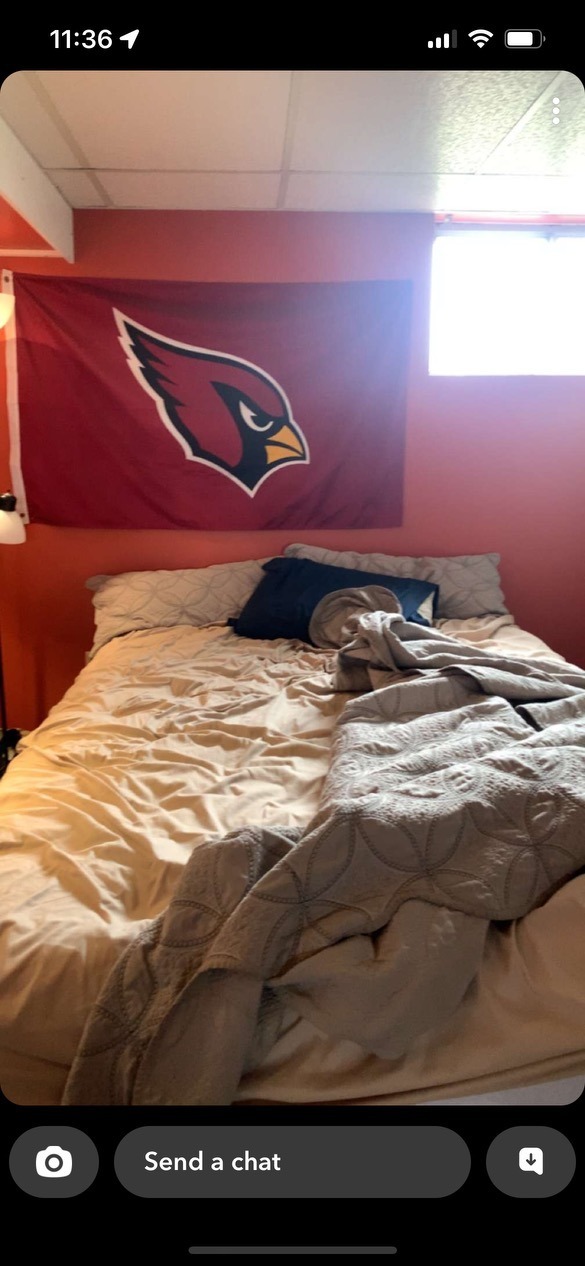
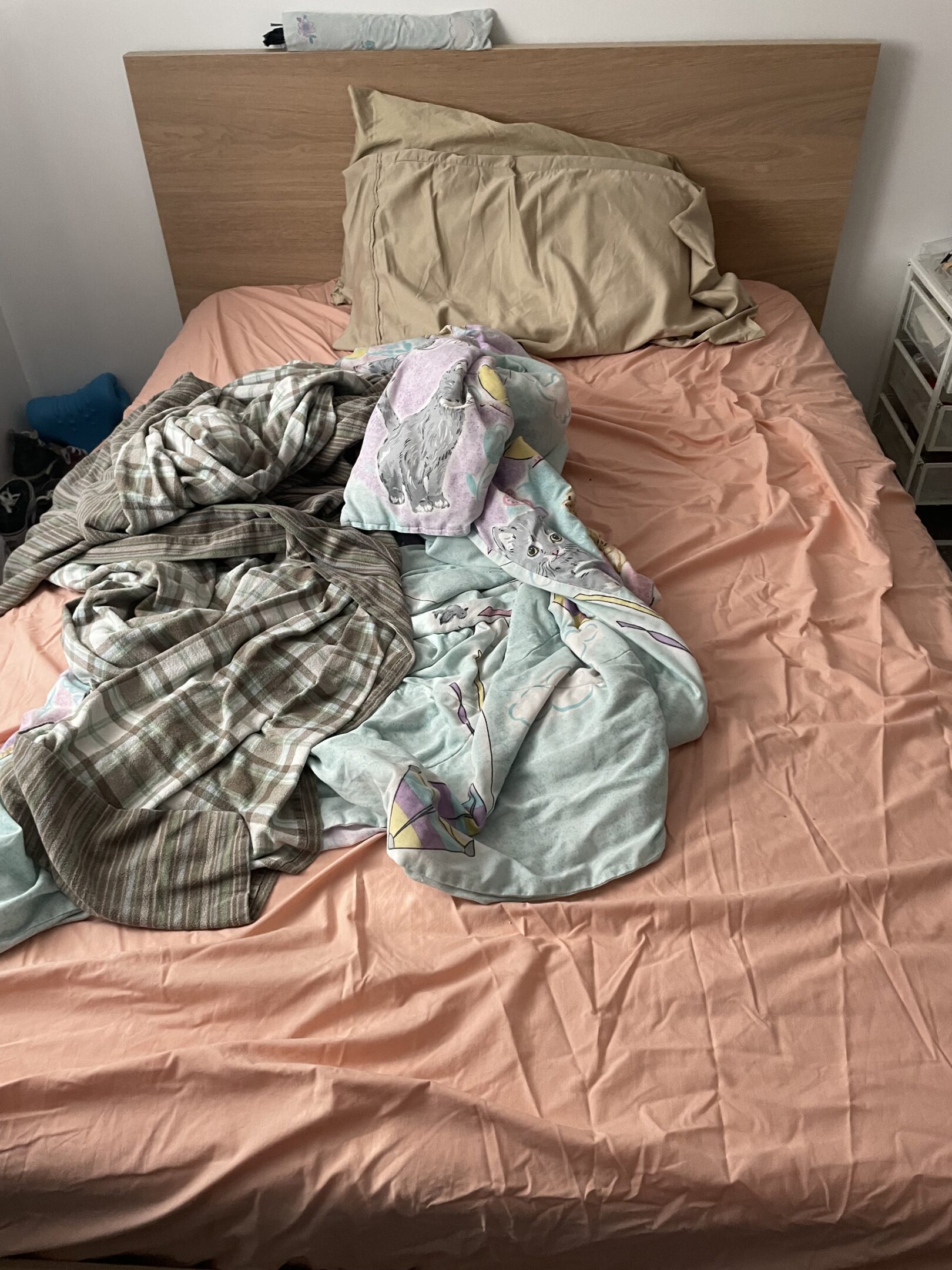
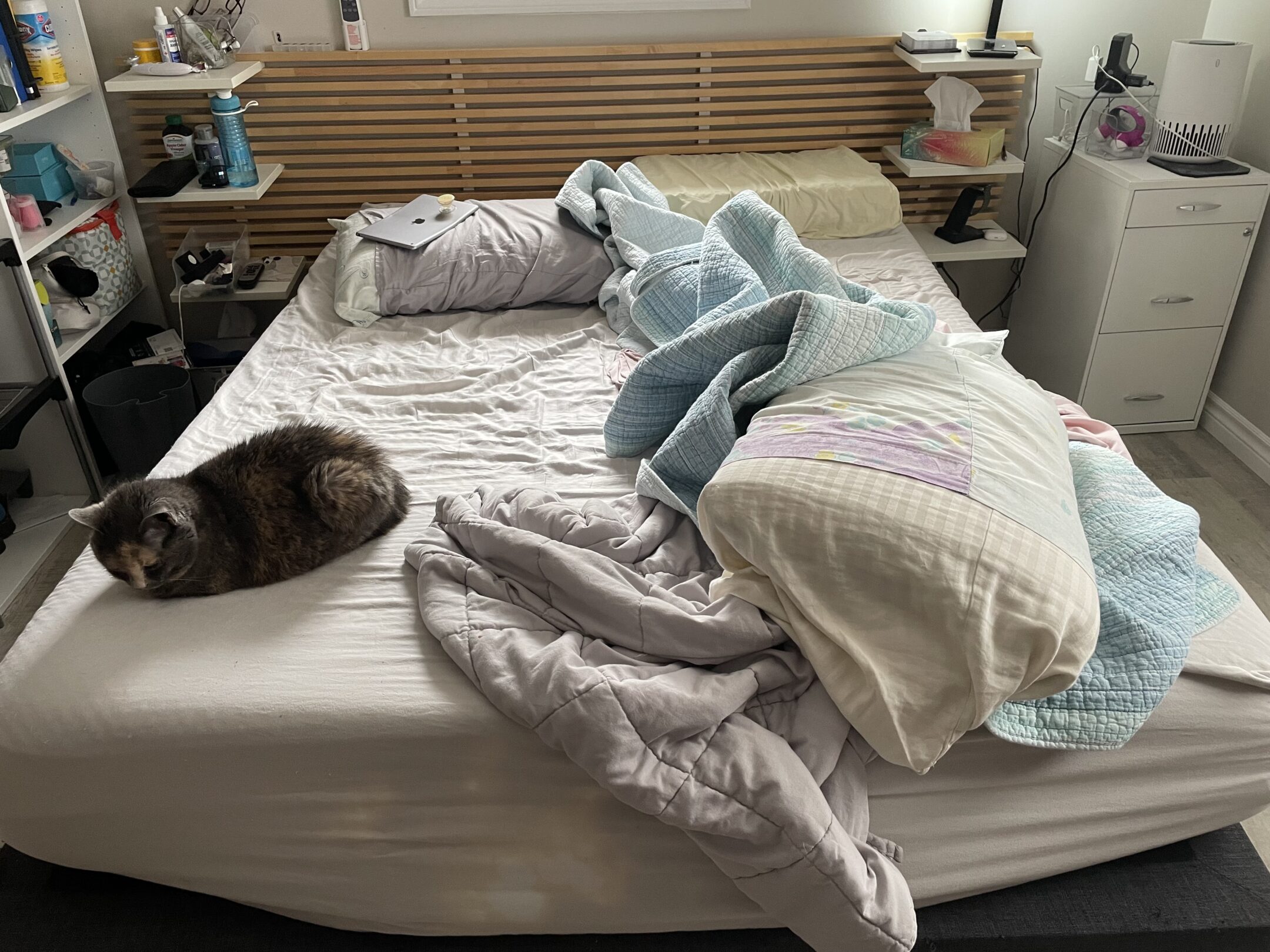
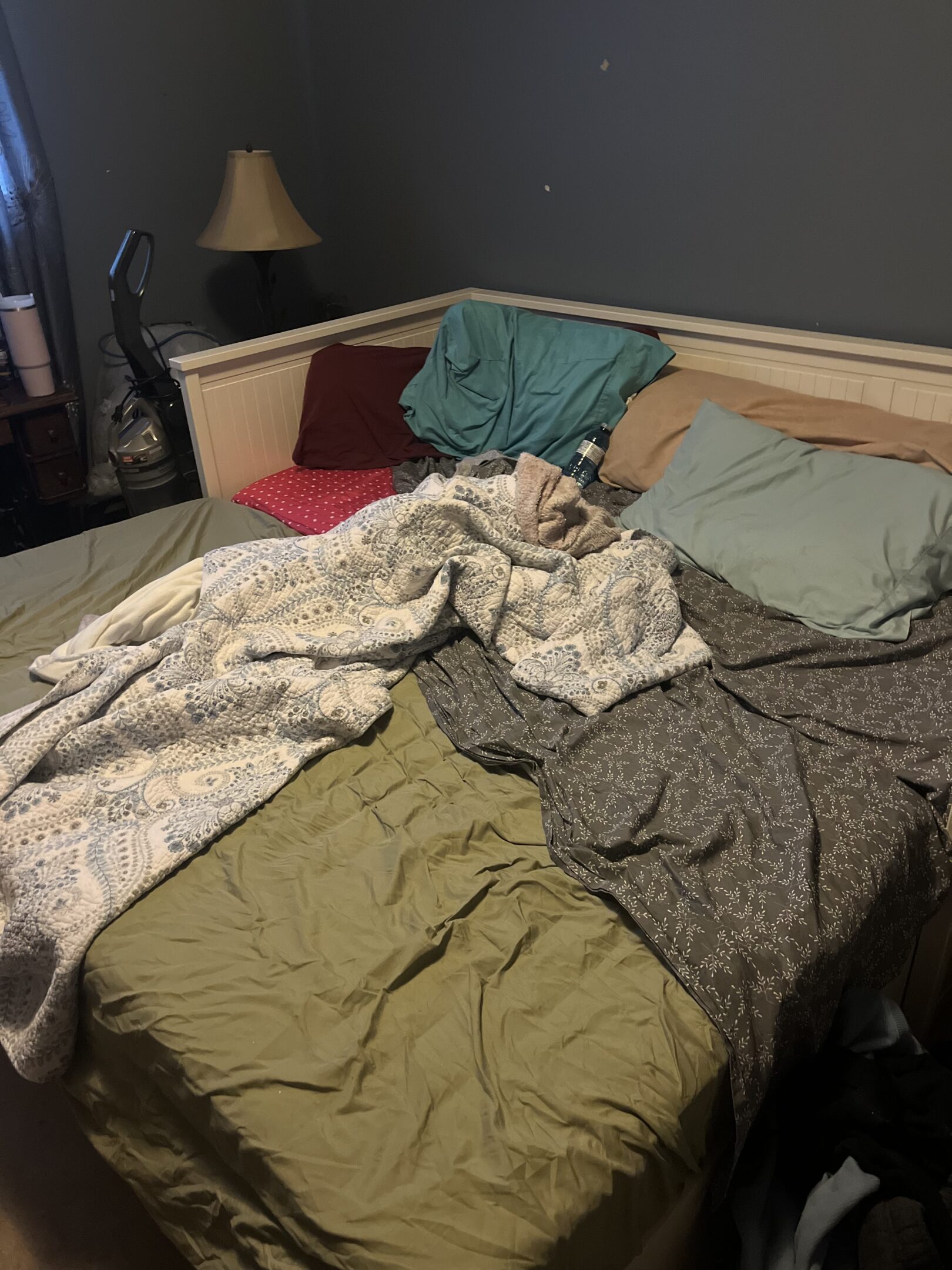

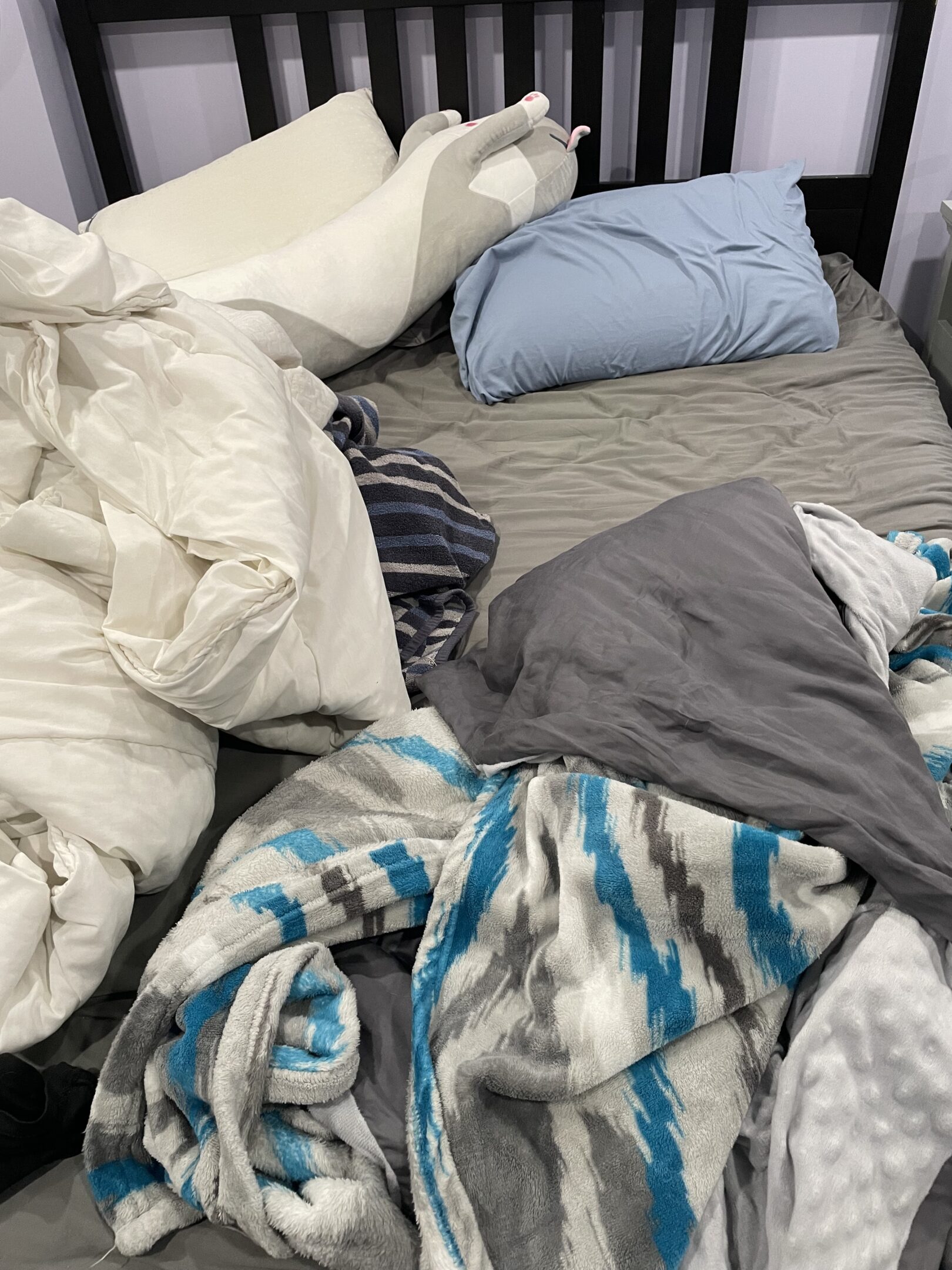
For the final project, I have chosen photos of an artist’s (Fiona Apple’s) lips. I was interested in the individuality that comes with singing, unlike musical instruments, voices are much more unique in the sounds they produce, a musician art work is made more important by the power and use of their voice, whereas instrumental music can be replicated more easily. These buttons provoke conversation about whether people think instrumental sounds or vocal sounds are more important to a good song/ successful song. Additionally, these buttons showcase this particular artist’s instrument of choice, her use of her voice to create art and the uniqueness that comes with individual voices.

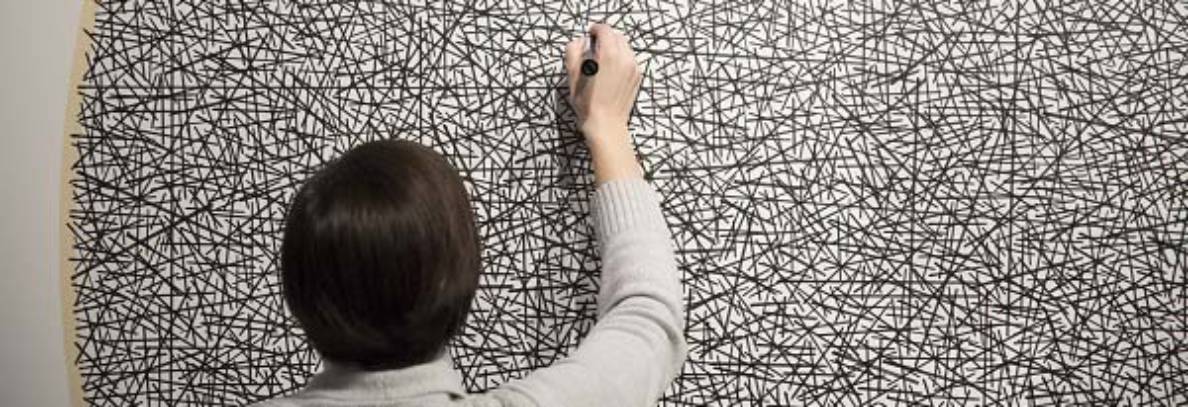
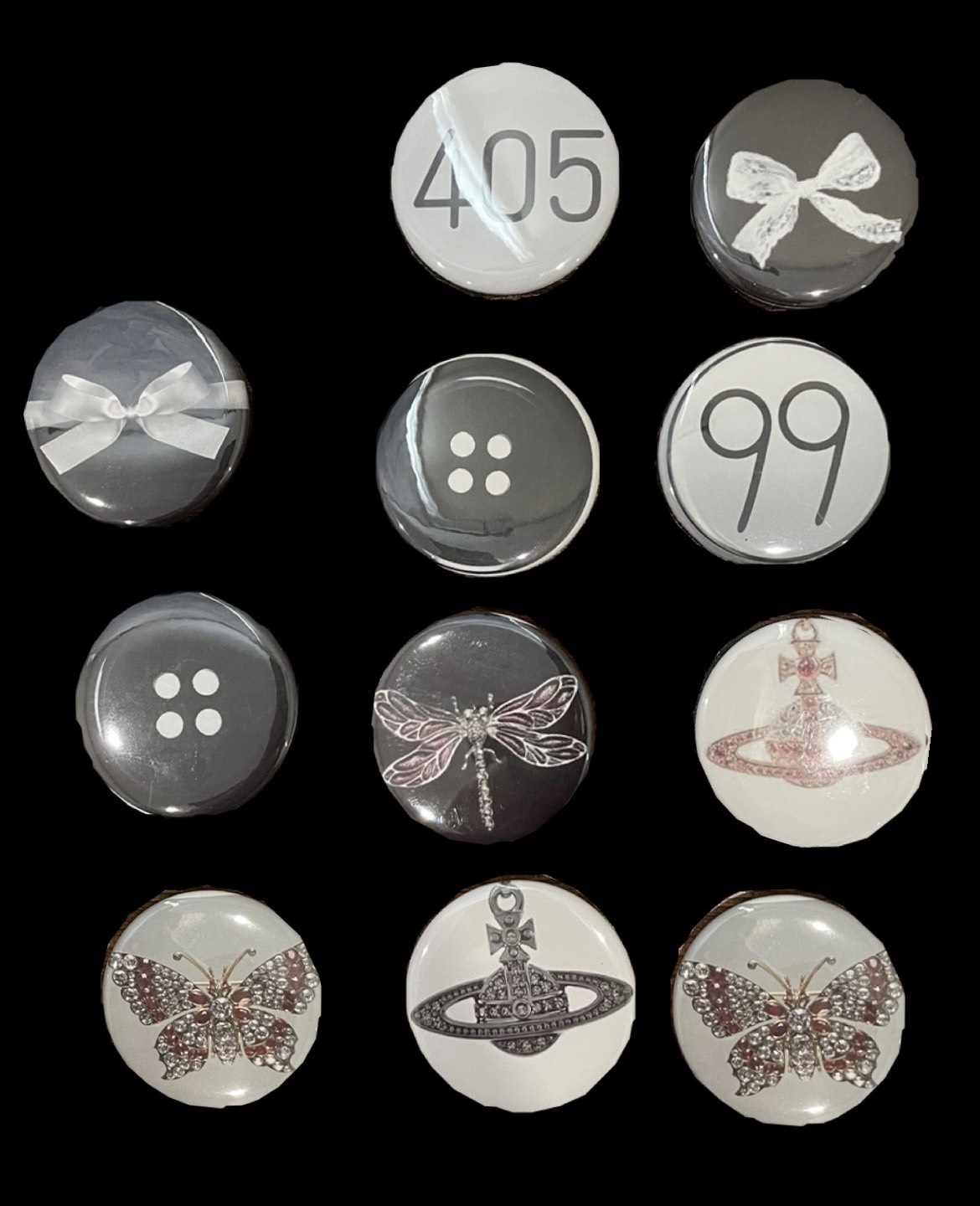
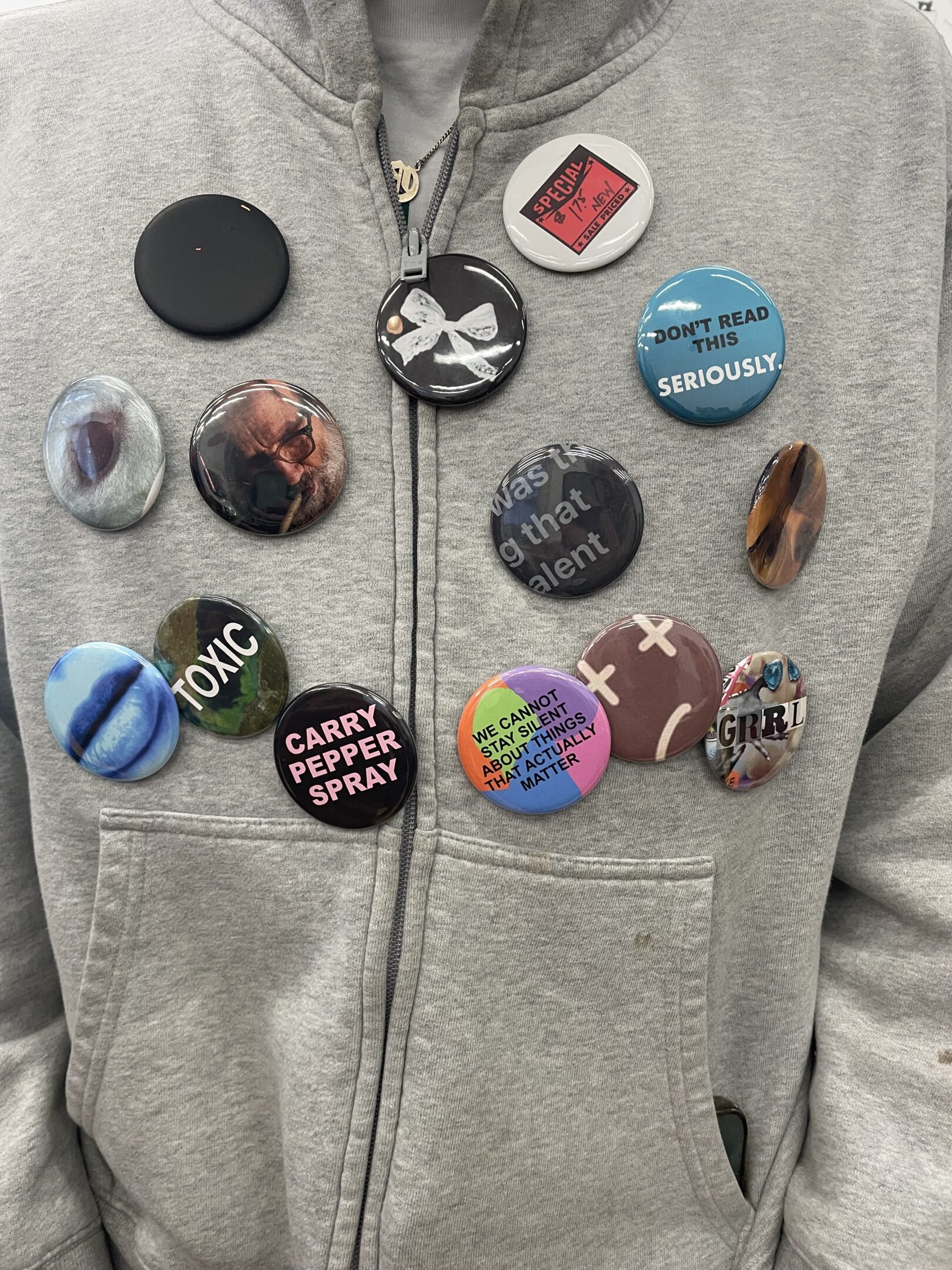
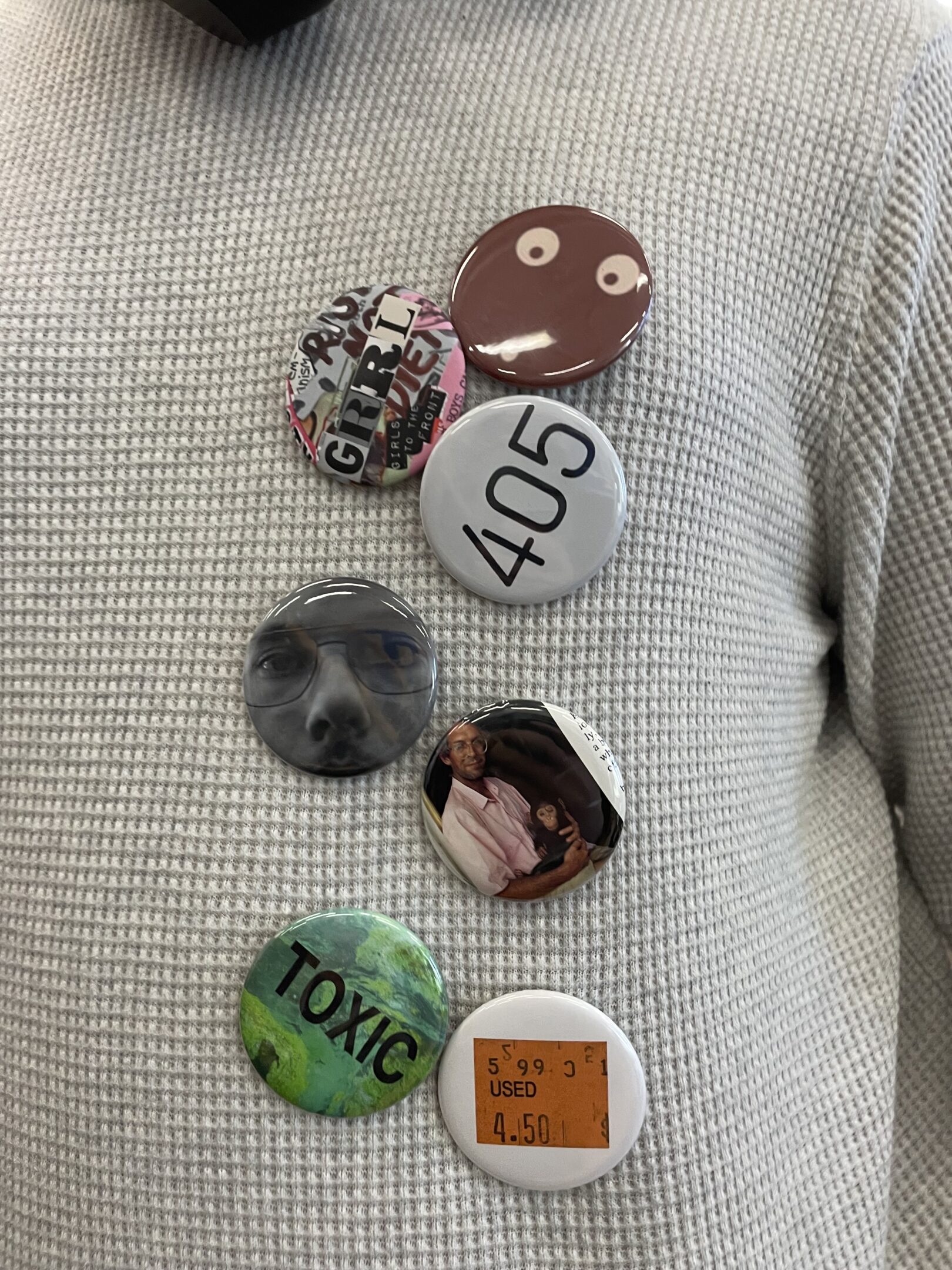
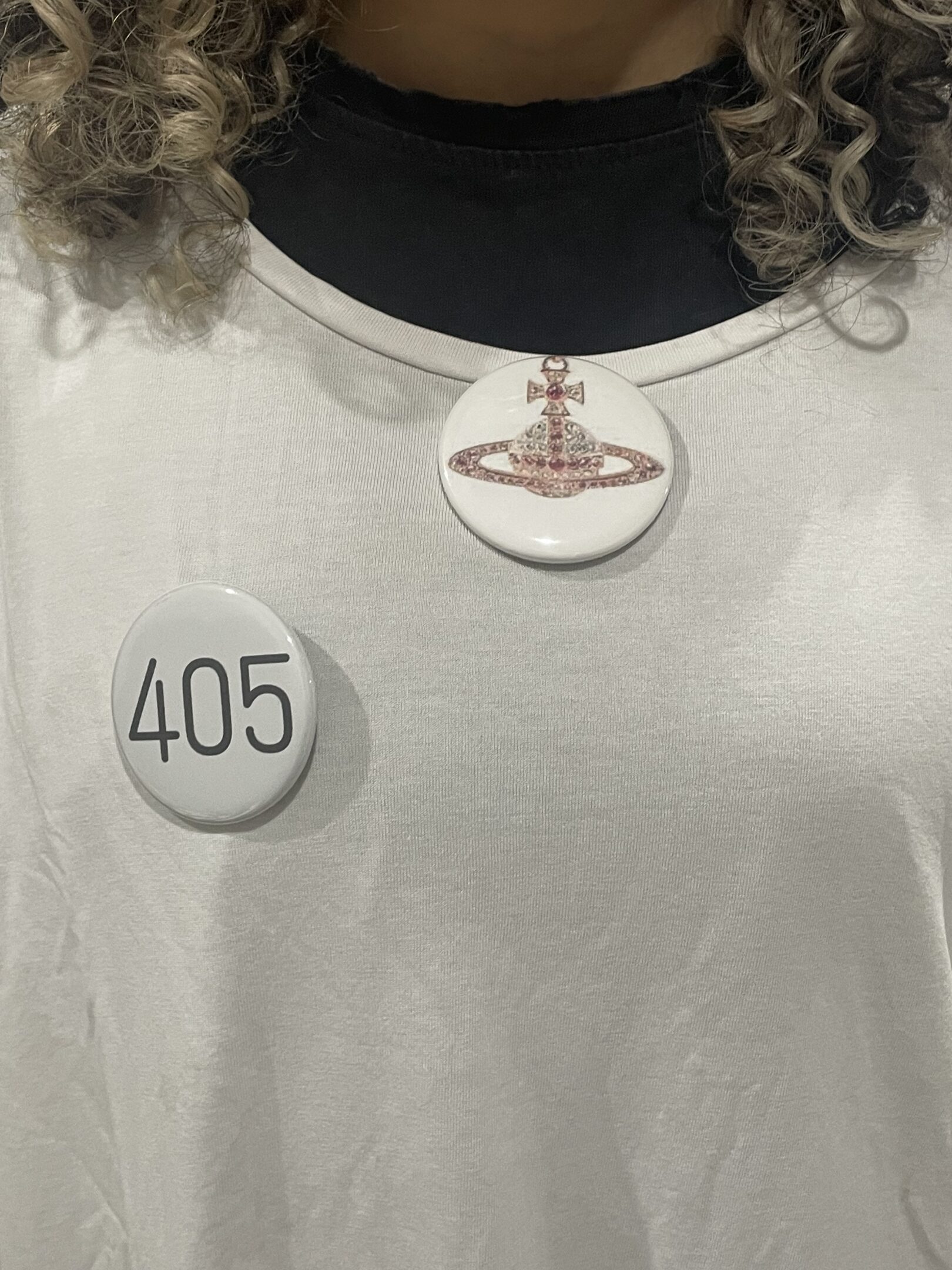
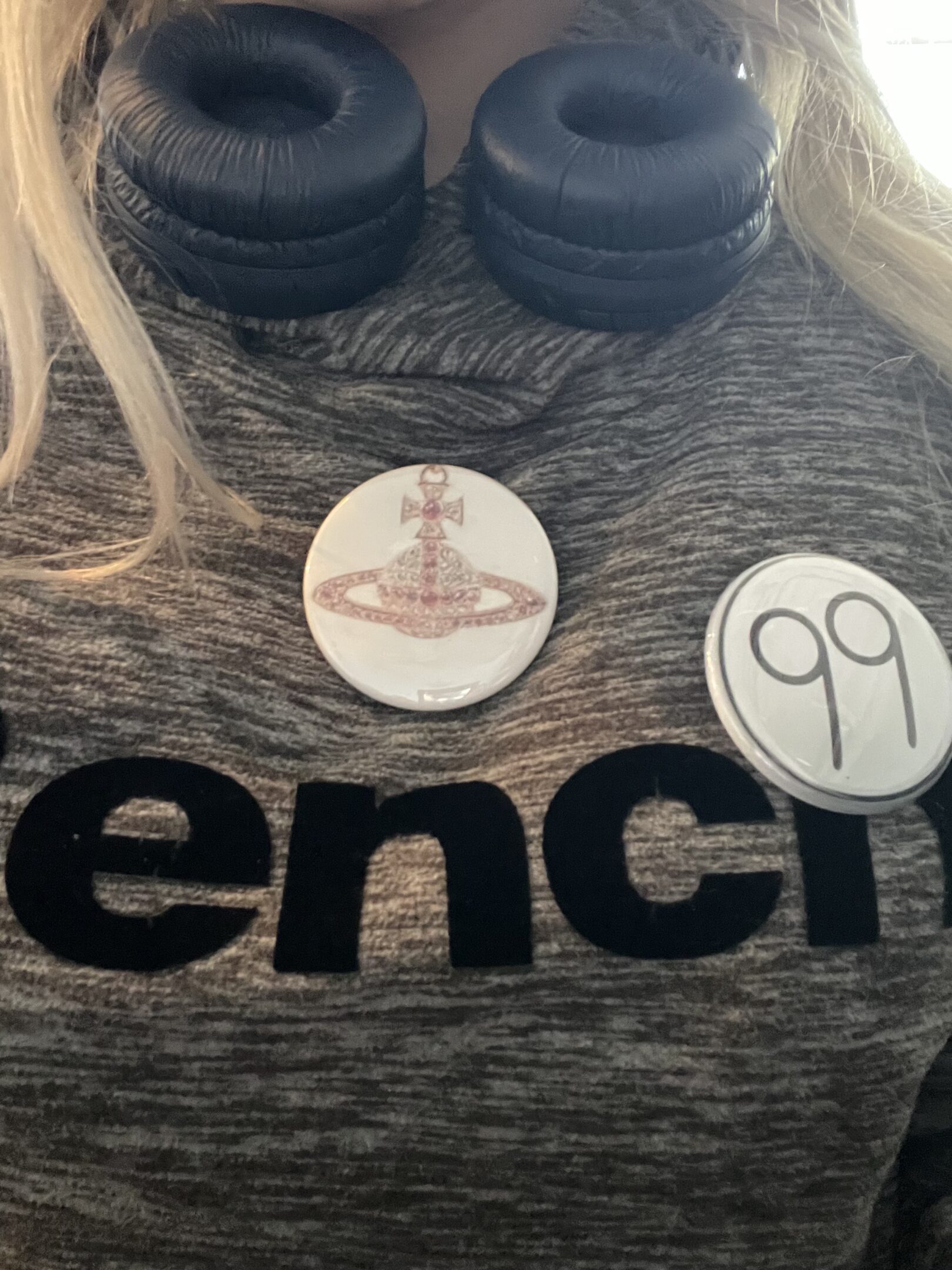
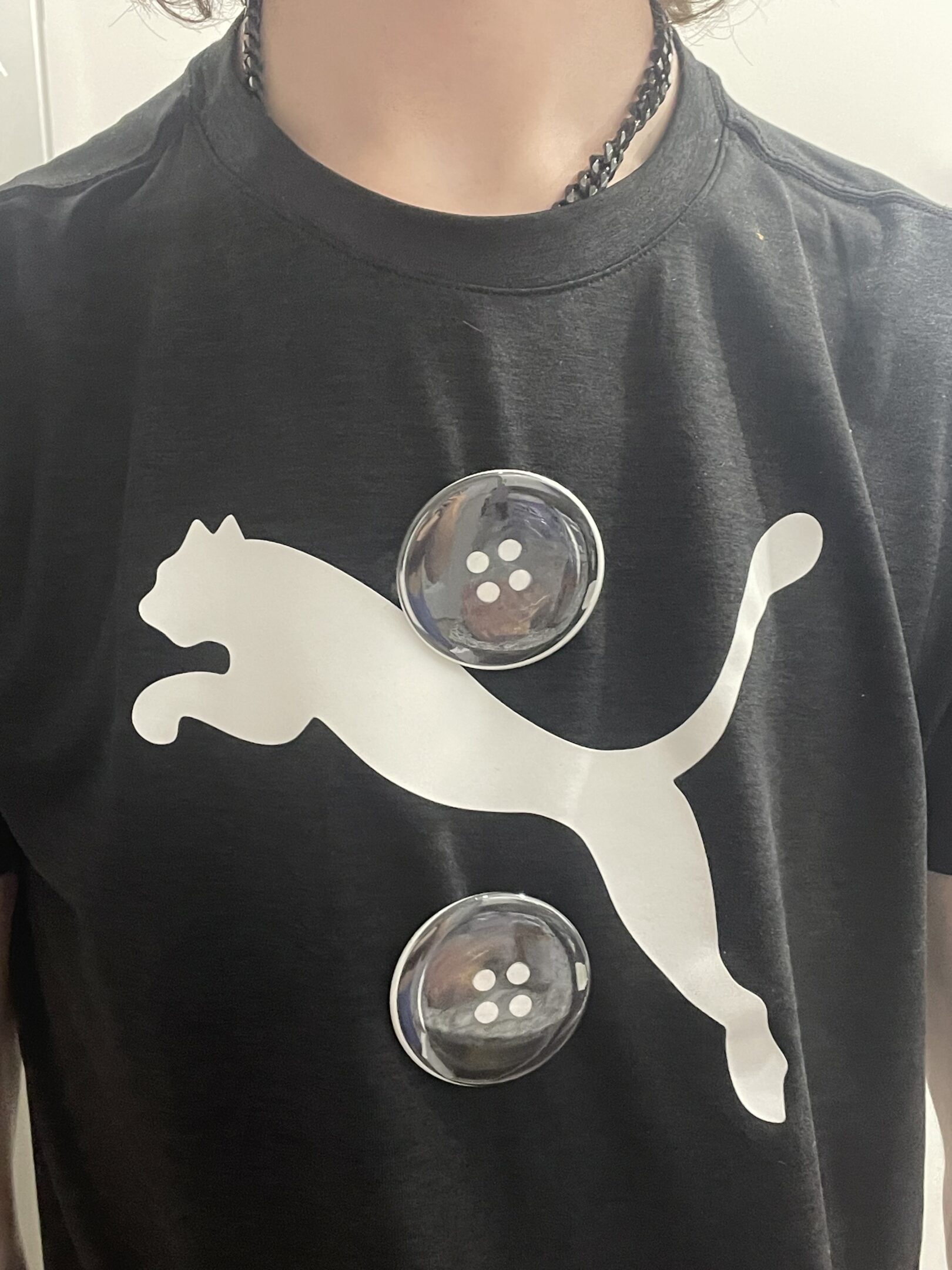
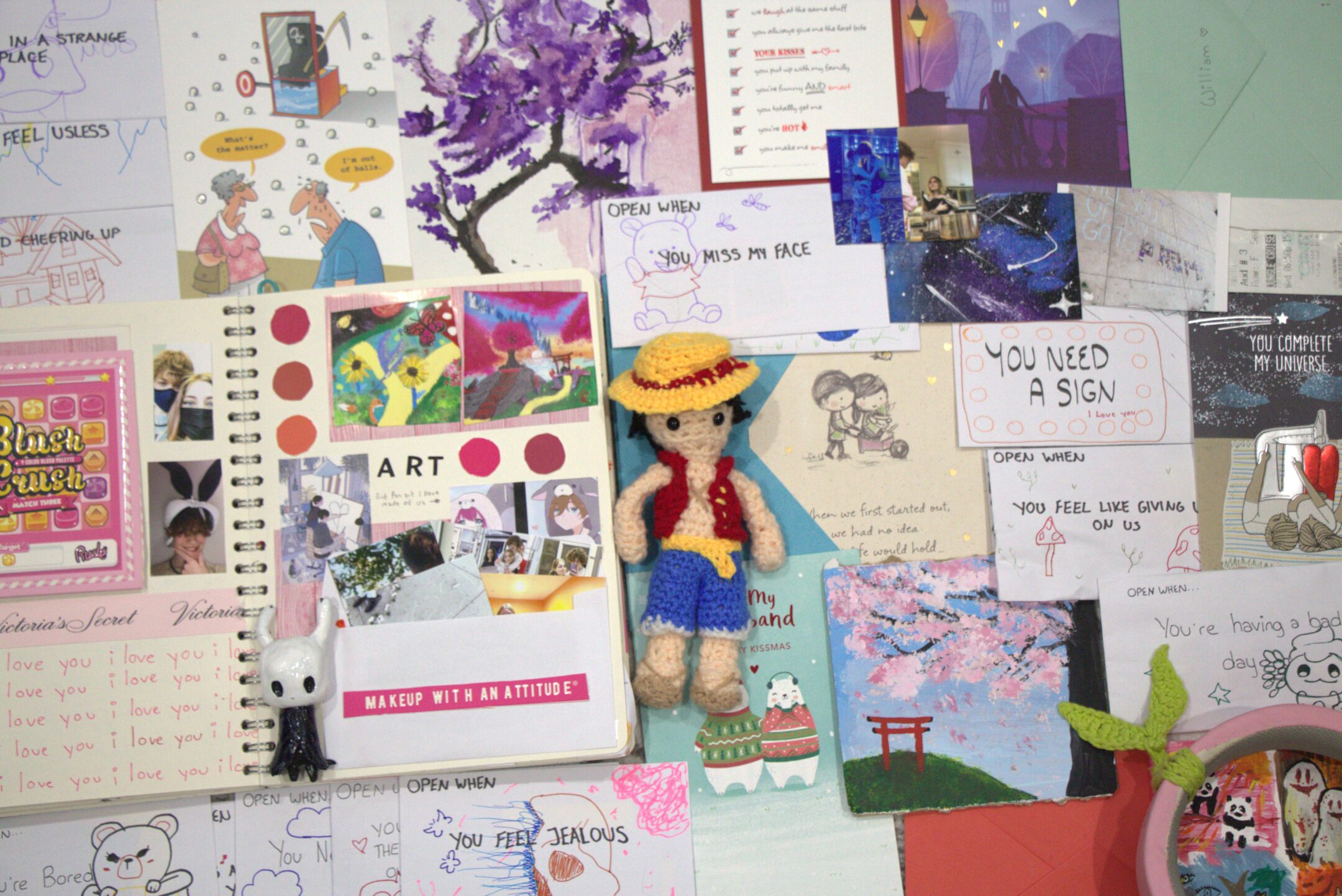
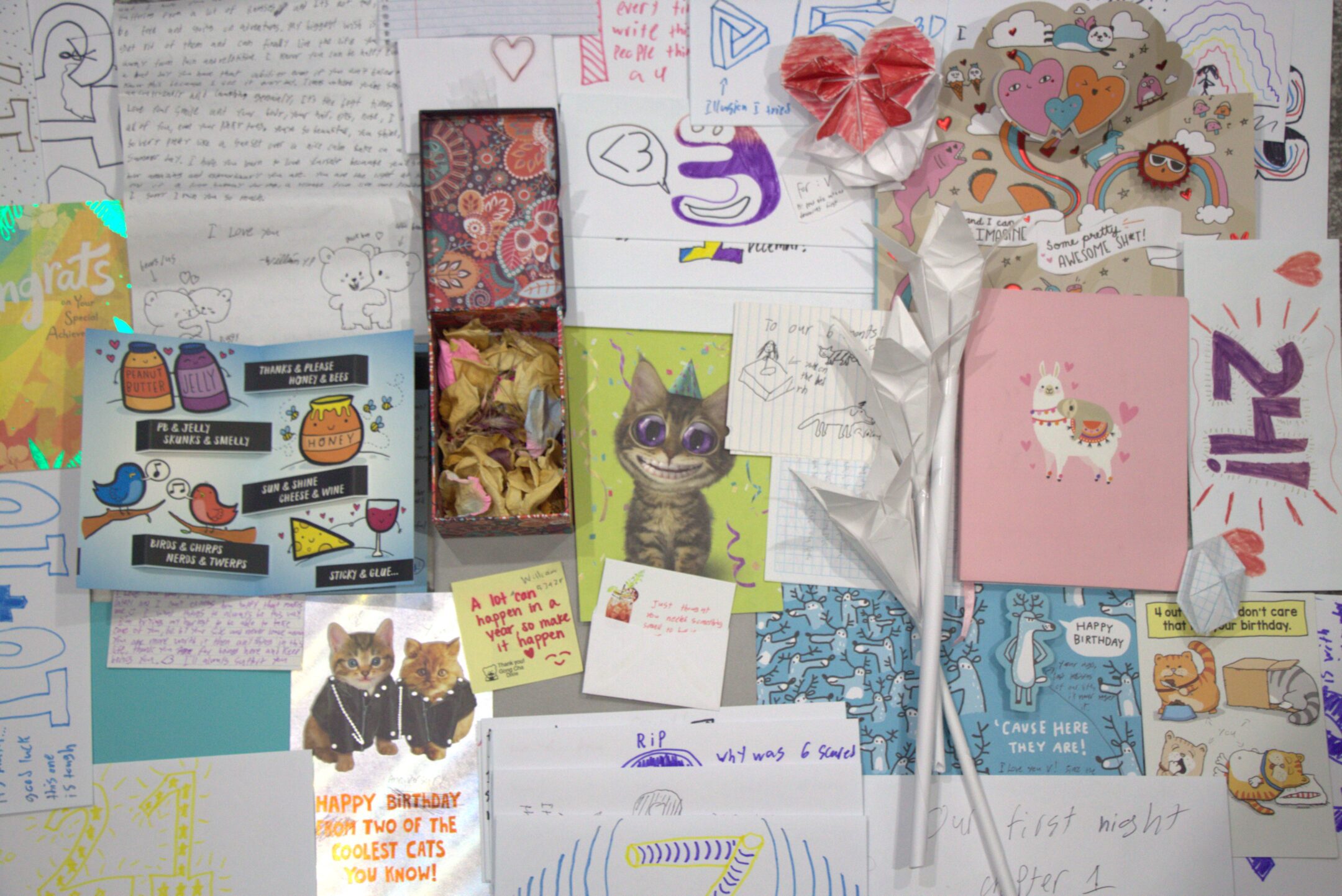
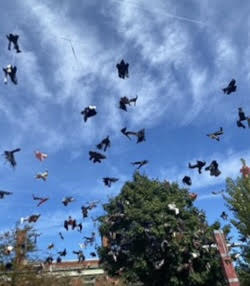

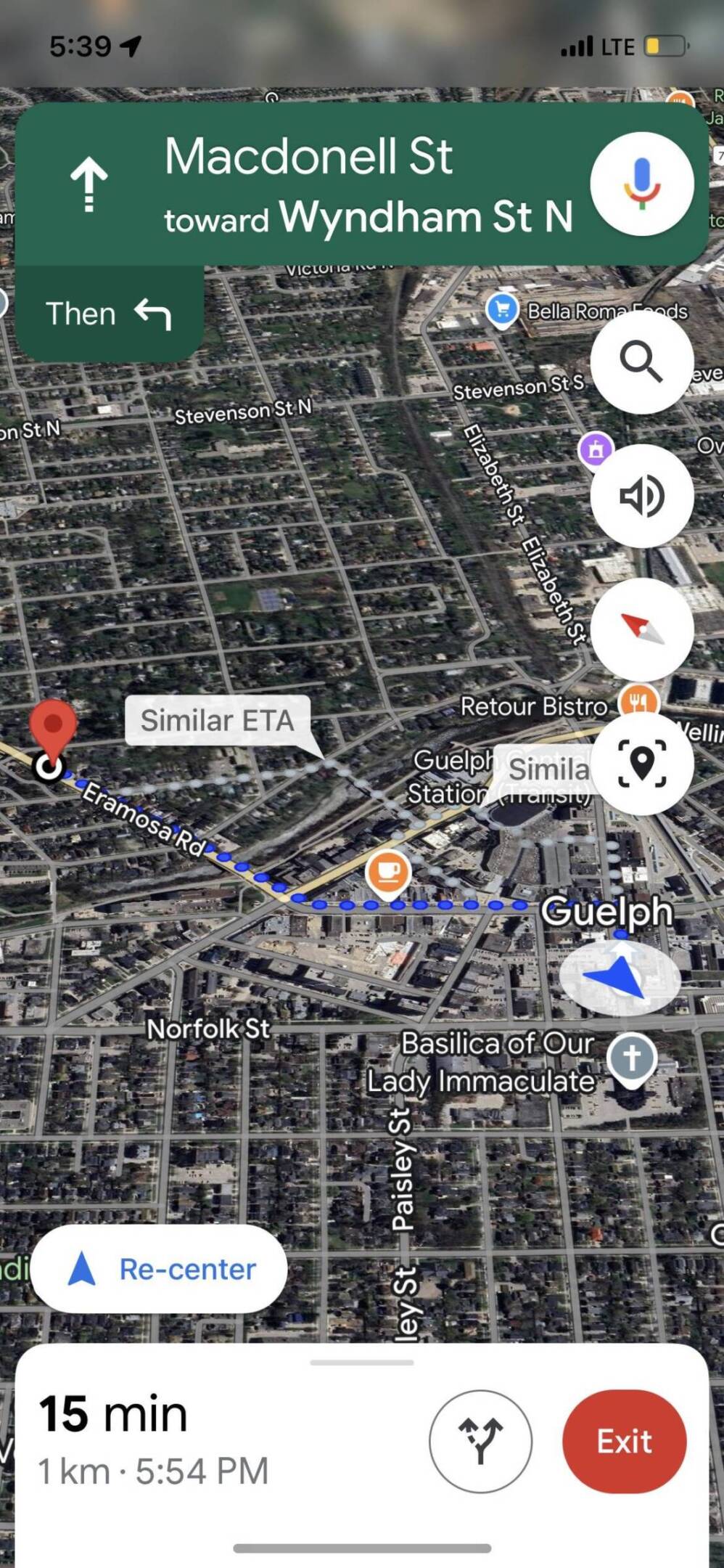
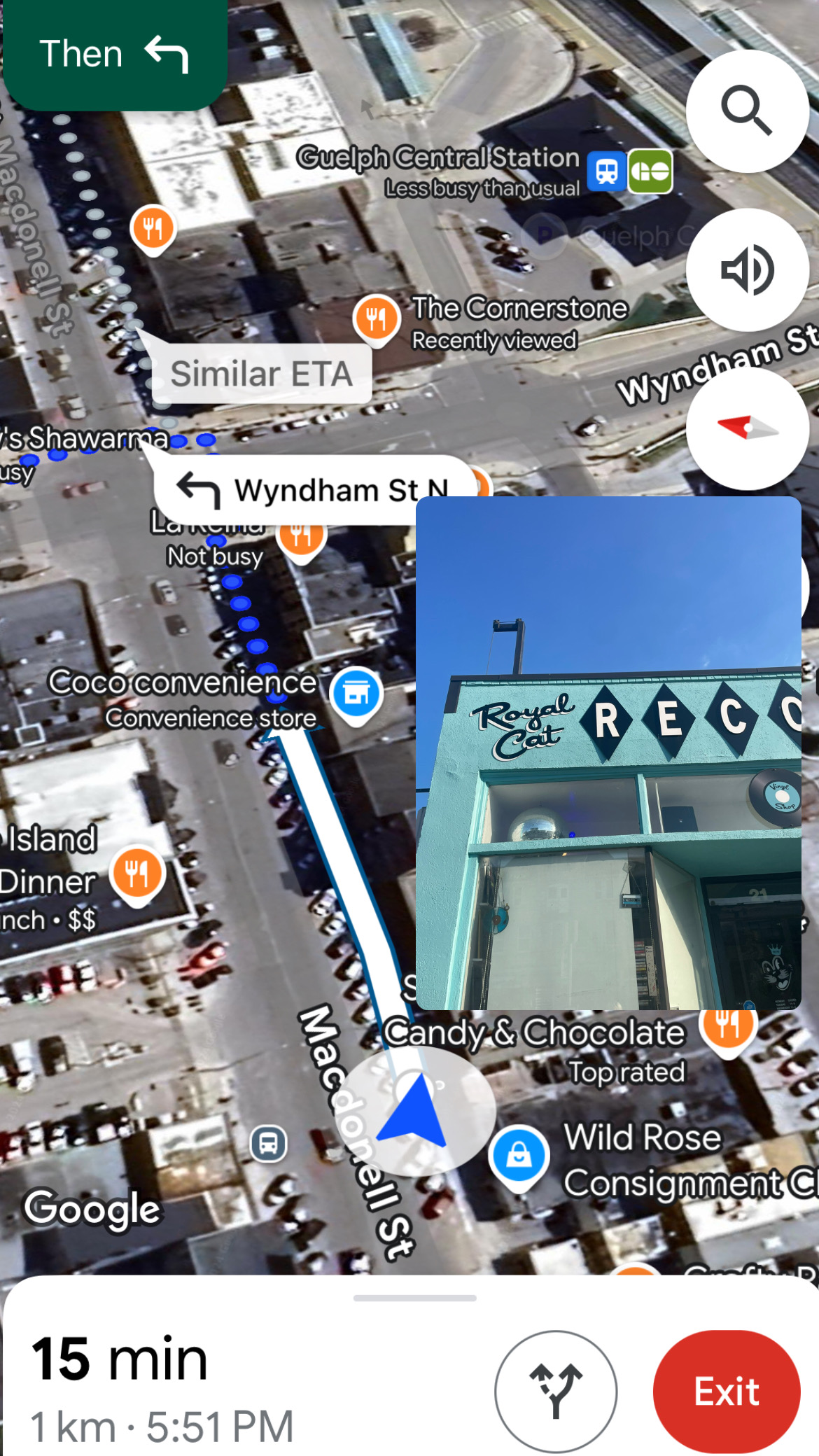
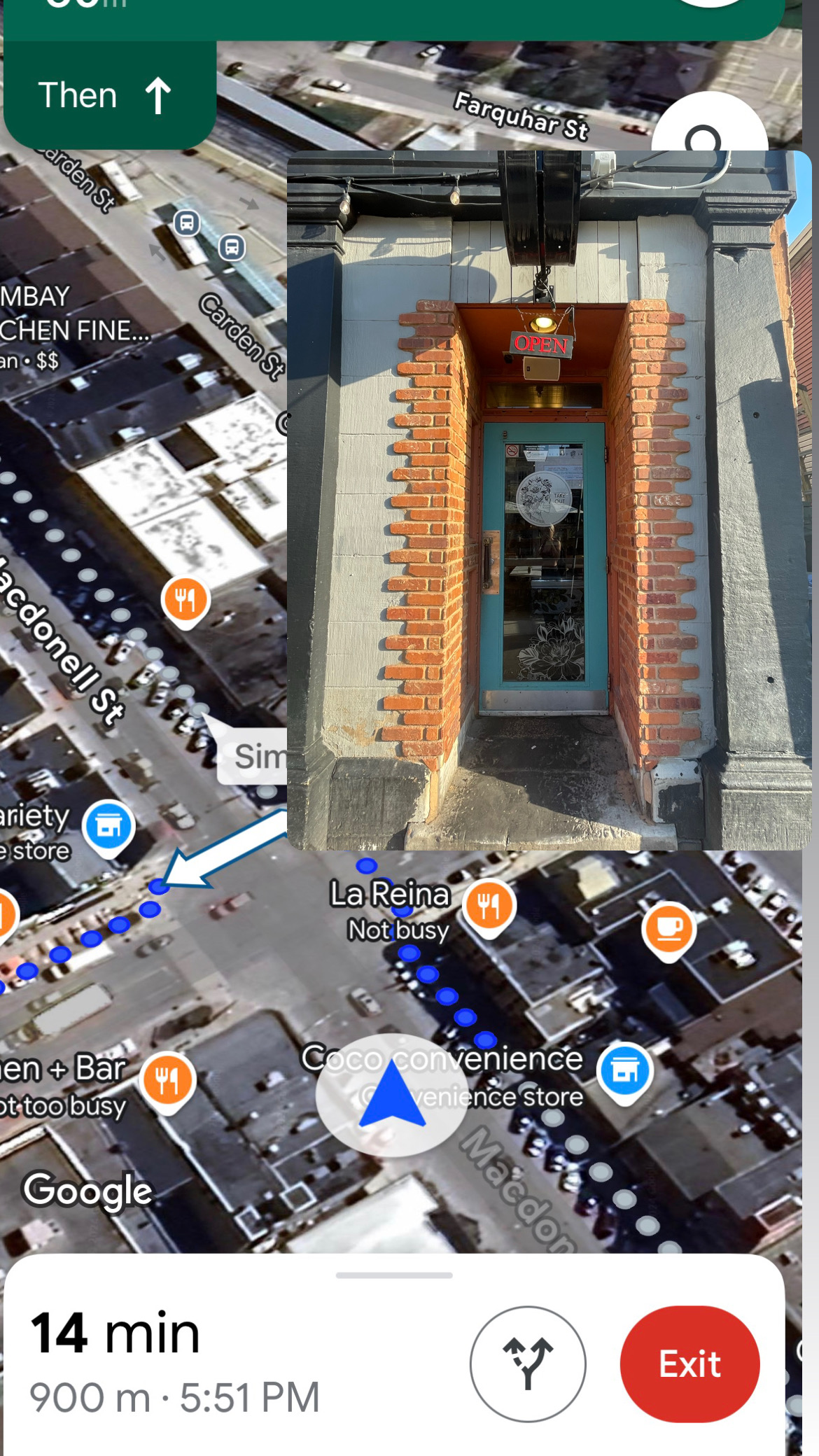
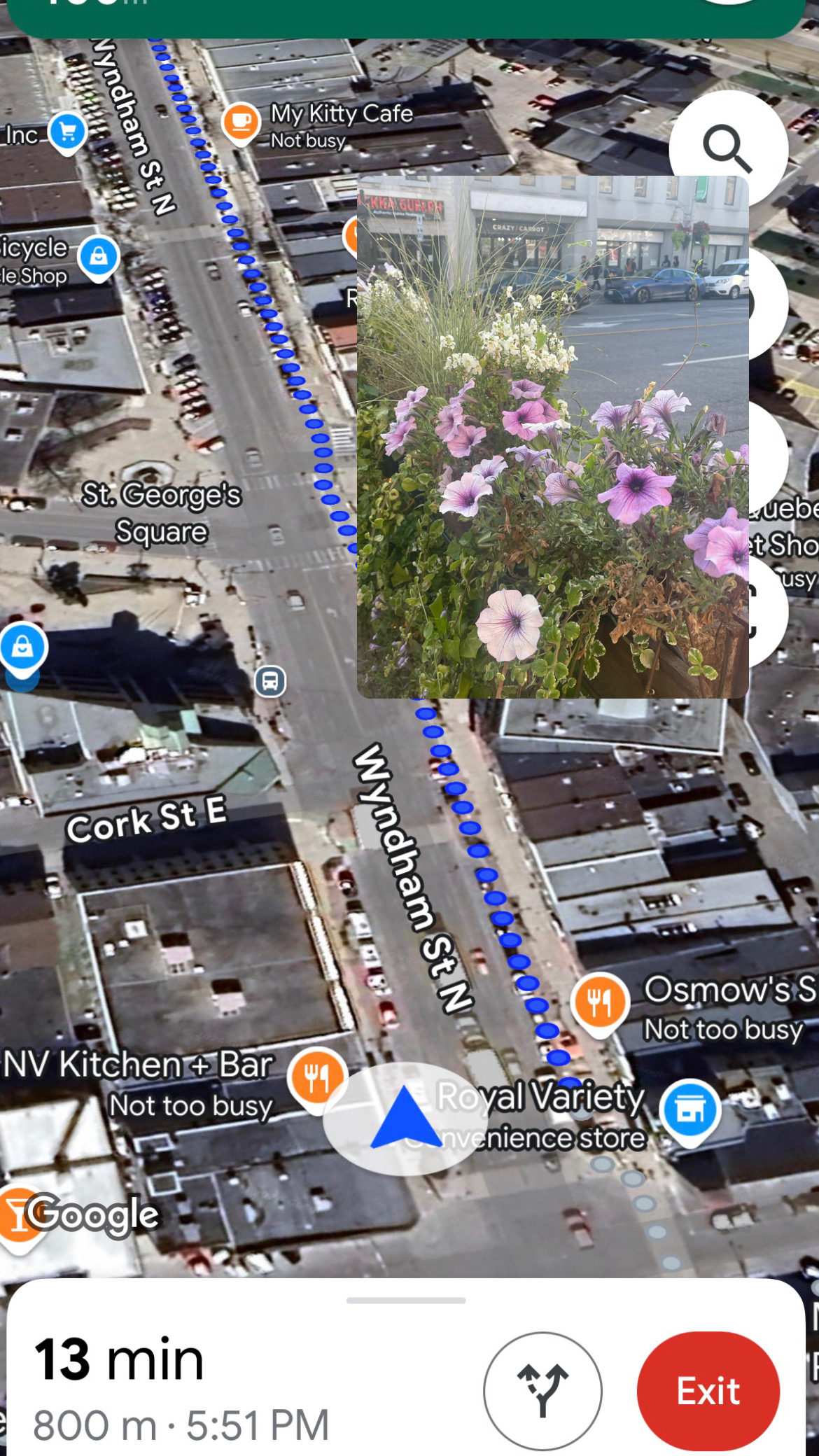
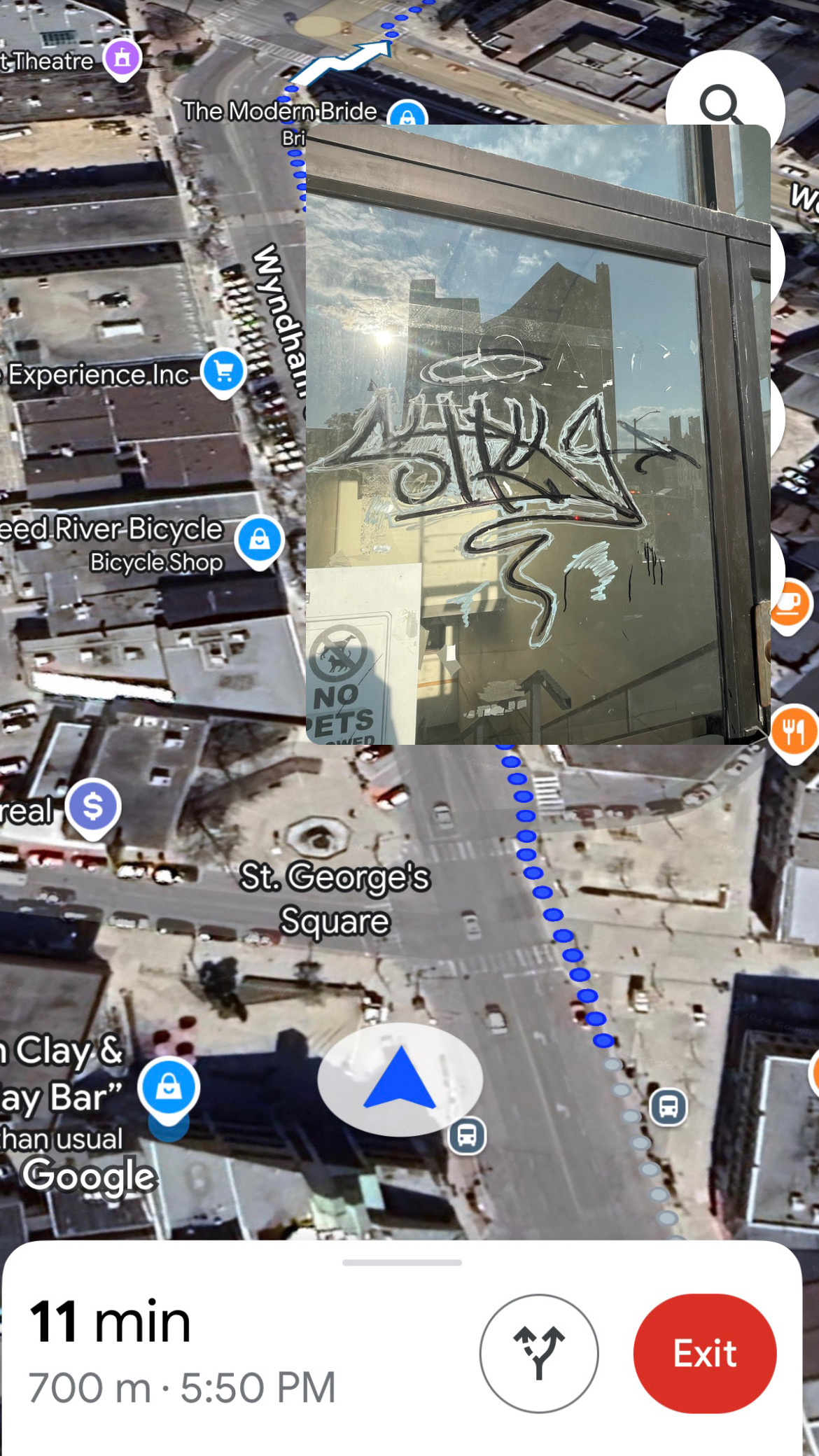

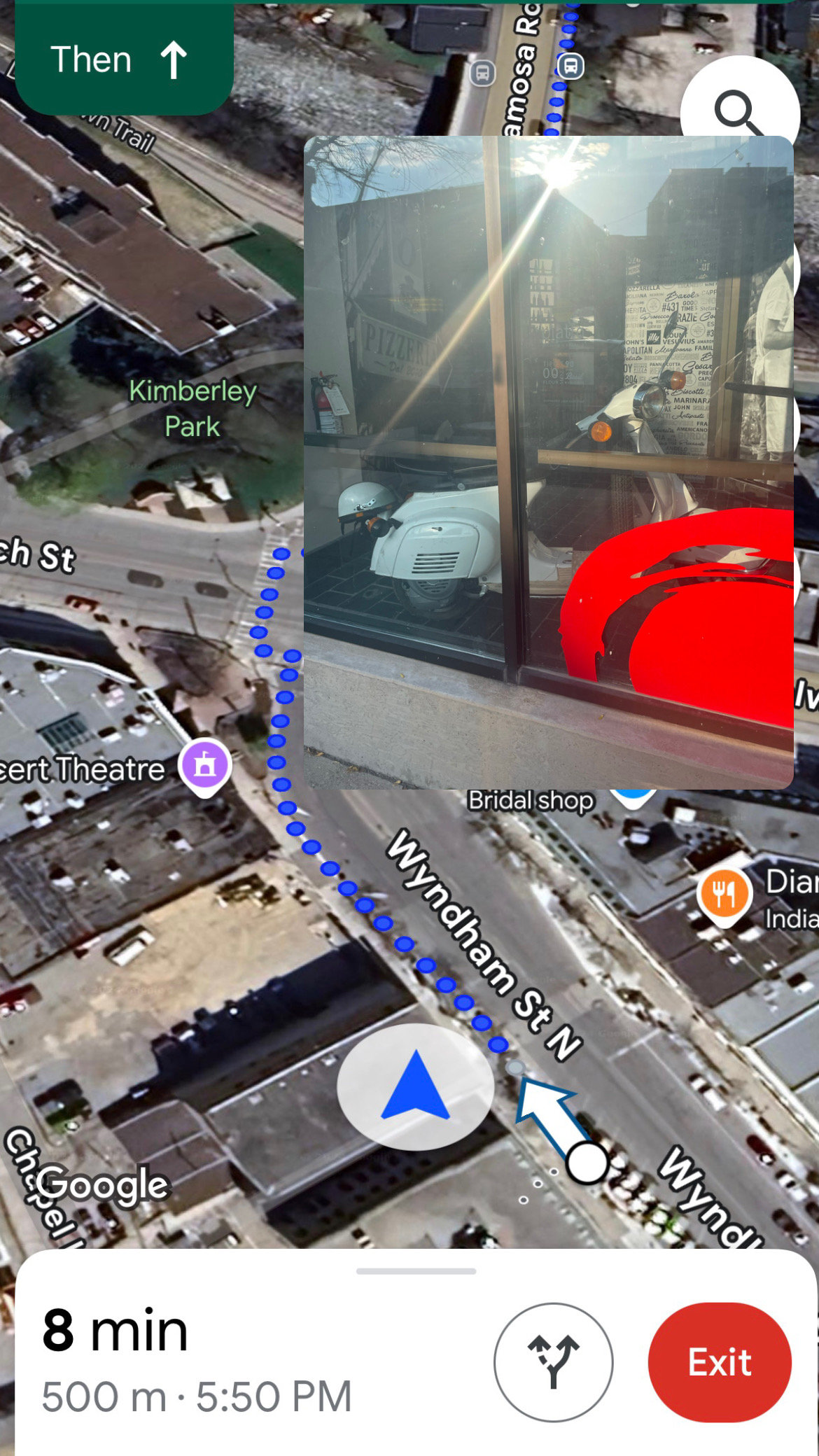
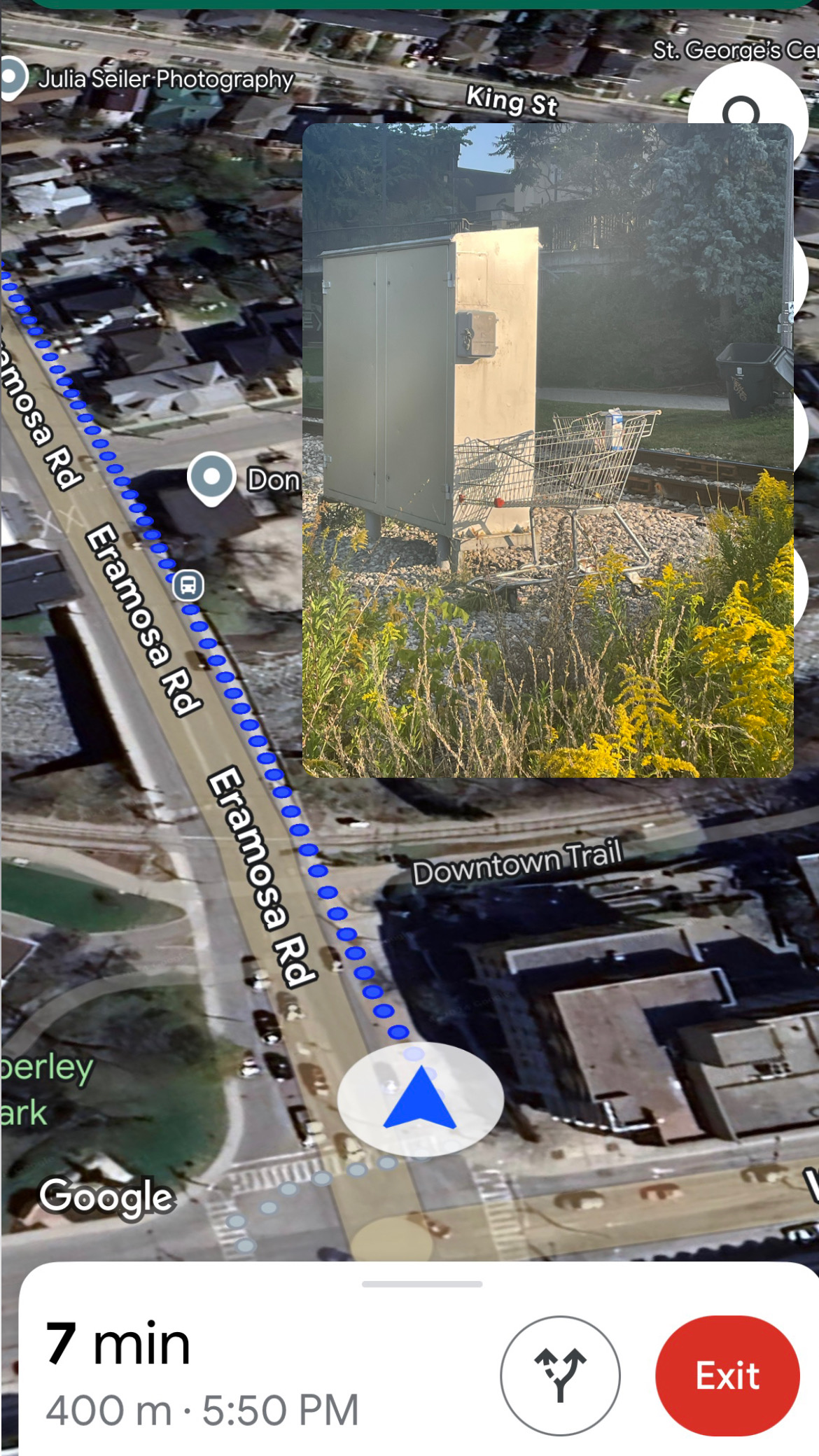
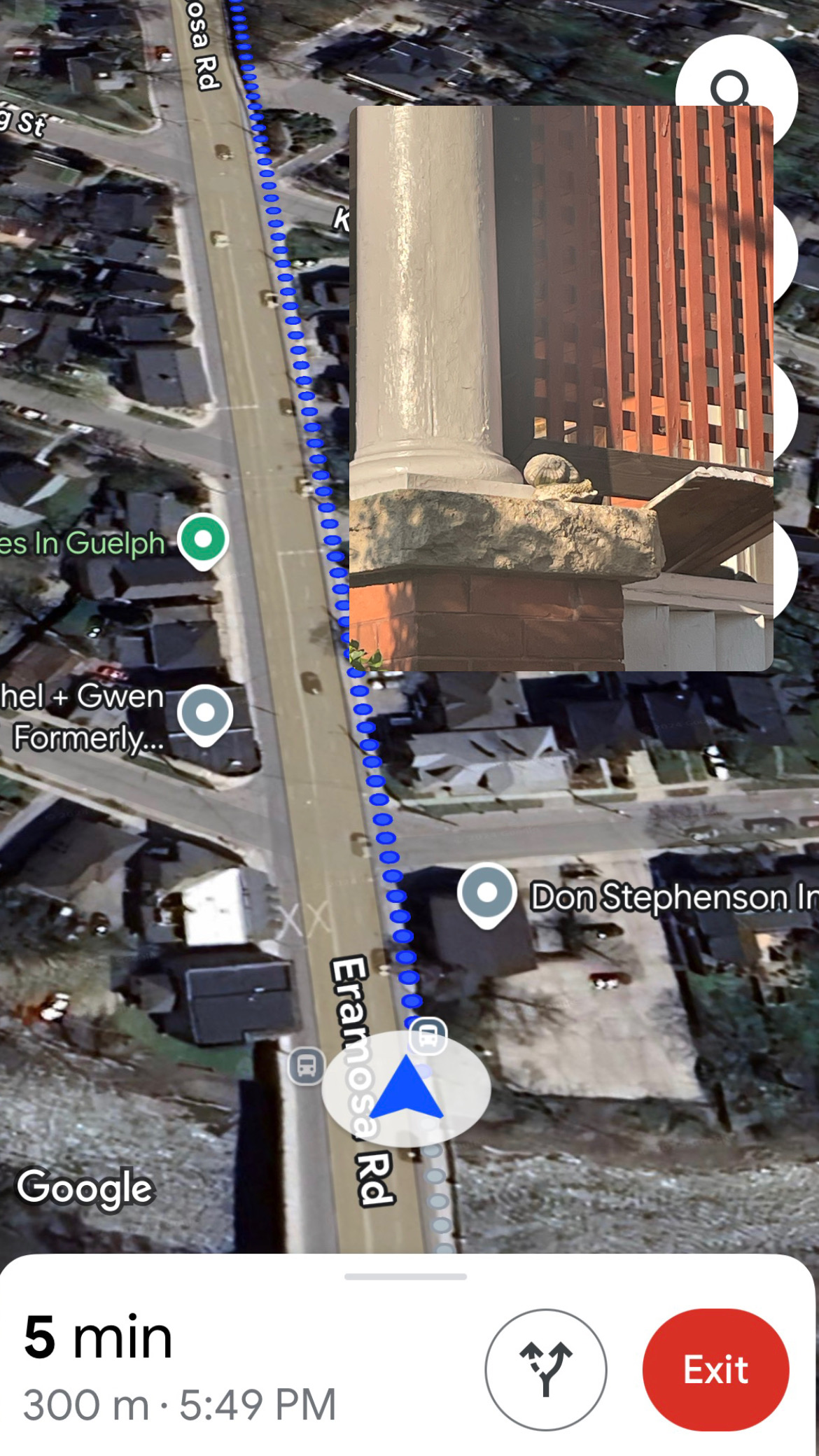
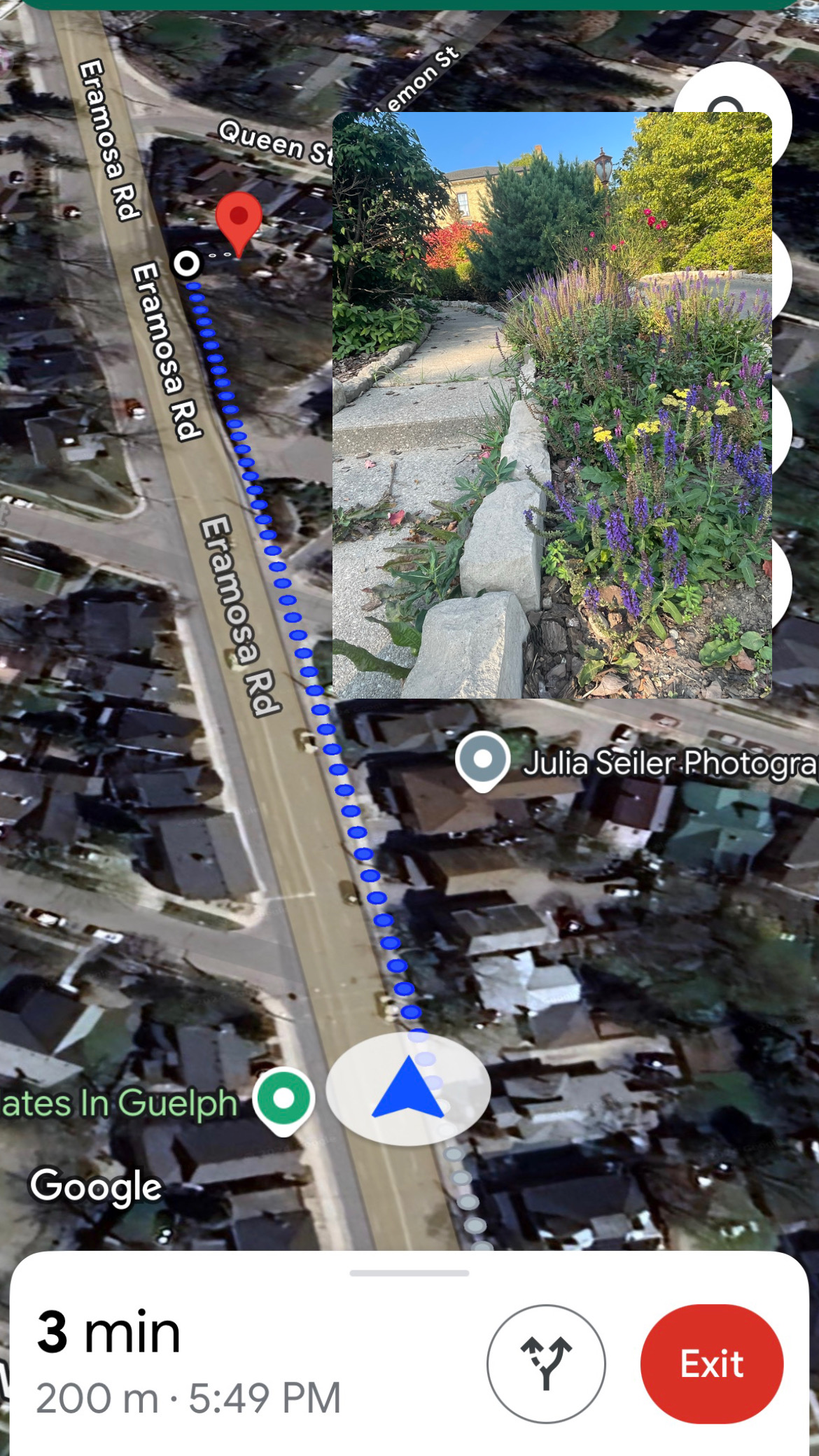
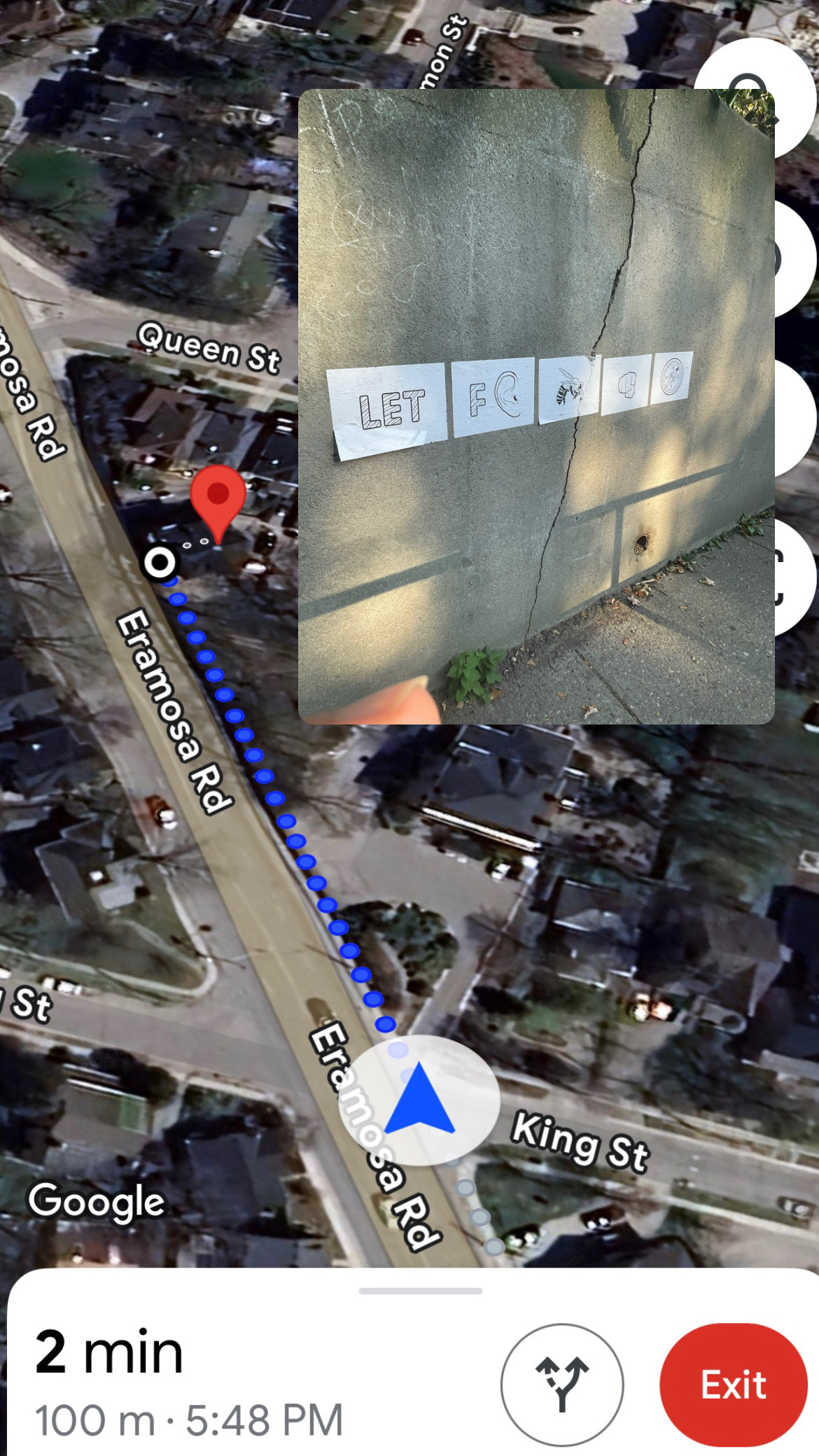

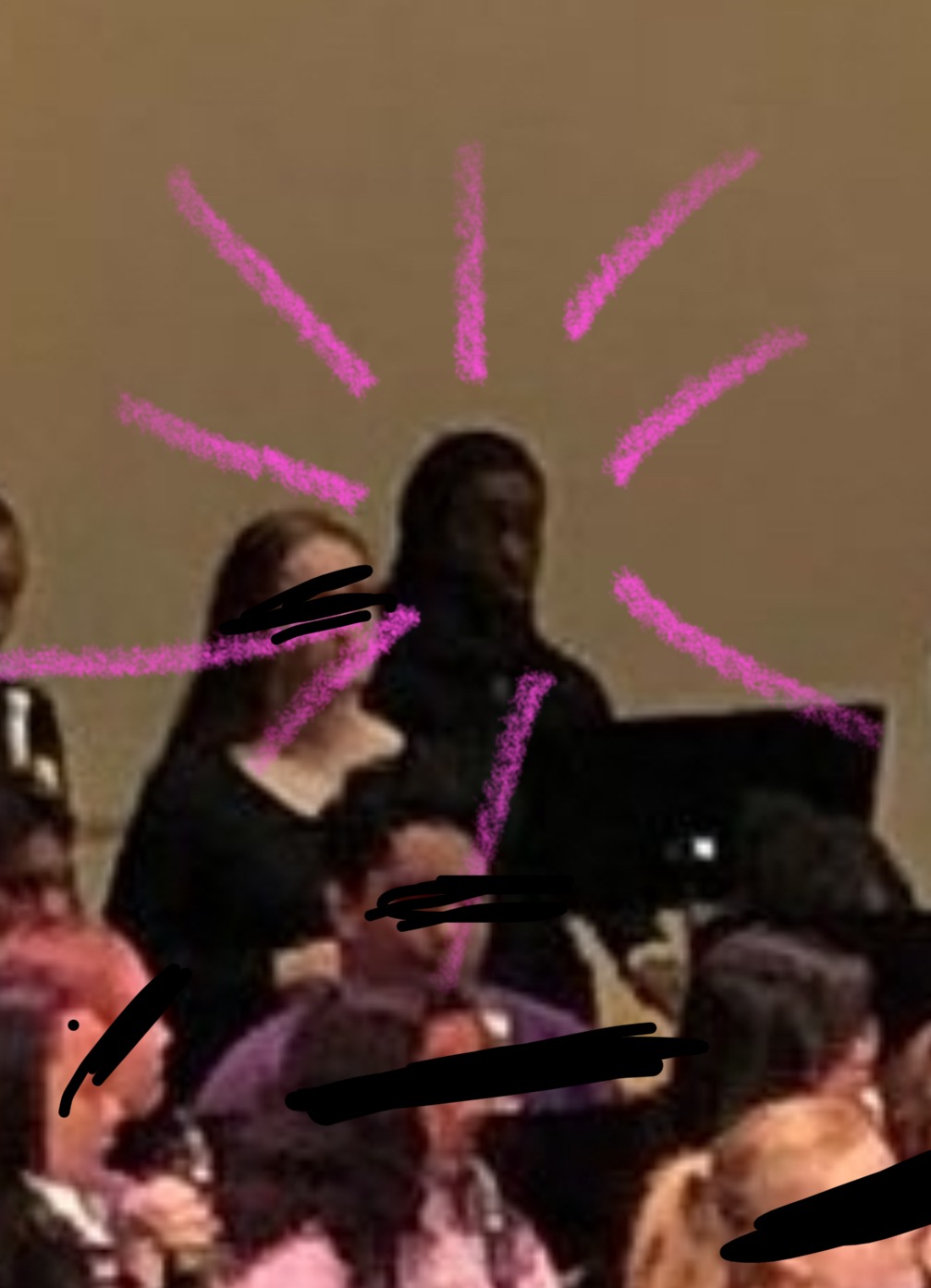
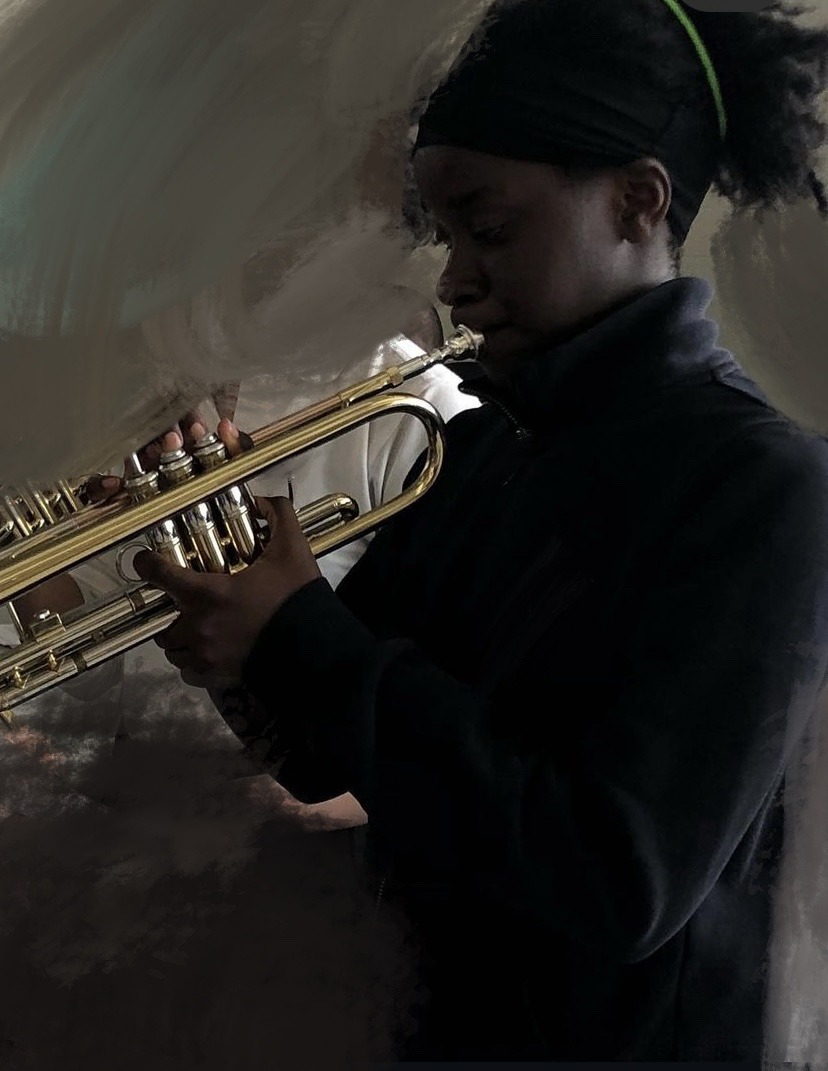
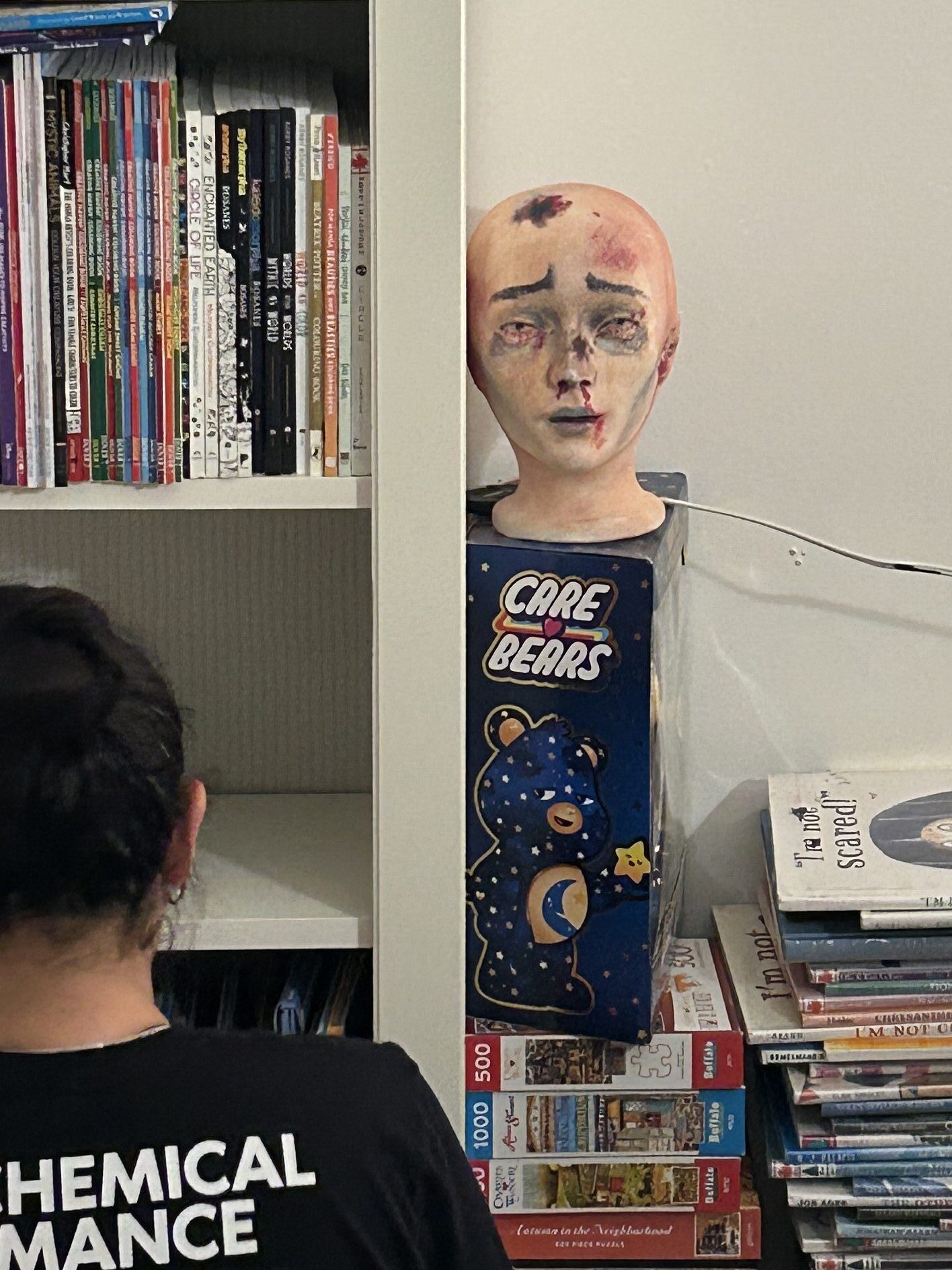

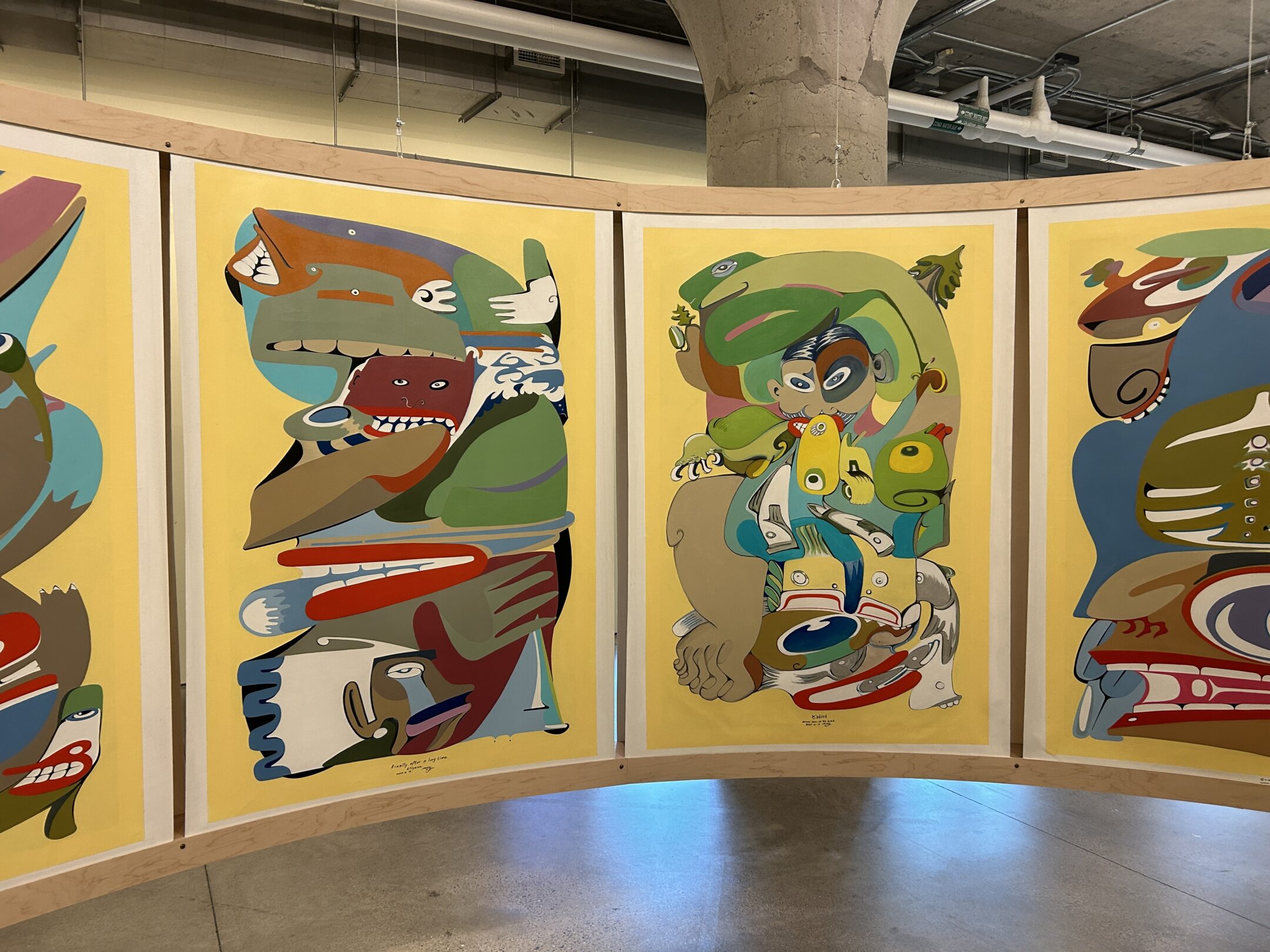
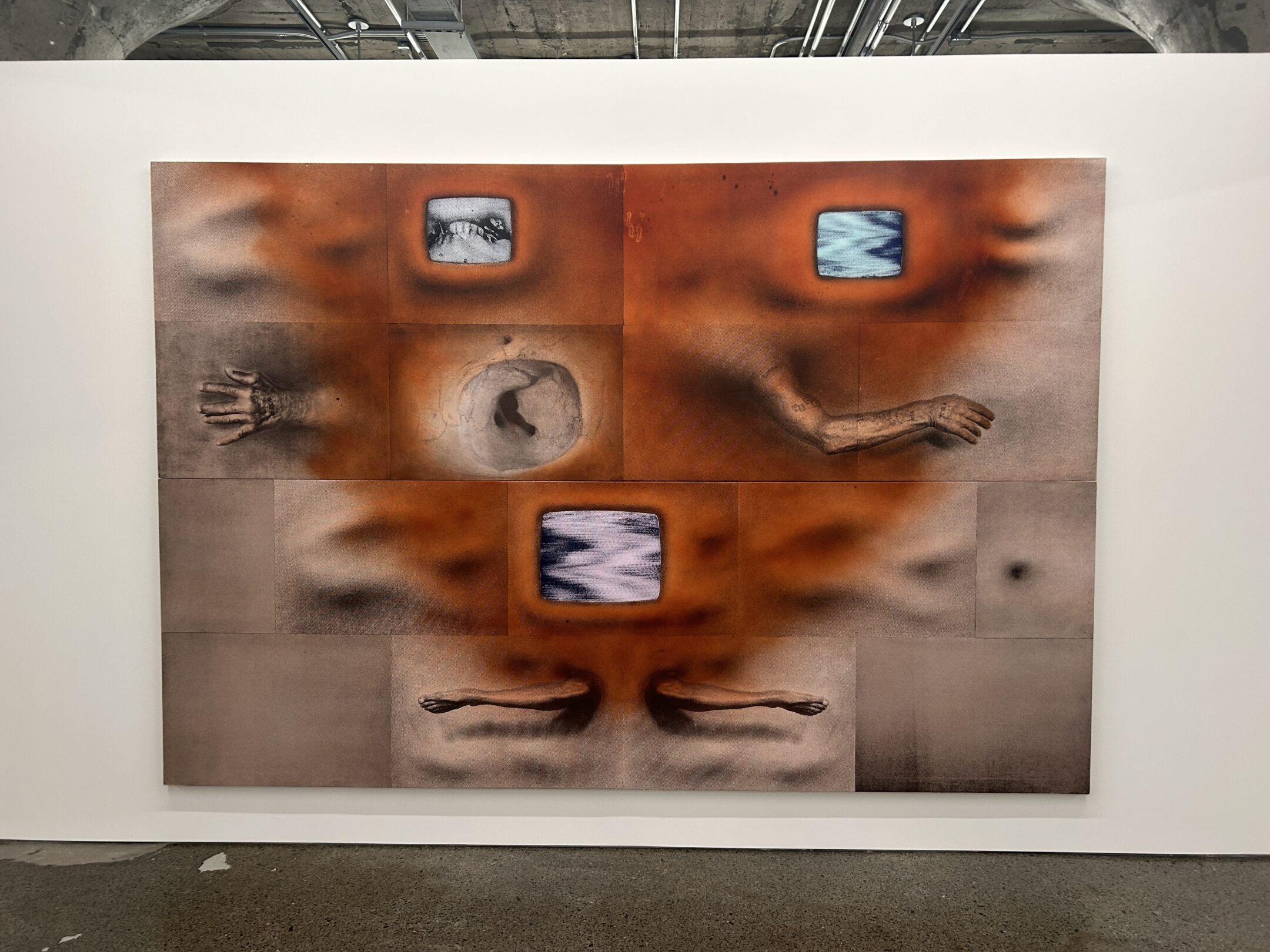
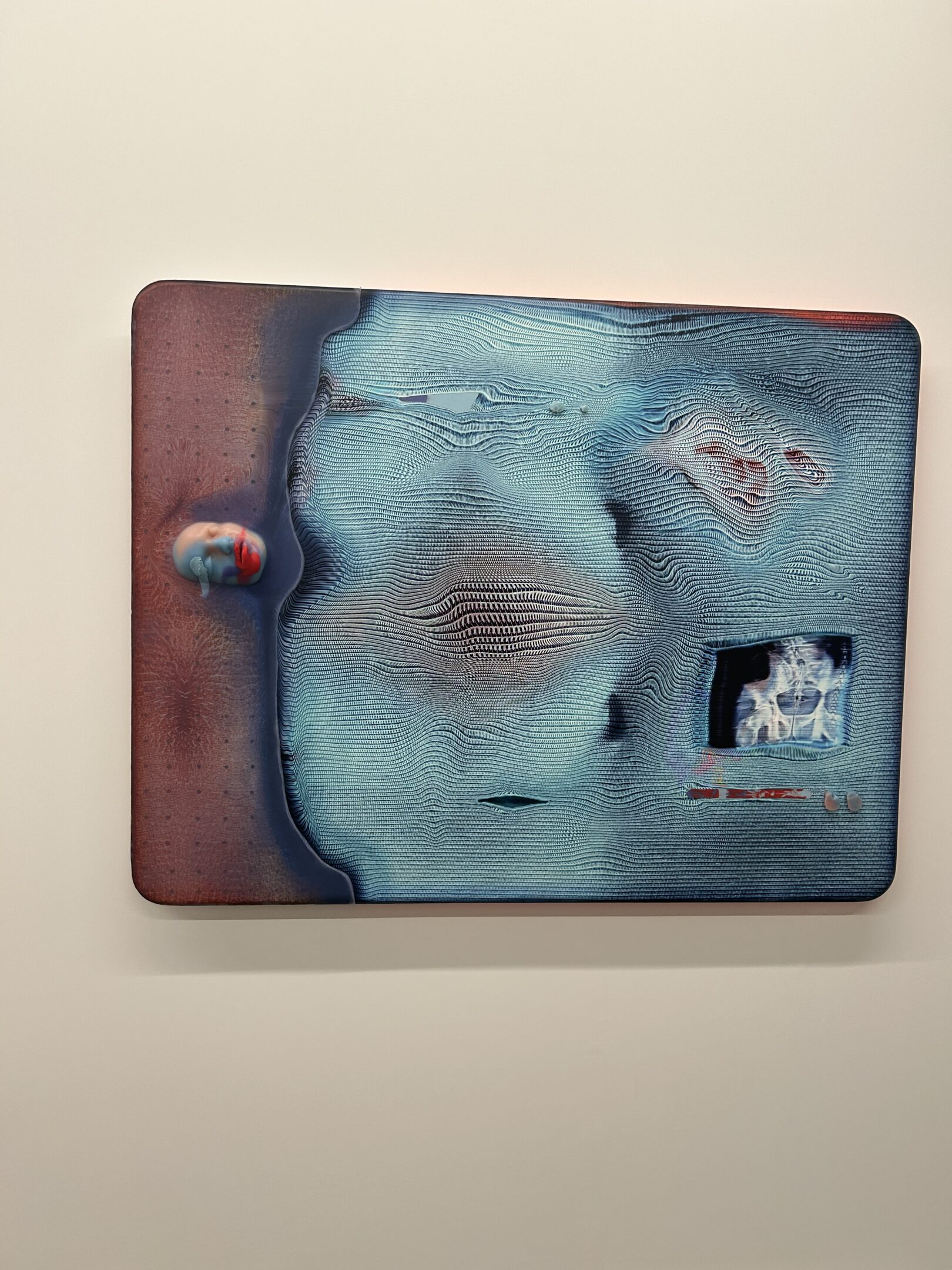
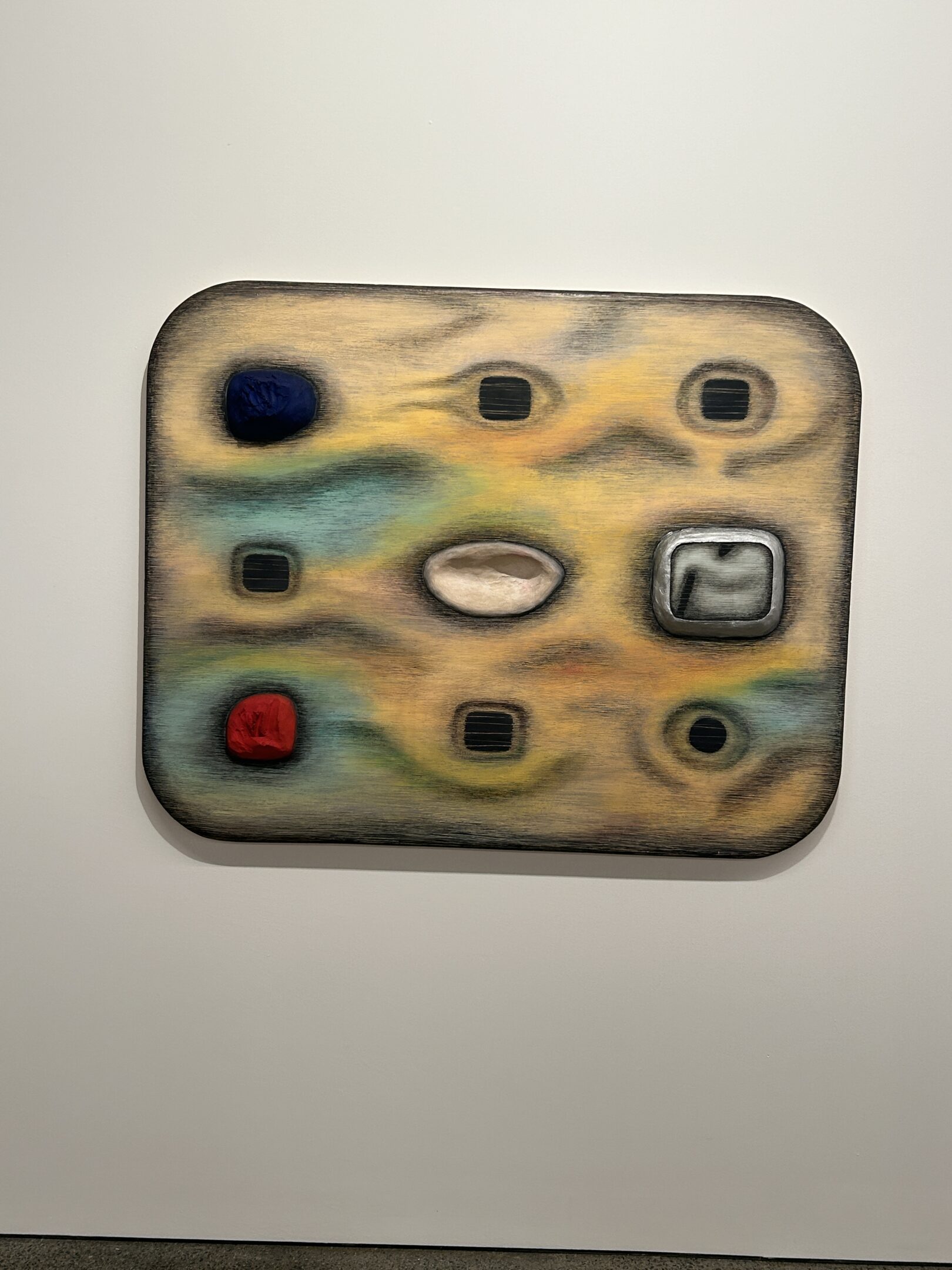
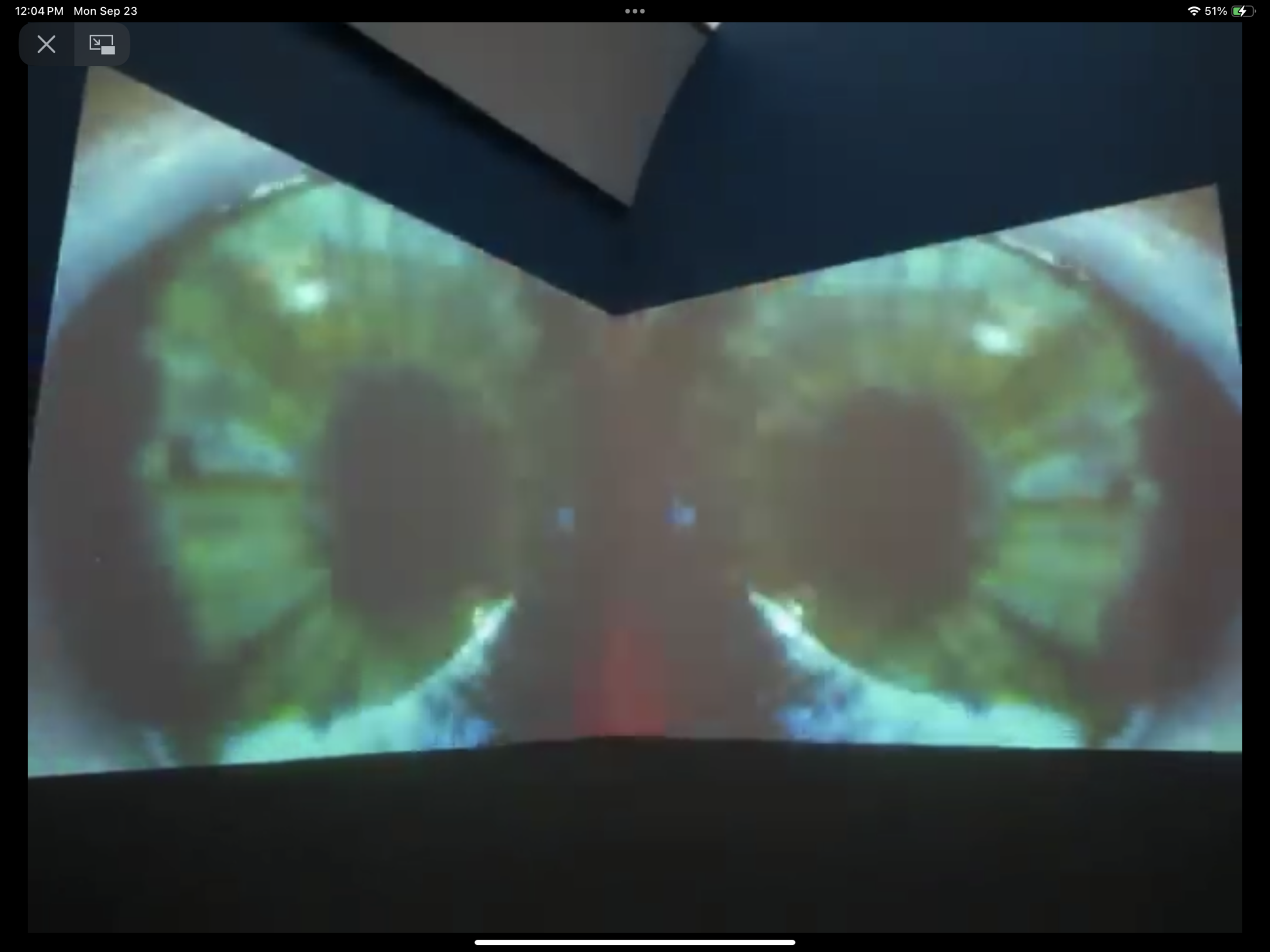
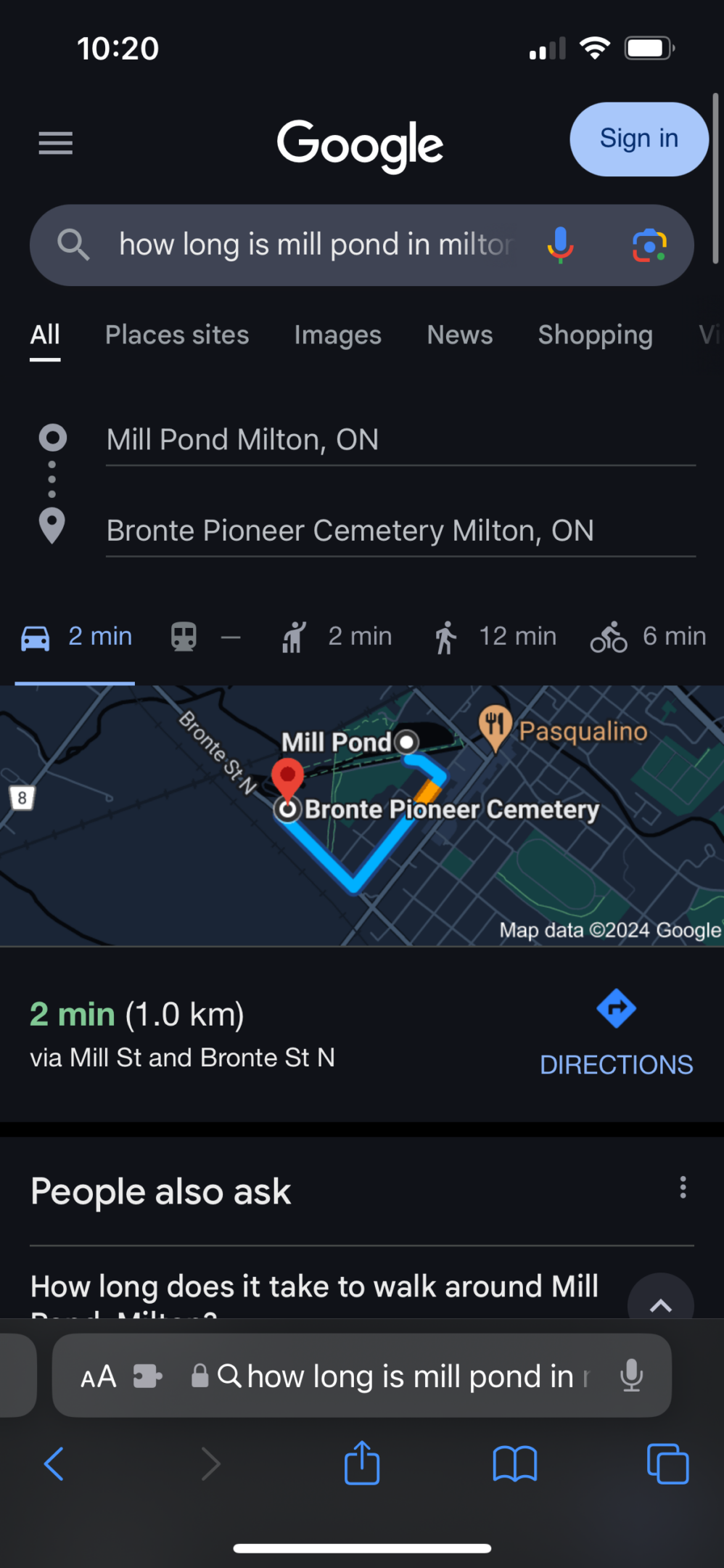

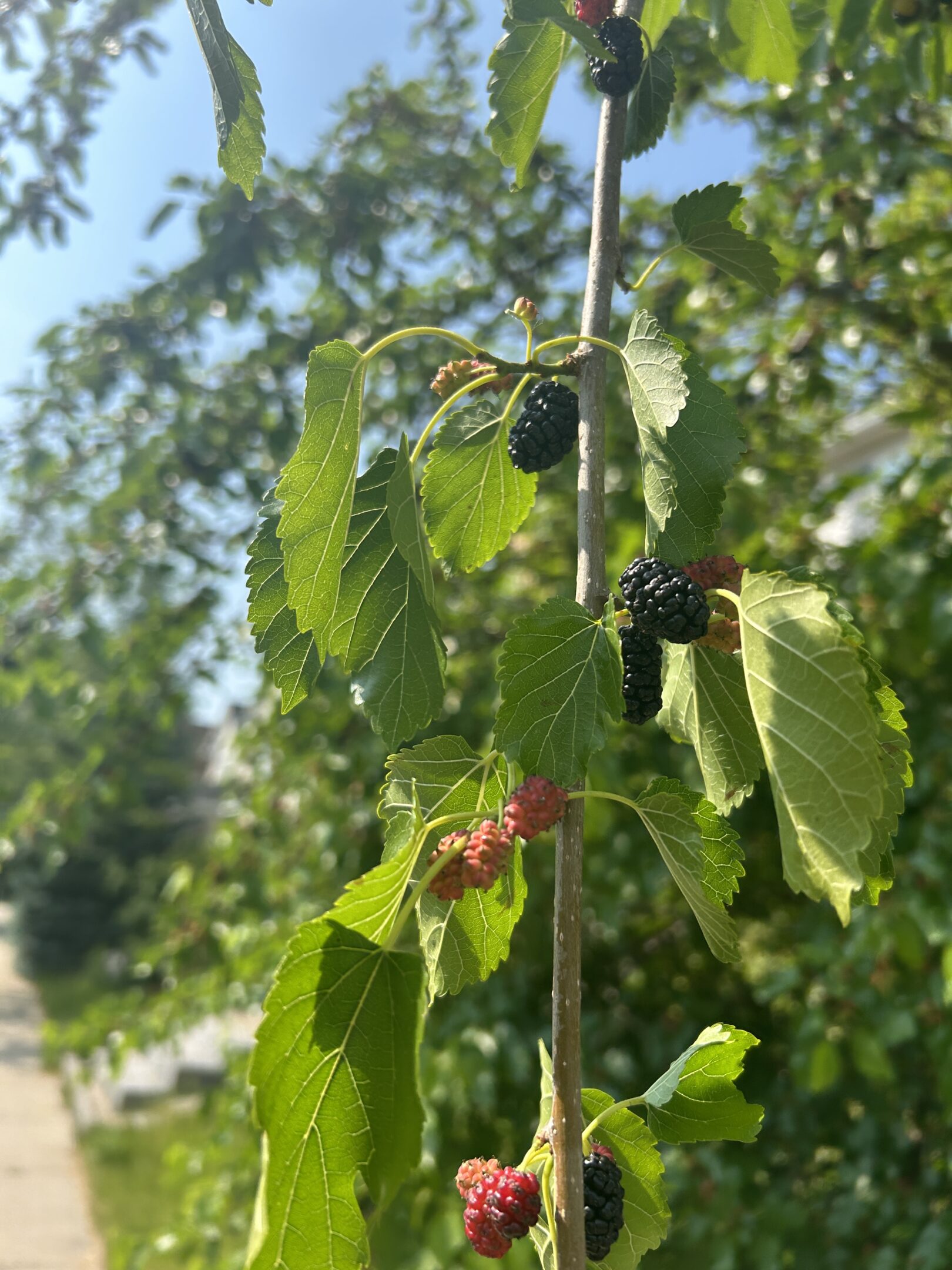
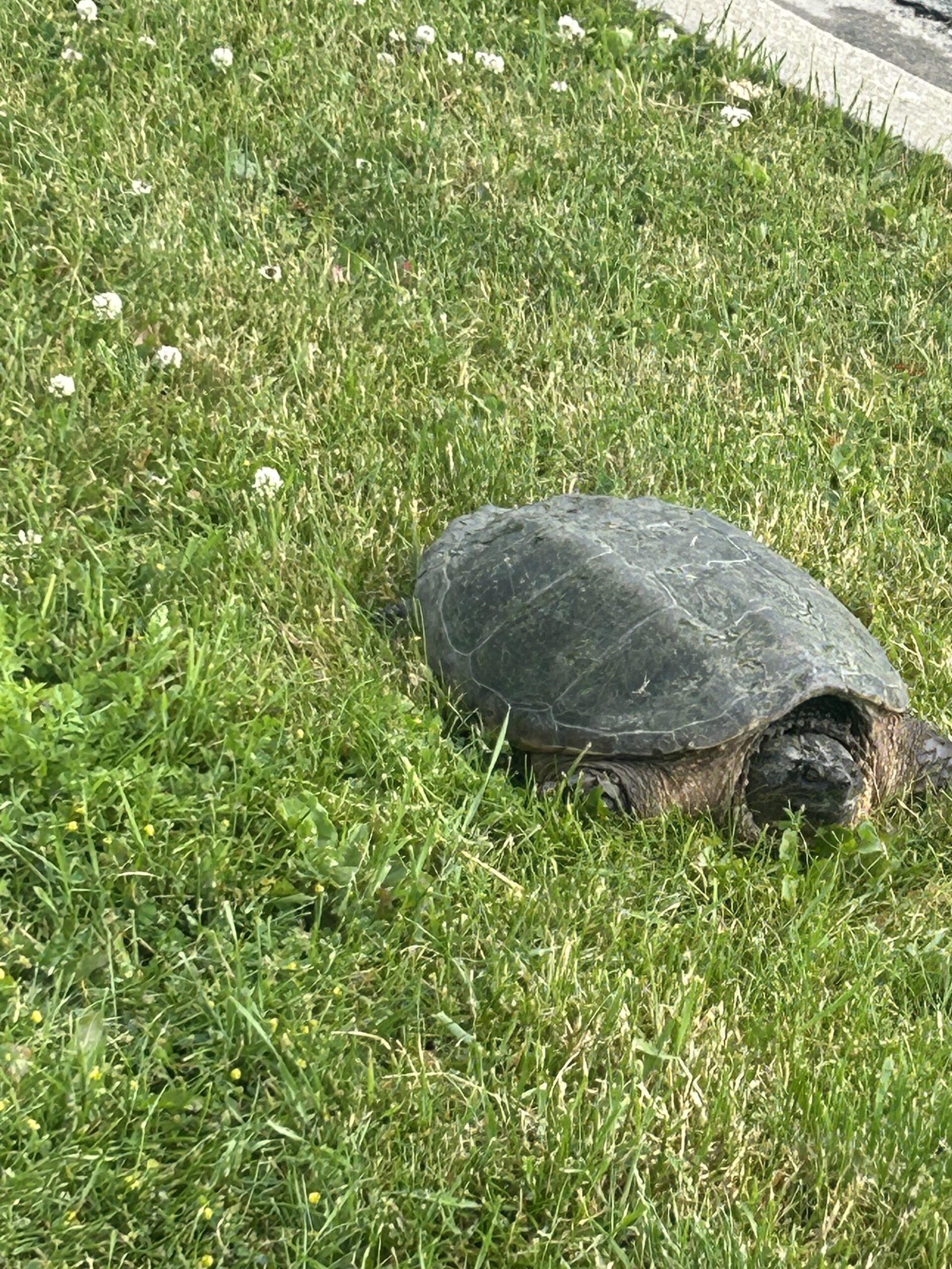
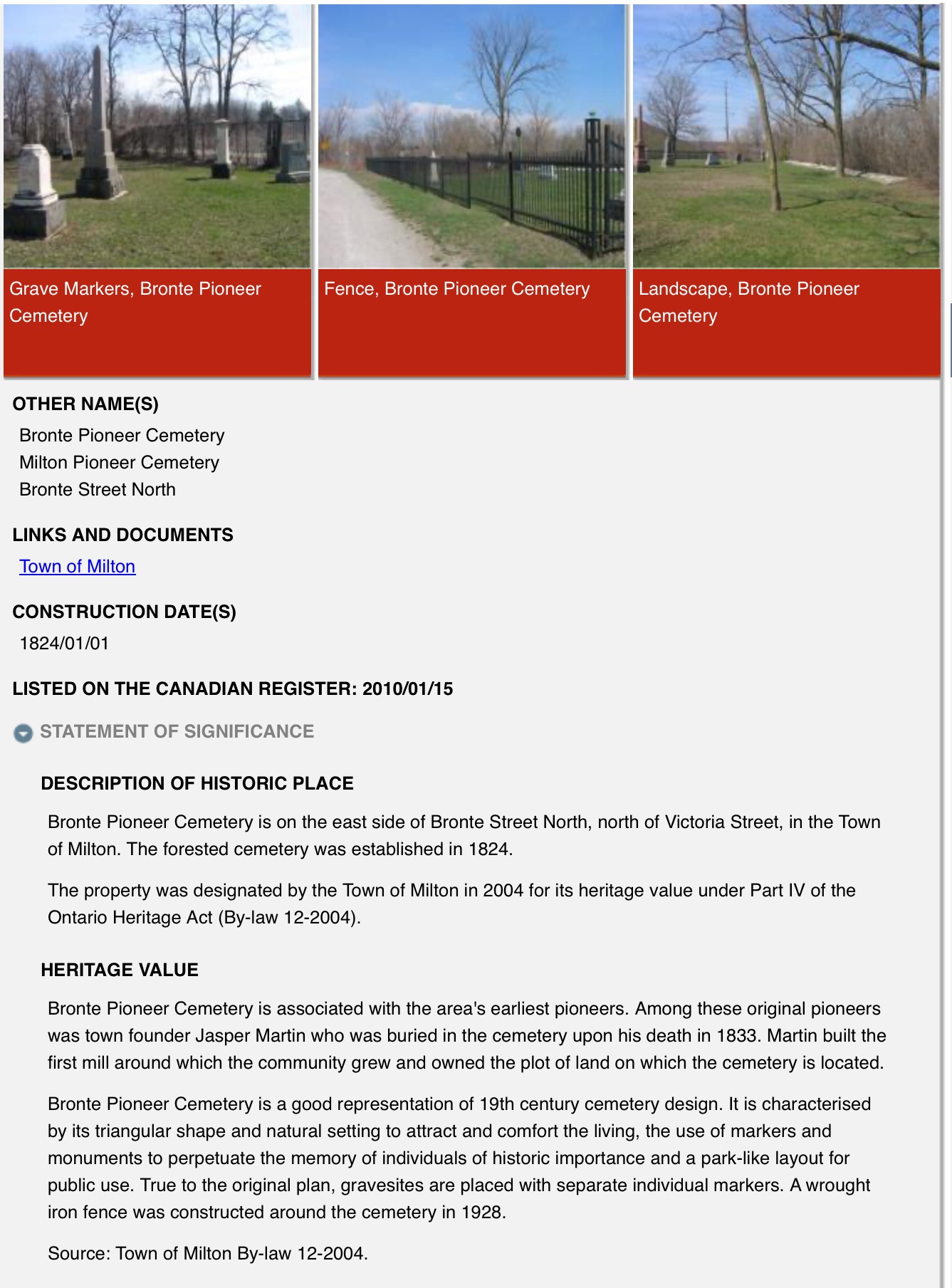
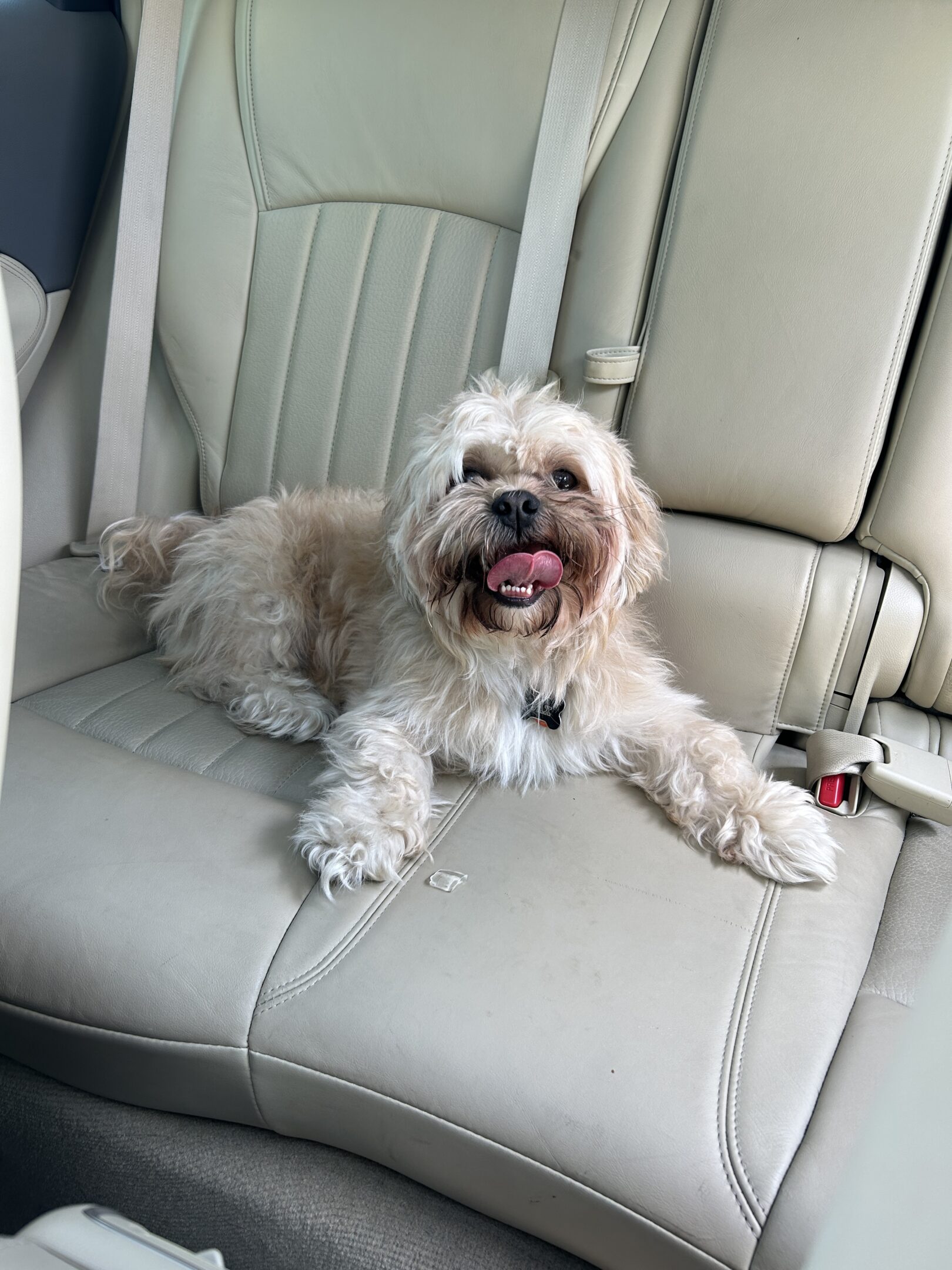

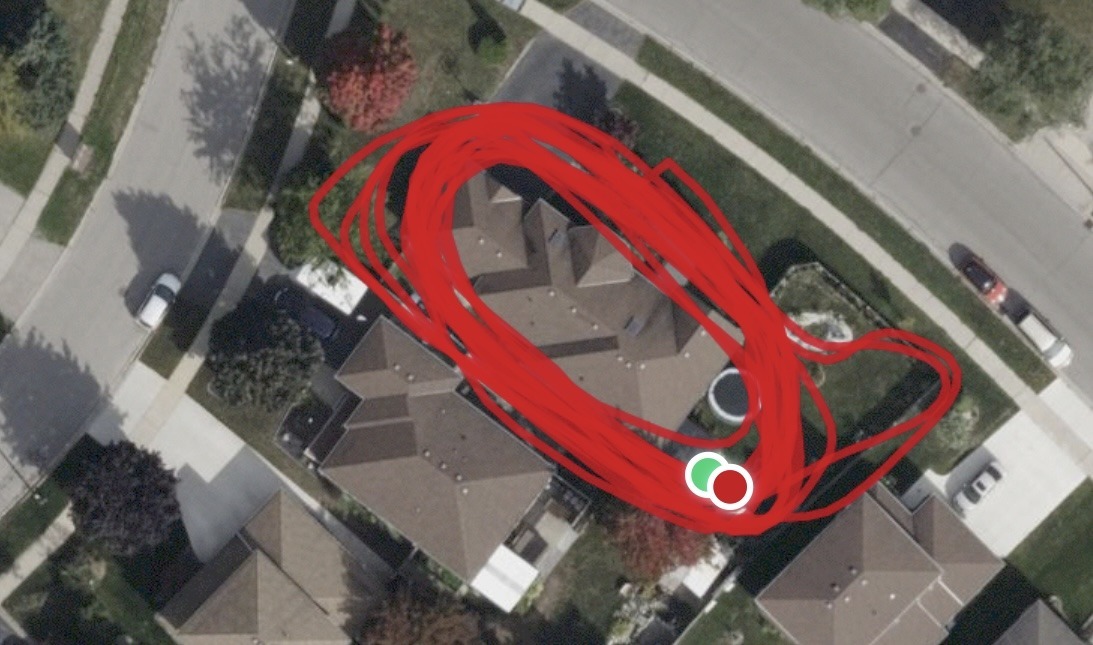
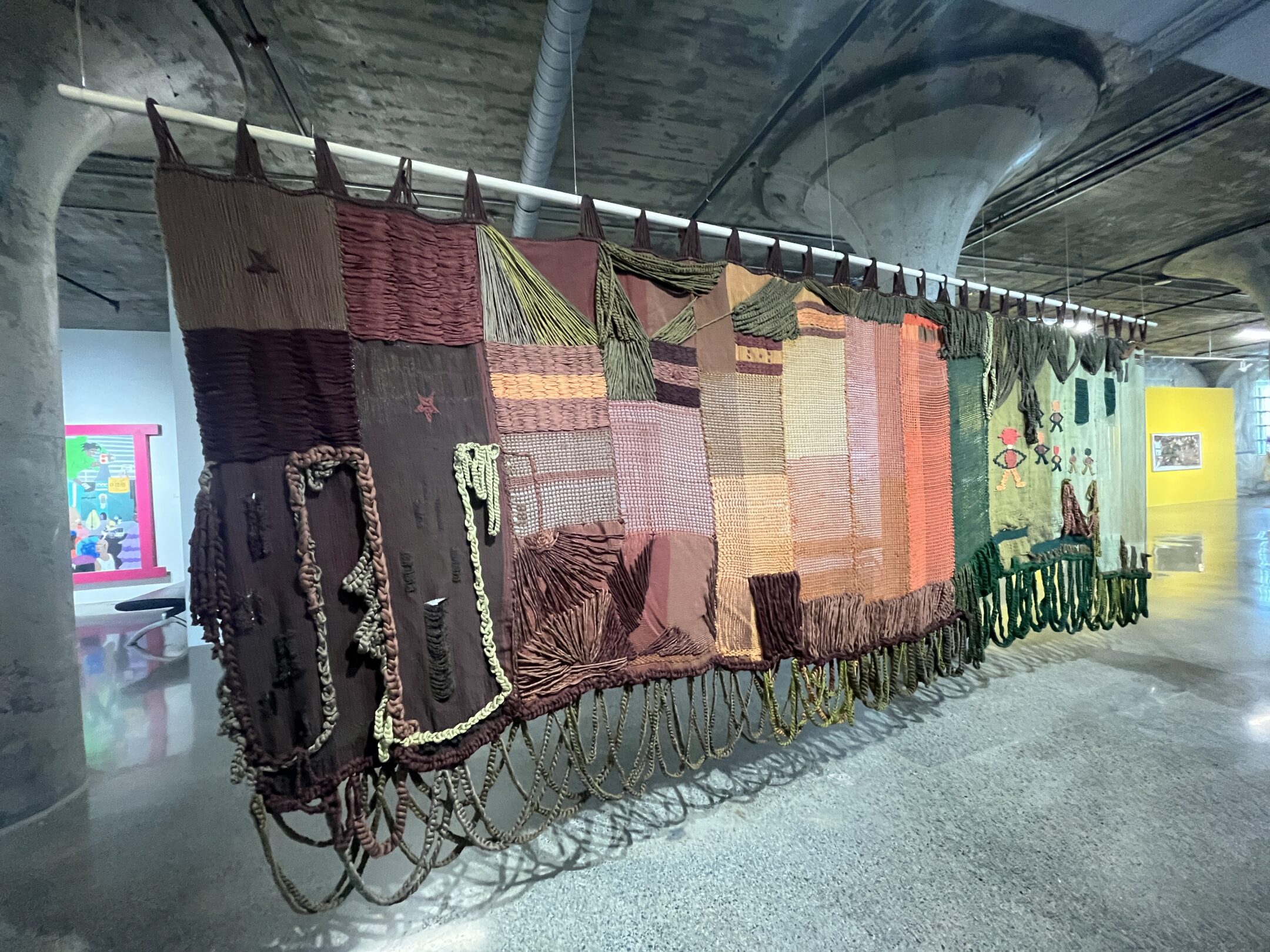

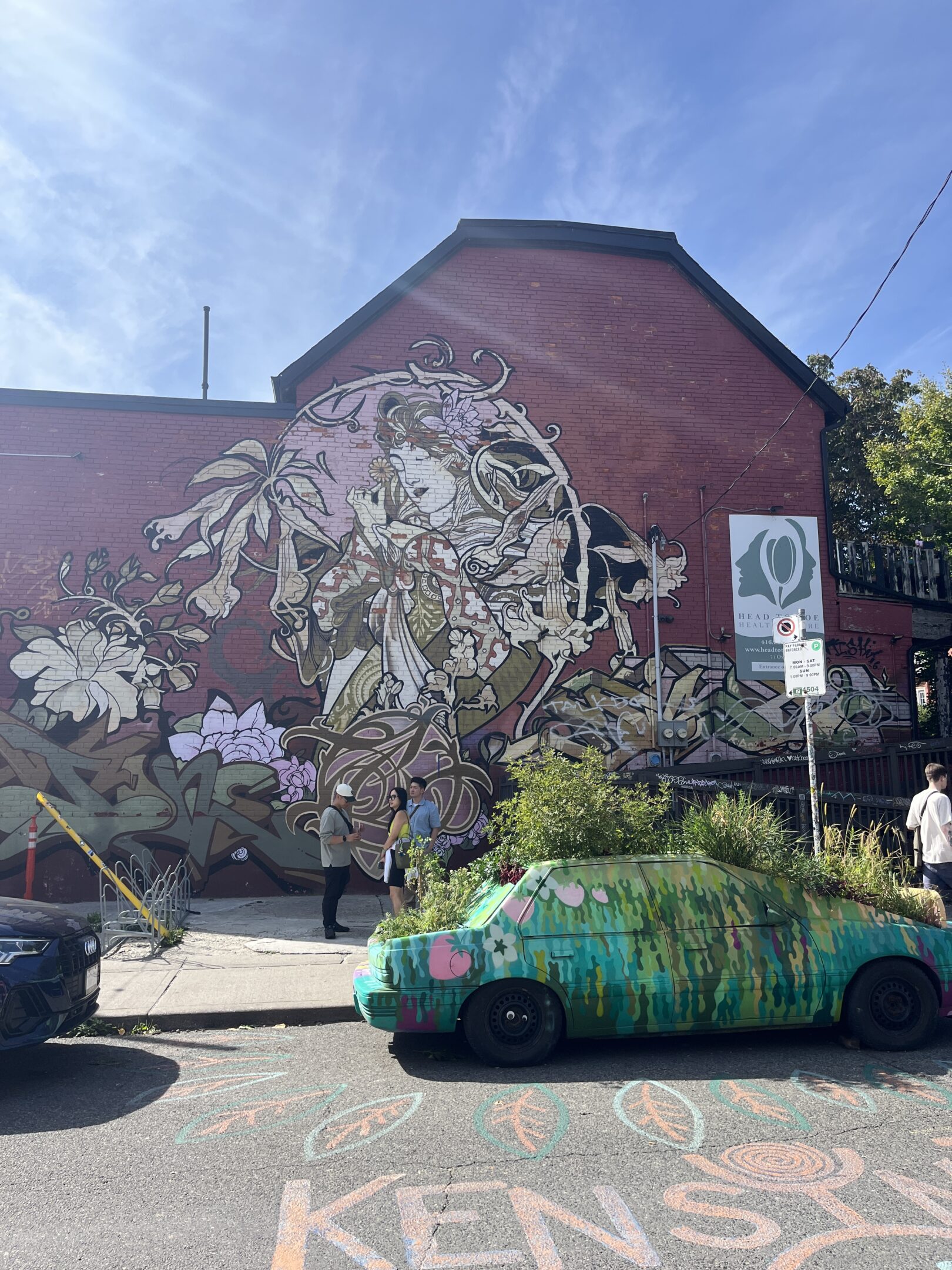
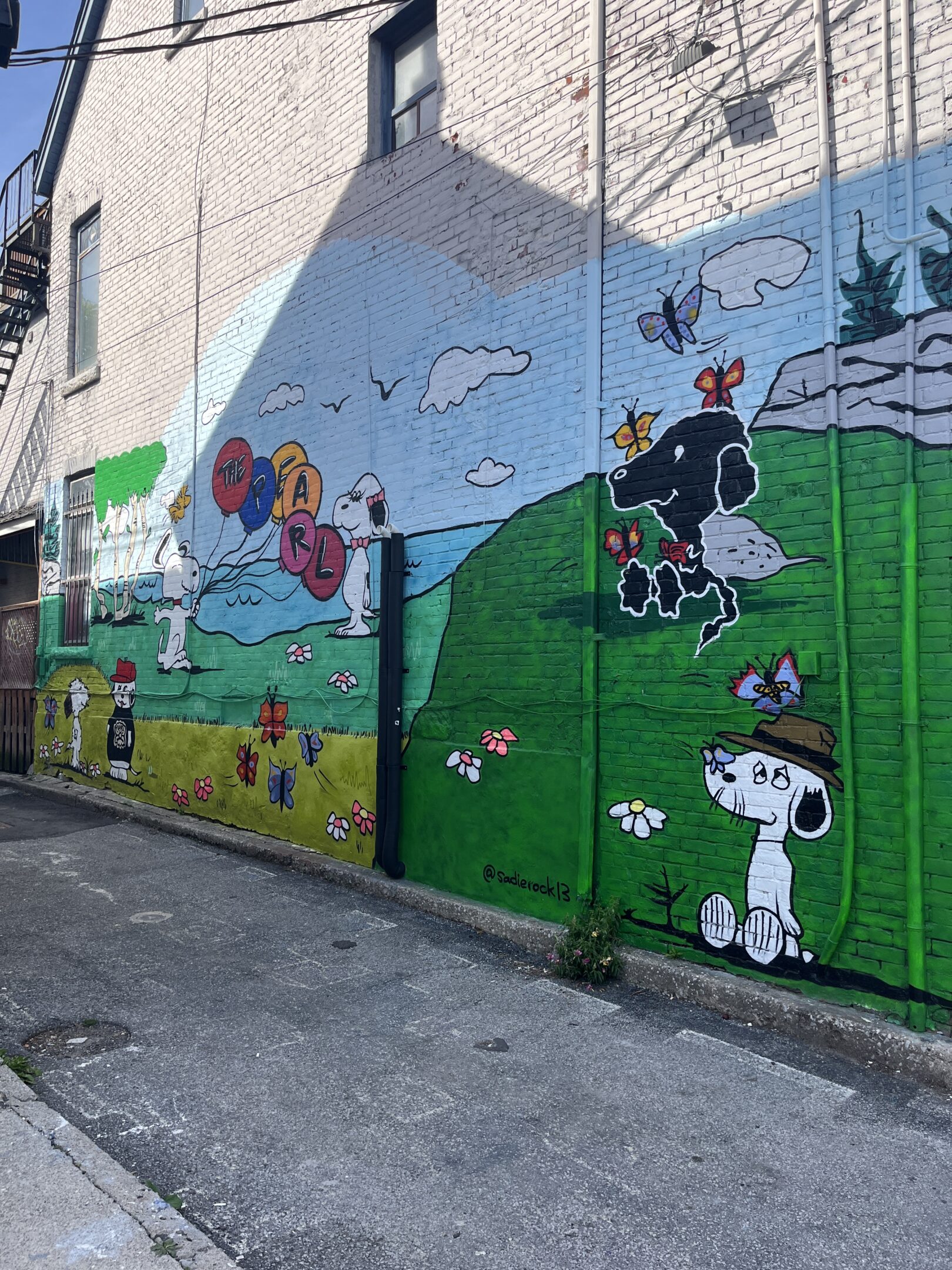
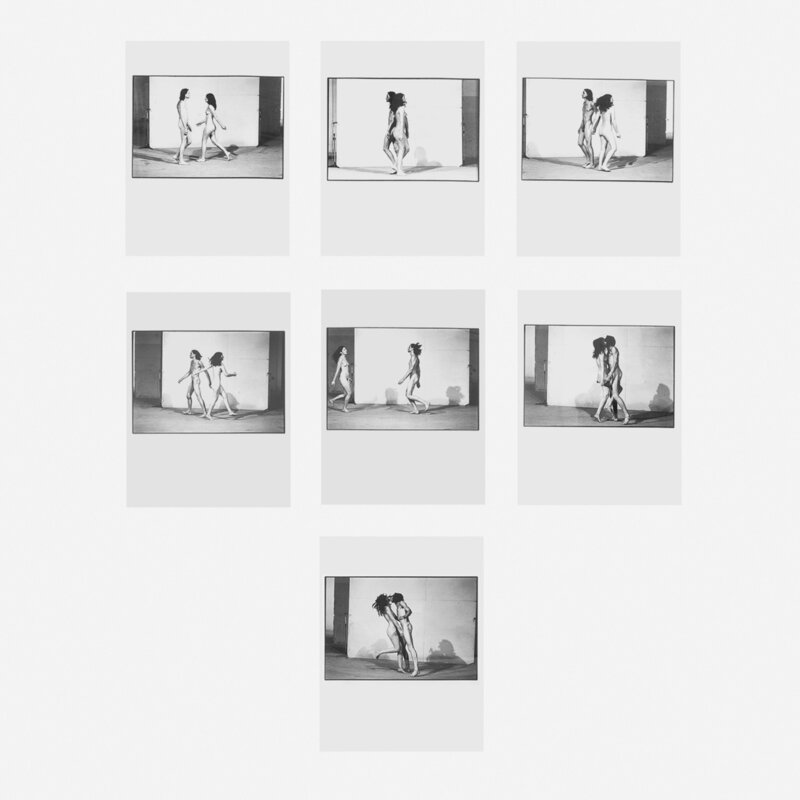
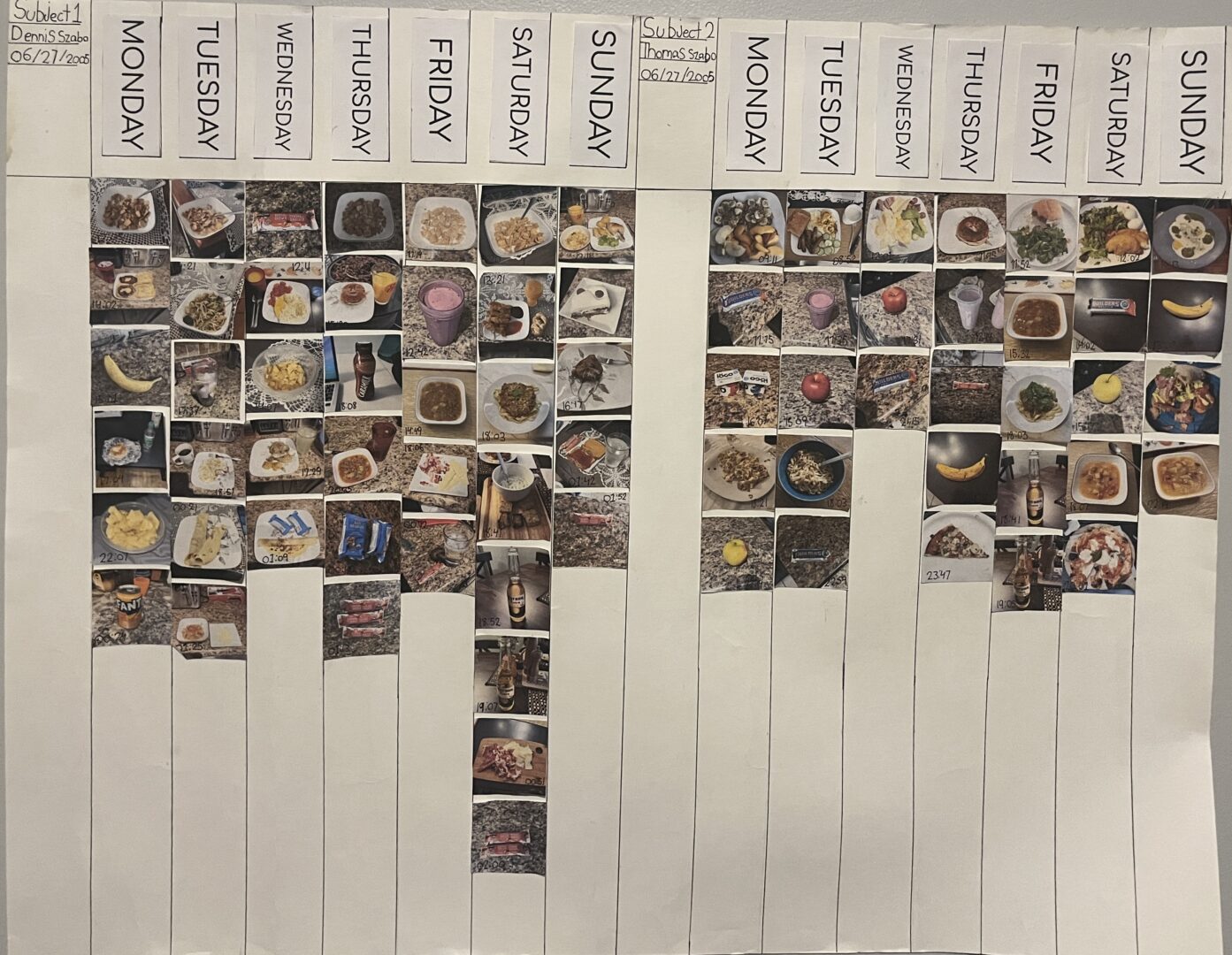
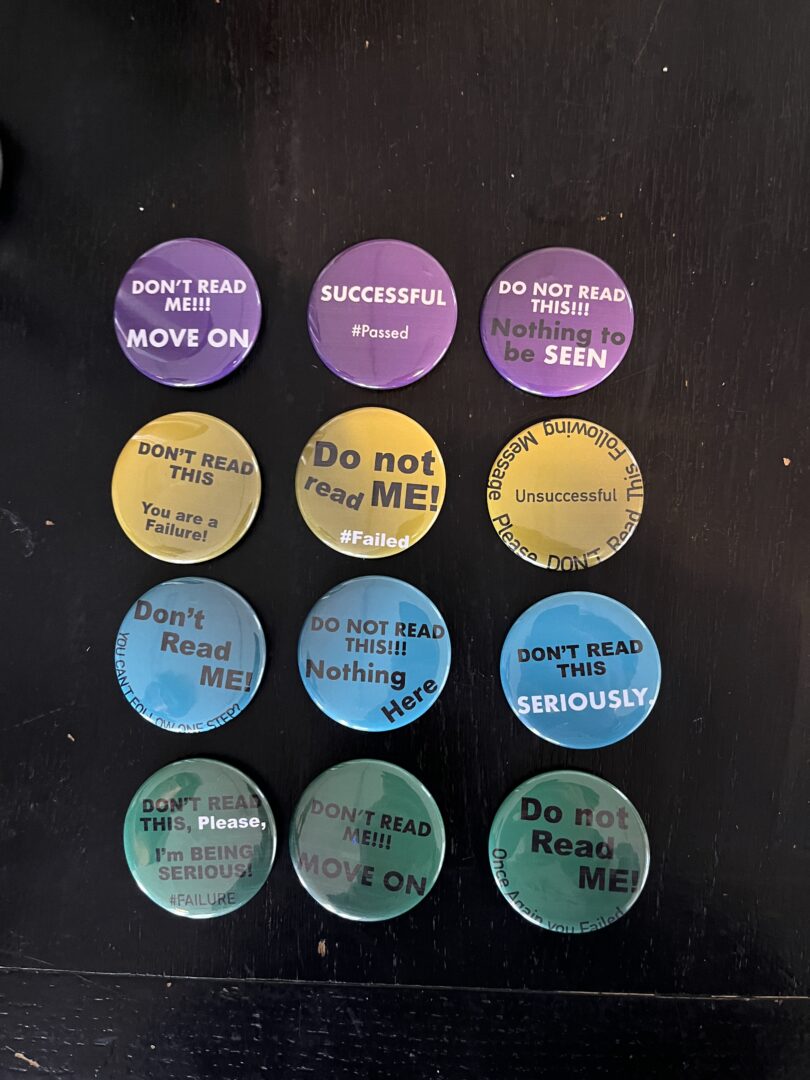
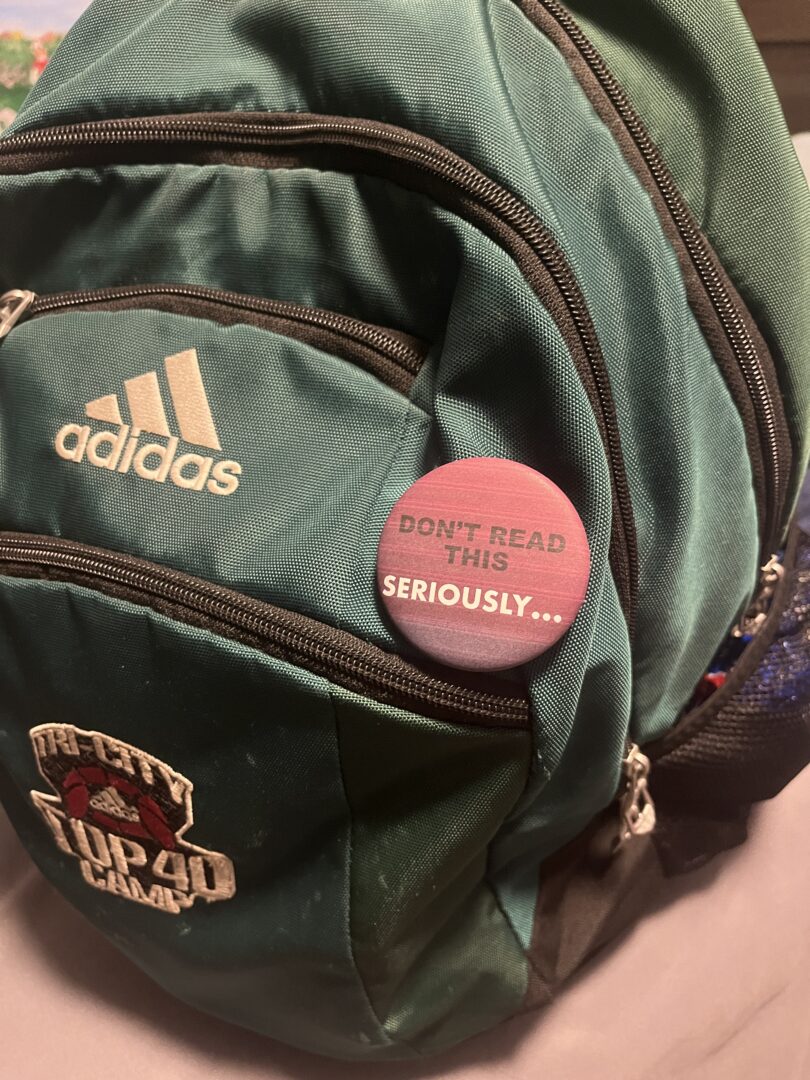
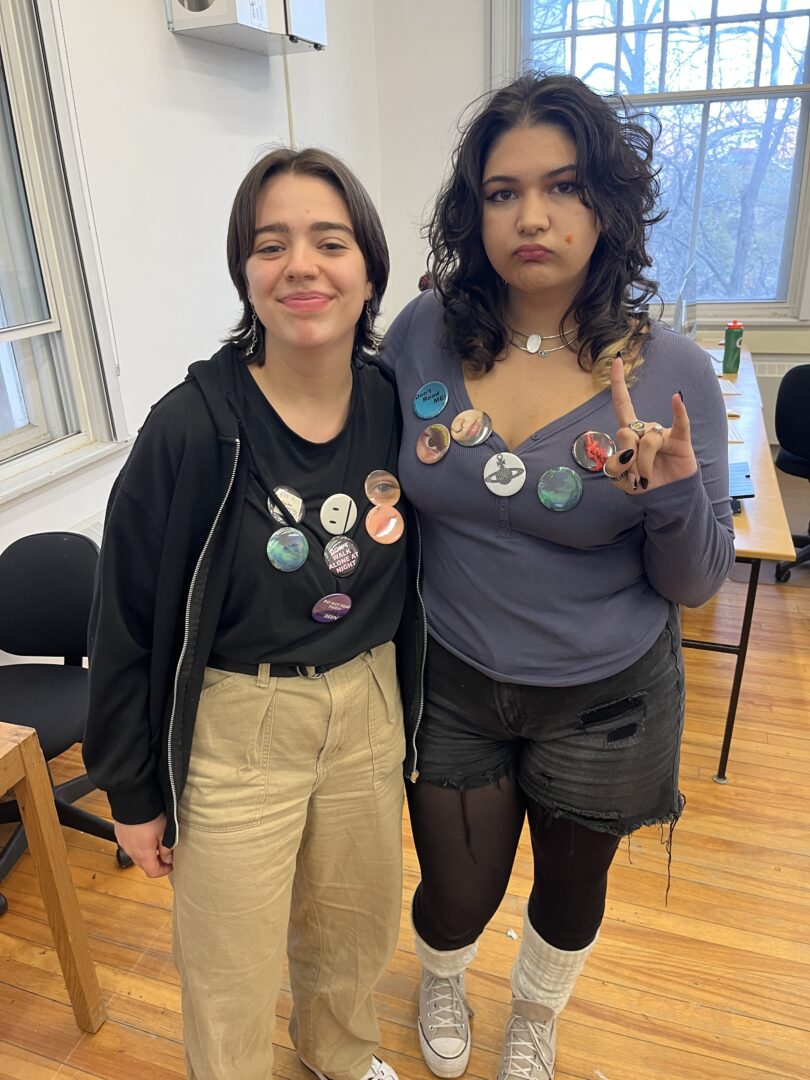
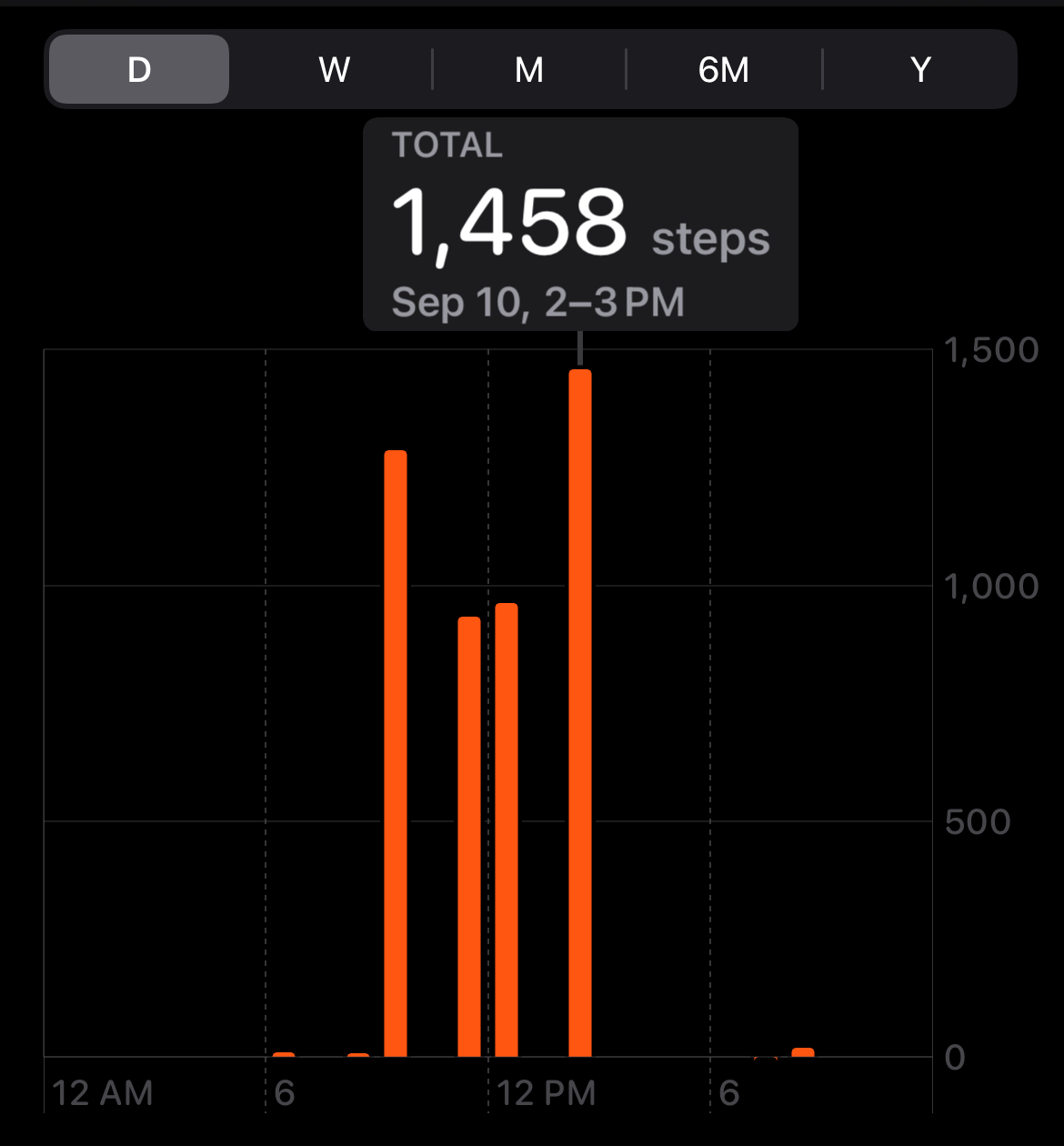






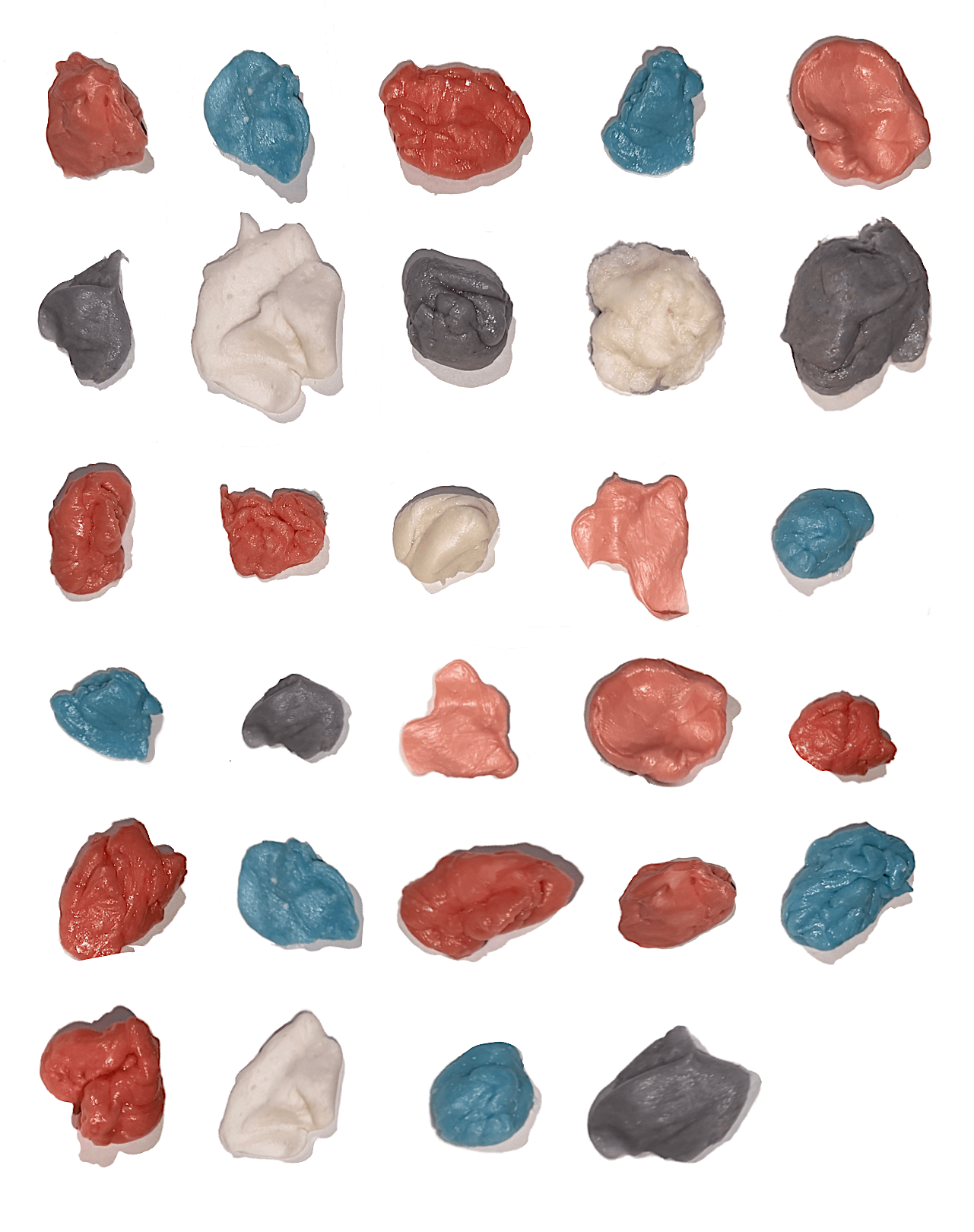




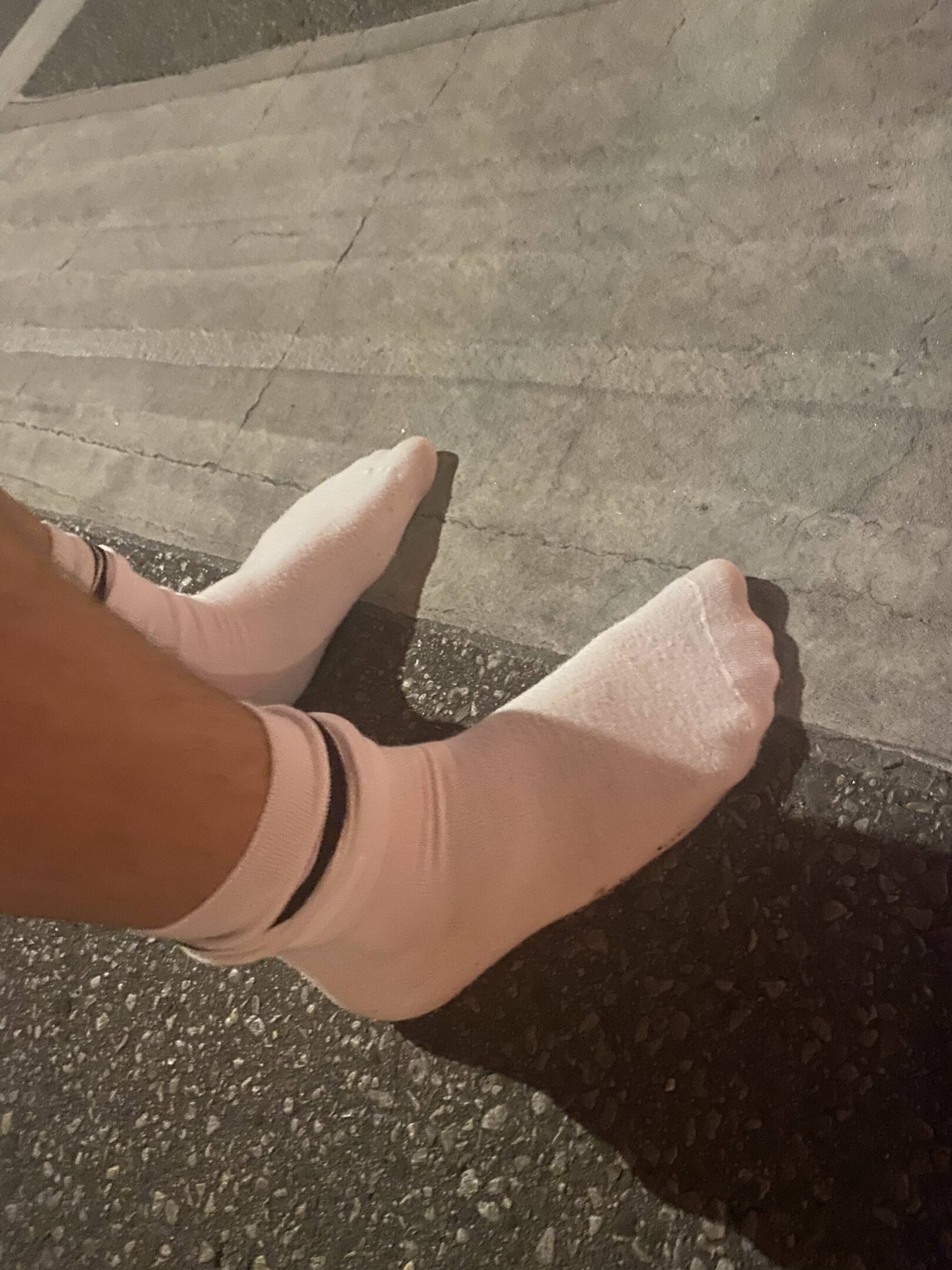
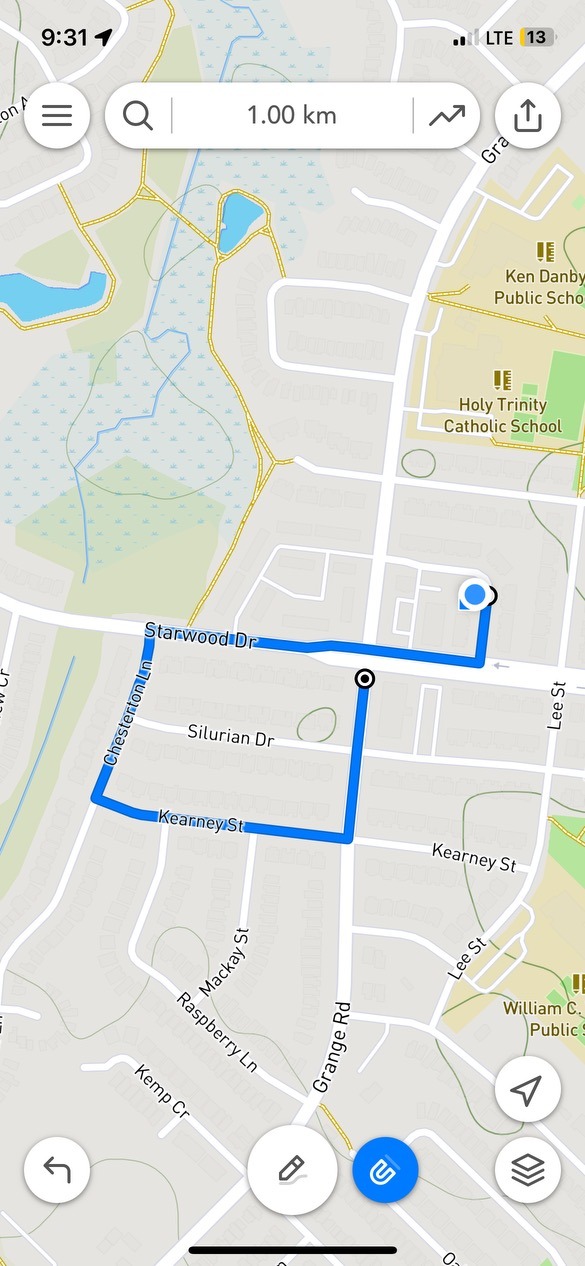
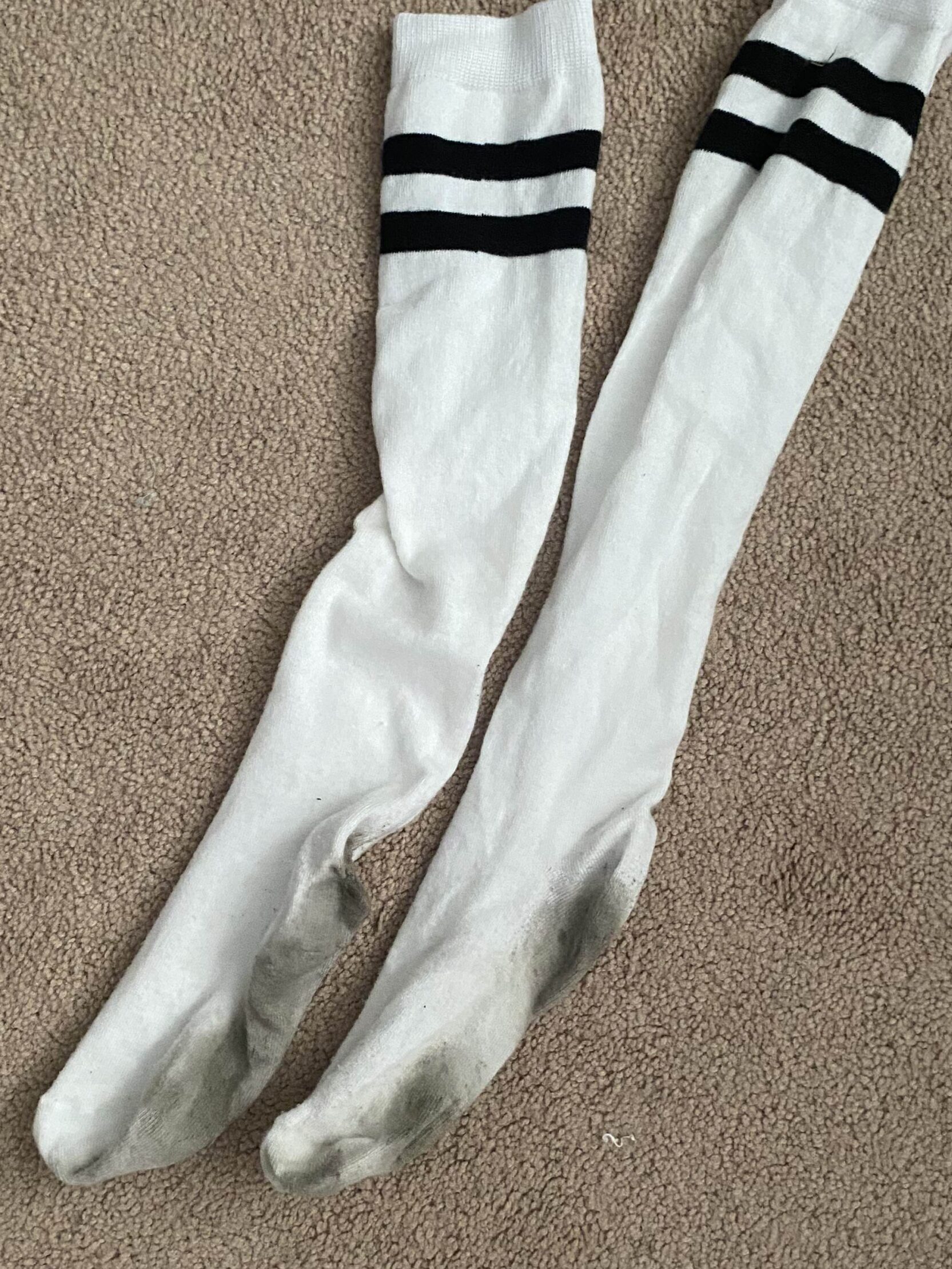

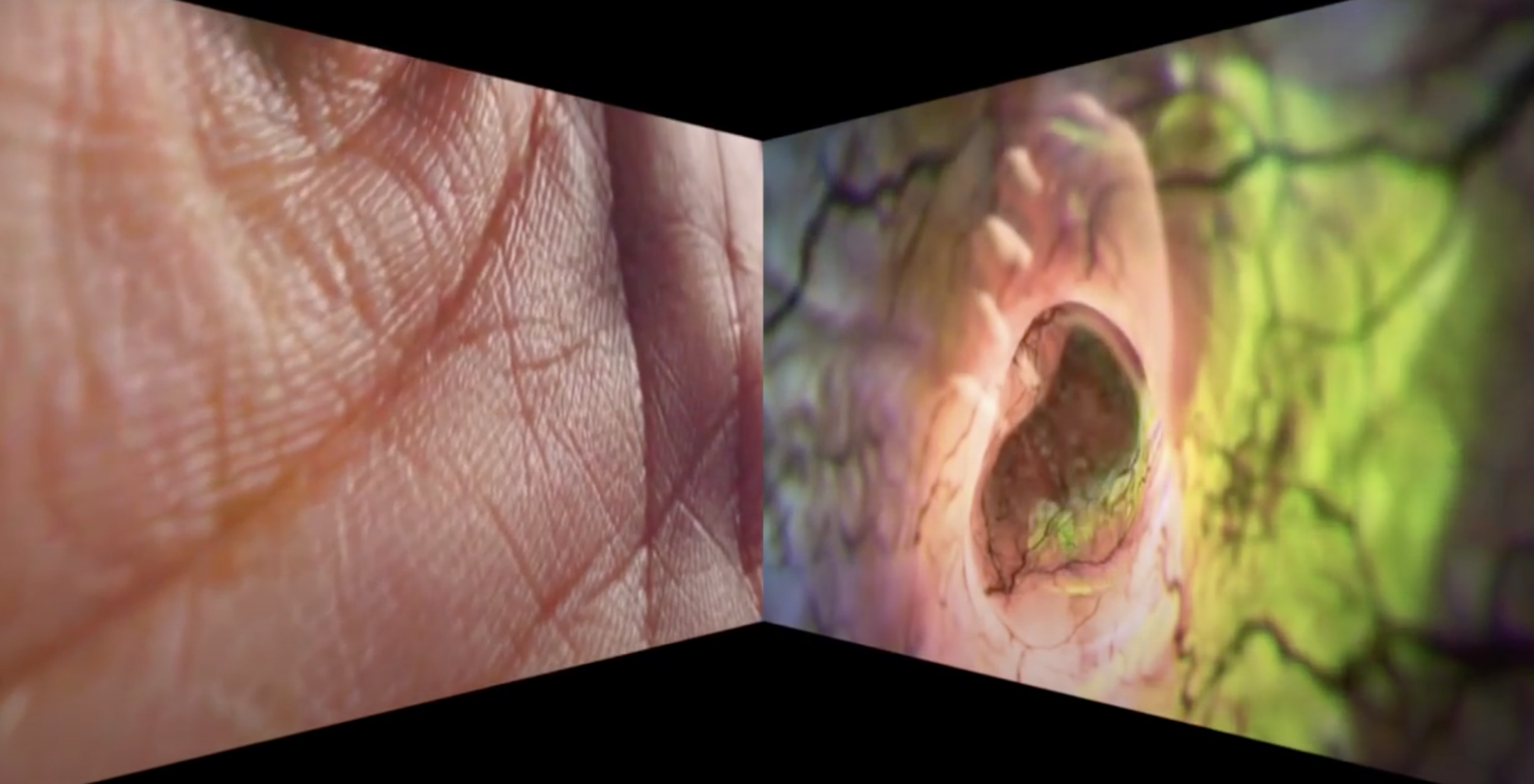
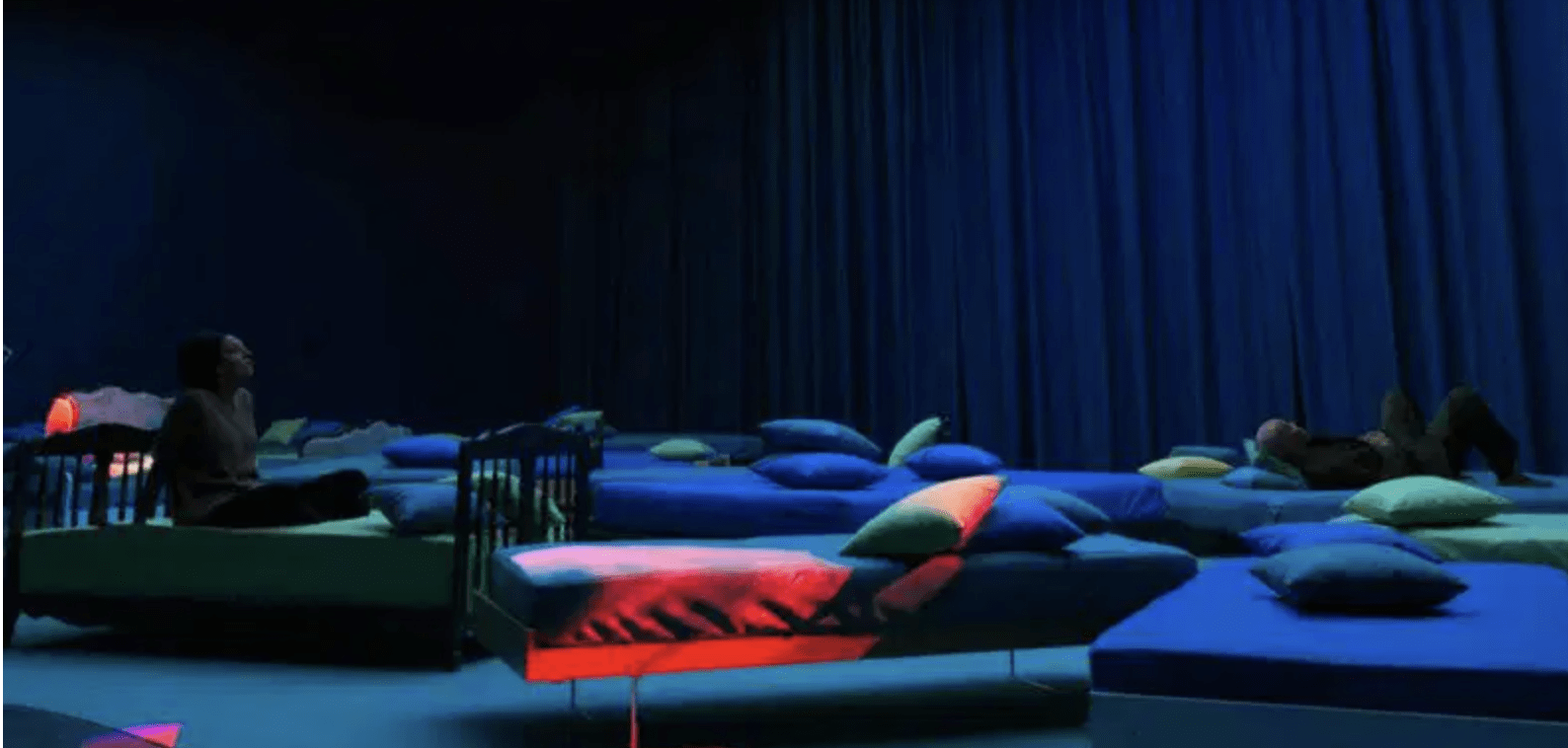
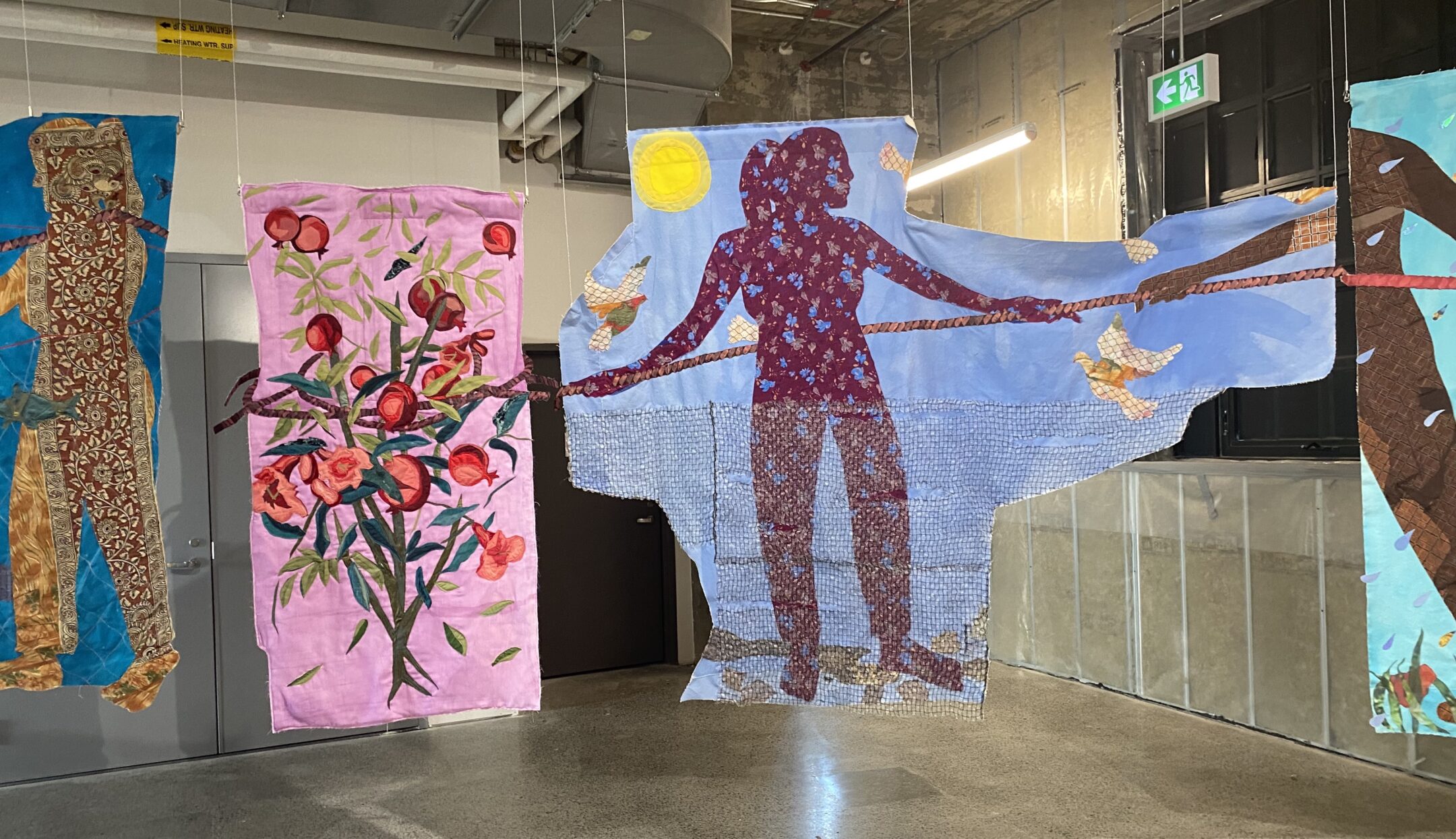
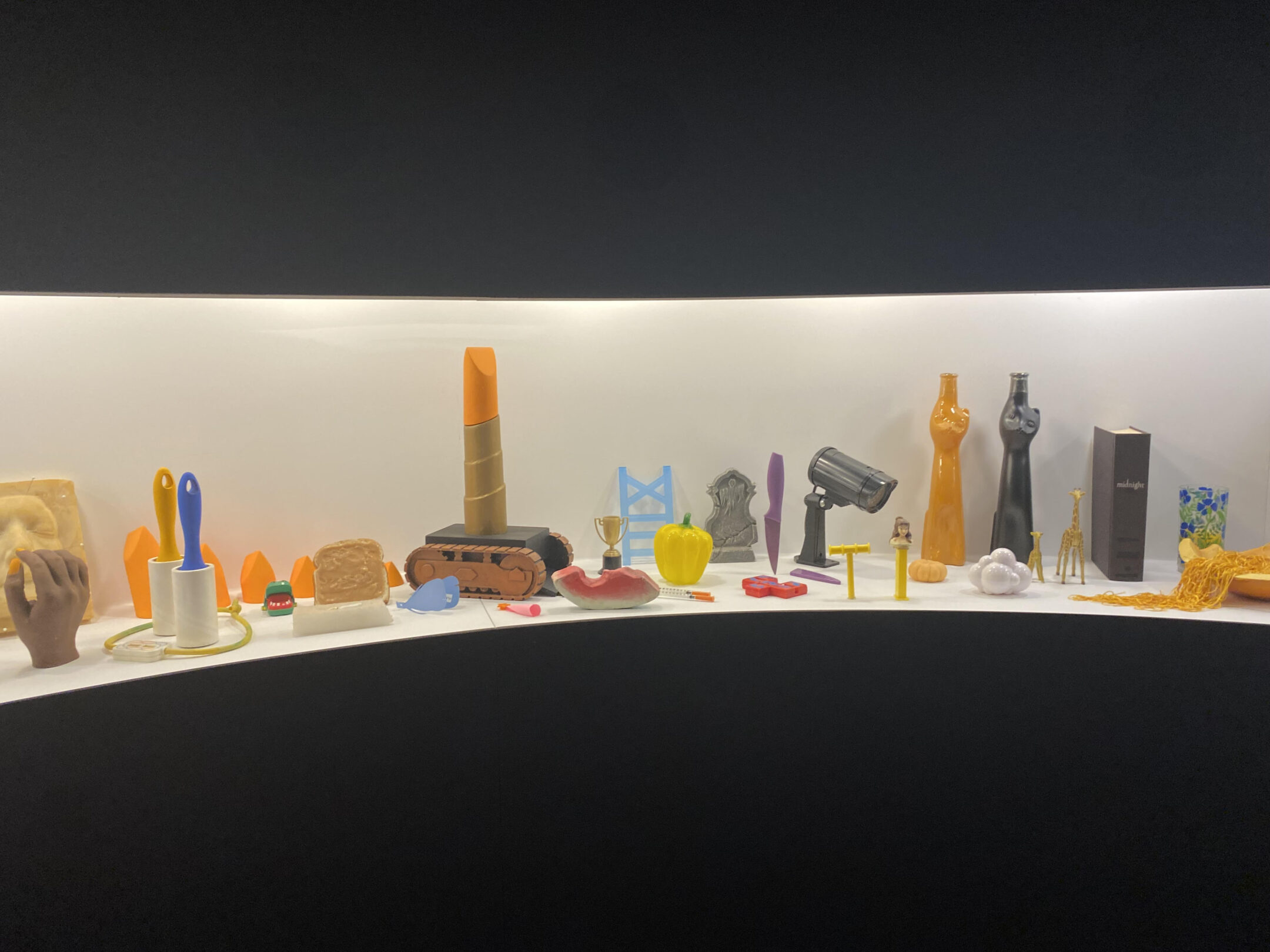
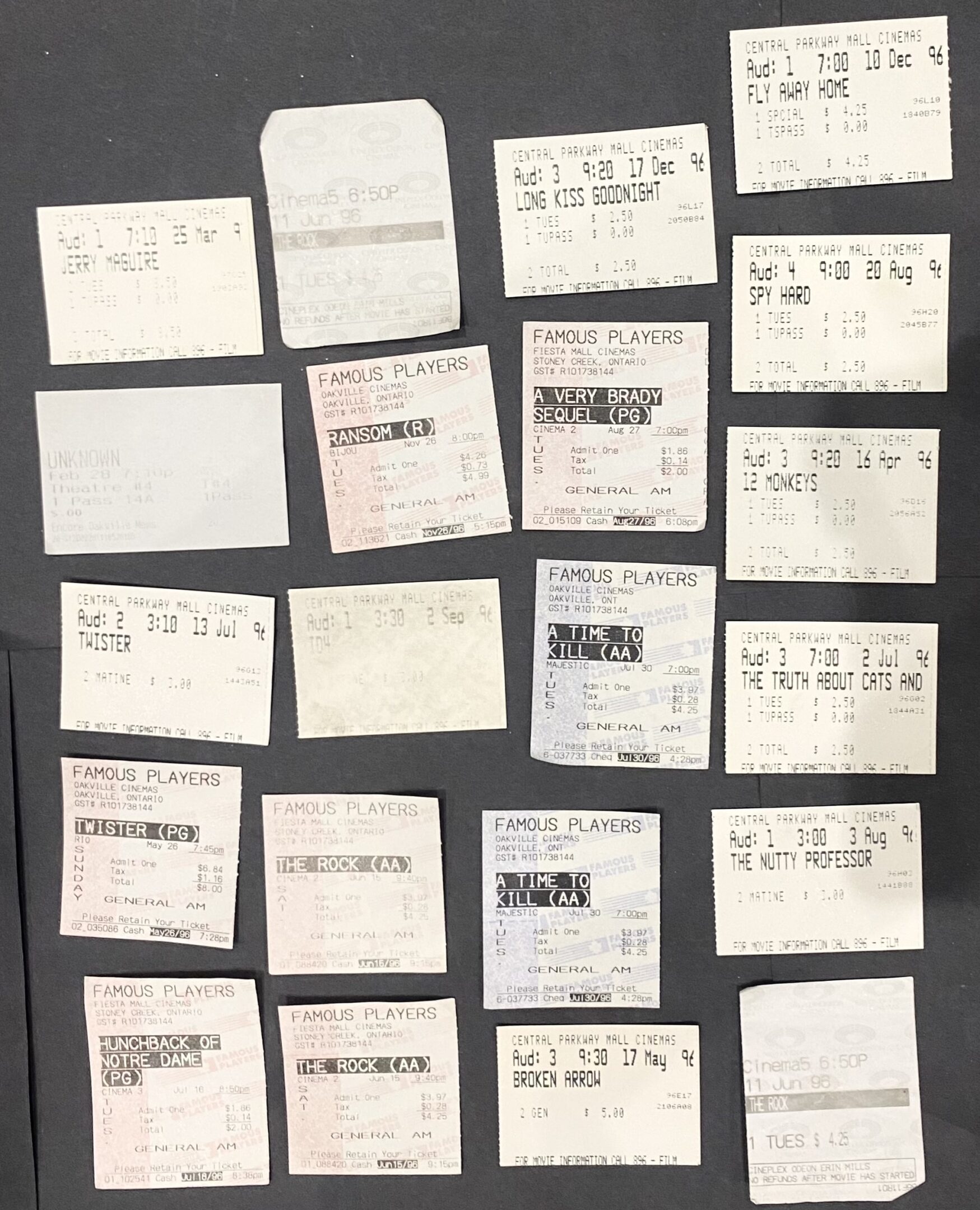
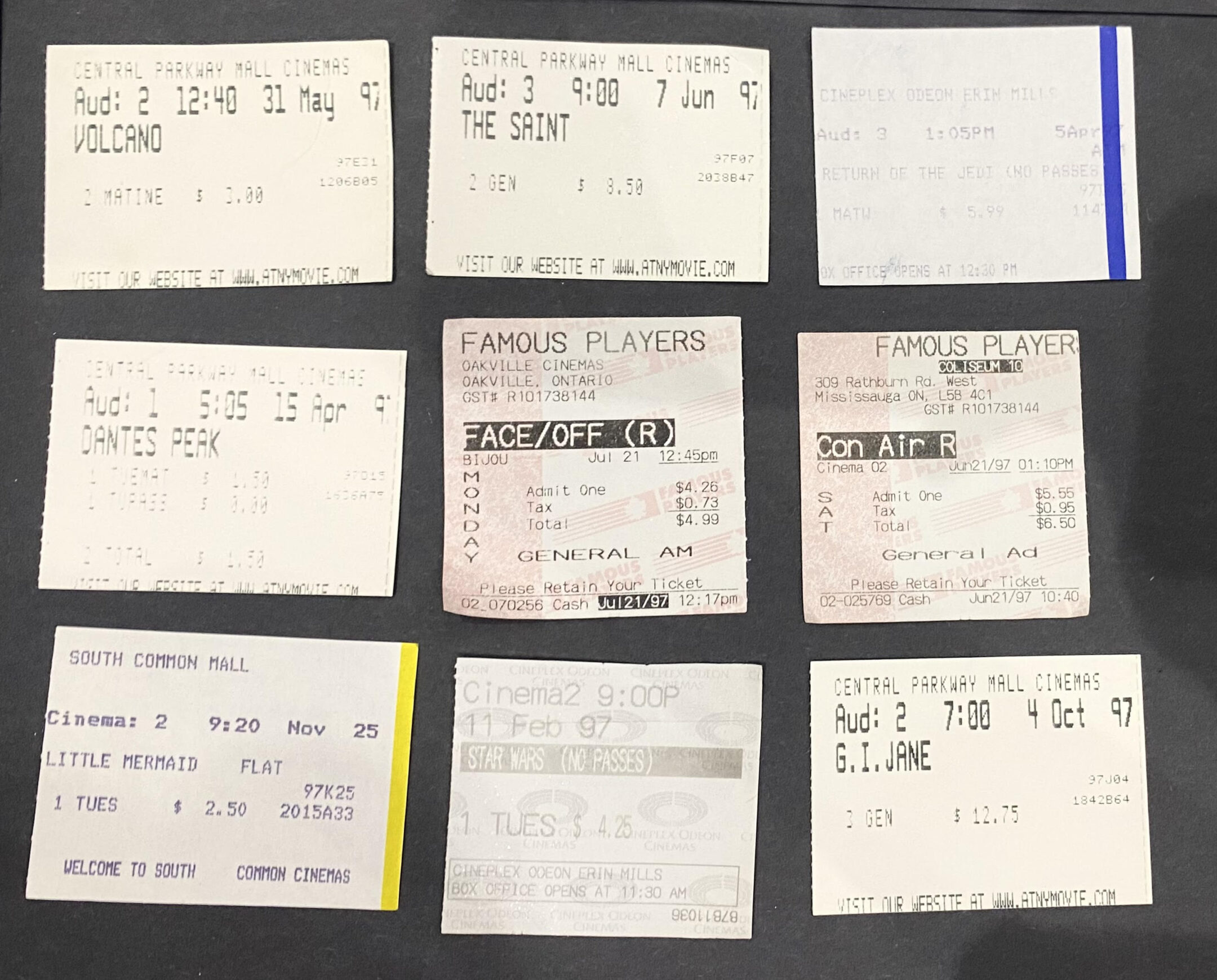
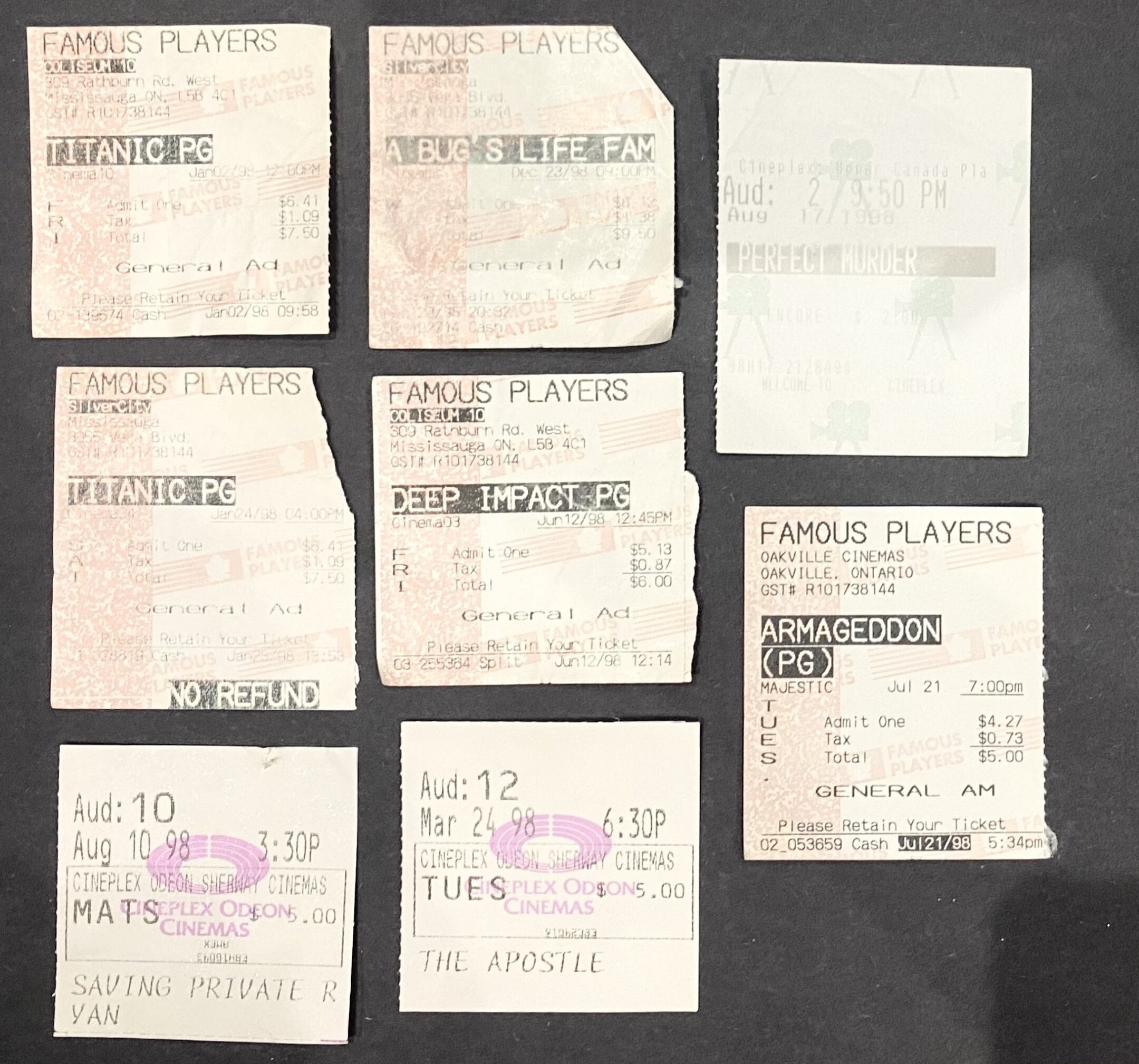
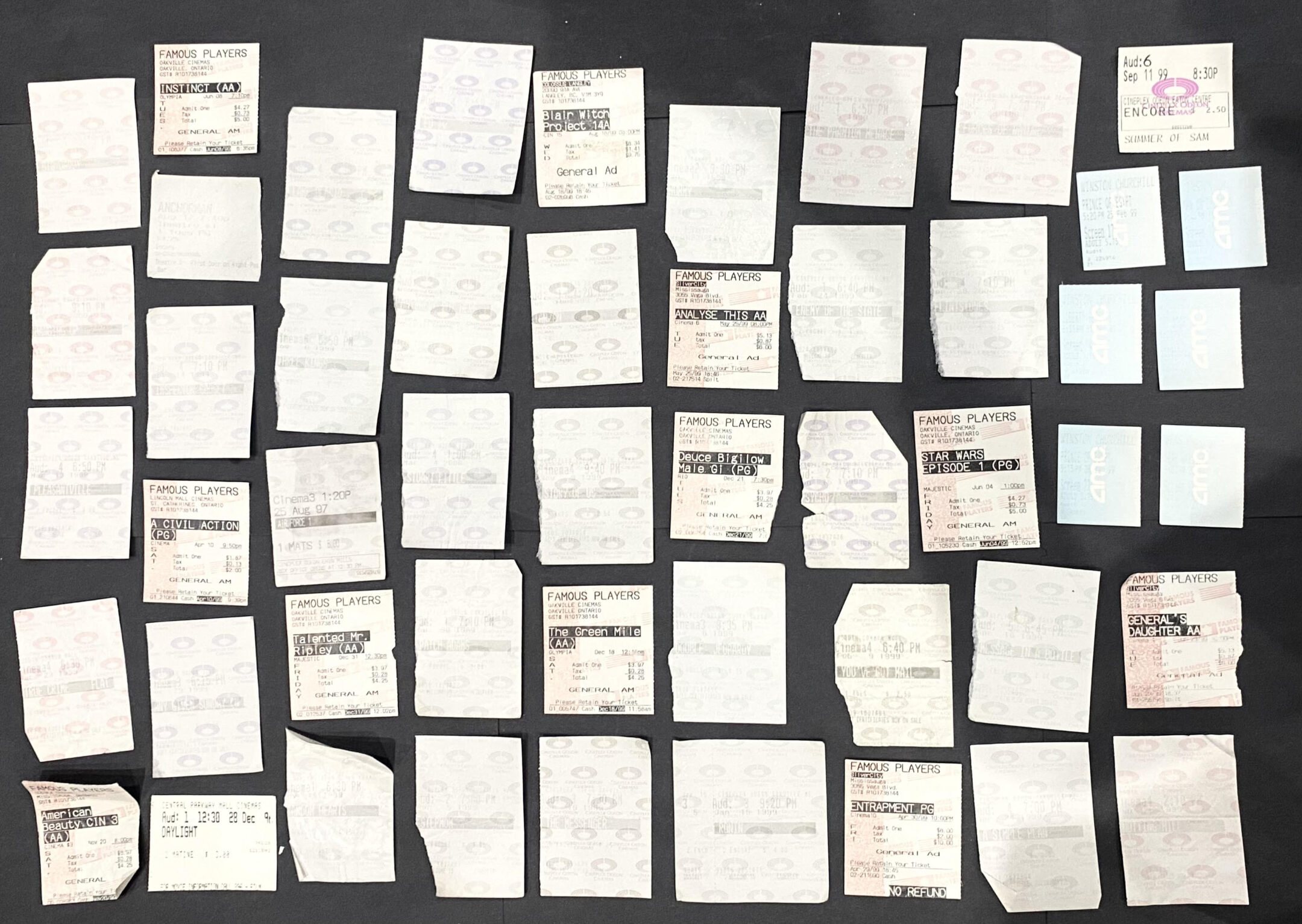
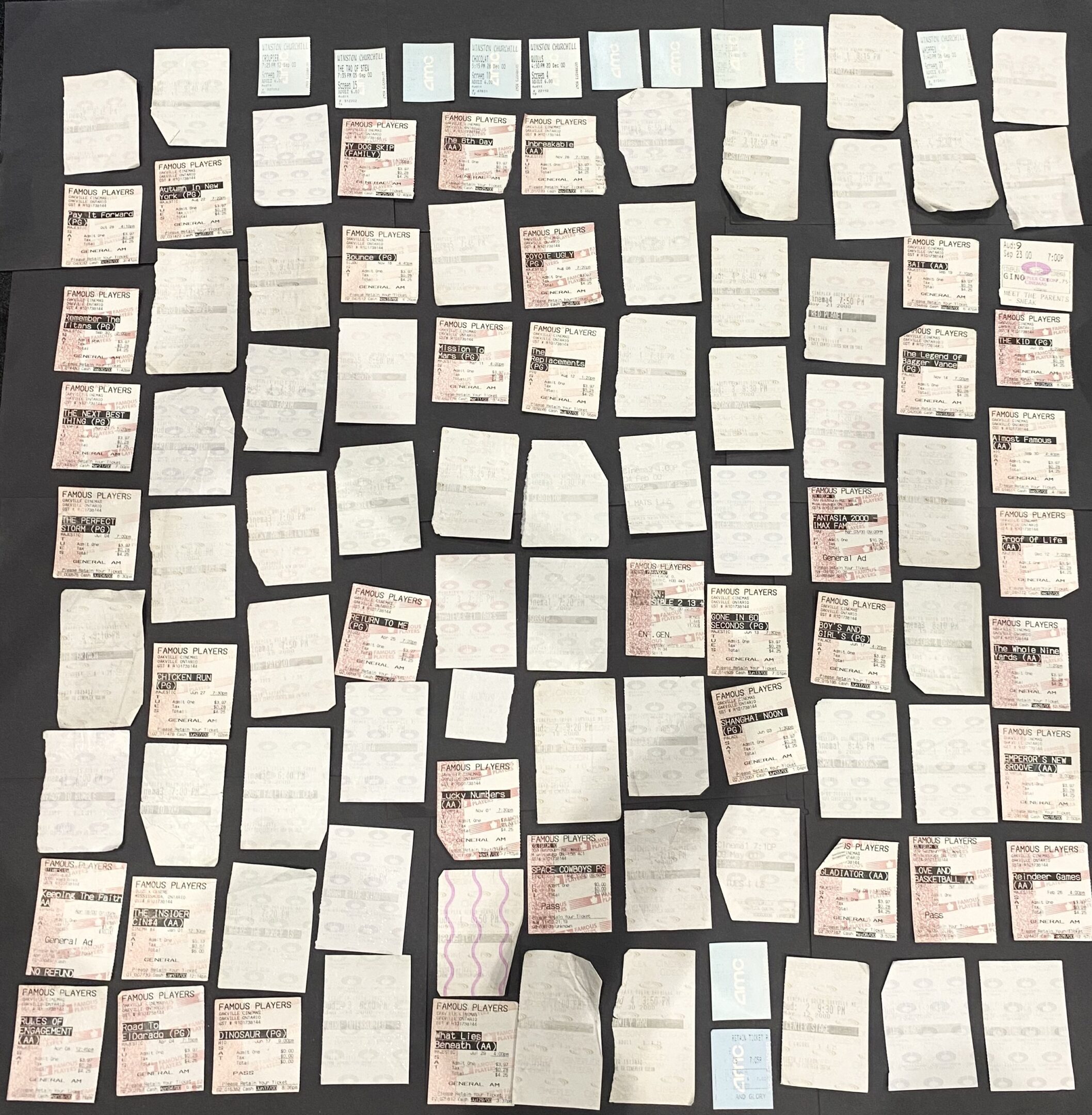
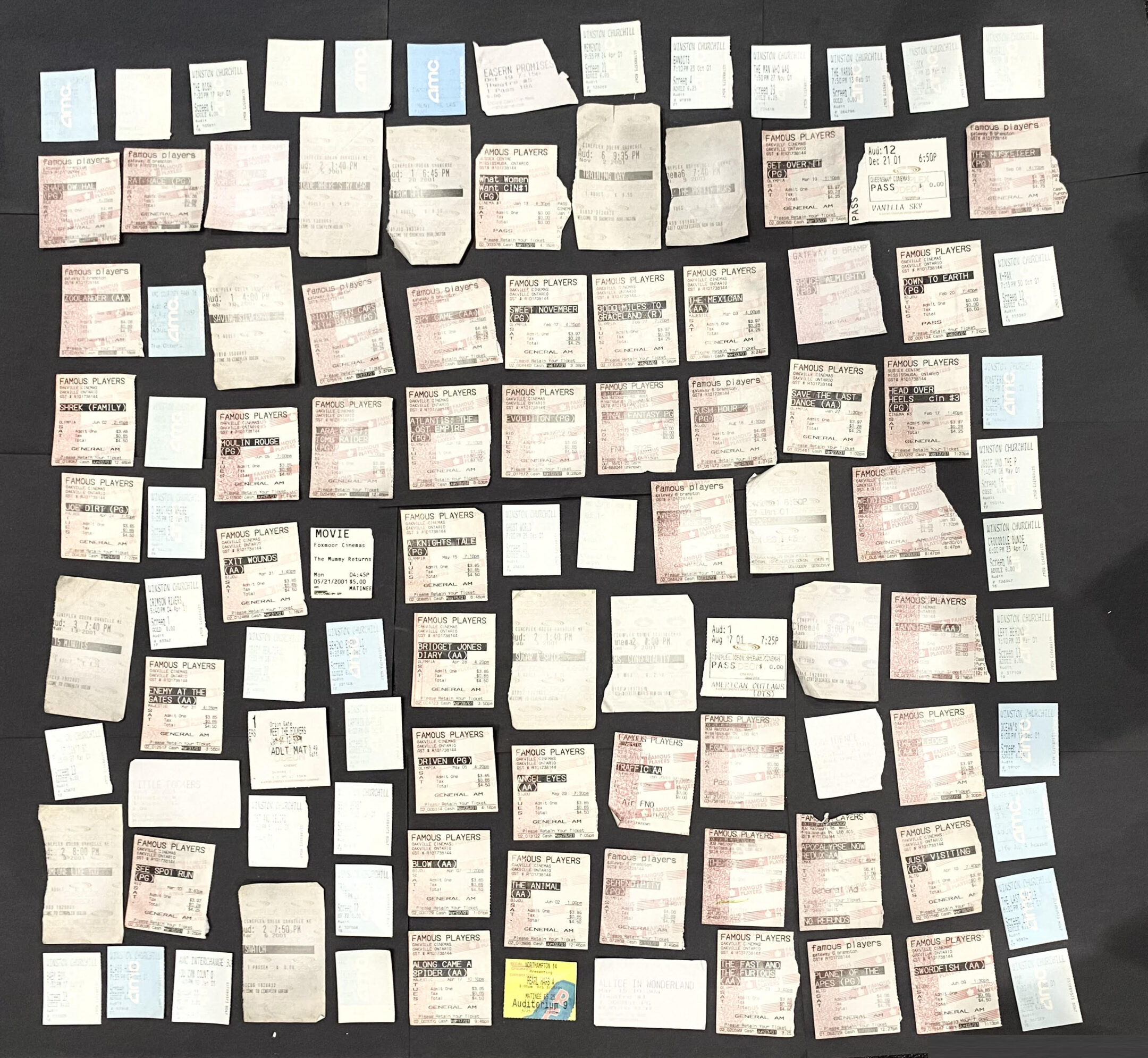
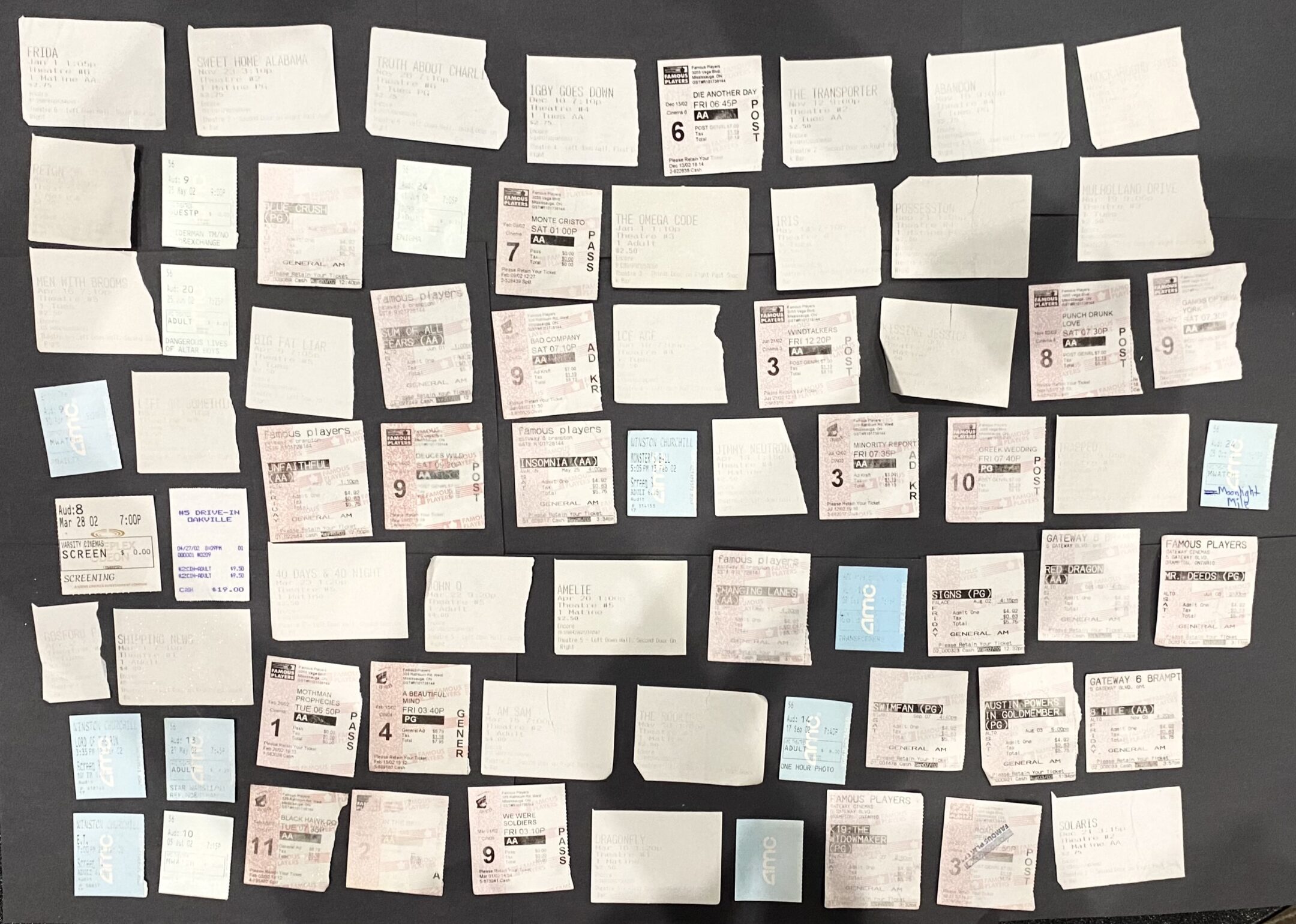
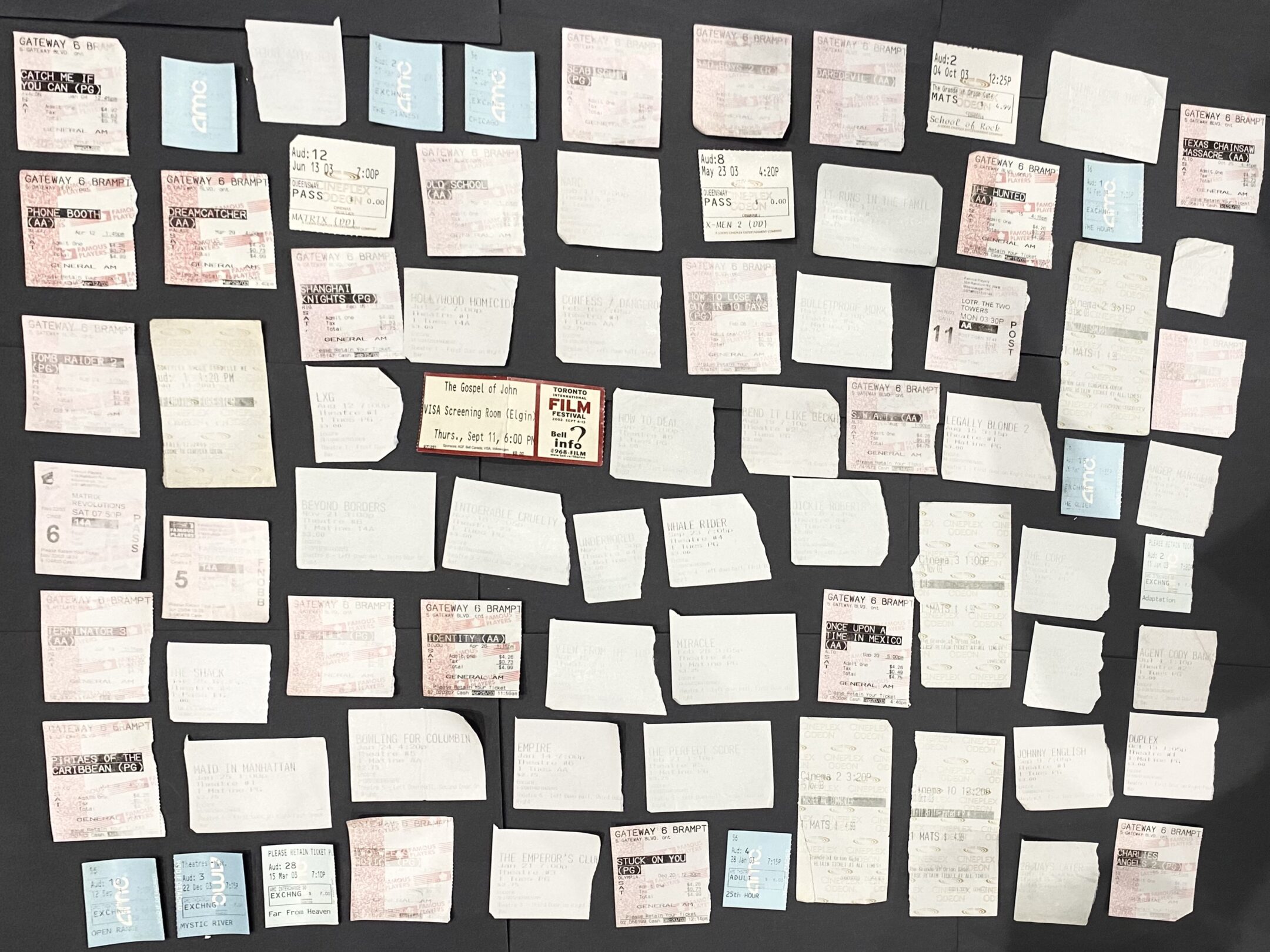
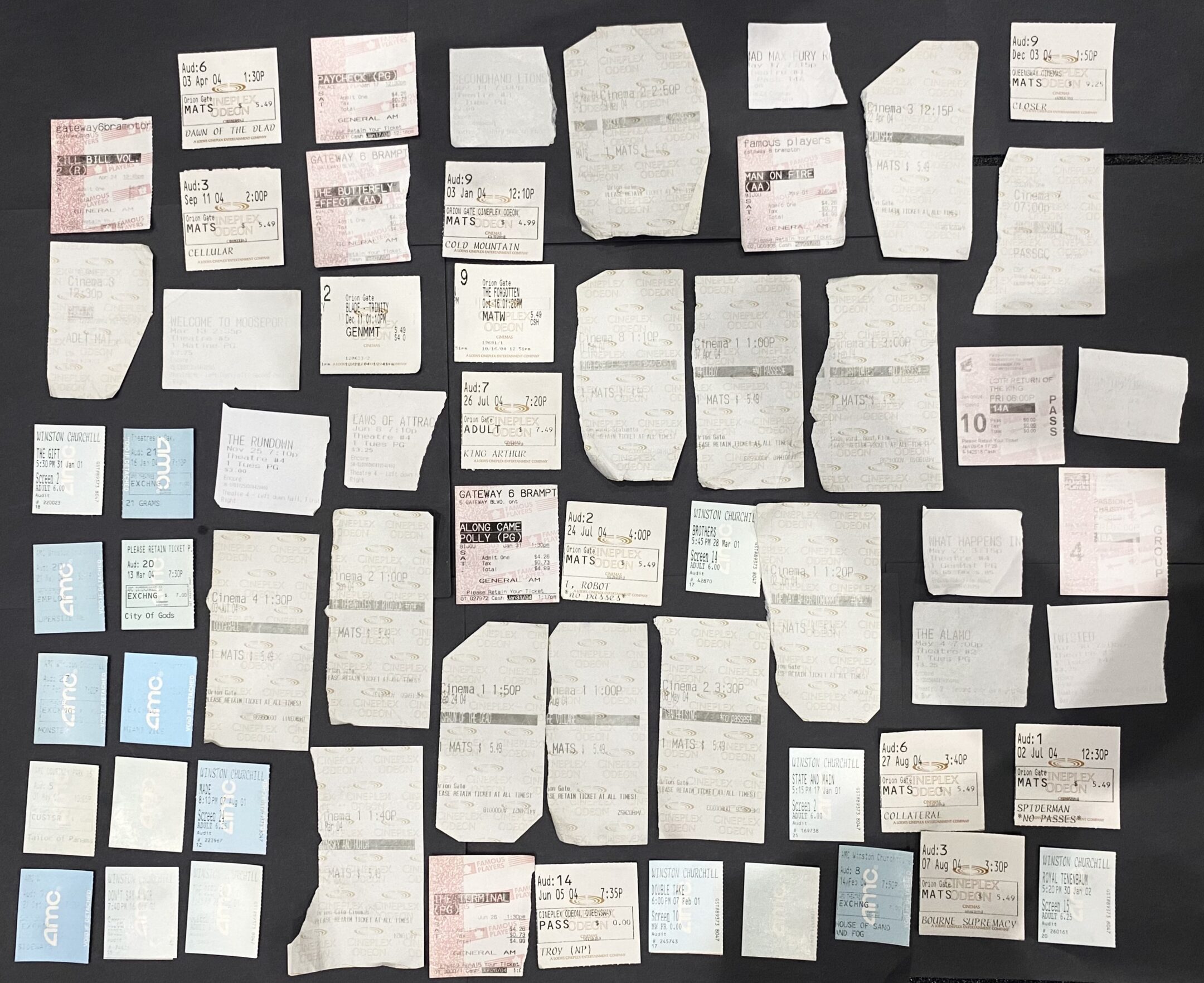
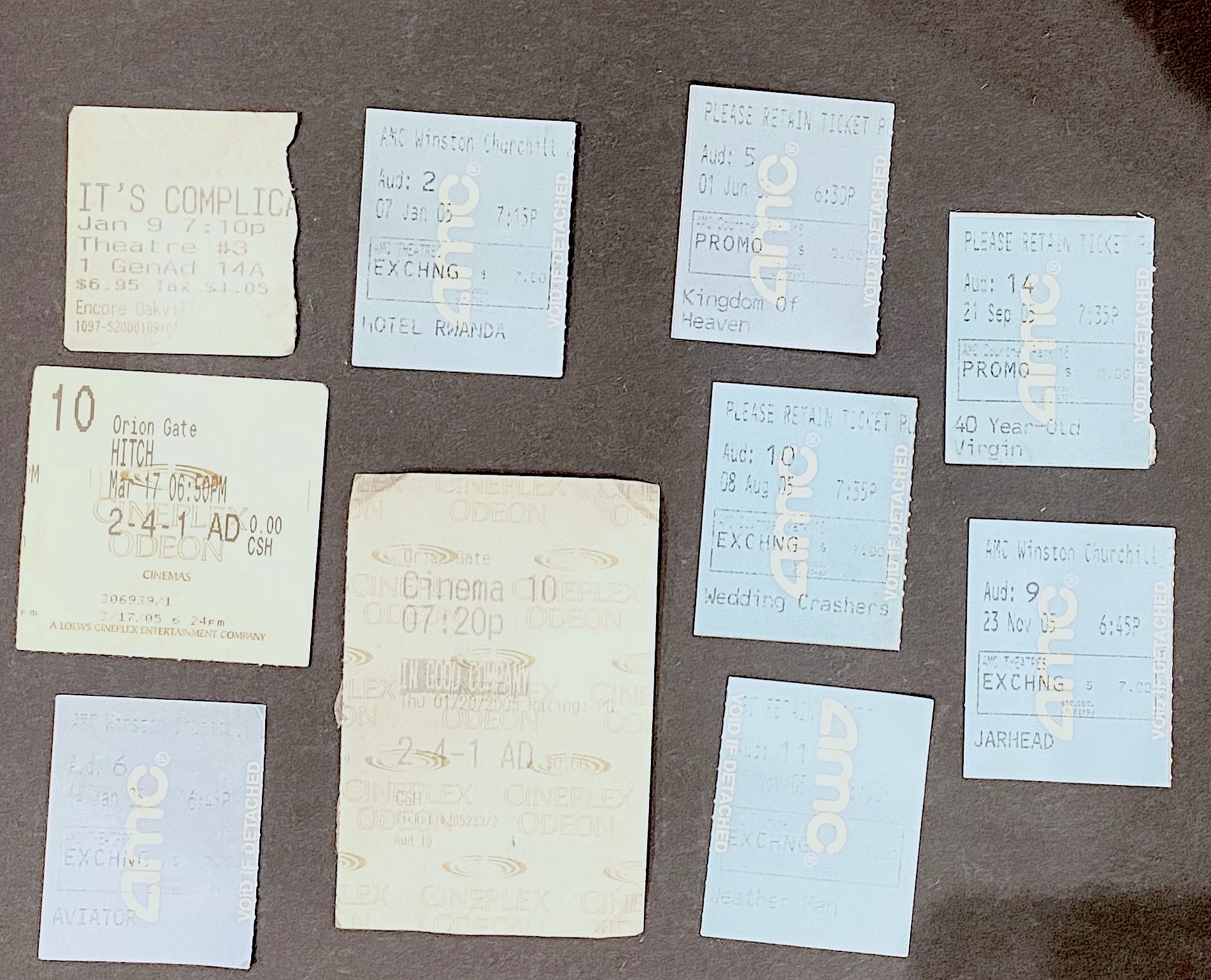
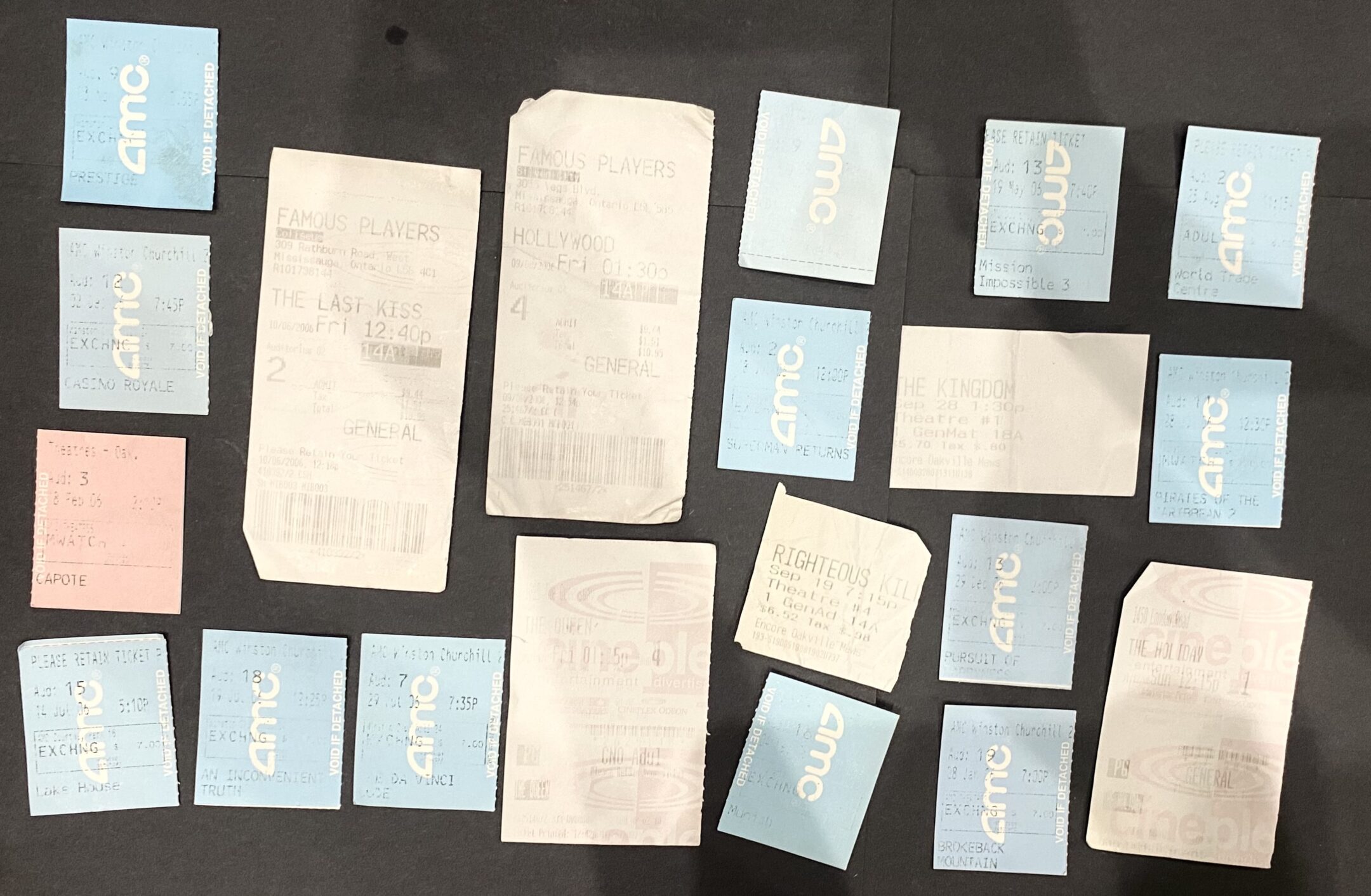
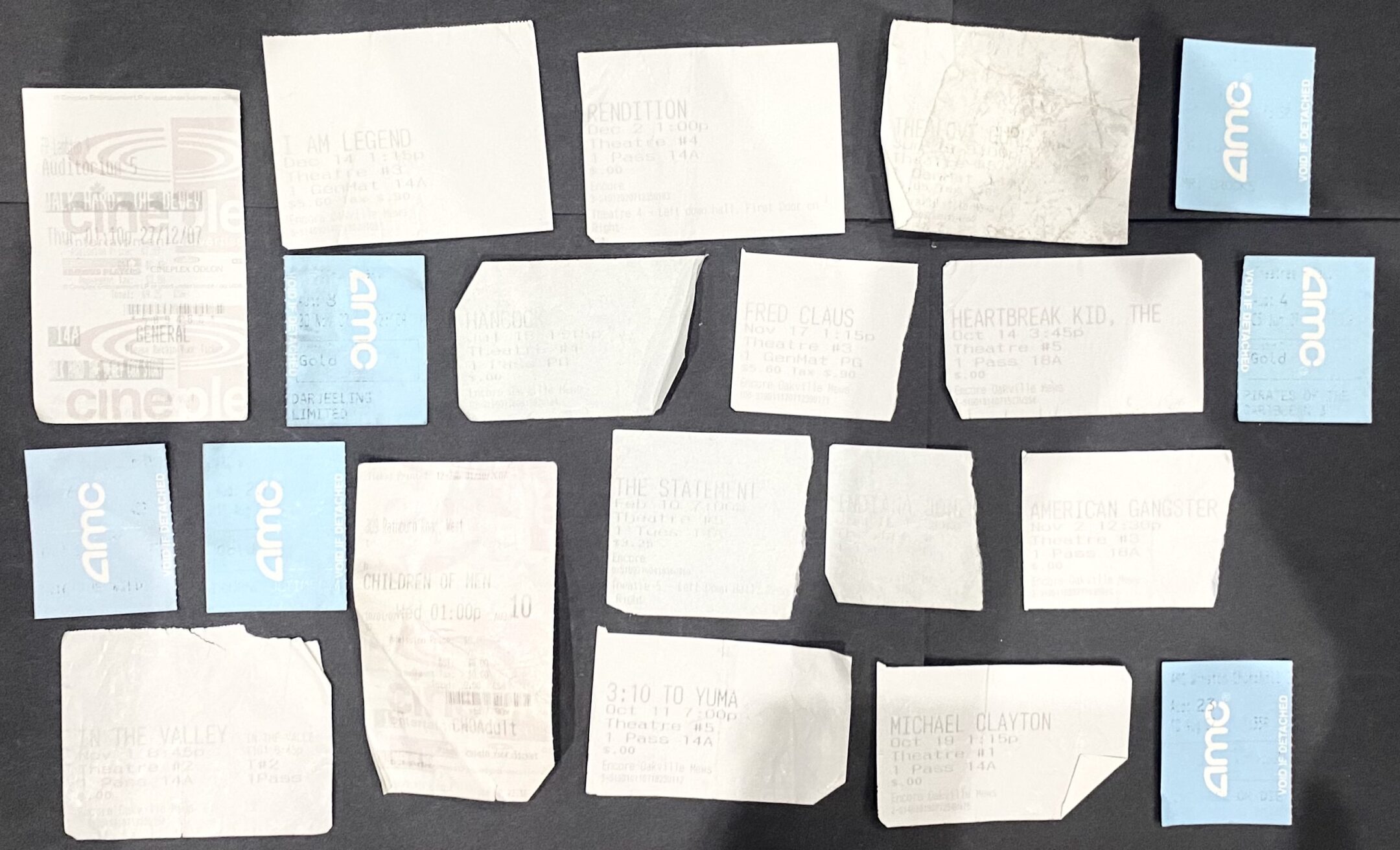
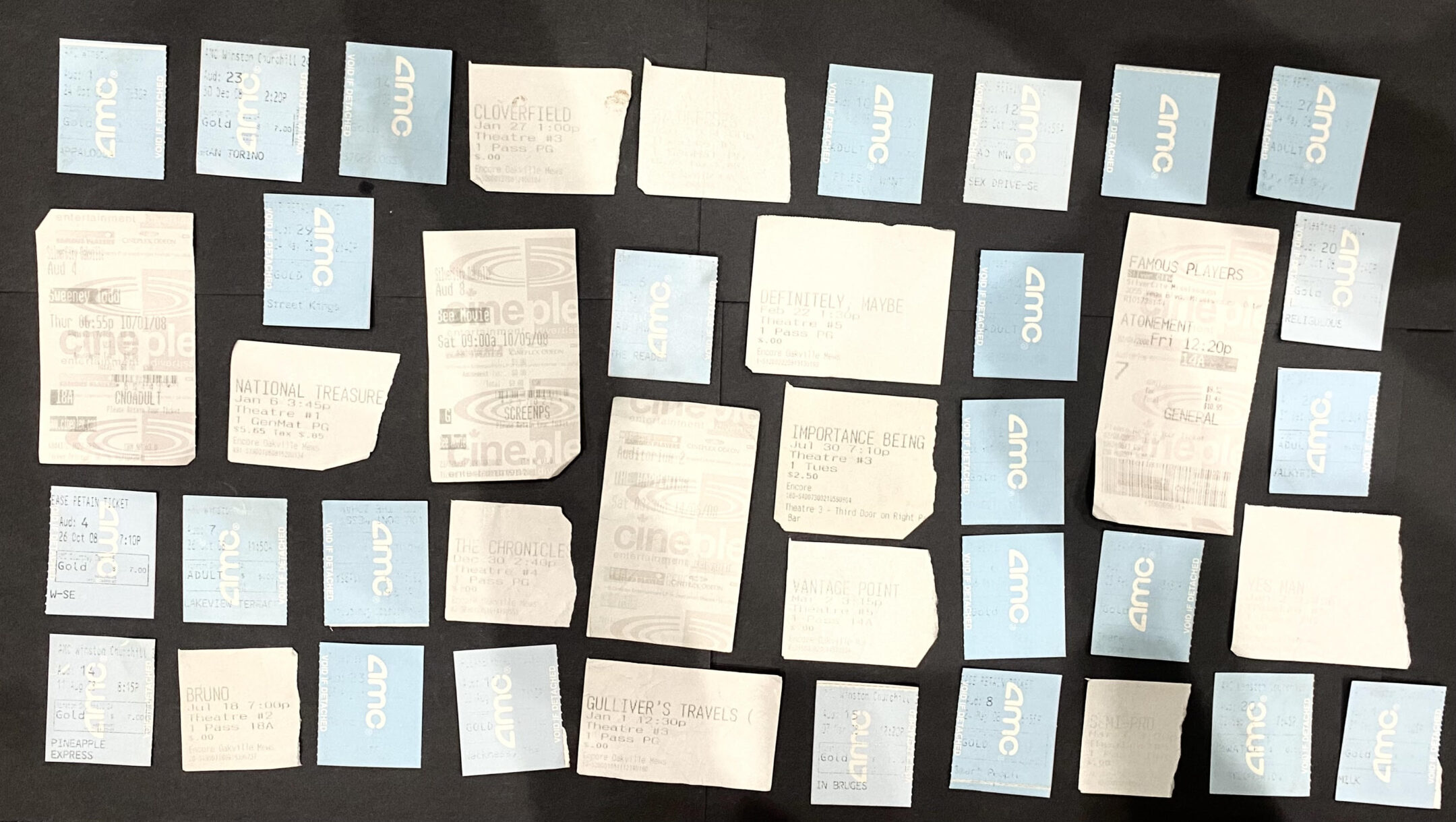
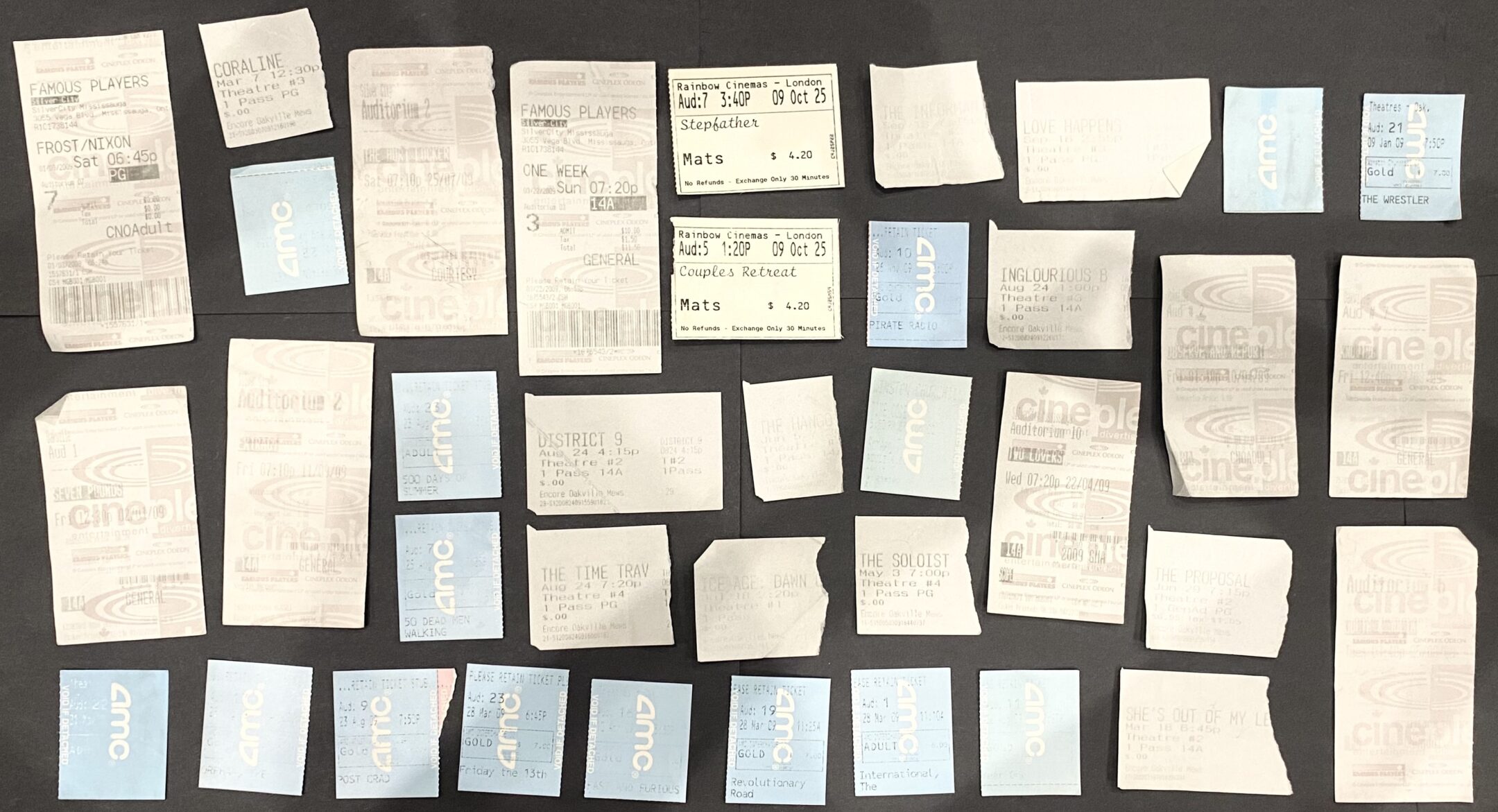
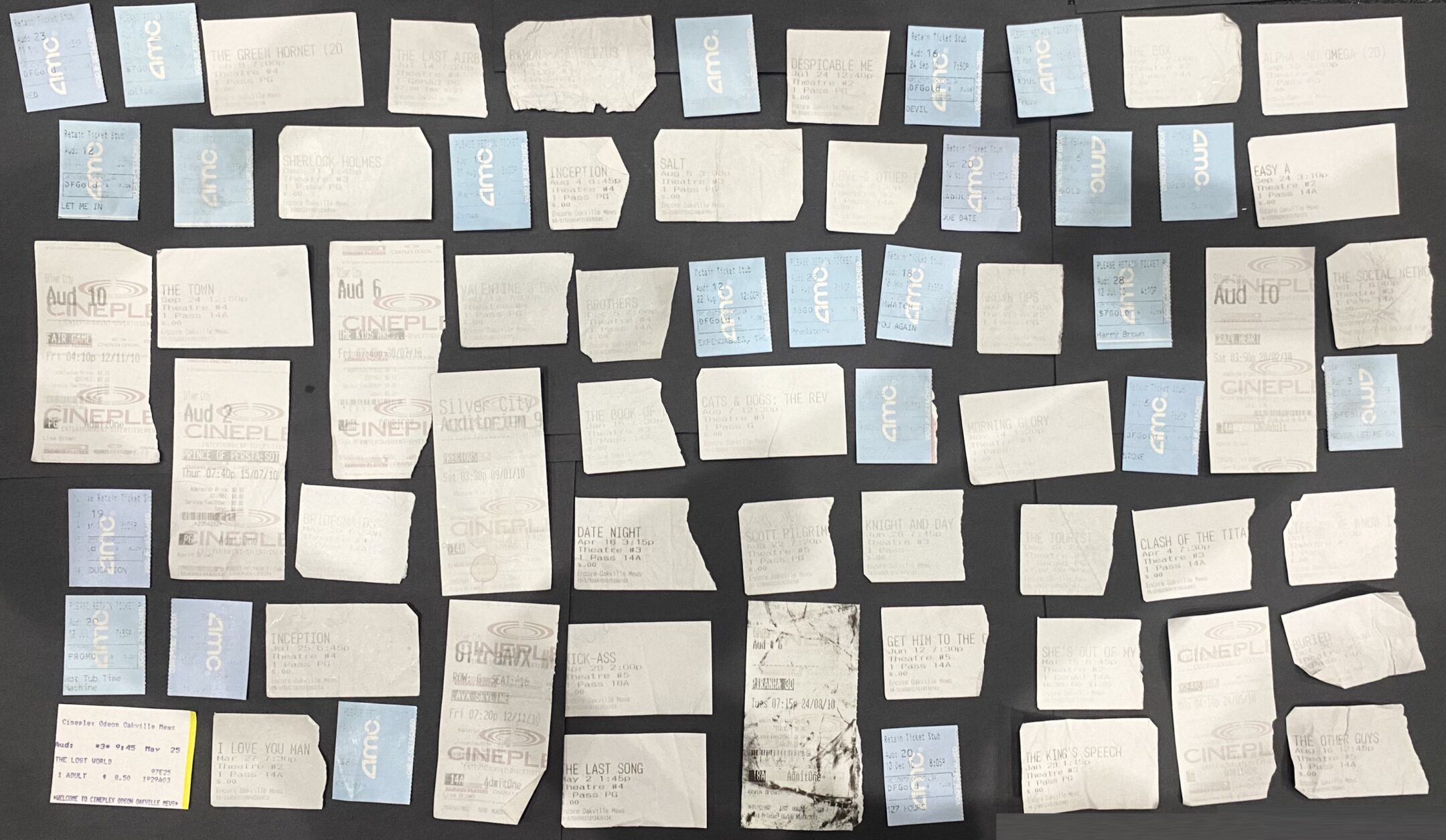
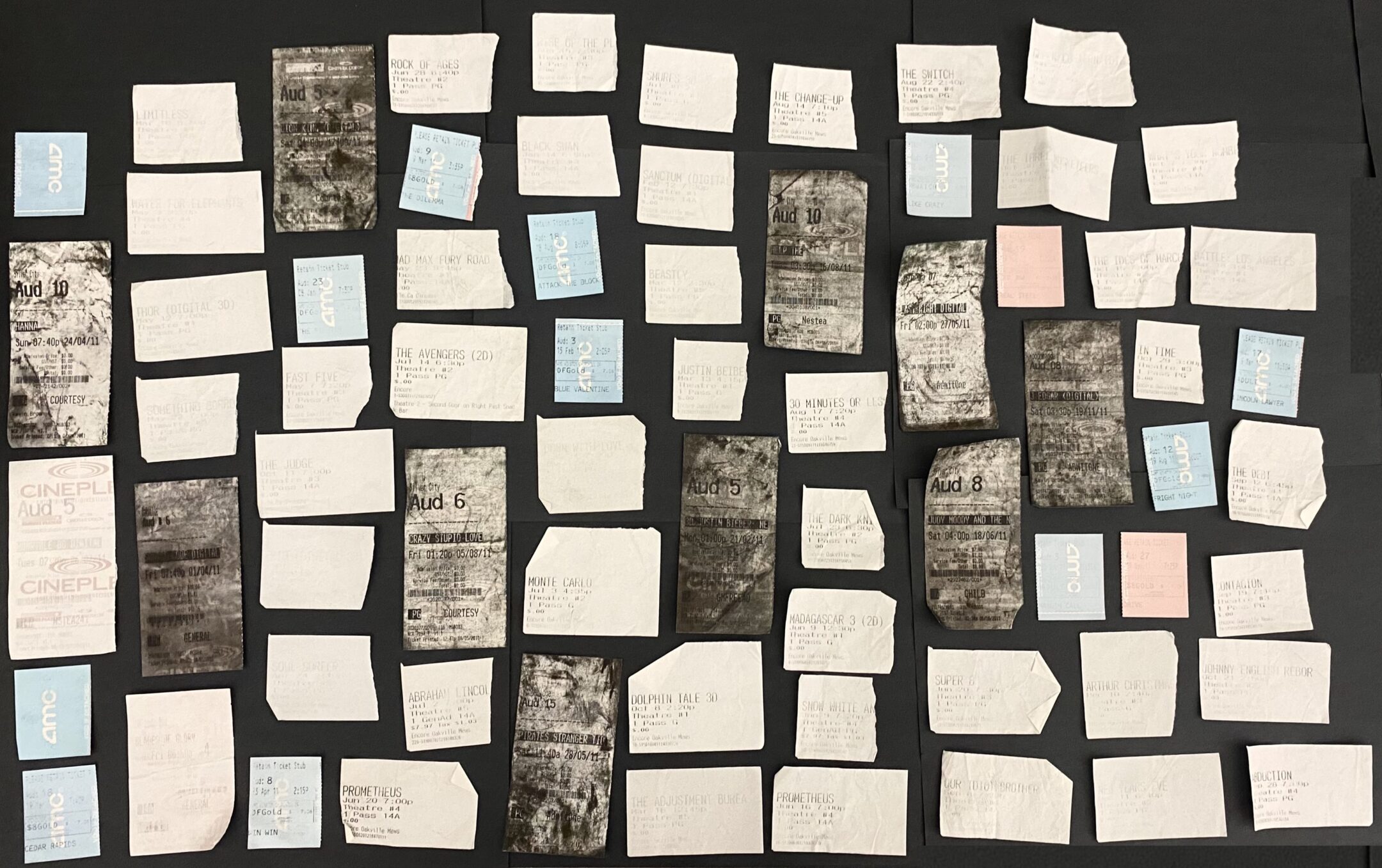
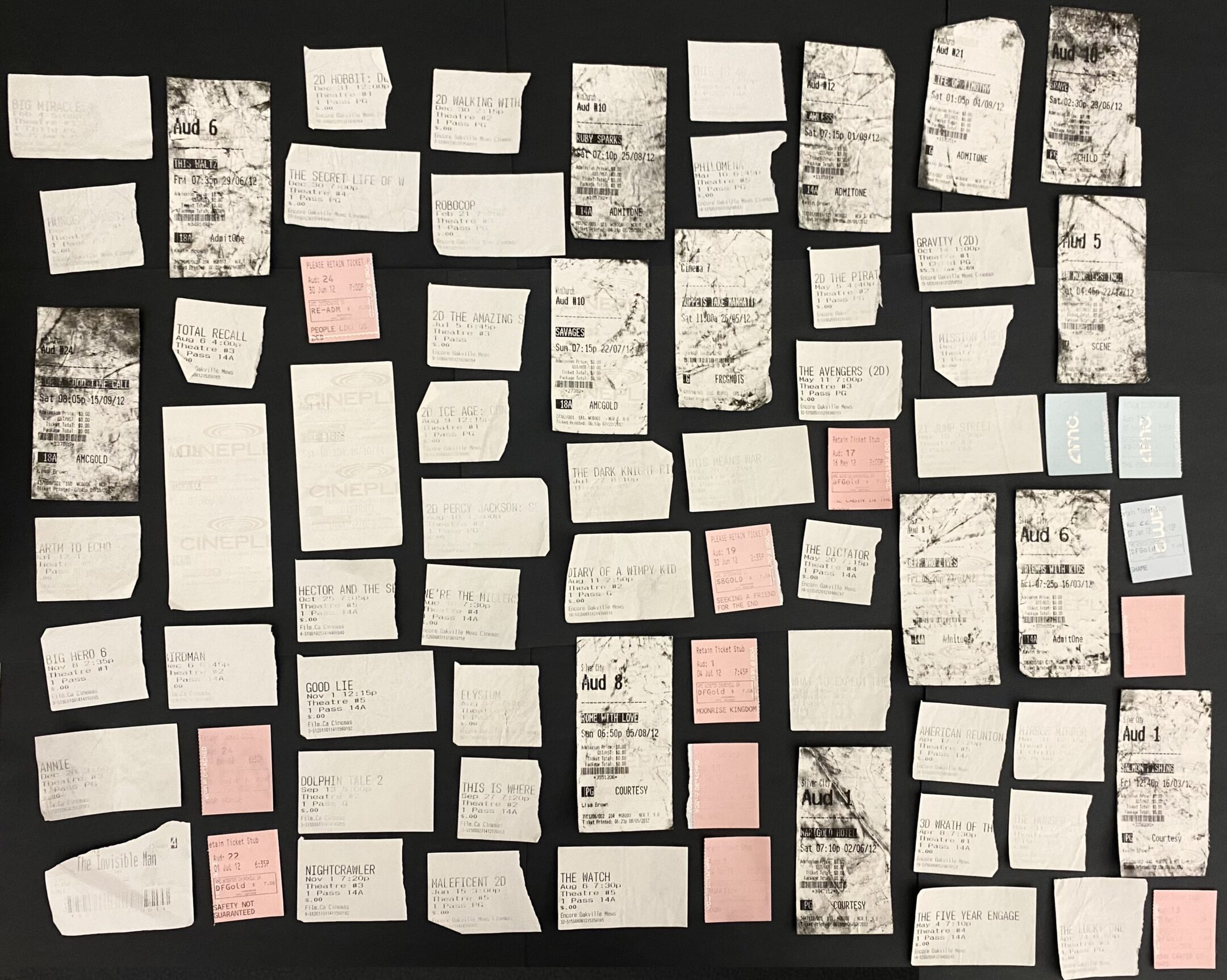
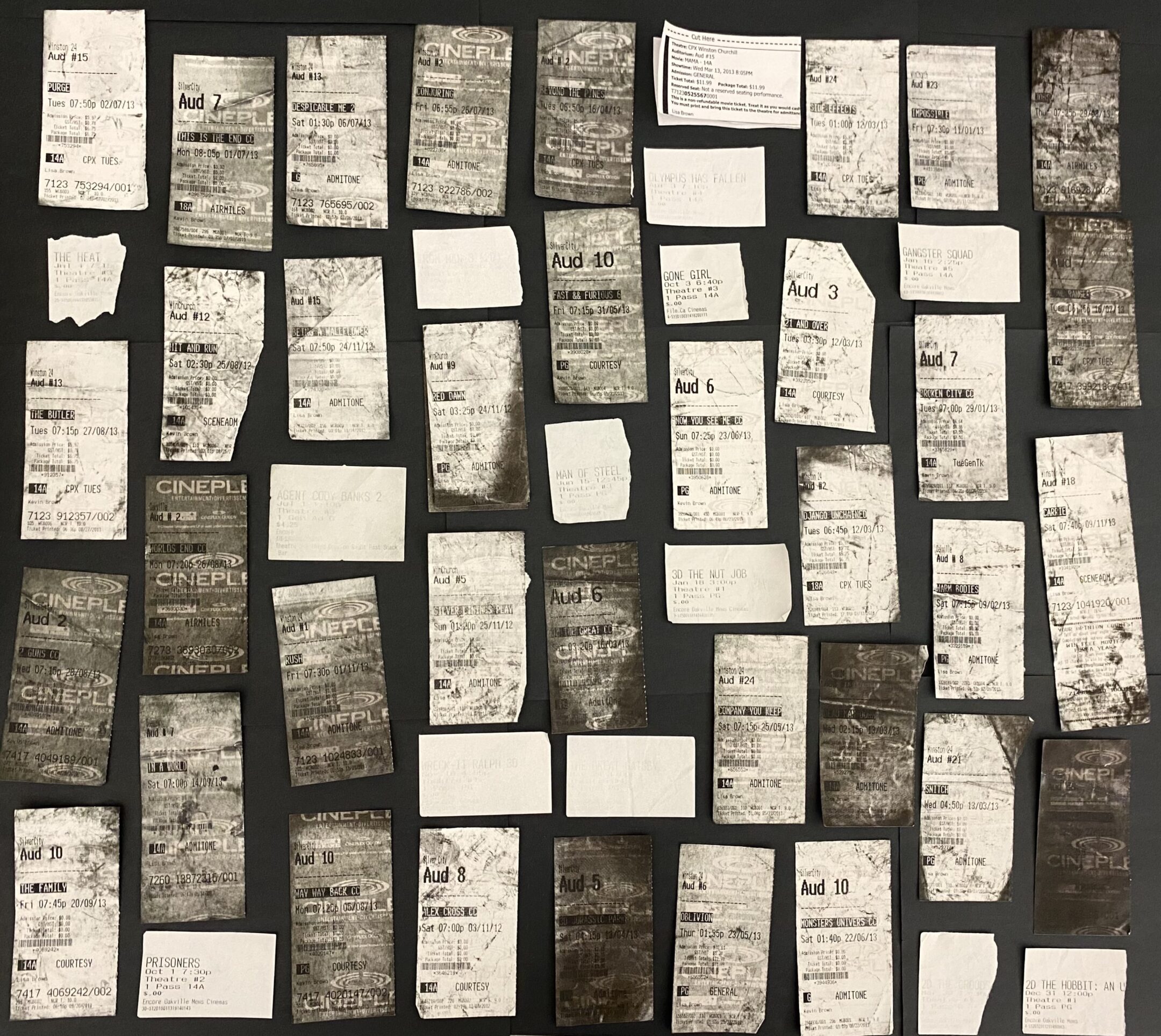
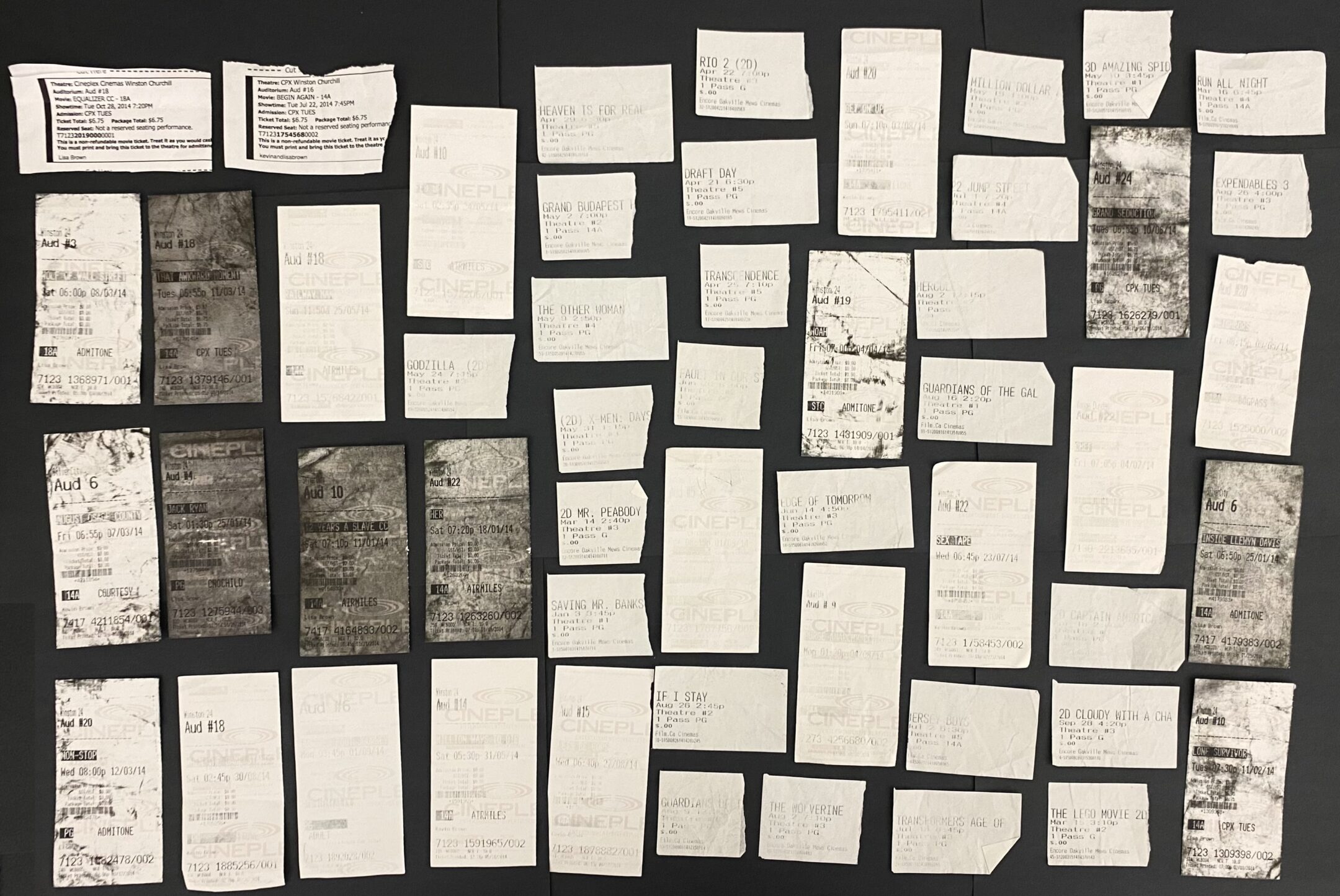
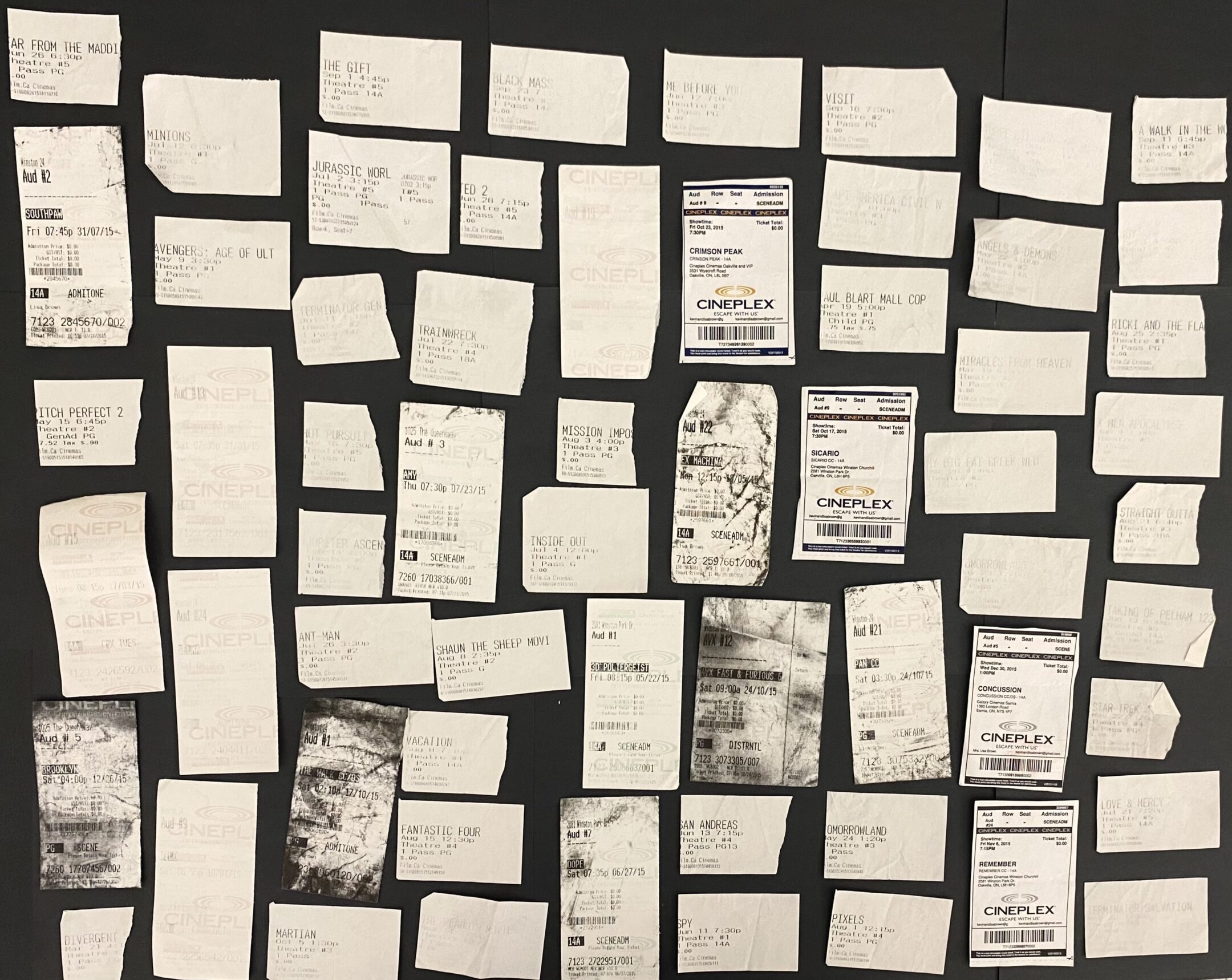

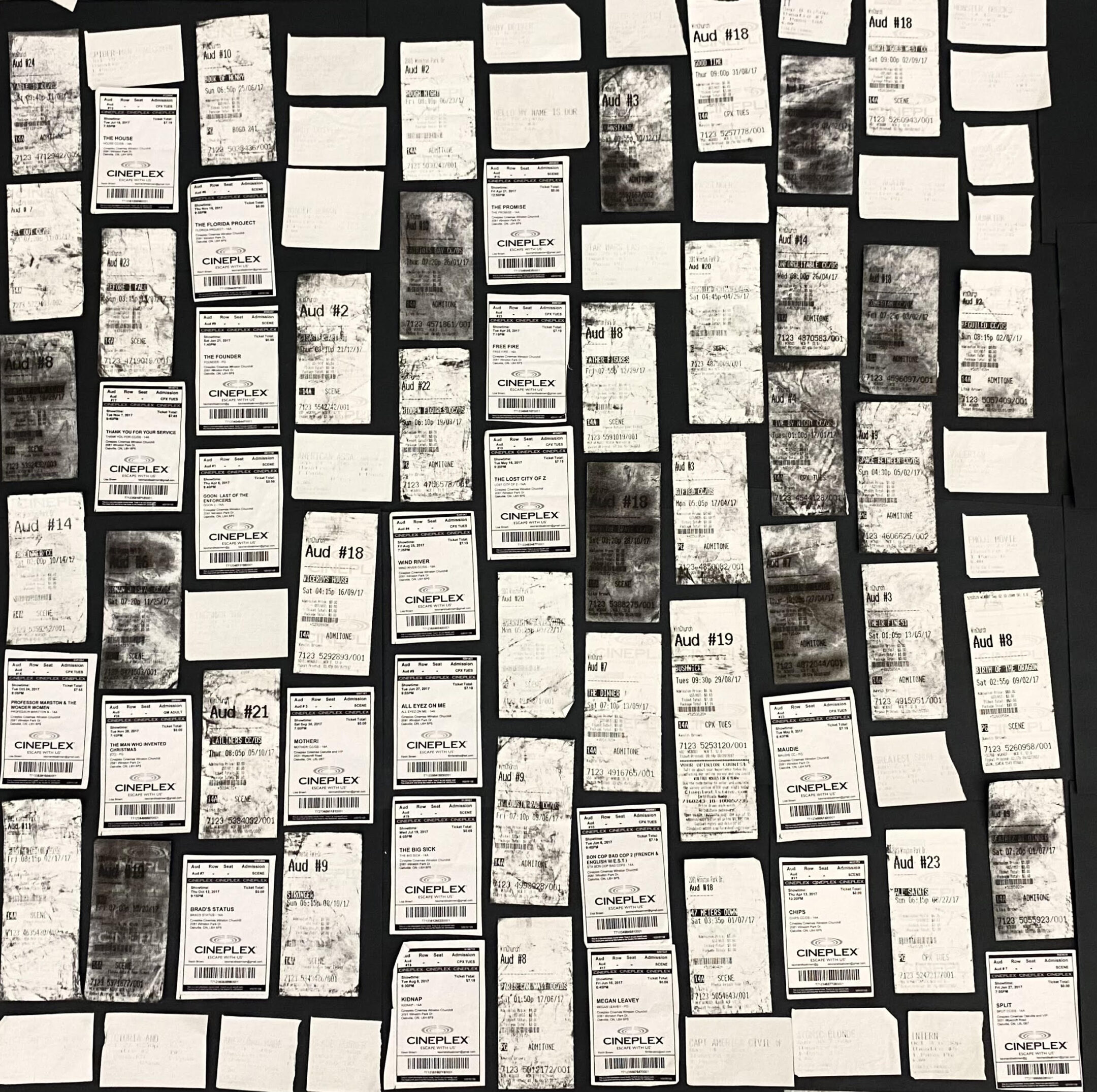


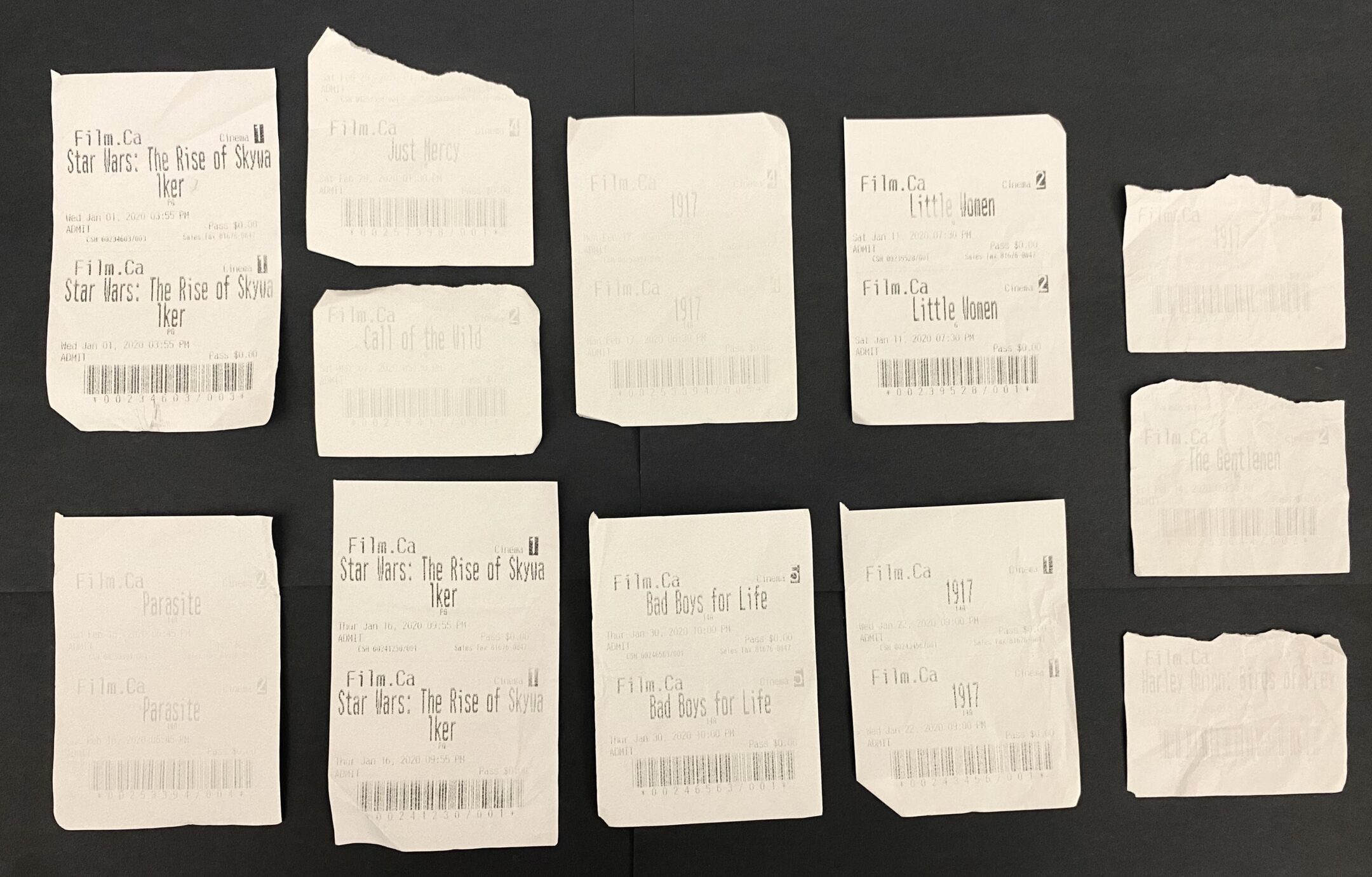
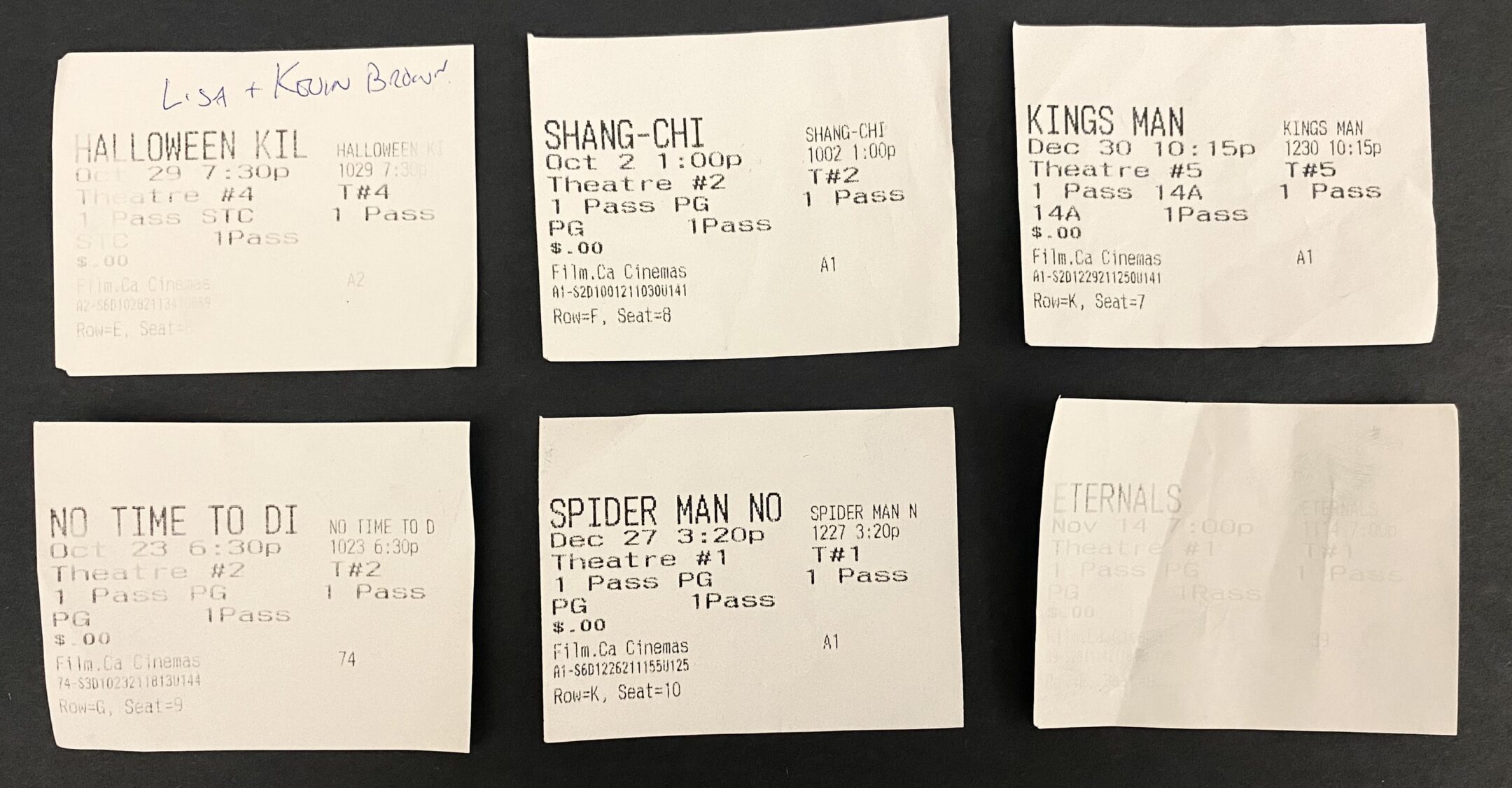
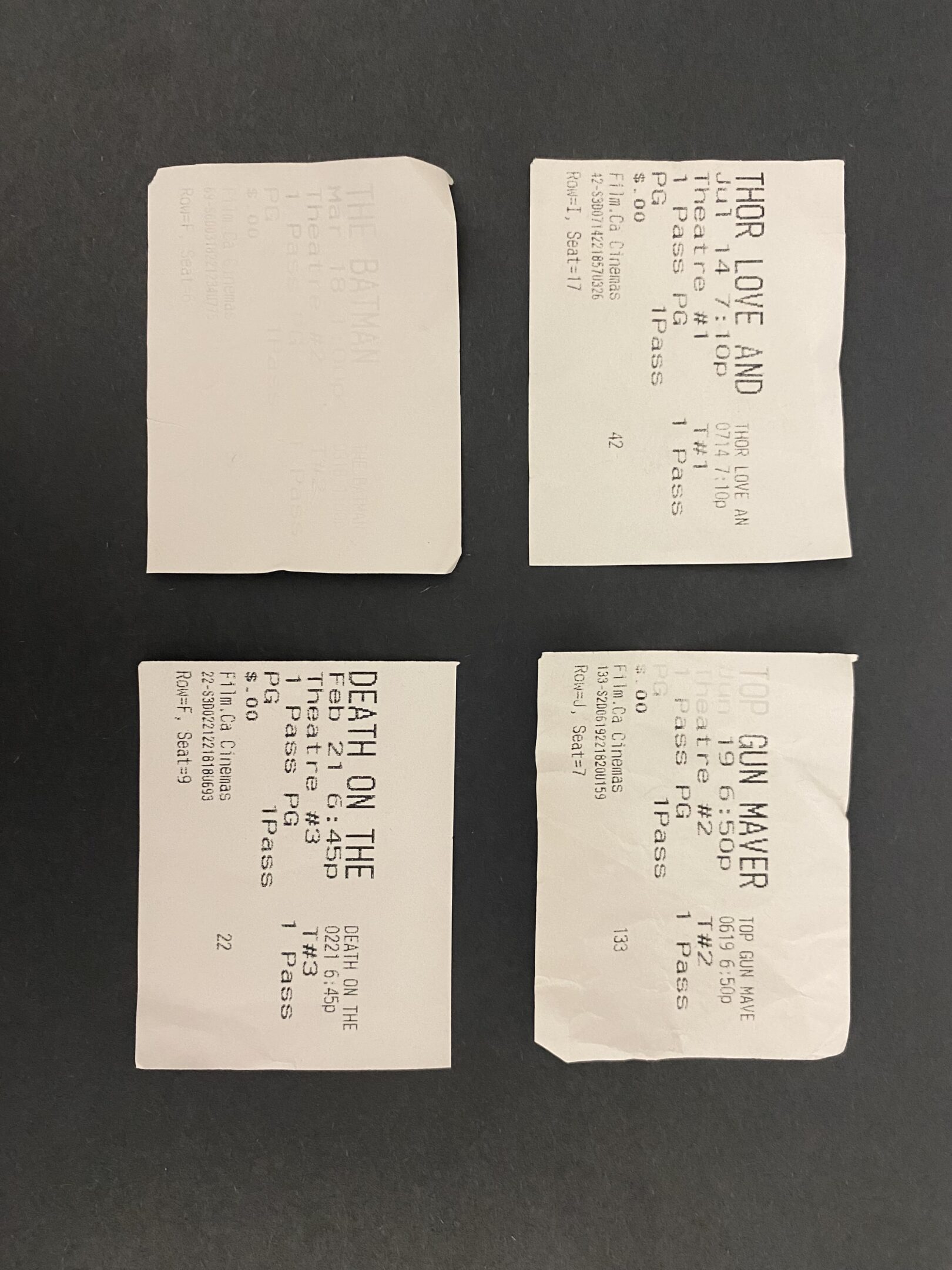
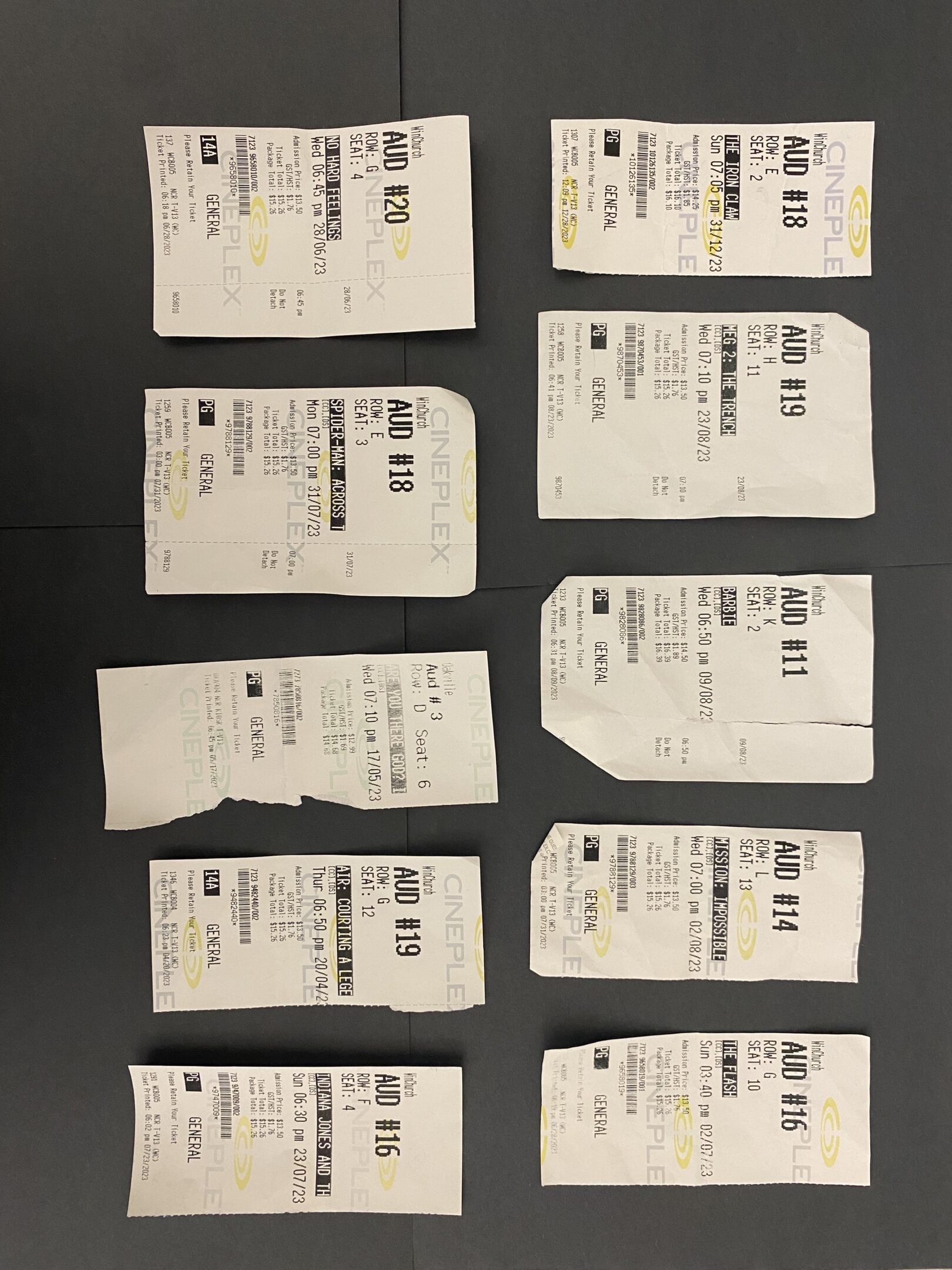

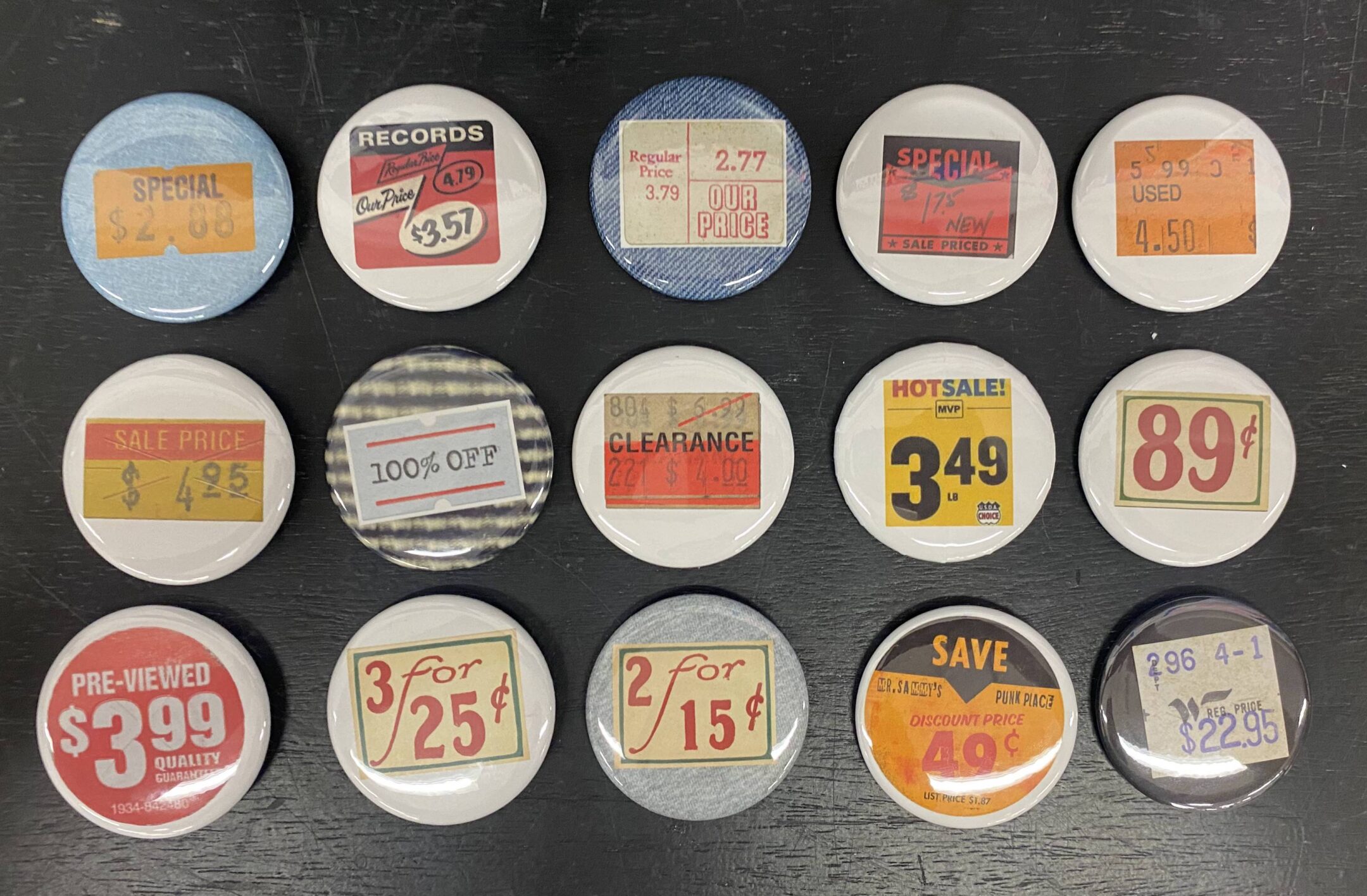
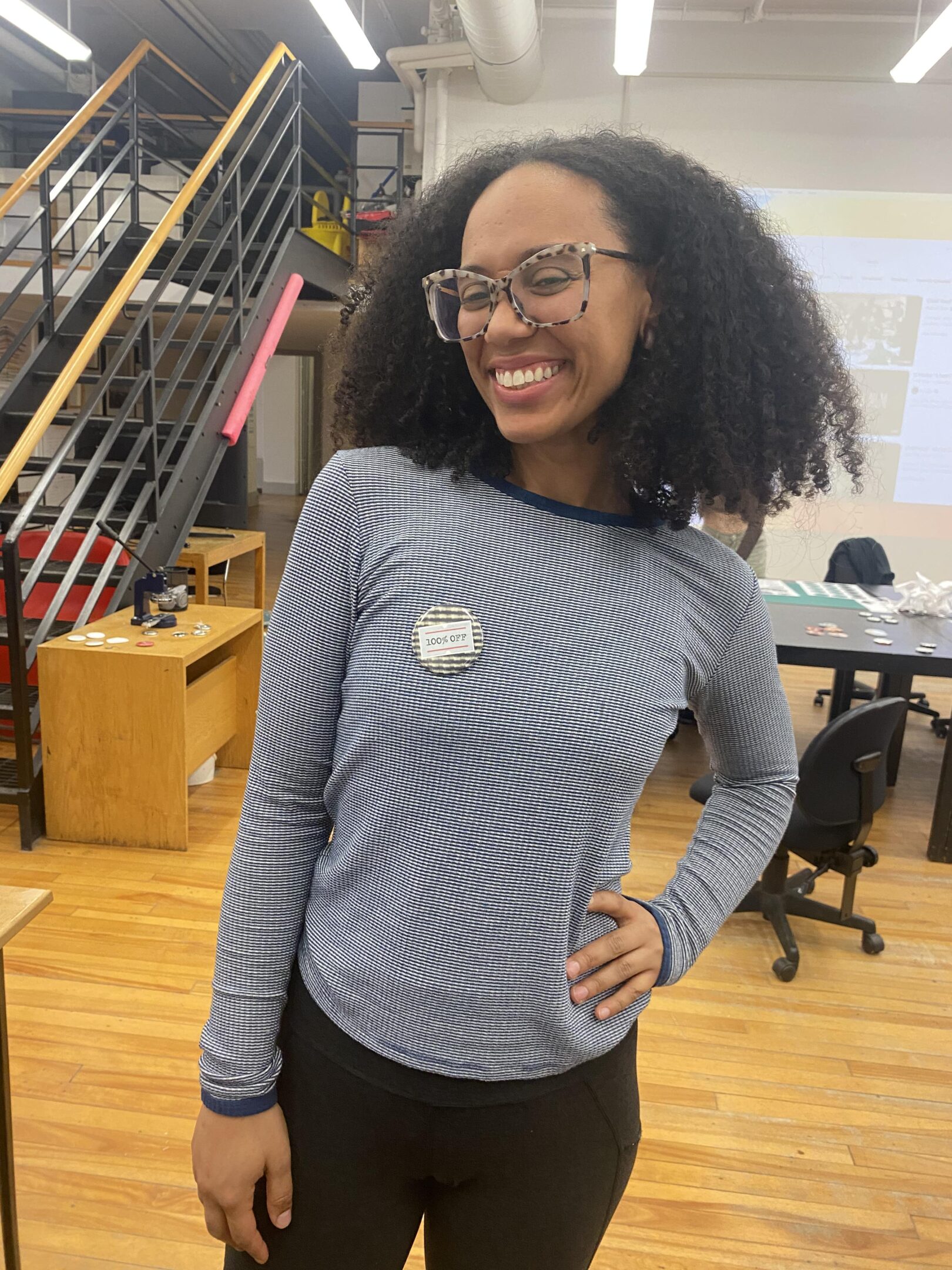
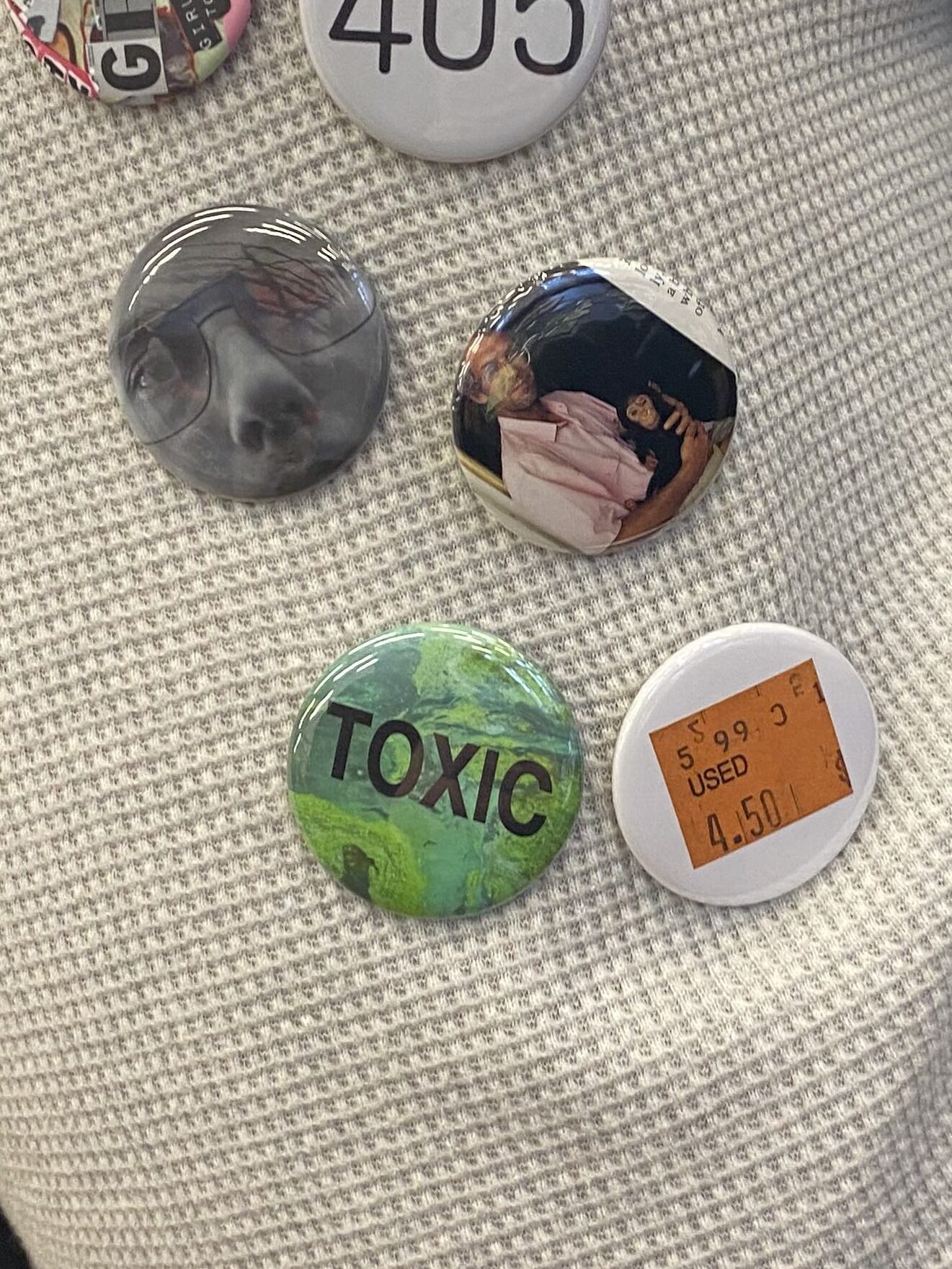
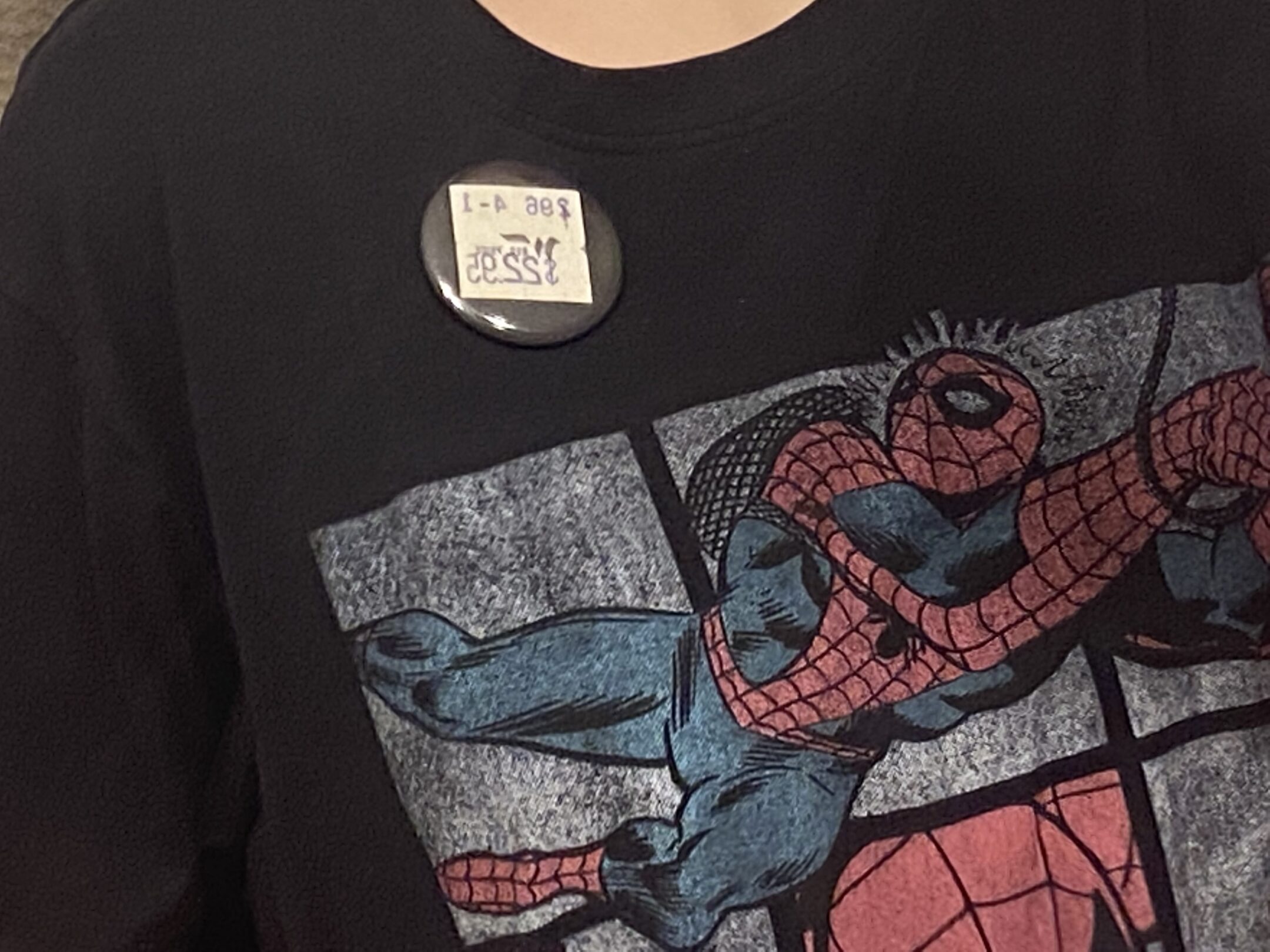
You must be logged in to post a comment.